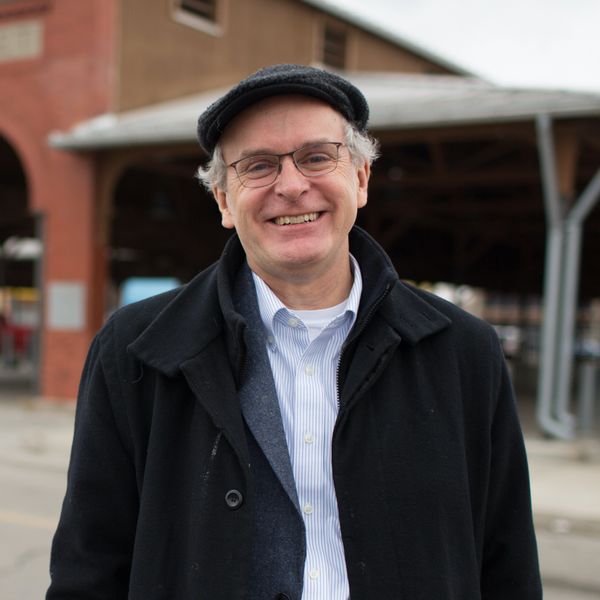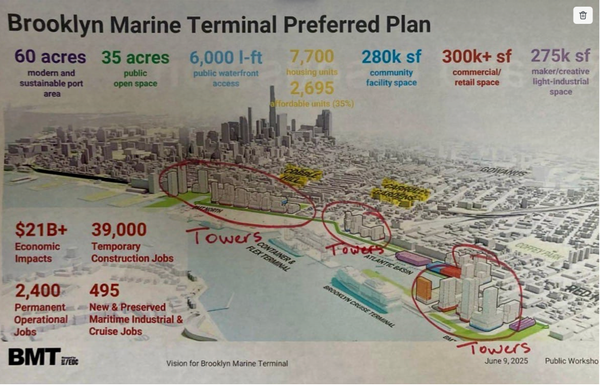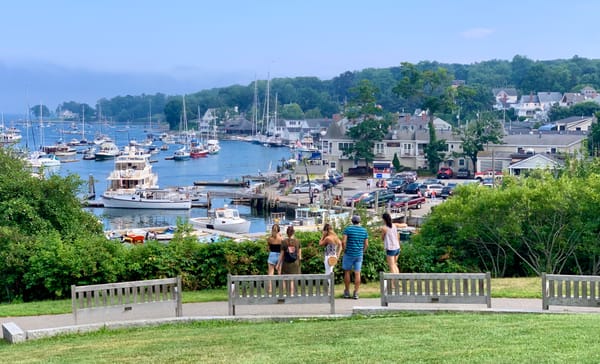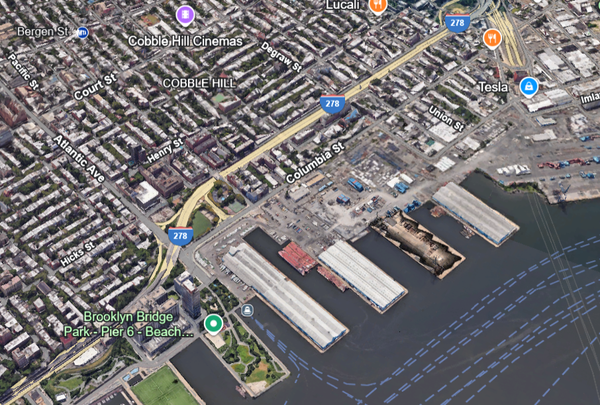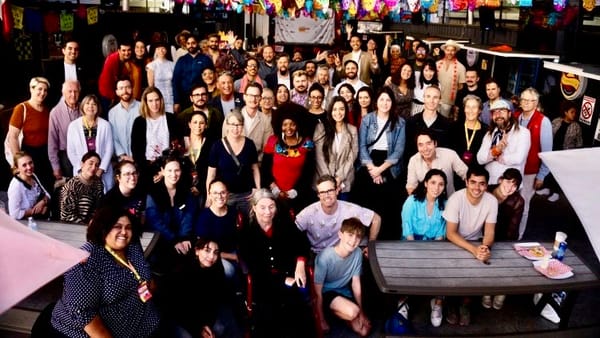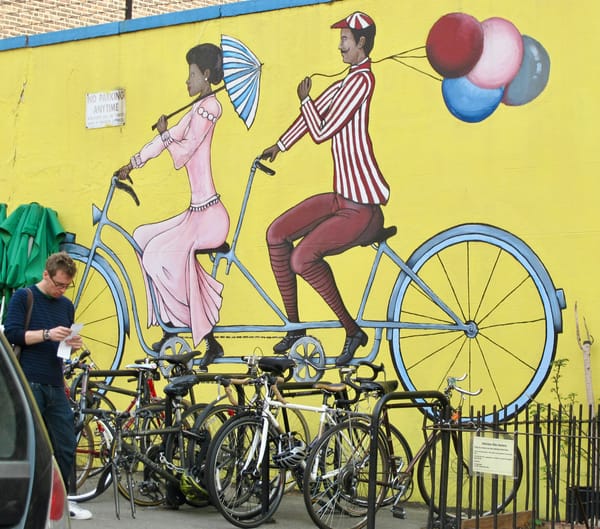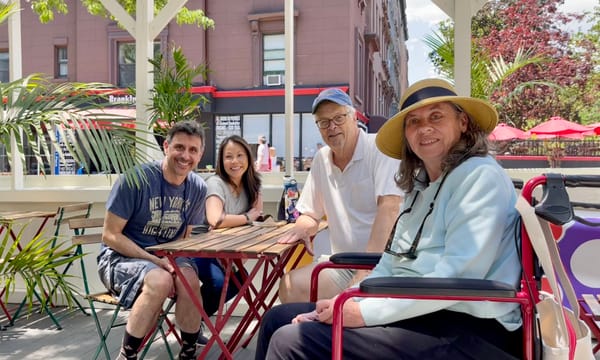Restoring Midtown Manhattan, creating, reconnecting, and enhancing our world-class parks, public spaces, and unique institutions.
Table of Contents
Introduction: Midtown Manhattan is in trouble.
1. Avenue of the Americas as the Main Street of Midtown
2. 59th Street as a grand boulevard connecting Midtown to Central Park and Columbus Circle with Cadman Plaza
3. Restoring Fifth Avenue as the Center of High-end Shopping and Pleasure
4. A Model for Midtown: Downtown Detroit
5. Takeaways
For more background information on our earlier involvement in Midtown, check out the preview post:
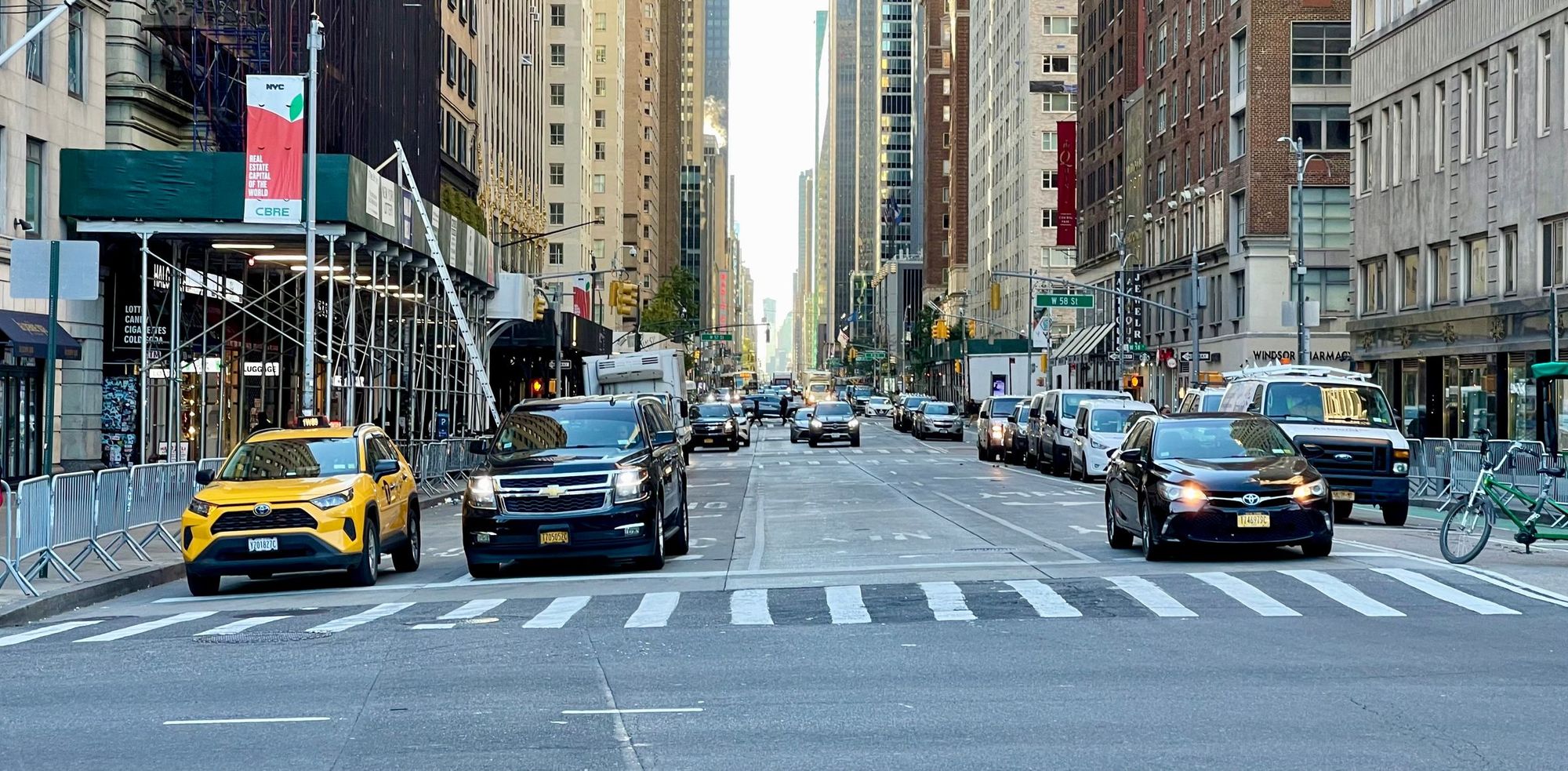
Introduction
Midtown Manhattan is in trouble.
What is arguably the world’s best-known office district – and a symbol of New York’s vitality to the world – is at risk of losing its lifeblood: its office workers. Post-COVID work changes mean that many office workers don’t have to come to Midtown, and improved work environments that are closer to where they live – whether at home or in new offices along the West Side Manhattan or Brooklyn waterfronts – offer better places without the commute. Commercial office and retail vacancies are stubbornly high, and foot traffic is down.
This is a problem for Midtown because without sufficient numbers of people shopping in the stores, relaxing in the social spaces, and visiting the landmarks, a place gradually dies. It falls into a state of inactivity and neglect and underperforms in ways that are necessary for a city to thrive such as by attracting visitors, residents and business. With Midtown being the heart of one of the greatest cities in the world, we should not just sit back and watch as this happens.
Owners of office buildings are talking about converting to other uses, including residential. The ones that are succeeding have rethought and re-designed their buildings and added amenities. Some have also created flexible, vibrant, and people-friendly spaces on the inside of their buildings. We see an opportunity to do the same outside of these Midtown buildings, especially along major avenues, at intersections, crosstown streets and along 59th Street and Central Park. Restoring a sense of place draws workers and other people to enjoy the vast resources that Midtown offers.
Create a Dynamic Midtown Green Zone
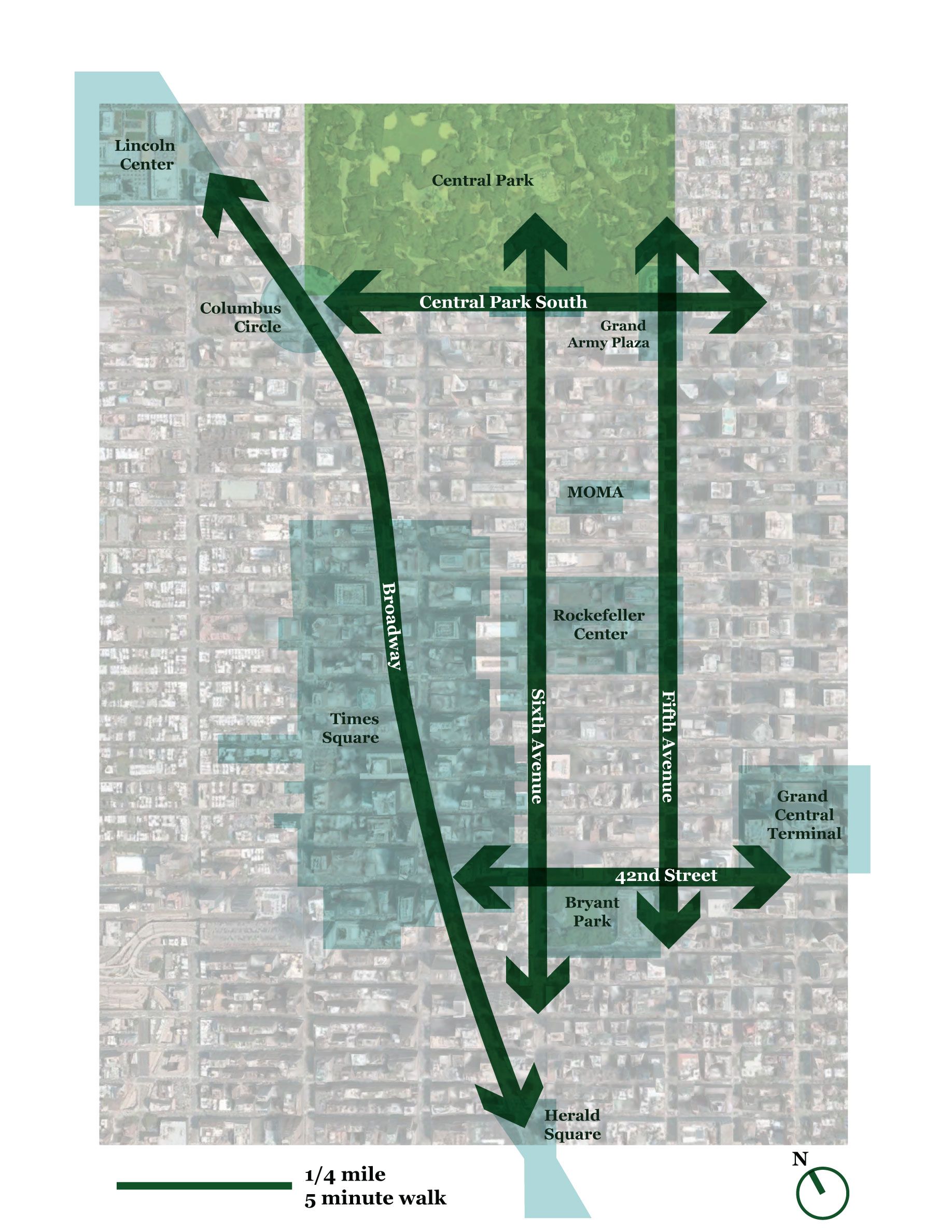
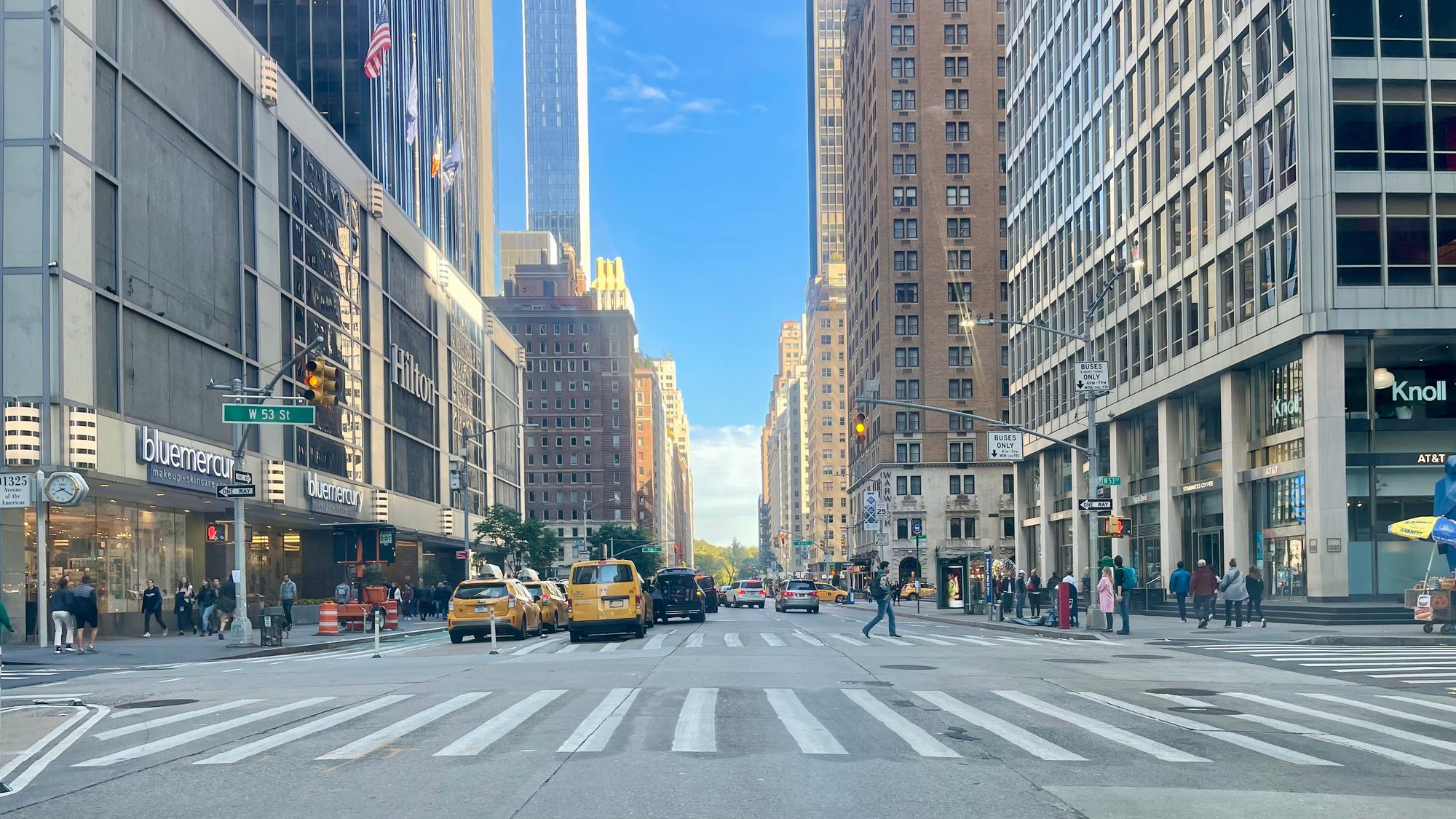
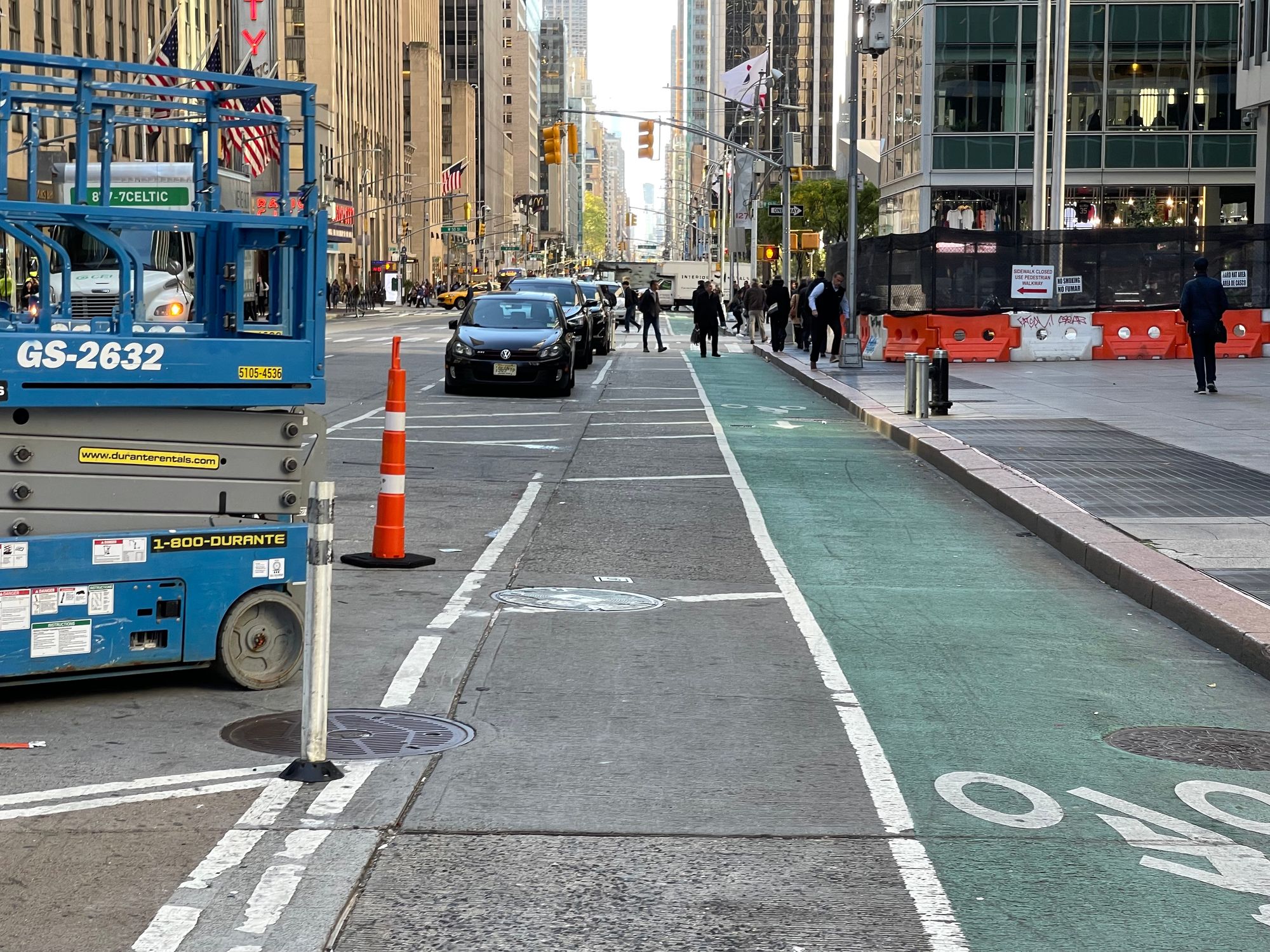
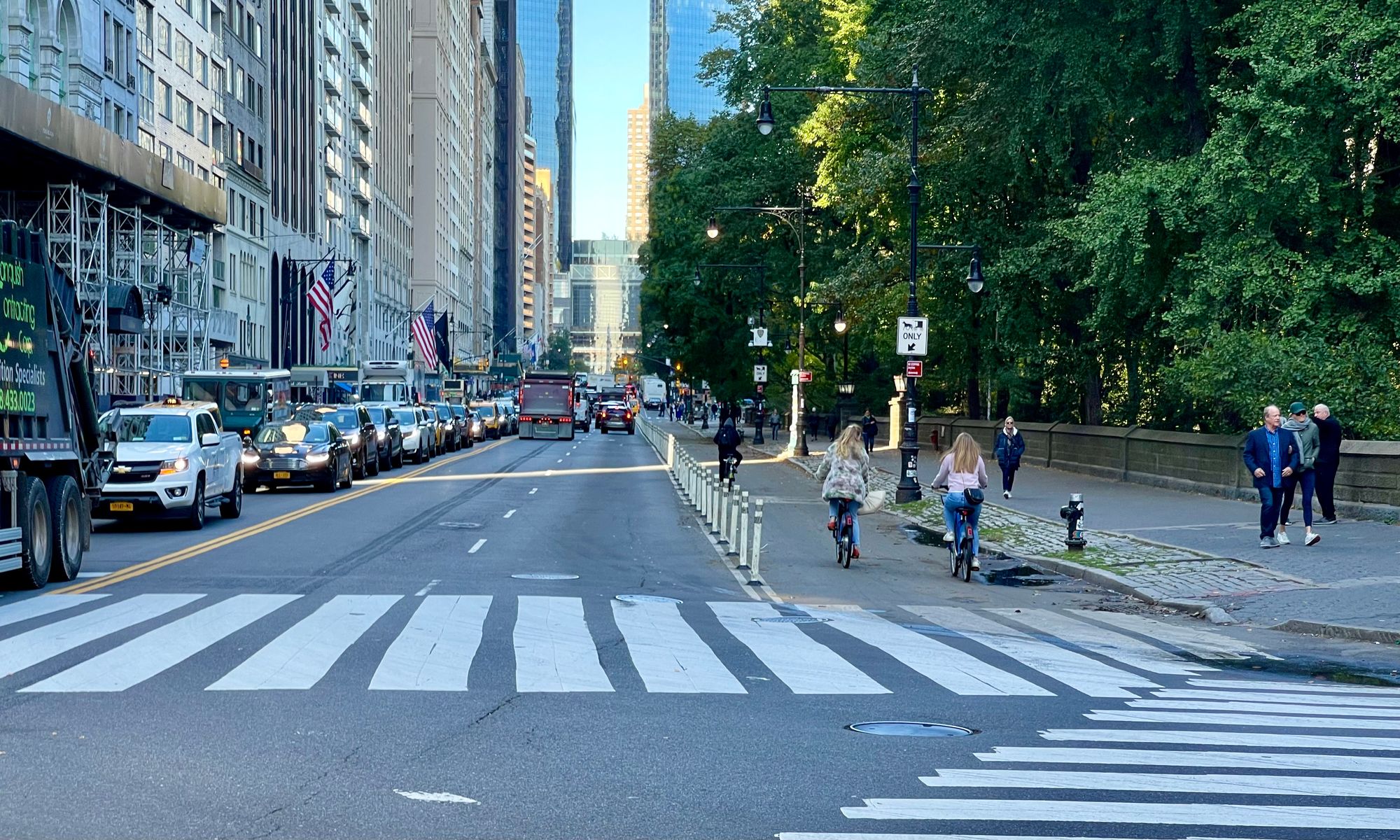
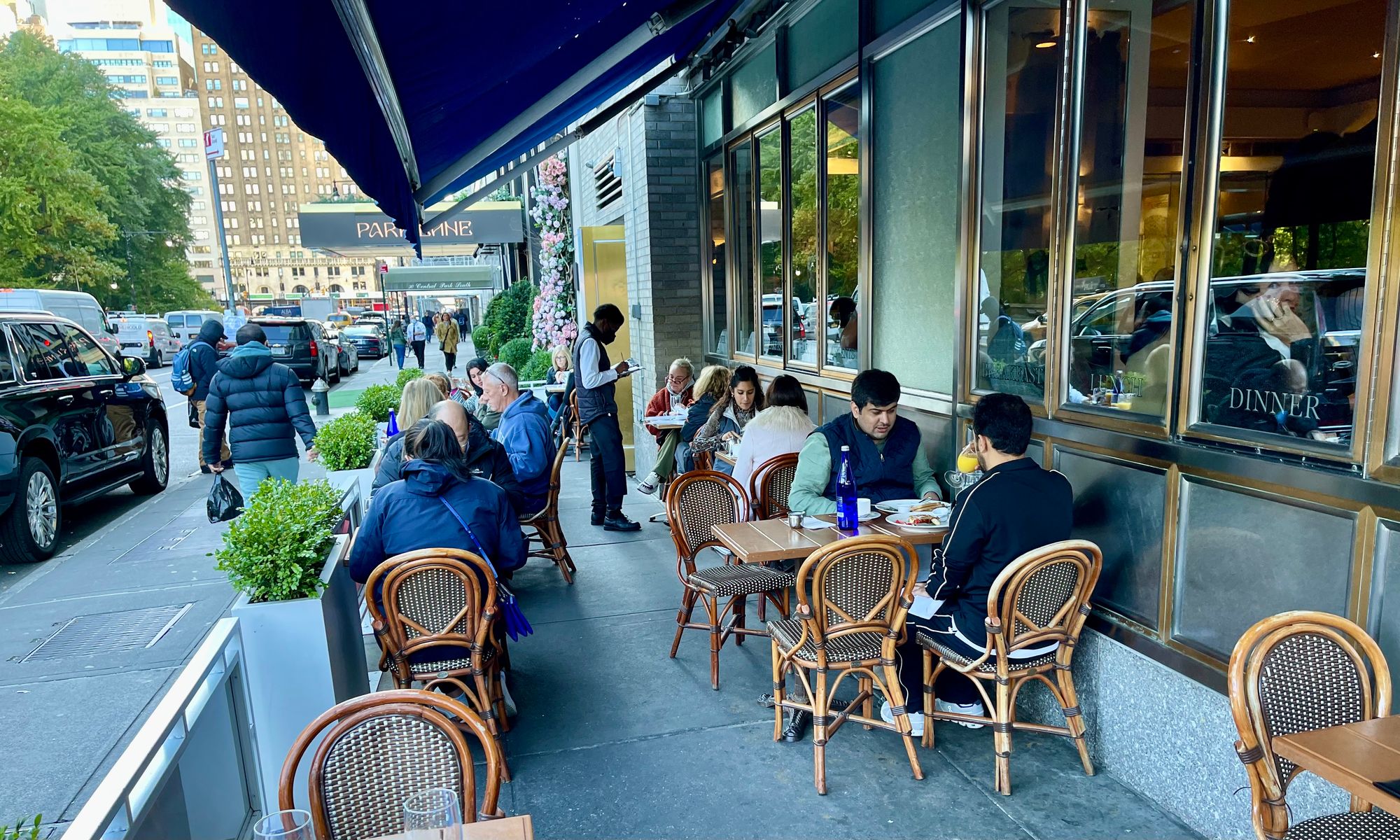
Midtown streets prioritize their transportation function over their social function.
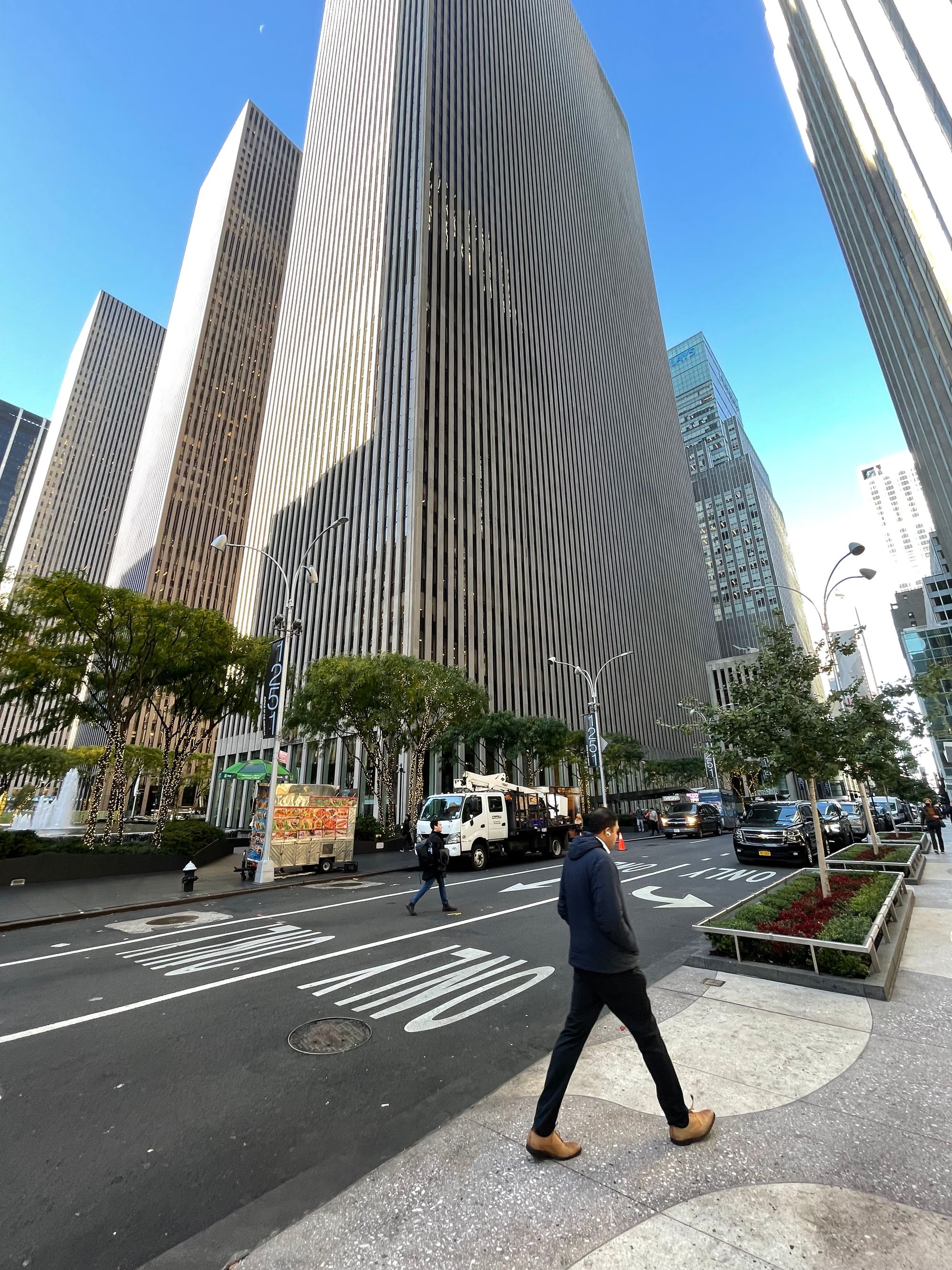
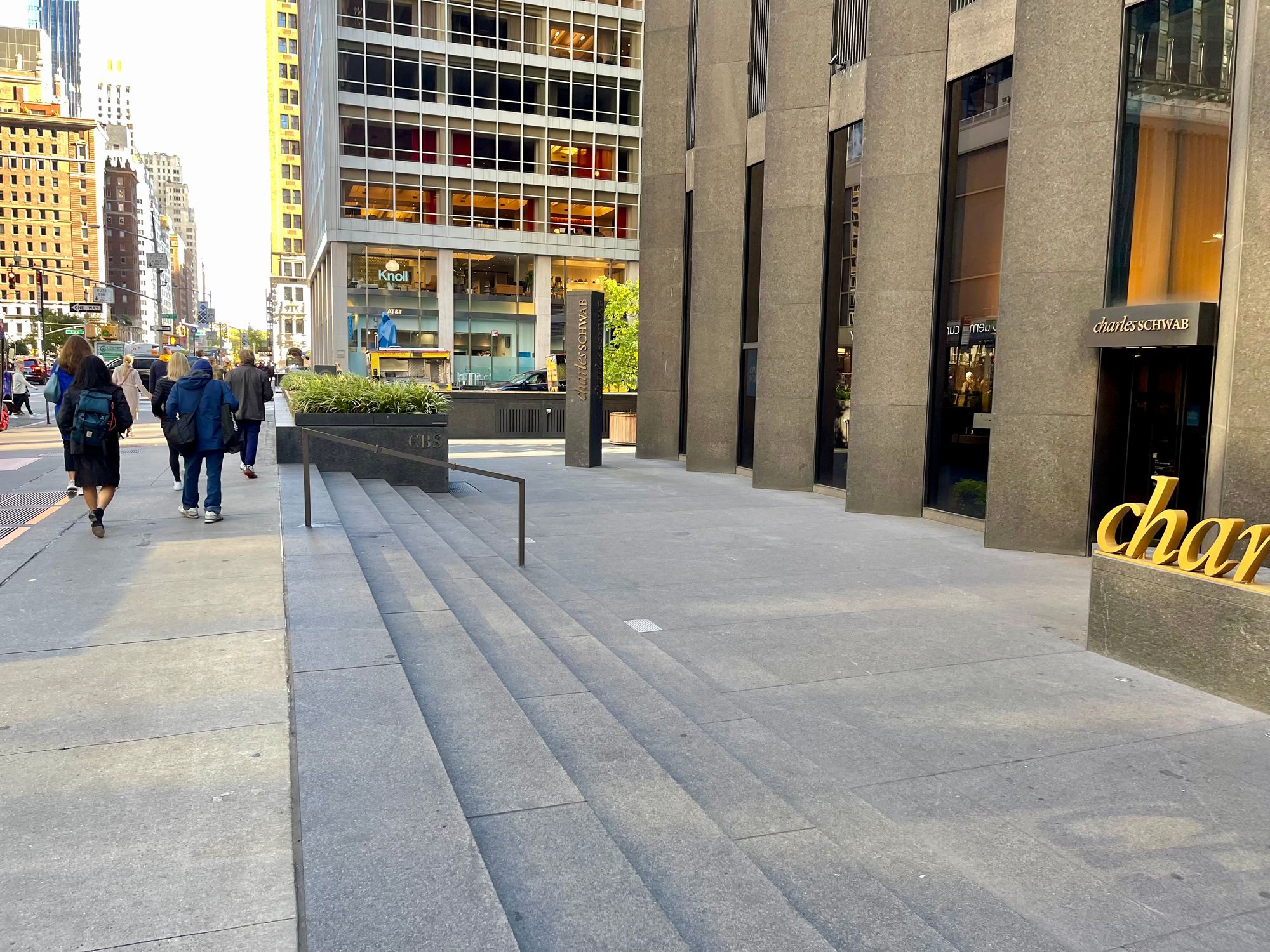
Tall, soulless buildings along Avenue of the Americas.
One of the surest measures of a business district's success as a genuine place is the Sunday afternoon test. If you notice a precipitous drop in the numbers of people on the sidewalks and businesses open over the weekend, you've got a downtown in danger of decline post-pandemic. With the possible exception of Times Square and parts of Fifth Avenue, Midtown is surely in that category.
Even before the pandemic, Midtown was losing some of its luster relative to other parts of the city, not to mention other global cities. Some called it a corporate ghetto, lacking the amenities, vibrancy, and appeal that make diverse urban districts come alive. The pandemic accelerated the need to rethink Midtown, created using a post-World War II approach that gave way to cookie-cutter “commercial business districts.”
An Overdue Transformation
In short, Midtown will not fully recover – much less thrive – without ambitious and aspirational public space transformations that make people want to come and spend time there. That’s true whether you are talking about New York City office workers, residents (including new ones moving into transformed commercial buildings), or tourists, and applies whether they are looking to shop, eat, work, walk or see a show.
And to do that, we’ve got to accentuate Midtown's assets, including some of the densest concentrations of amazing performance and public spaces in the world, from Broadway to Bryant Park. Critically, we need to connect these spaces so that a simple 30 or 60-minute stroll or pedal from park to promenade to the plaza is something to be enjoyed – rather than endured.
Connect, Enhance, Expand, Transform: Creating a Vibrant "Green Zone" in the Heart of Manhattan
By turning ordinary avenues into boulevards, making intersections gateways to crosstown streets, turning plazas into squares, and linking existing civic and cultural assets, we can create a bold new Midtown Manhattan for the future.
A dynamic “Green Zone” will connect four of the most famous public spaces in the world, each unique in its own right (Central Park, Bryant Park, Times Square, Rockefeller Center), two of the world's greatest clusters of performing arts institutions (Lincoln Center and Broadway), along with Radio City Music Hall and the Museum of Modern Art.
These cultural and public space assets scattered through Midtown are energetic centers of city life, but the arteries and avenues that connect them are worn and weary at best. A network of major avenues and crosstown streets should have wide sidewalks laced with trees, comfortable seating, outdoor cafes and street retail, active storefronts, and restaurants.
Bryant Park, Central Park, Times Square, Lincoln Center, and Rockefeller Plaza have each been radically transformed due to literally billions of dollars of investment and attention over the past five decades, much to the credit of a dynamic mix of city, state, and non-profit players. What’s missing and needed is more an incremental intention than a radical revolution. It involves far less money but will be just as significant. Permanent improvements could take some time, but we can make and test some much-needed changes immediately, initially as temporary activations LQC (Lighter, Quicker, Cheaper).
We are partway there – and larger forces will get us even closer if we are willing to ride the wave. Beginning with a radical rethinking of streets under Mayor Bloomberg and continuing with subsequent mayors, we have seen vehicular space freed up for pedestrian and alternative uses (from bikes to programming to curbside dining), accelerating as vehicular demands decreased during COVID. Unfortunately, those efforts were not done in Midtown except Time Square. In the years to come, through increased car-sharing, last-mile delivery reforms, and some form of congestion pricing designed to limit discretionary driving while improving mass transit, the space needed for vehicular throughput will further wane.
Now is the time to plan and promulgate the pedestrian, promenade, and programming spaces along these corridors that will make Midtown Manhattan a competitive core rather than a dying dinosaur. In an ever-more mobile and global world, Midtown Manhattan must make people want to come here in the same way that they do for the world’s great boulevards and urban places highlighted in this article.
Why Midtown Sidewalks Have Lost their Spark
Midtown is a far different place than when we first studied the area. In the 1970s, we examined two blocks on Lexington Avenue as part of the pioneering research of Holly Whyte’s Street Life Project. This research into how a lively street actually functions was groundbreaking at the time, and even now it gives us a window to understand all the ways that Midtown has changed.
Here is what we've noticed has changed:
Less Life on the Street.
Lexington Avenue has changed fundamentally since the days of our field work. There’s a noticeable decline in the number of storefronts as new buildings take over entire blocks. In the photo below (left), there are around 15 storefronts in a 200-foot block. There were also a significant number of businesses on the second level of the buildings. Along the same stretch today, there are only two storefronts, and one is empty.
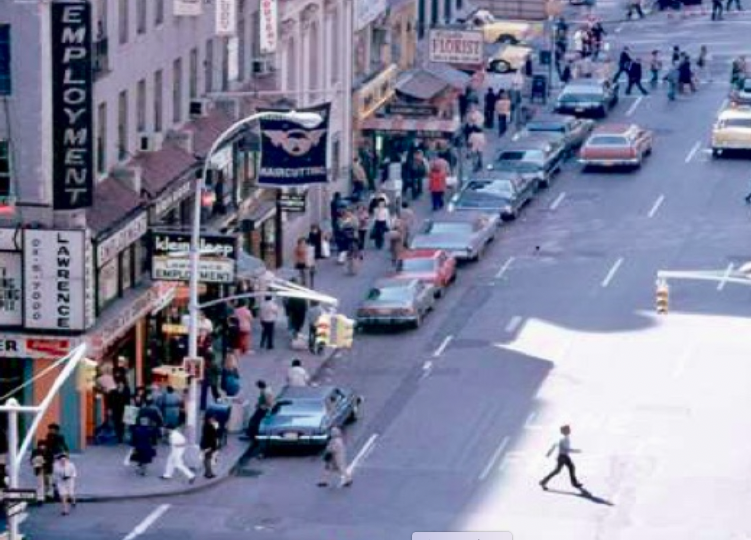
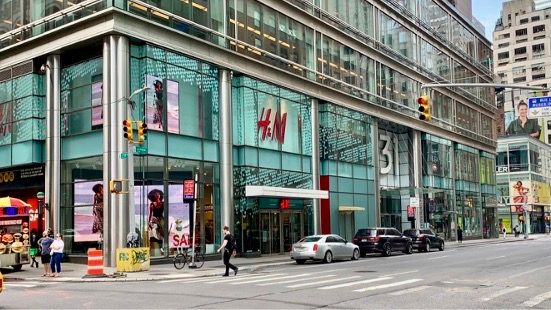
Sidewalks have too little “friction”
The idea of "friction" refers to the interesting sights and activities that entice people on foot to slow down and enjoy what’s going on around them. Engaging storefronts help create friction as pedestrians slow down, while uninviting ones do the opposite. Shopping streets have become more about walking through than shopping or strolling.
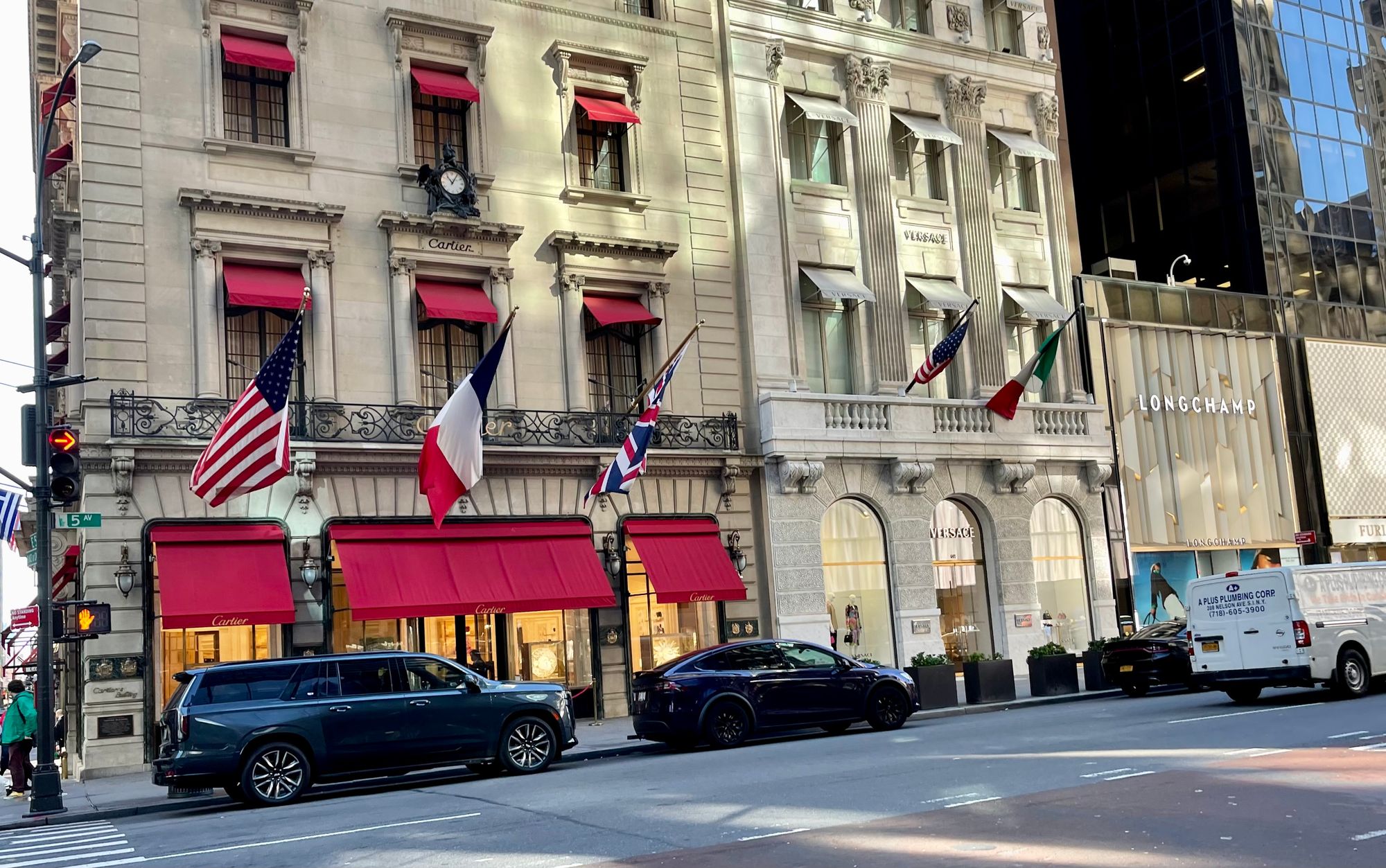
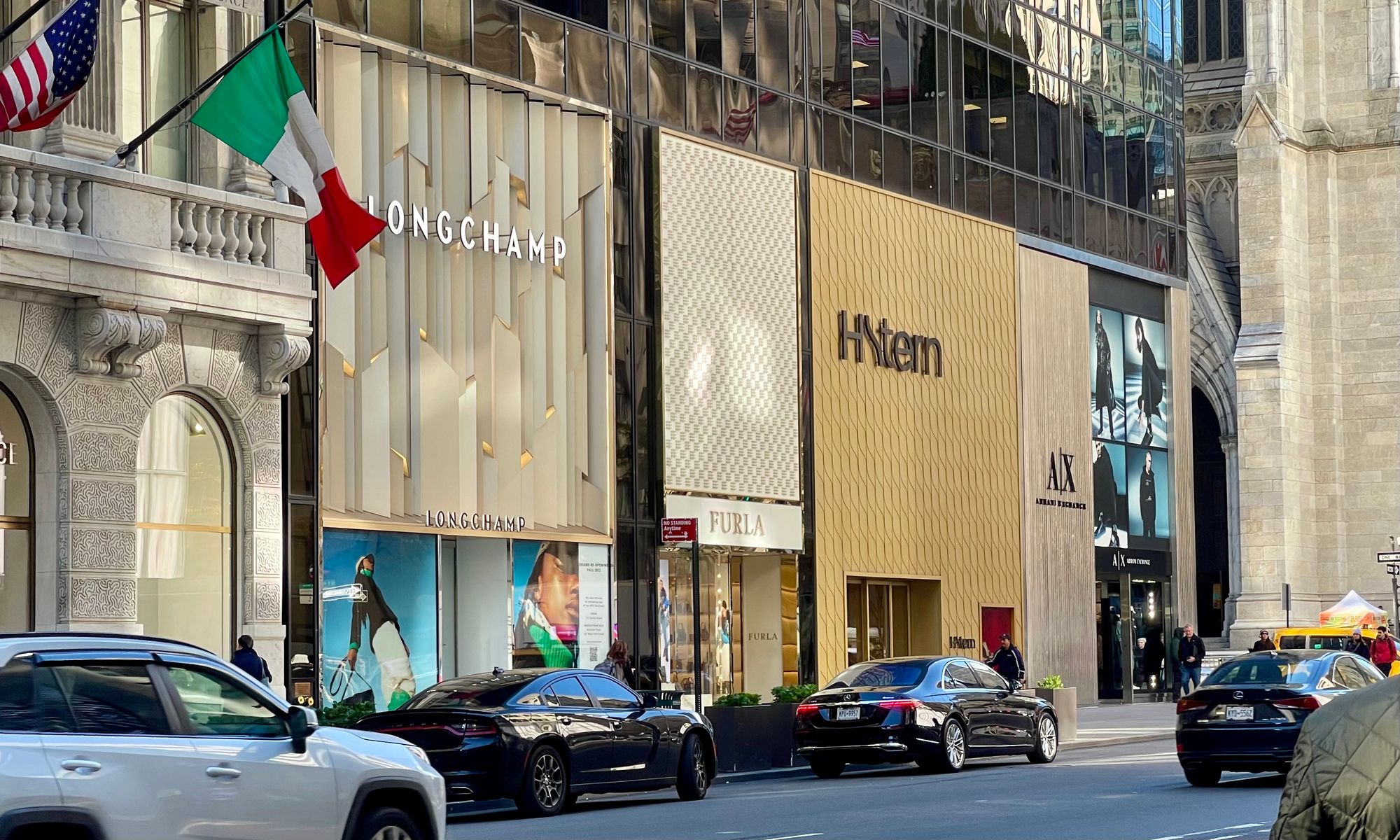
A block of mixed with some very engaging and others very bland. (see Barcelona below)
Traffic dominates, and sidewalks are too narrow
Major Avenues and crosstown streets are overwhelmingly about traffic and the flow of cars — to the detriment of the people passing through by foot or on bicycles.
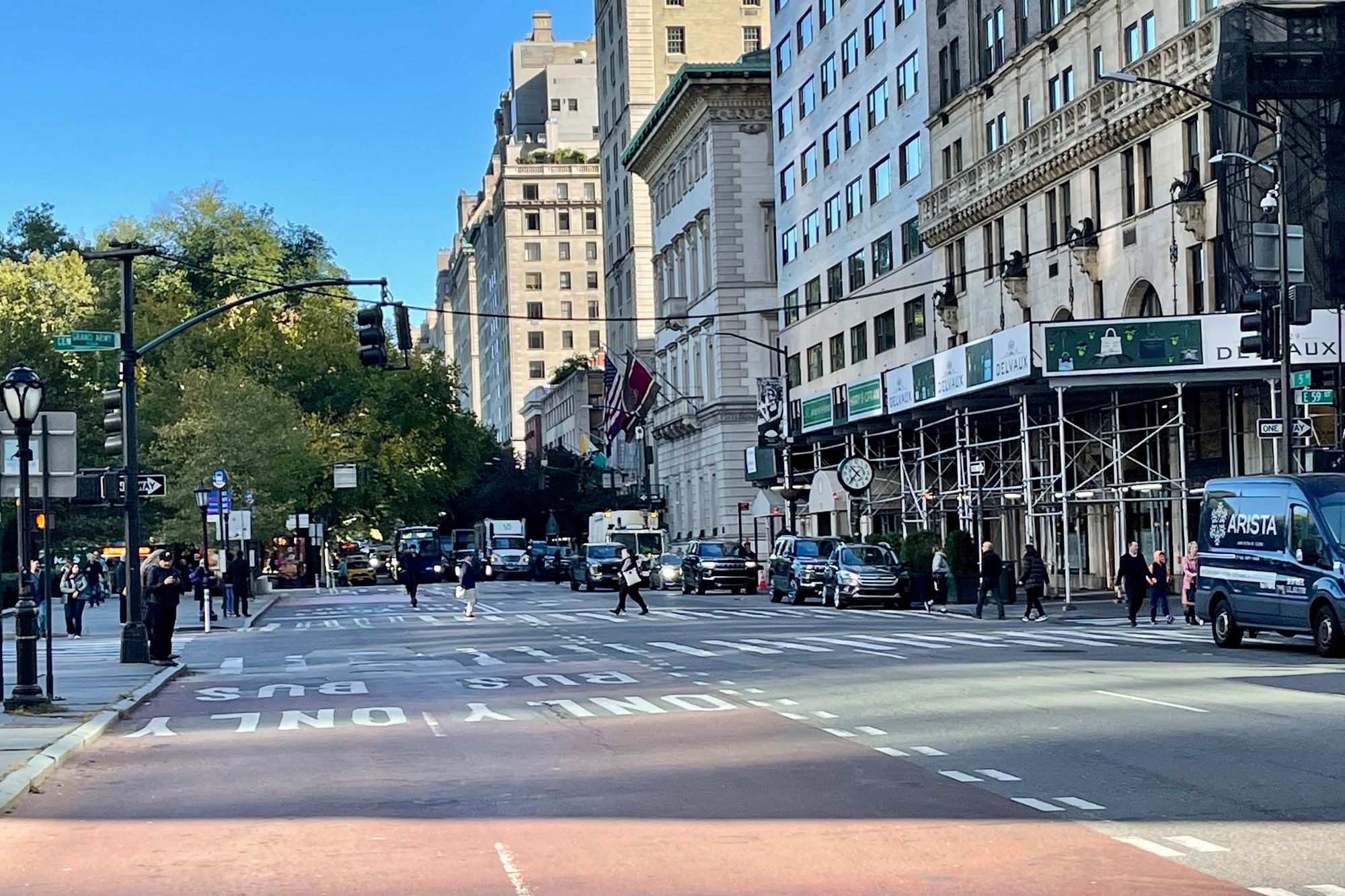
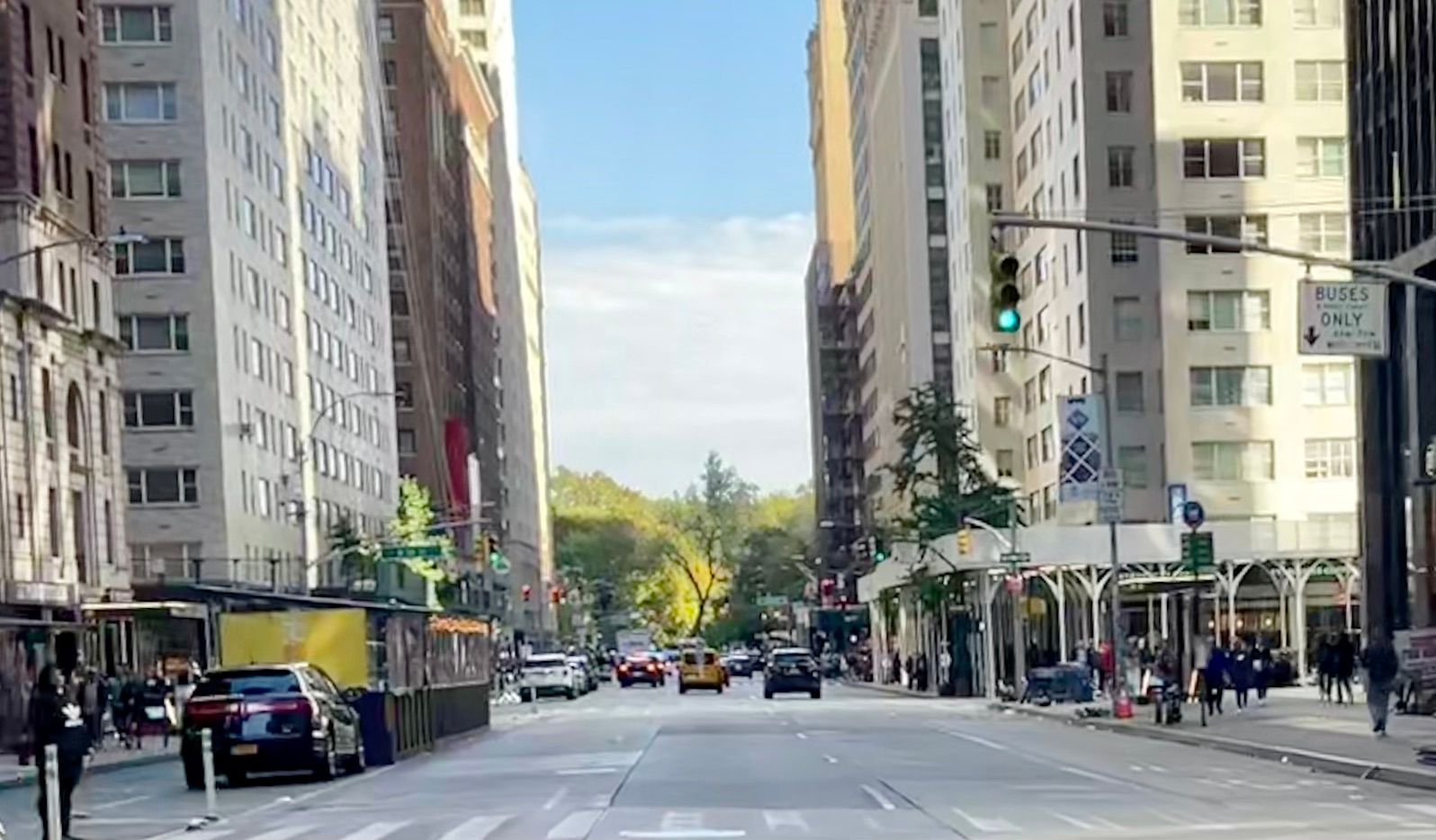
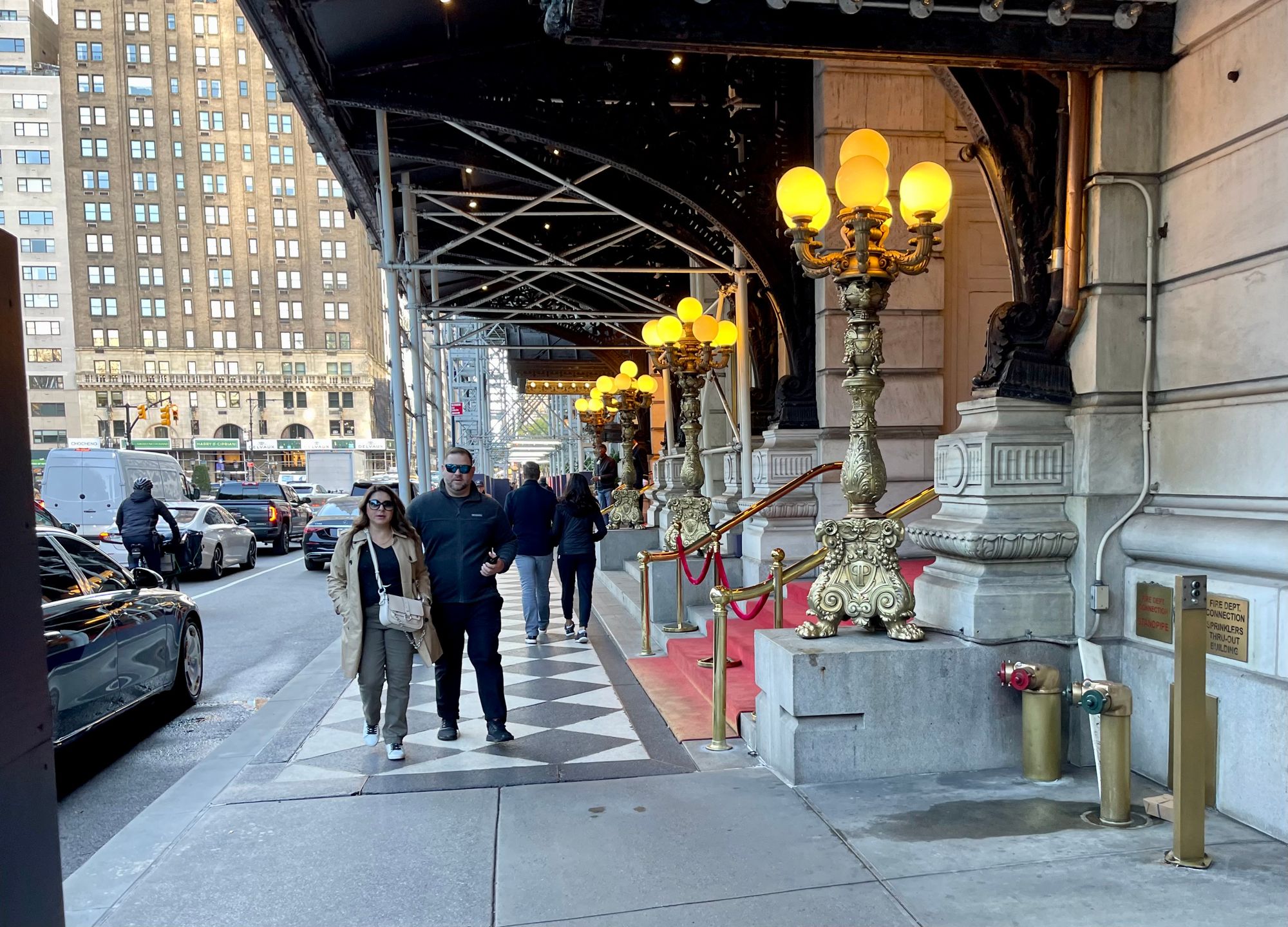
Stacking of vehicles on crosstown streets
Intersections have been "improved" to get more vehicular throughput by stacking three vehicles across and adding turning lanes to crosstown streets. They dominate the corner, leaving major destinations or connections within the block hidden from view or unrecognizable.
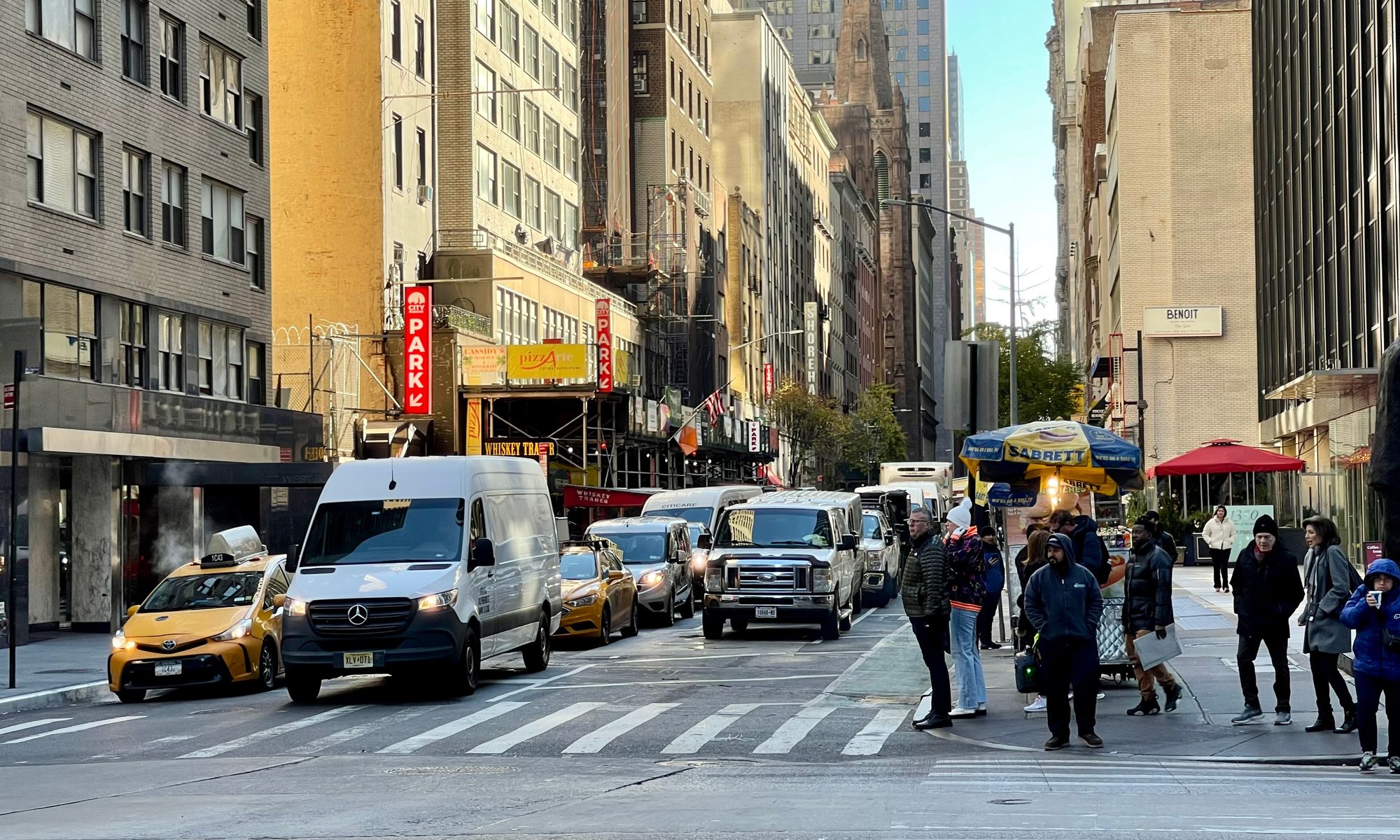
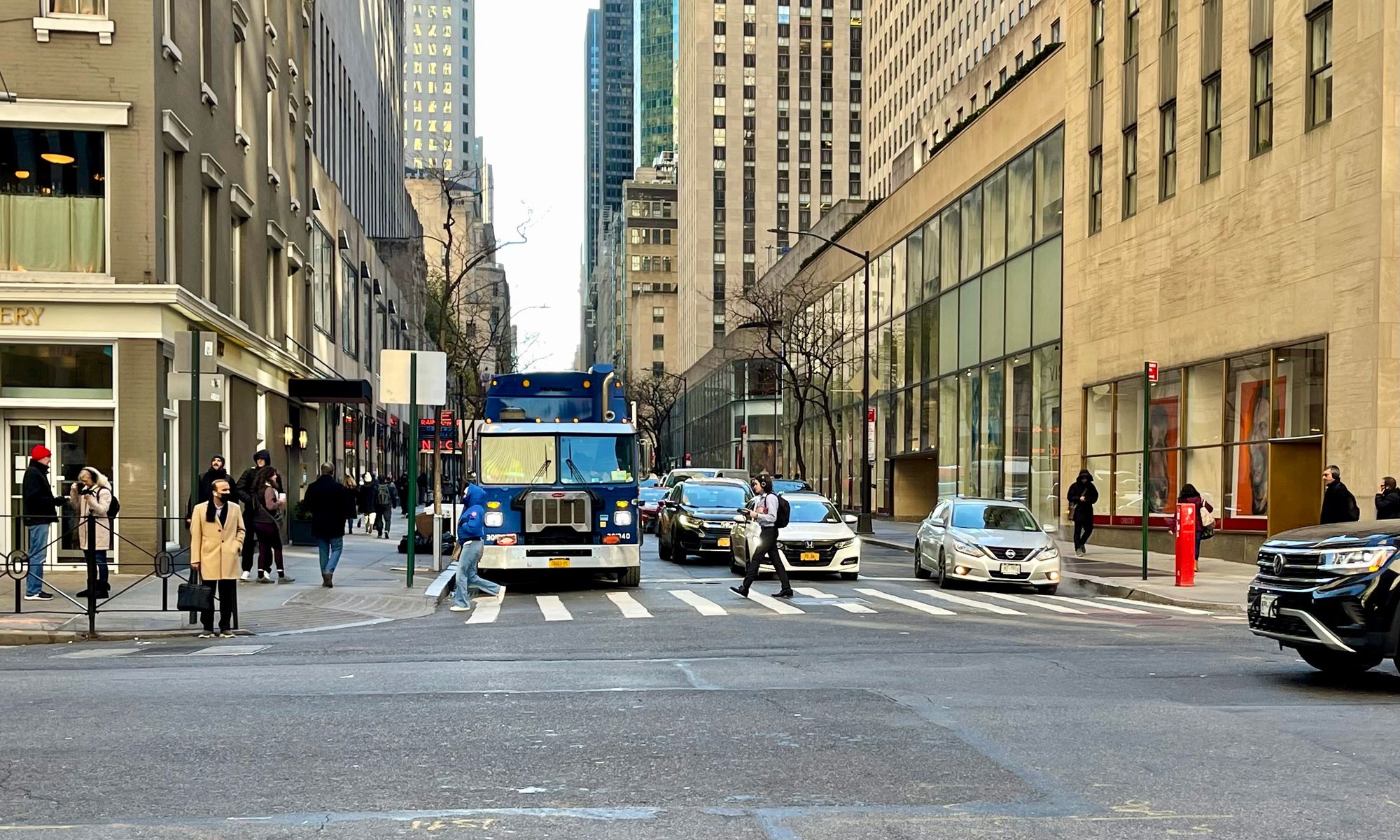
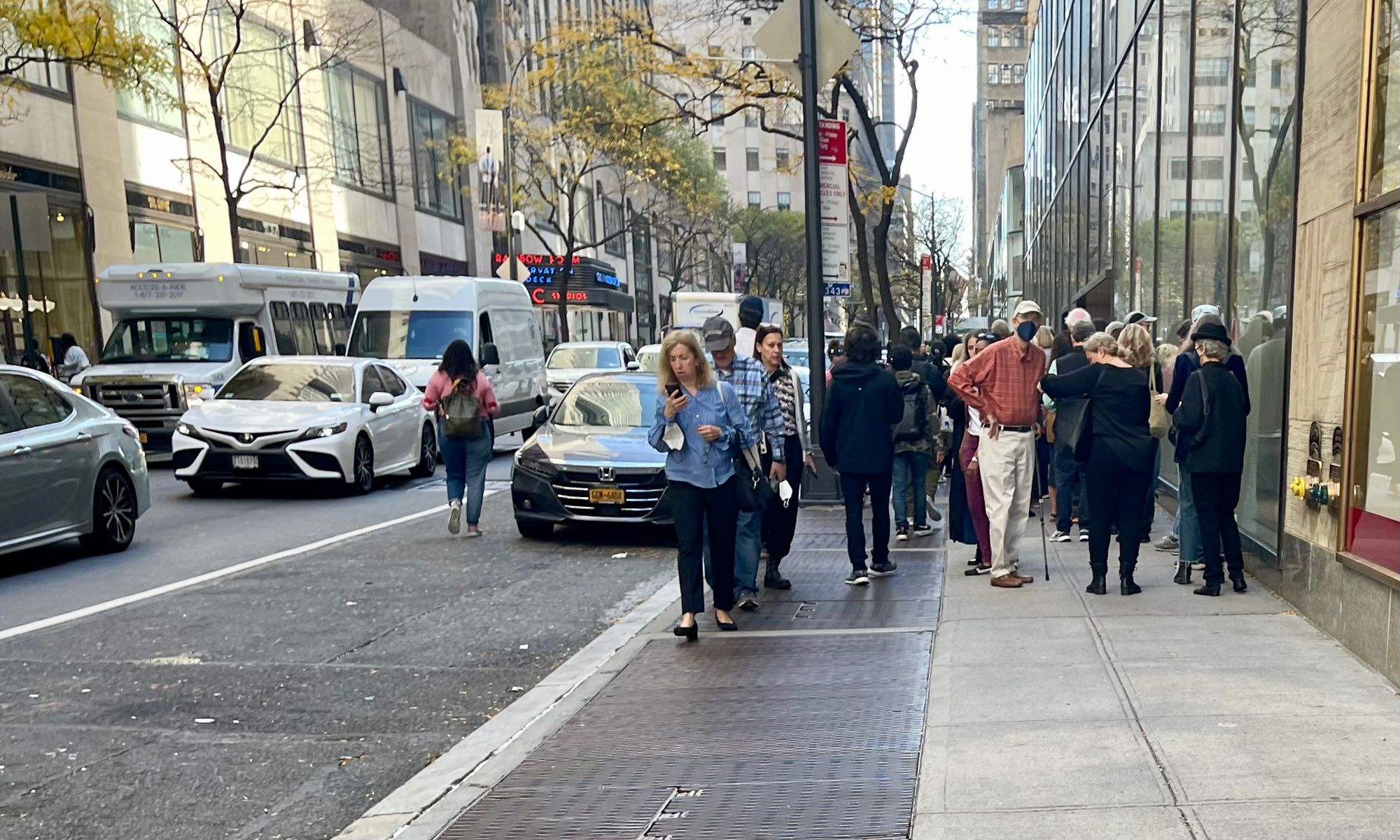
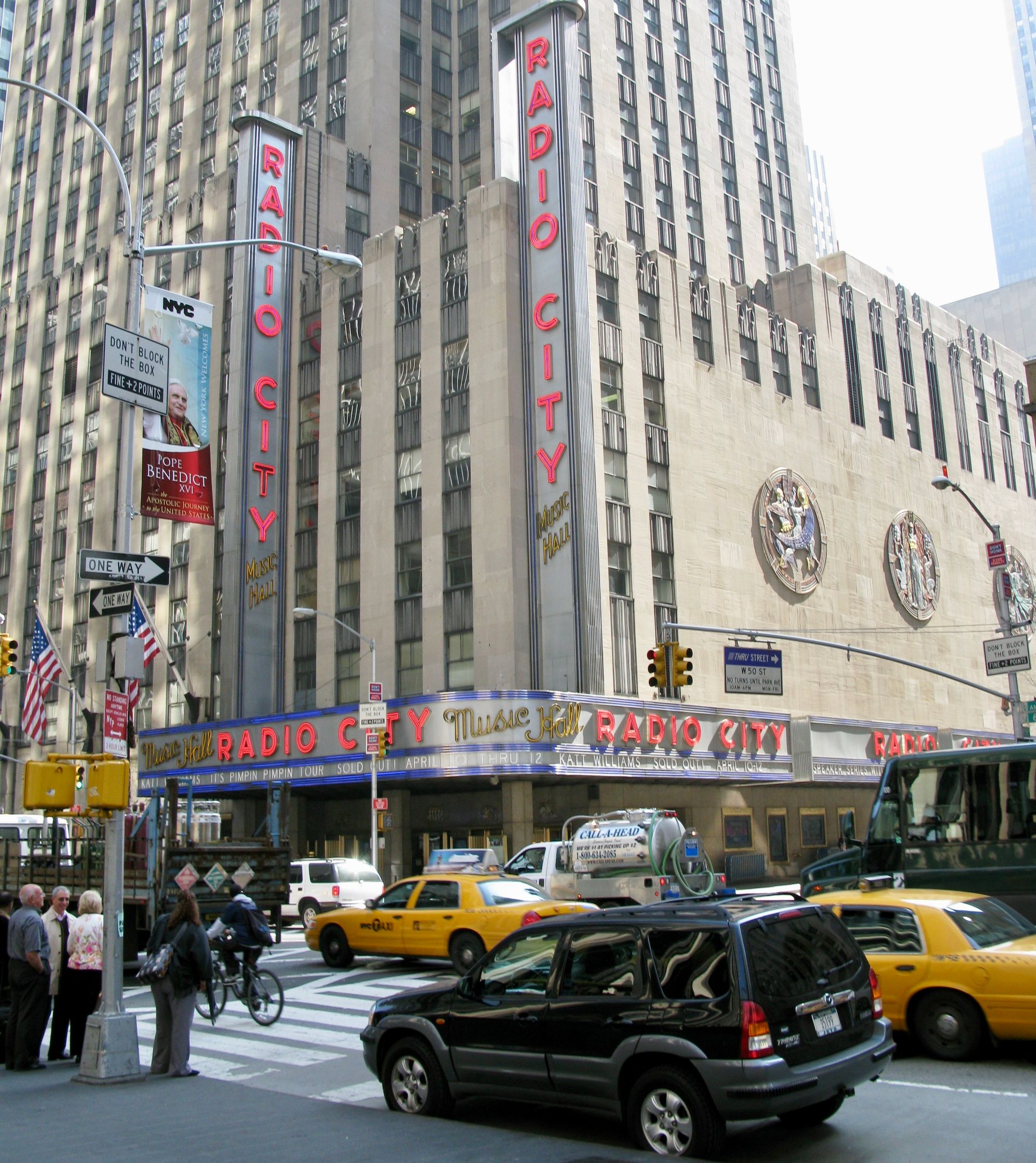
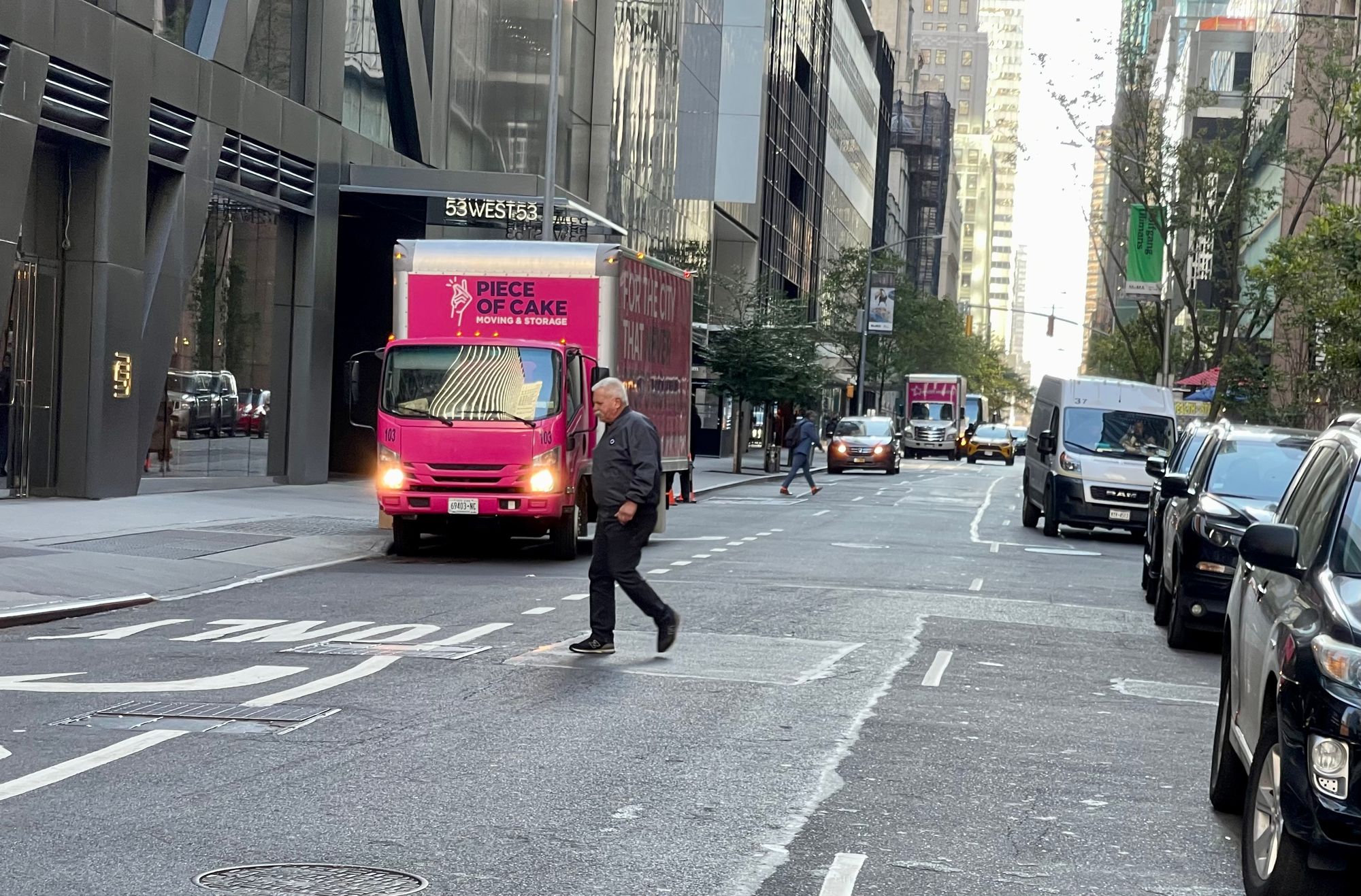
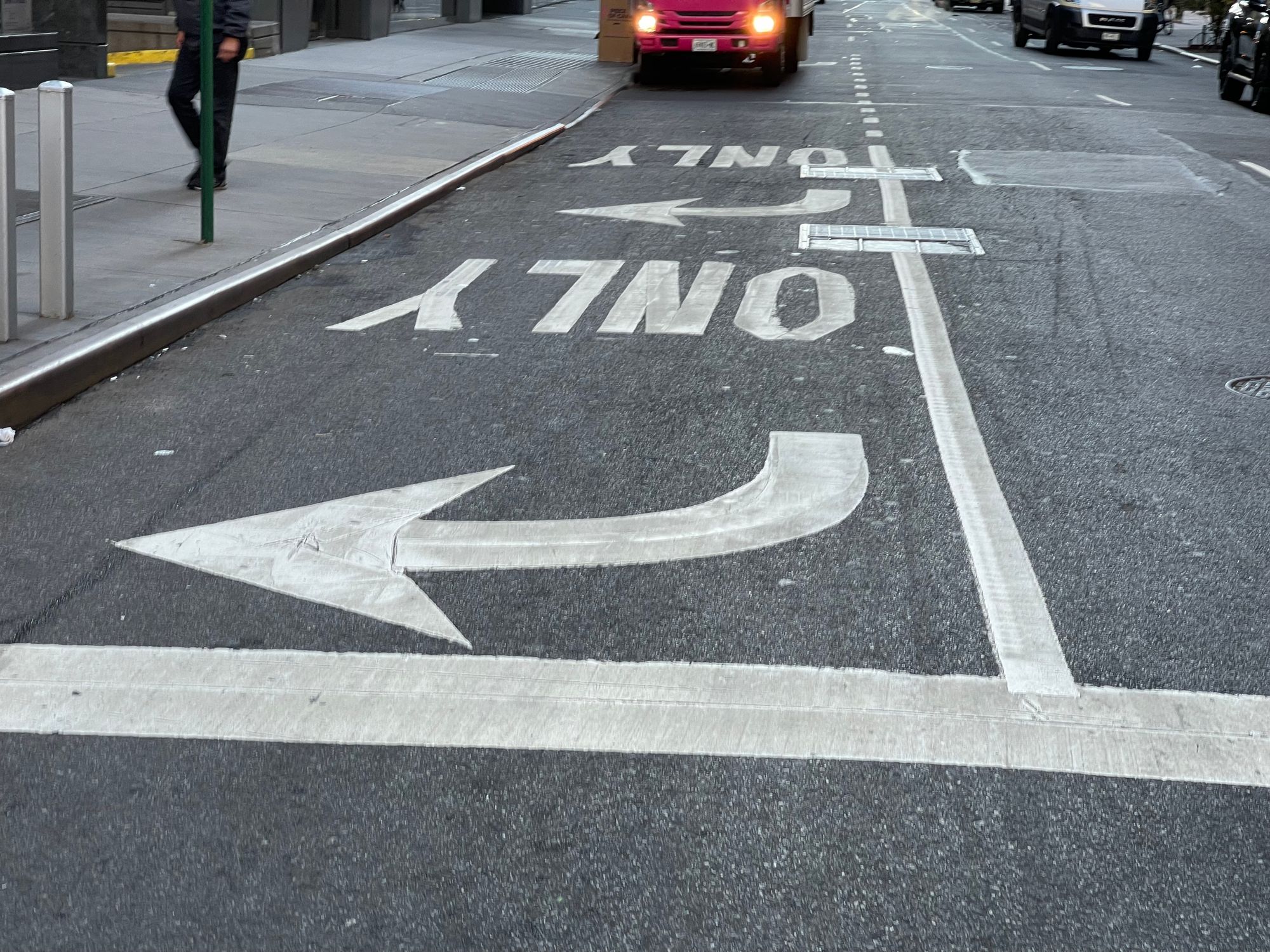
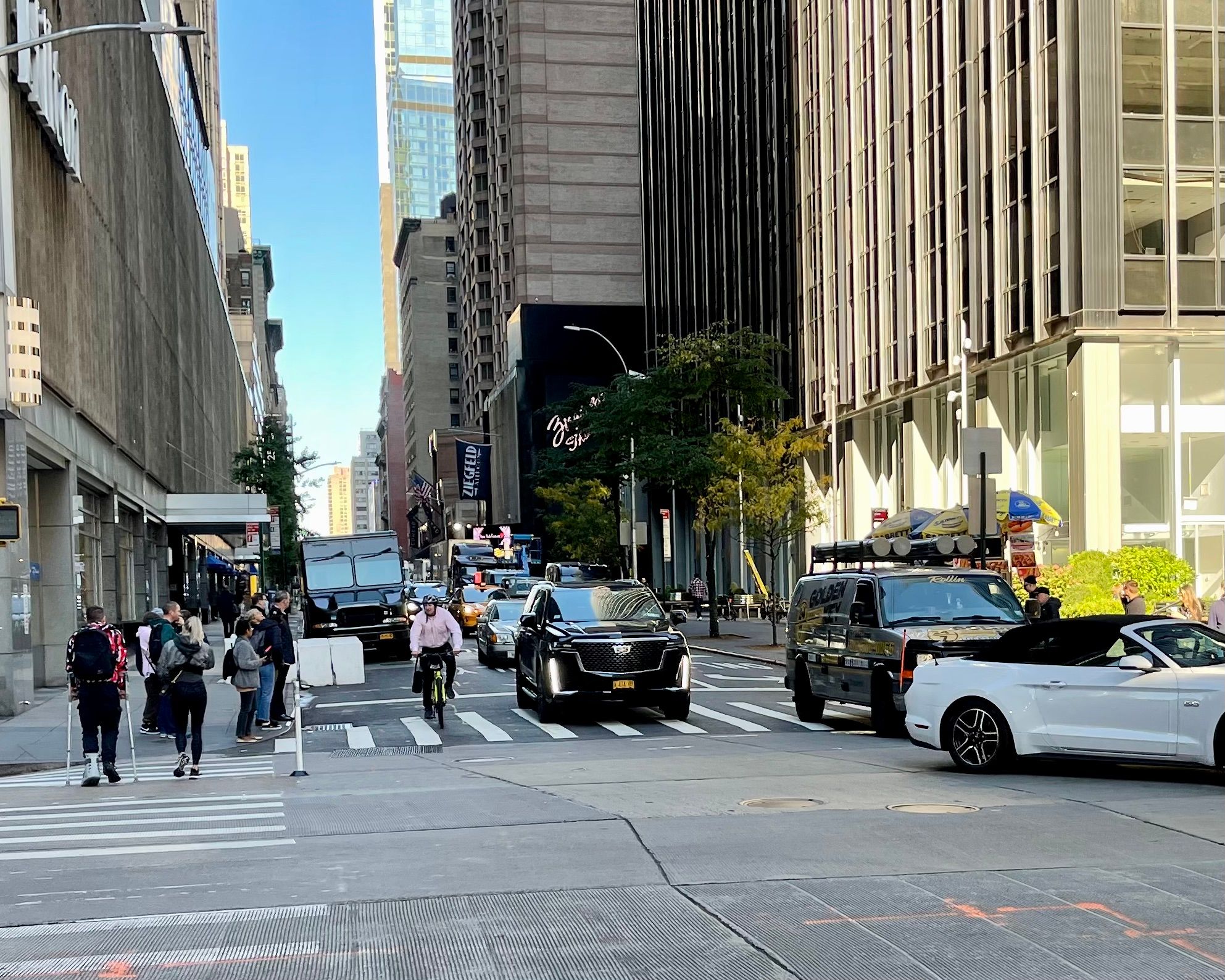
Major Public Spaces as Islands in the Middle of Traffic
Even major public spaces and key destinations have become islands surrounded by traffic lanes. Visitors take one step outside and are already back in the rush of traffic.
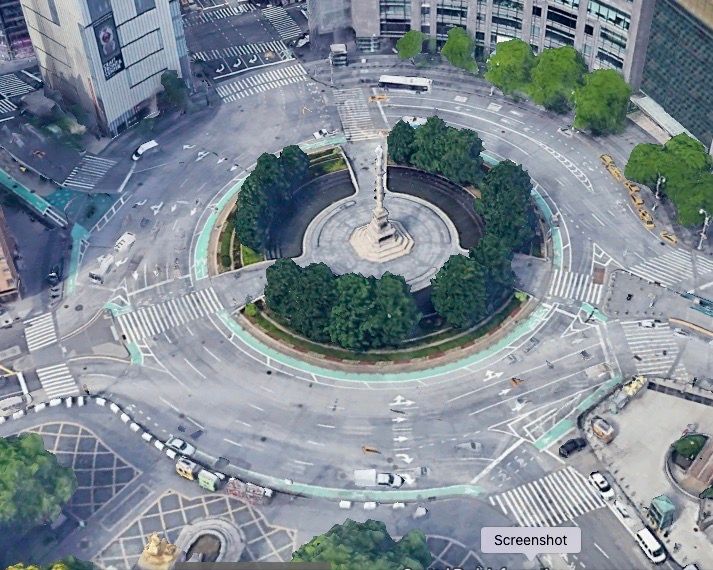
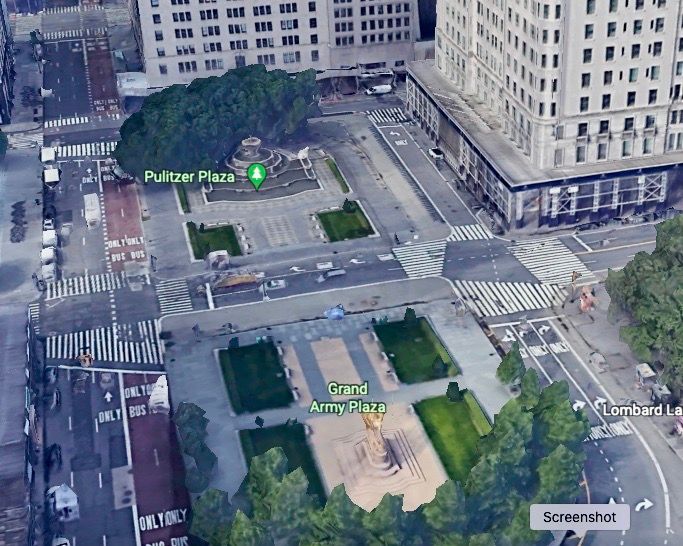
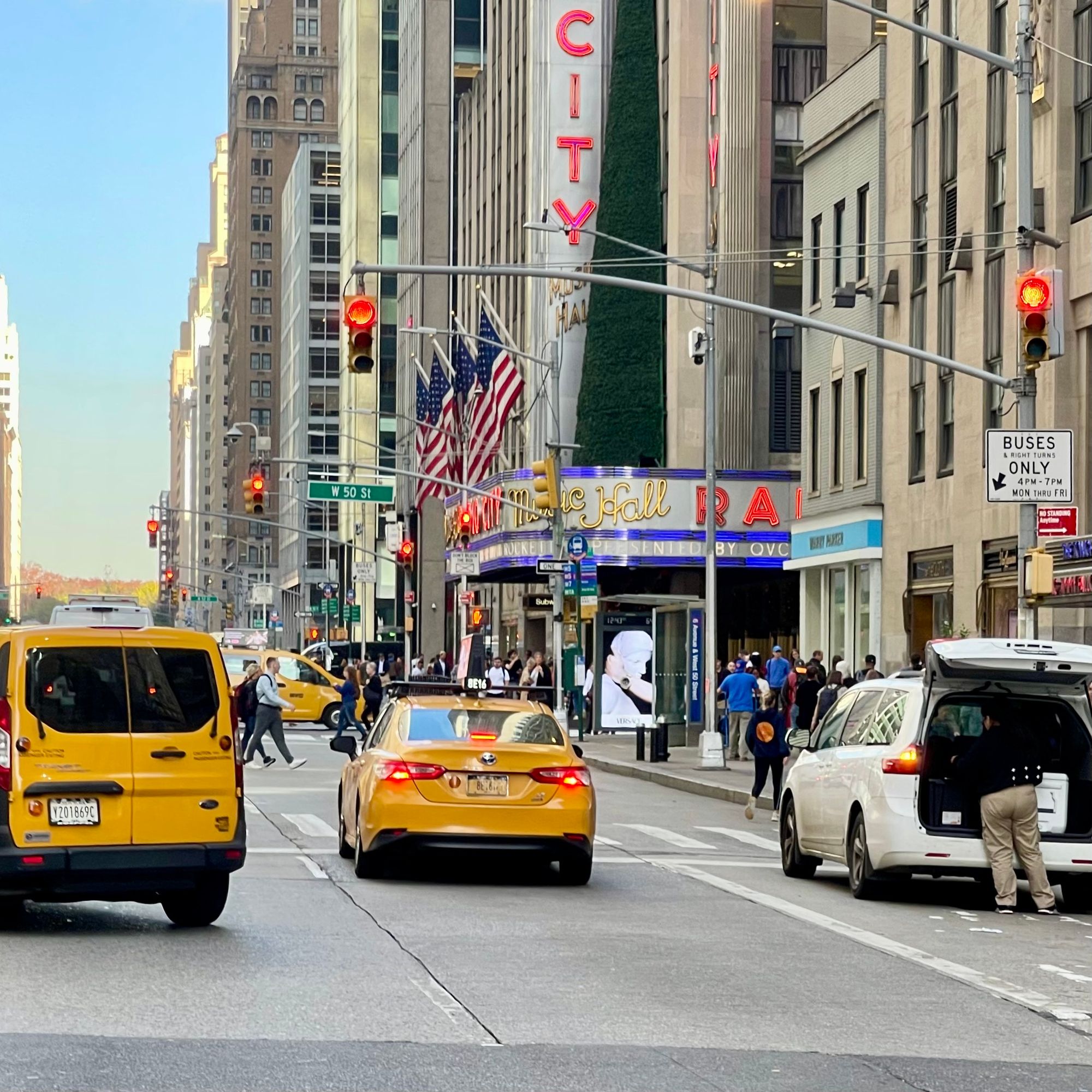
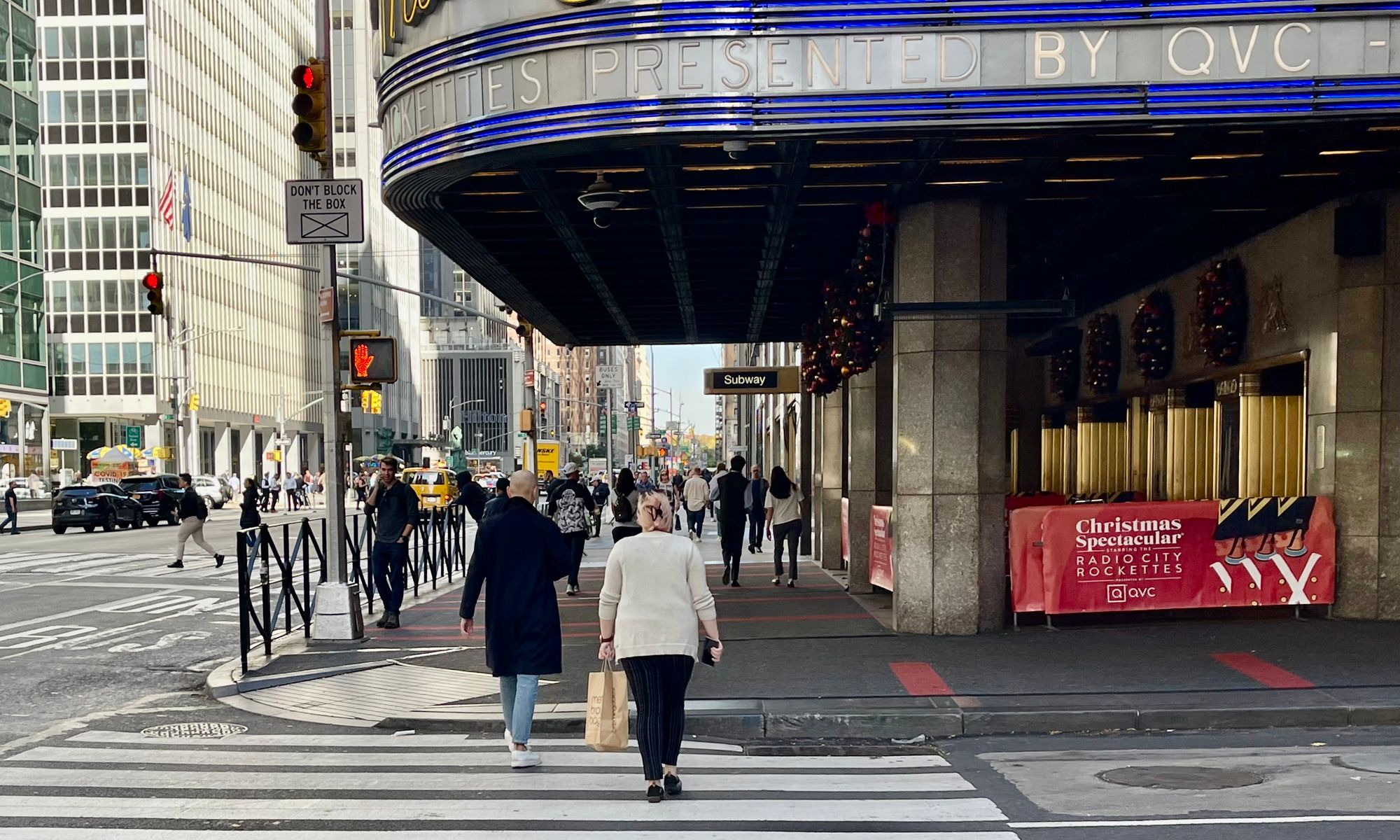
Columbus Circle, Grand Army Plaza and Radio City Music Hall are minimized by the traffic streaming by.
Boring Sidewalks
Over the past decades, blocks of Midtown sidewalks have lost their pizzazz, replaced by boring streetscapes, empty plazas, and limited food offerings. 59th Street could be the most underperforming street in Midtown, given that it borders our most sacred public space, Central Park.
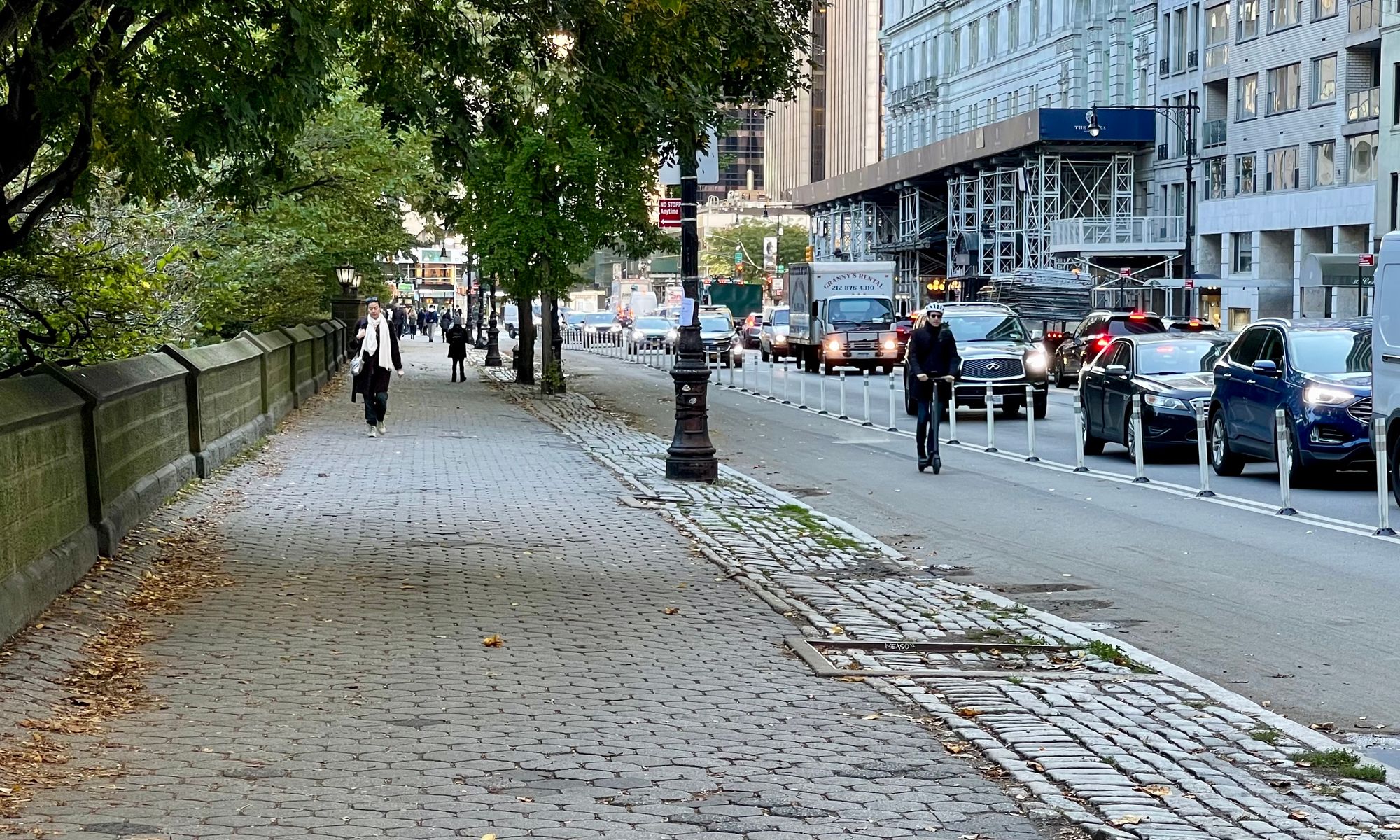
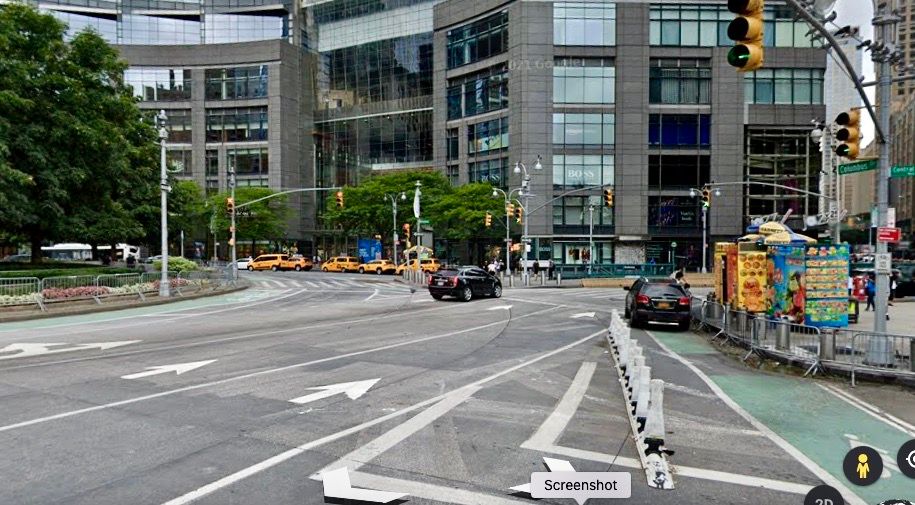
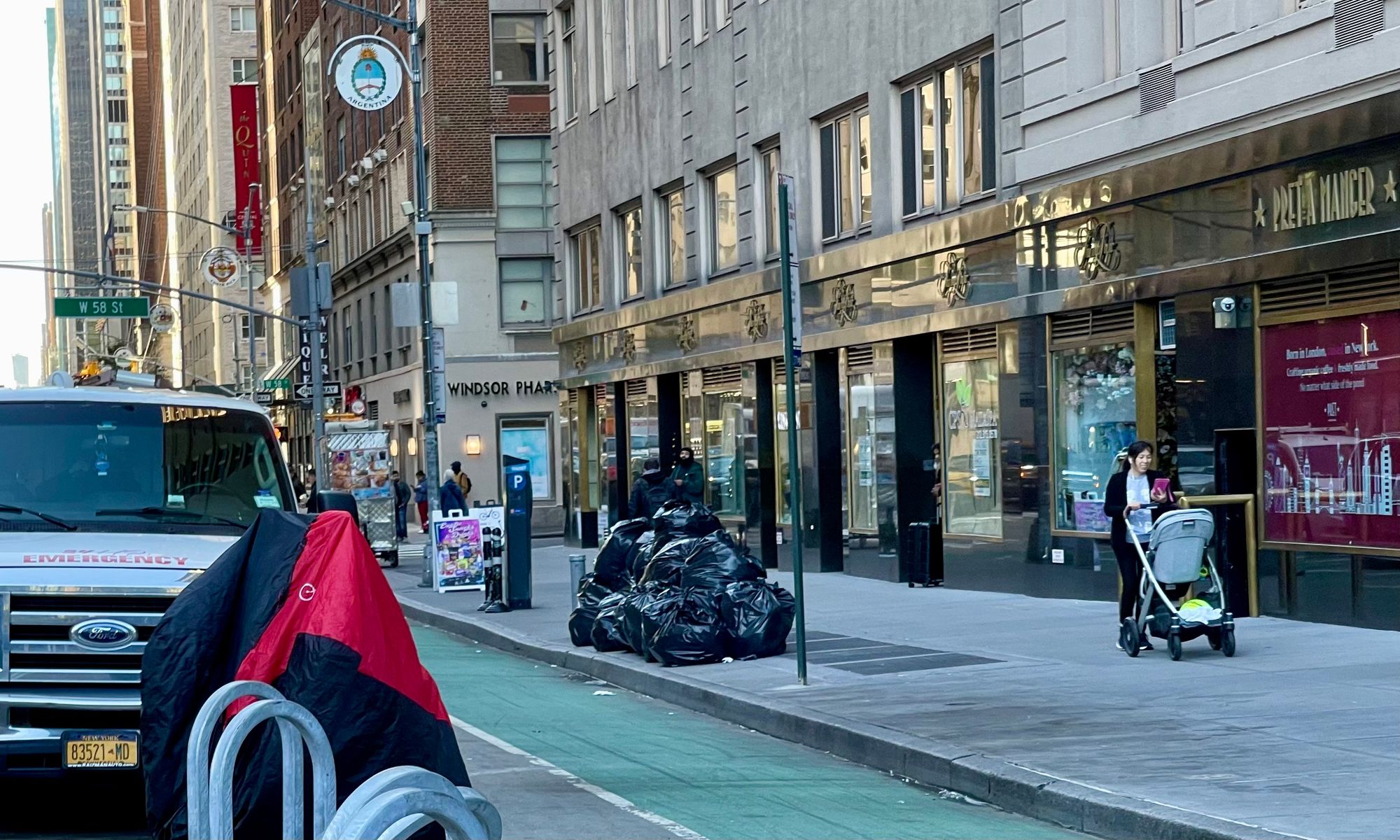
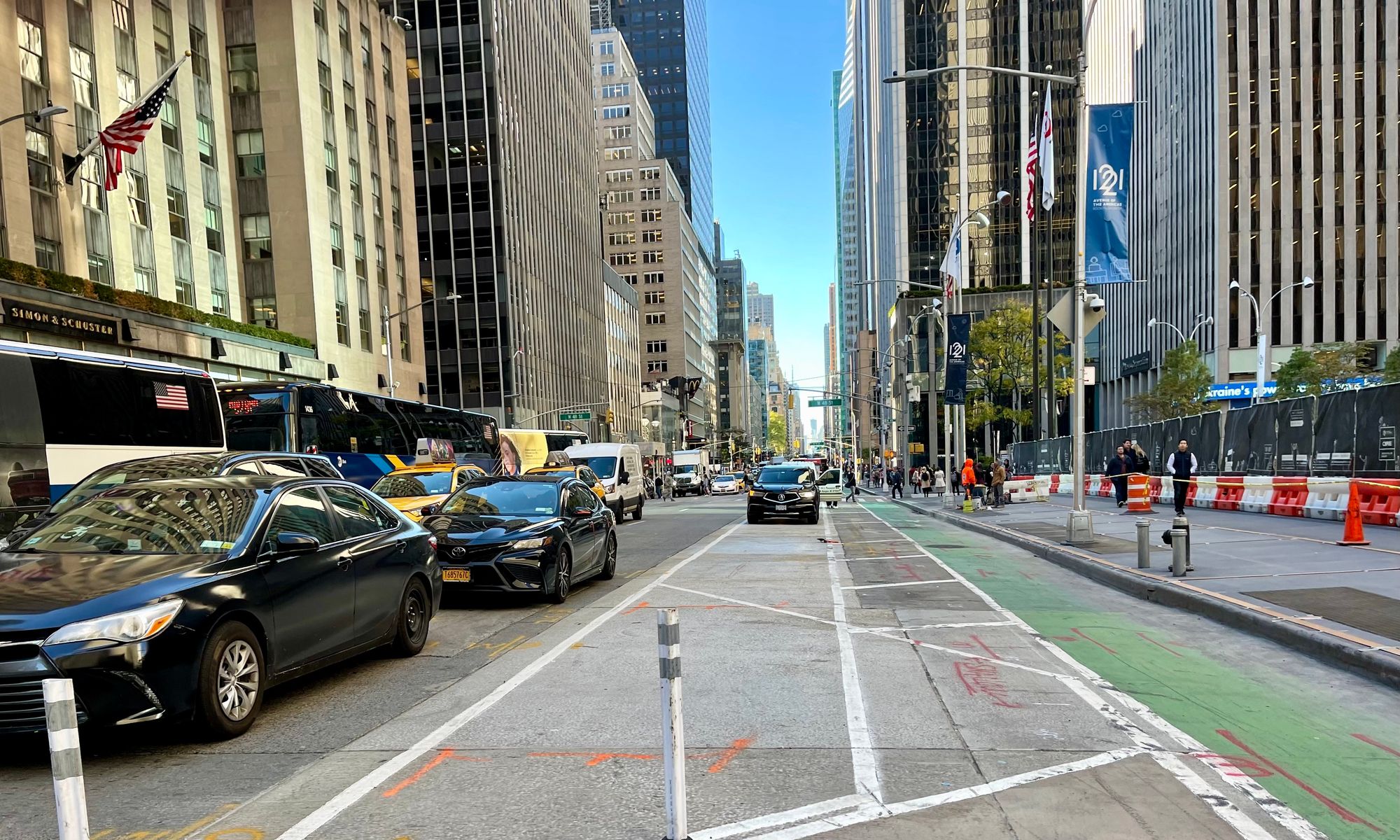
The City has recently added bike lanes, but they often appear barely used in this area of town.
Unused and Unusable Public Plazas
Too many Midtown plazas are built in a way that centers adjoining buildings, rather than giving a view of "the City at Eye level" and being places where there is true placemaking, active ground floors, and a people-centered design which prioritizes the user's experience. While technically public, these plazas offer few opportunities for public use.
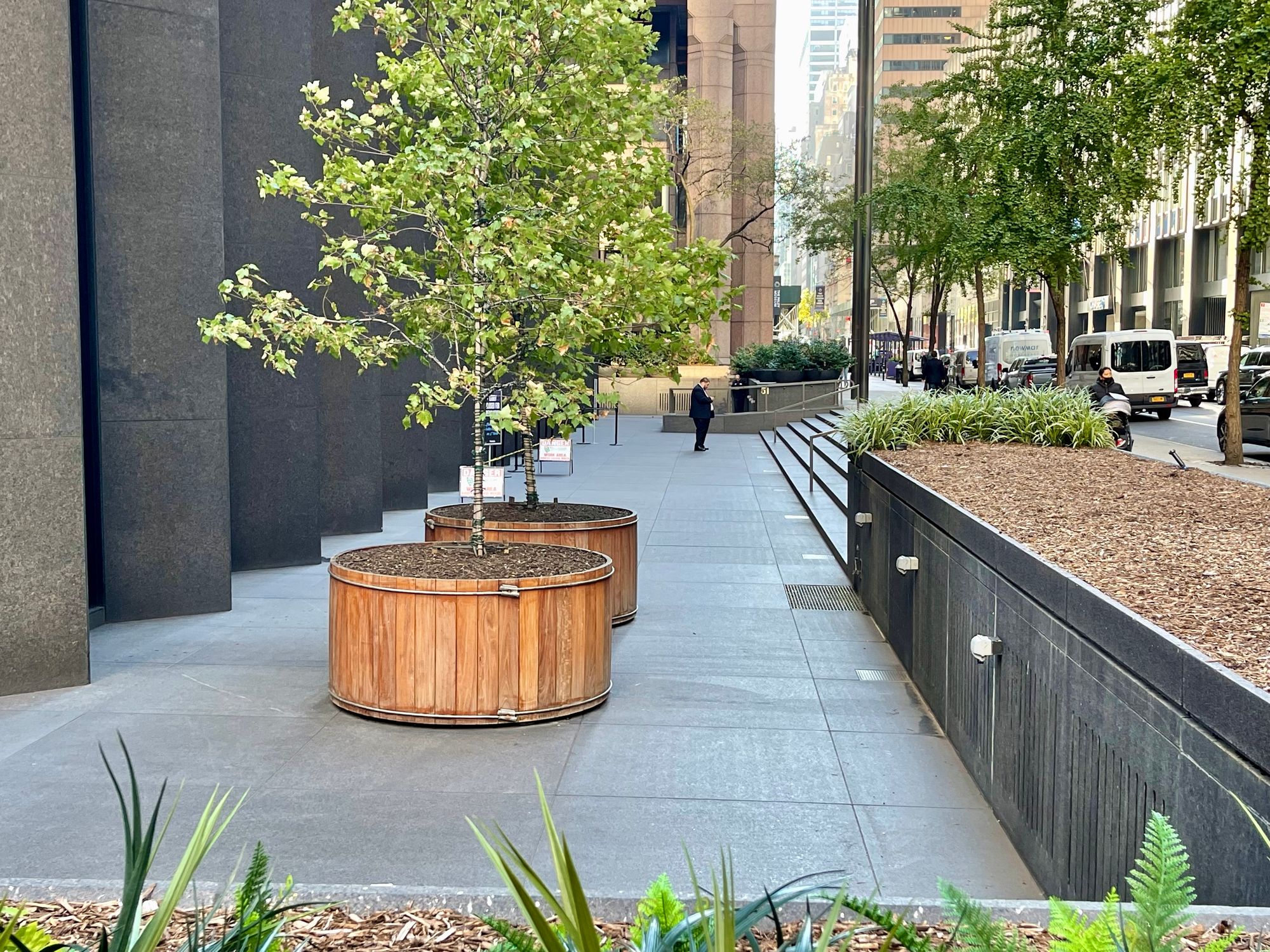
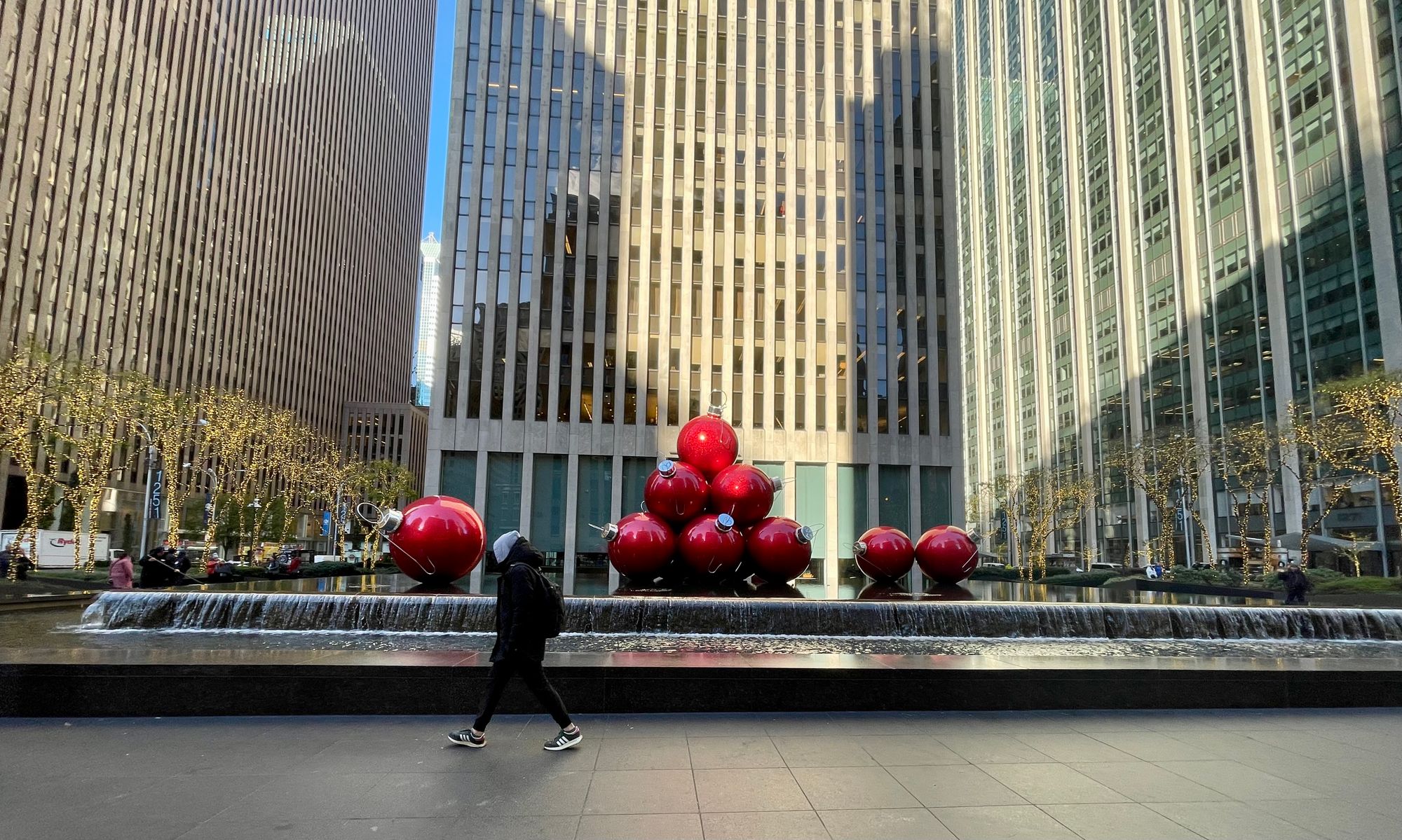
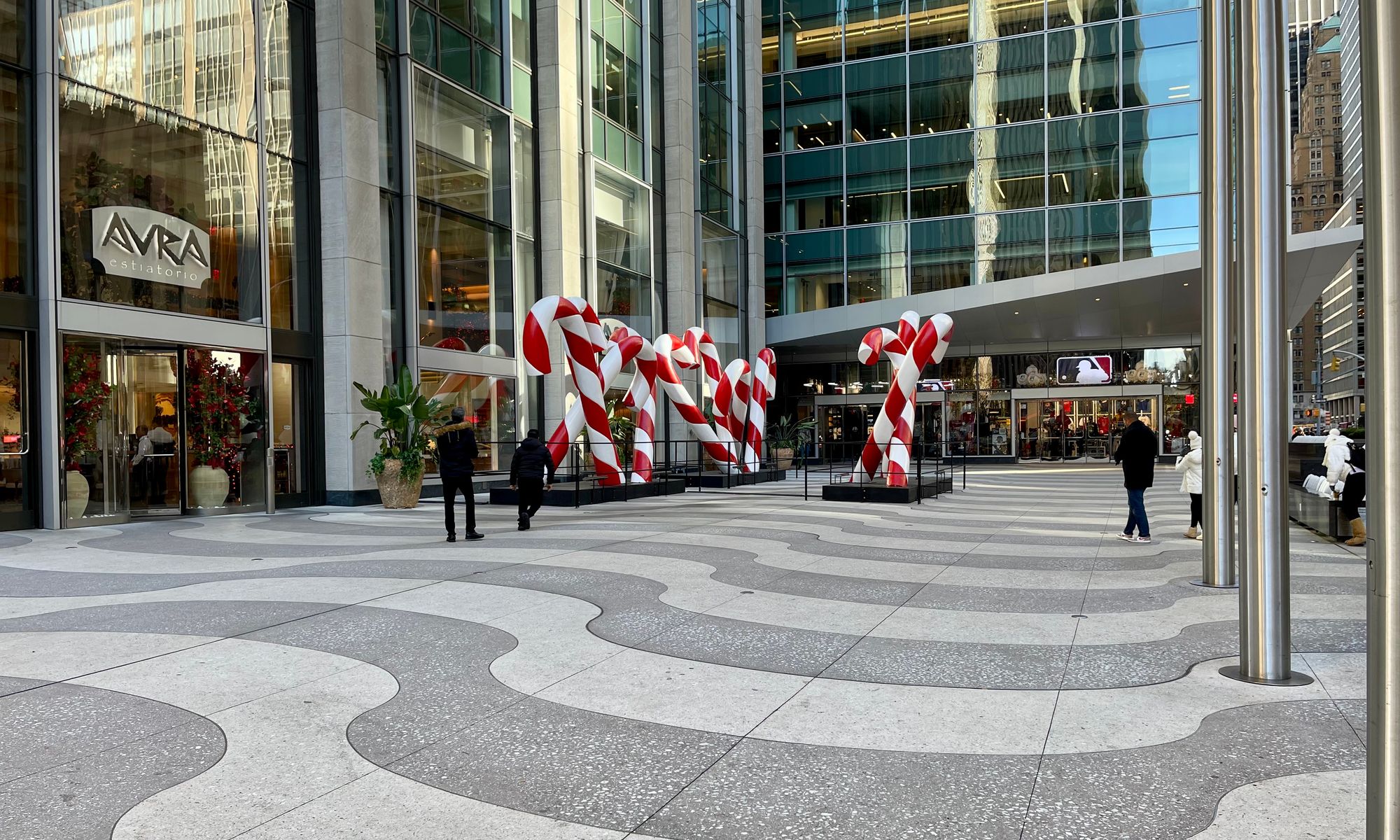
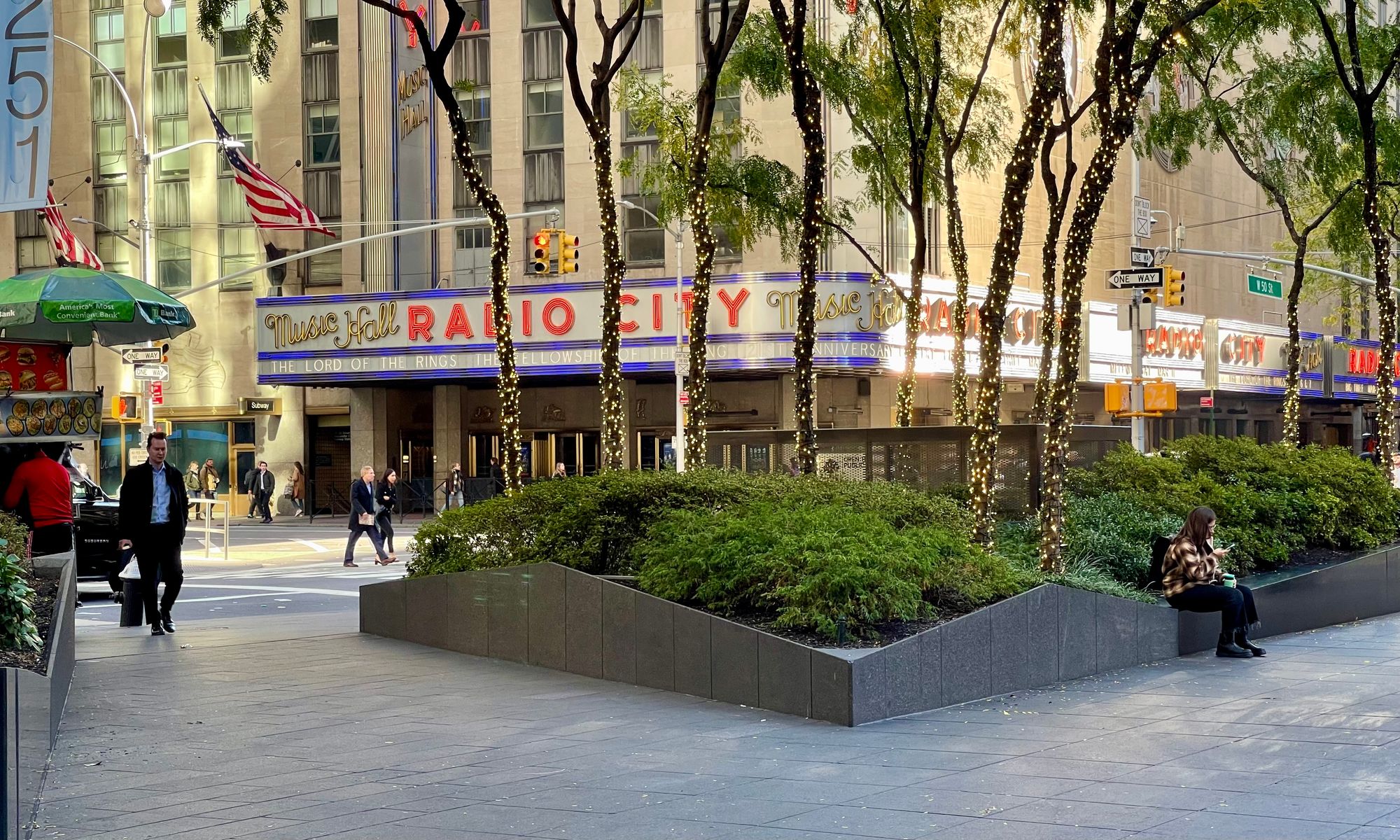
Avenue of Americas Plazas
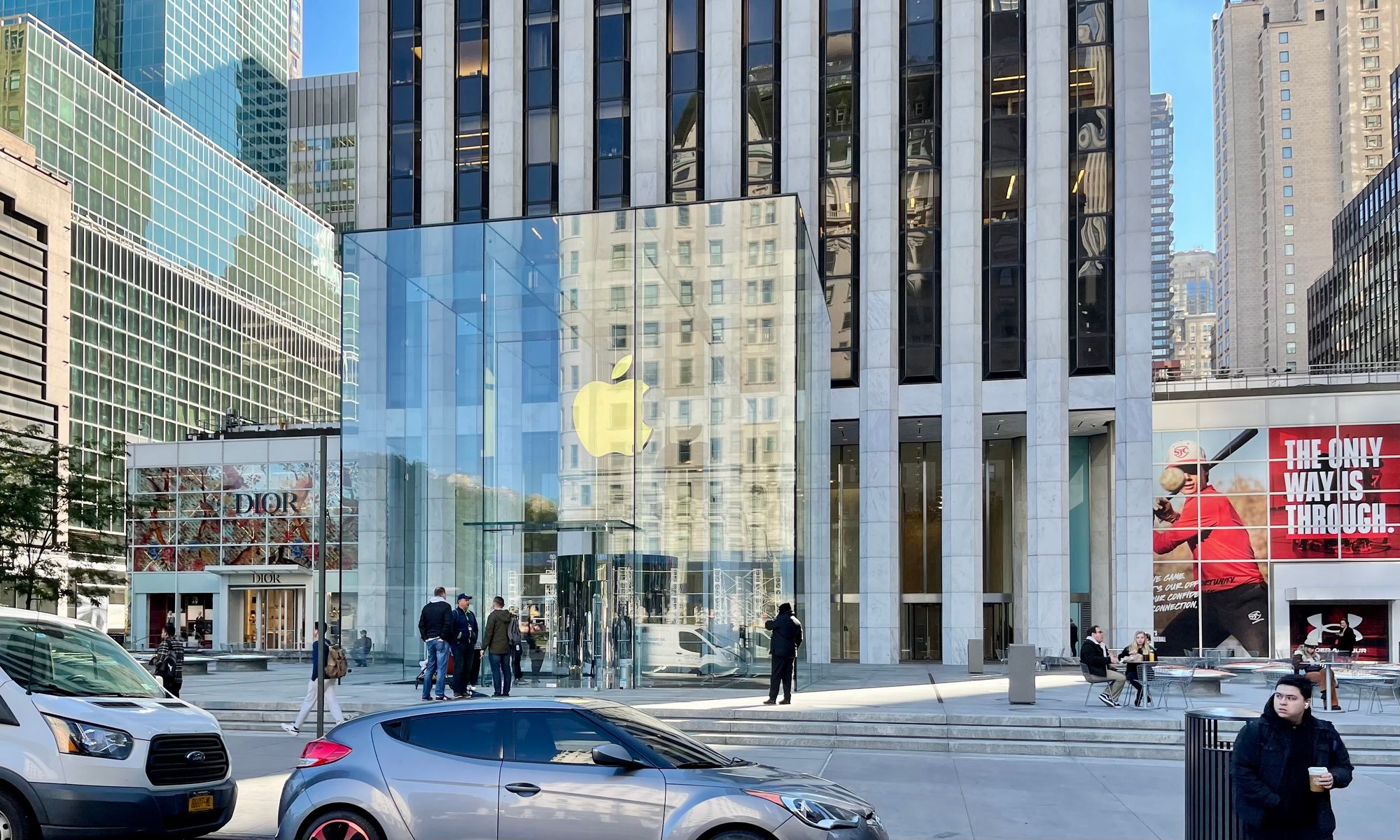
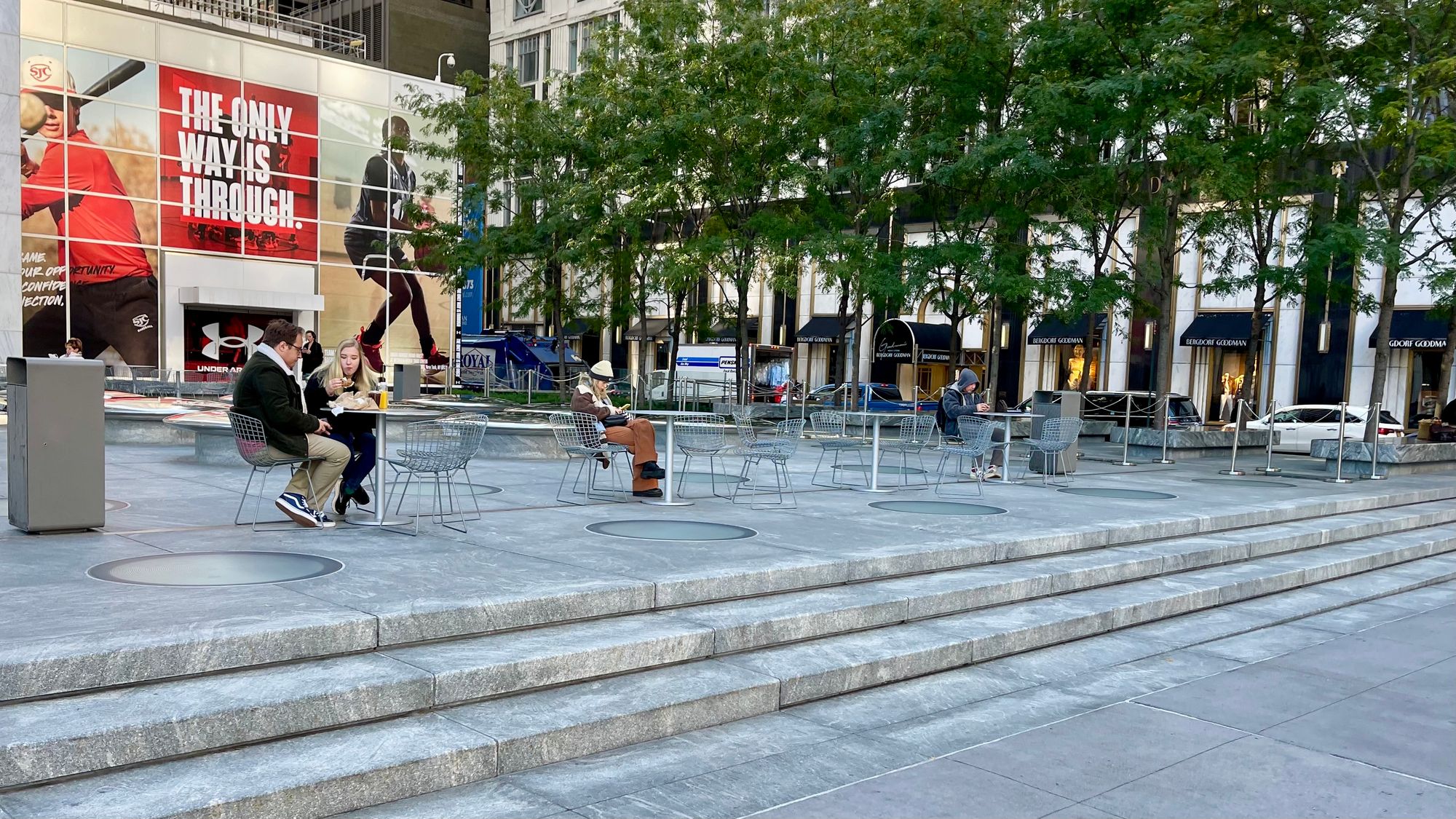
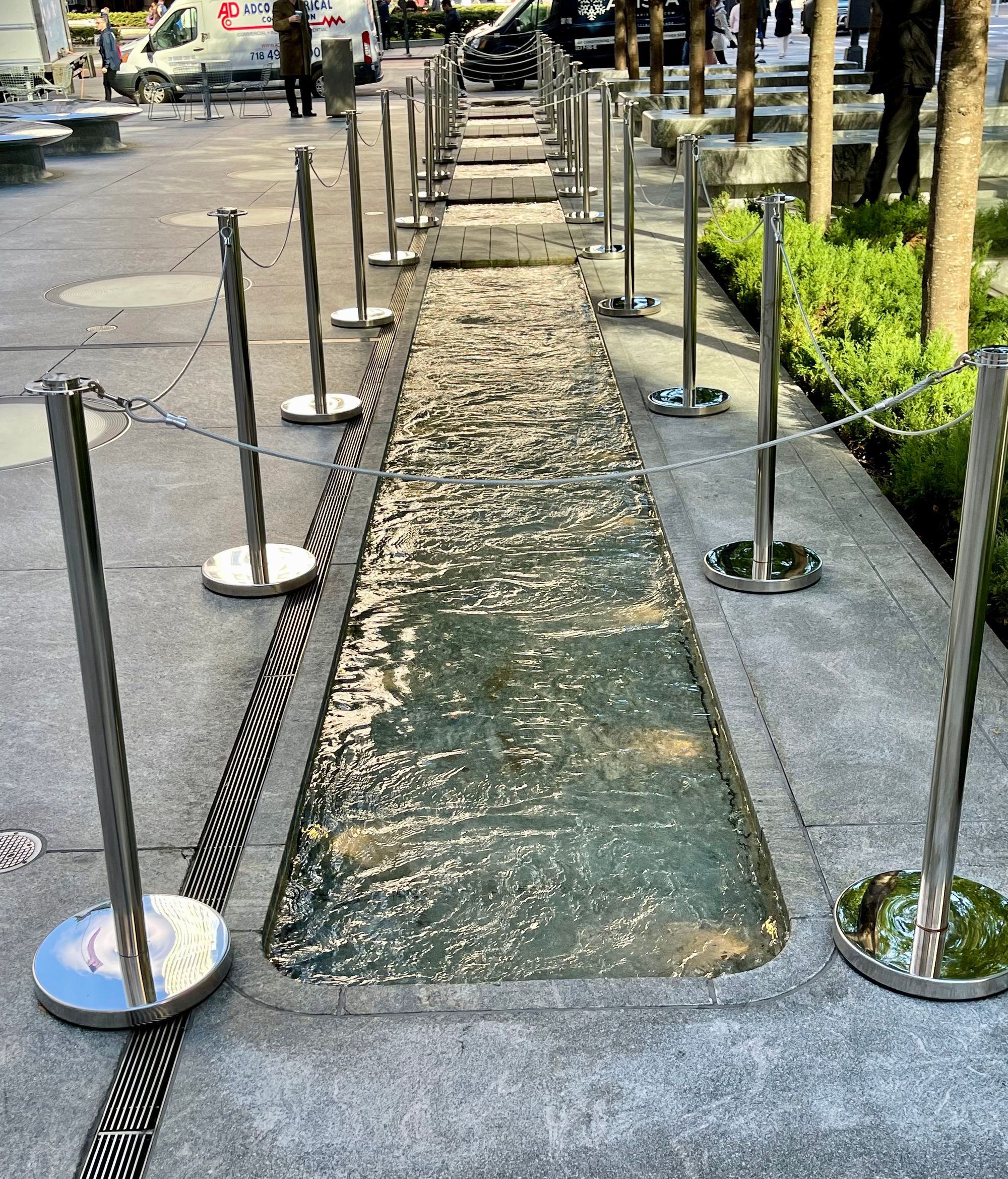
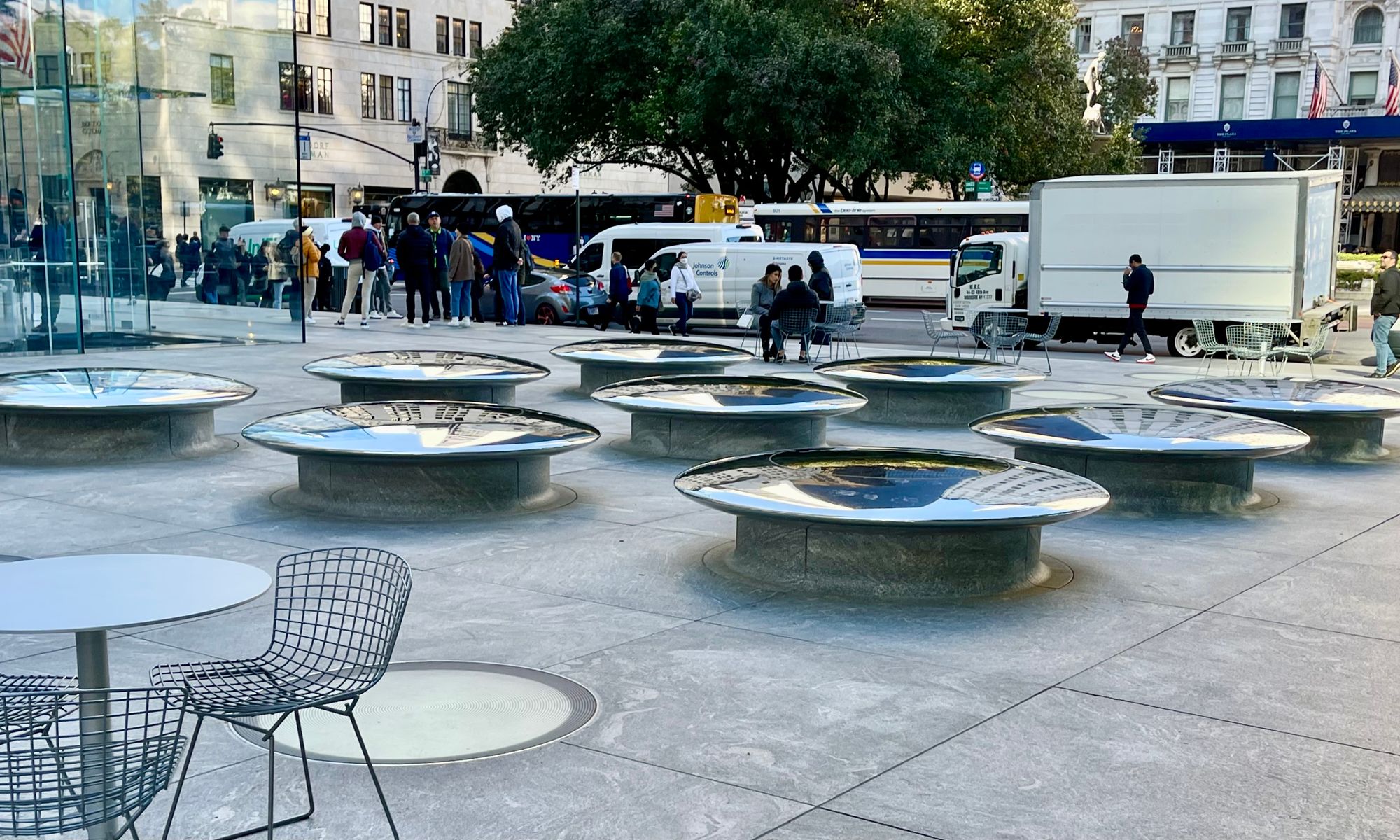
New Plaza, 5th Avenue, and Apple Store are just more of the same.
Adios, Midtown?
As vehicle traffic increases and new, monolithic buildings occupy entire blocks, Midtown Manhattan has become less attractive as a place to spend time. Large swaths of Midtown are now dead on weekends. Fast-moving traffic decimates street life. It's not surprising that for tech businesses and a growing number of other creative office tenants, Midtown has lost popularity to older, more fine-grained neighborhoods such as Soho, the West Village, and DUMBO in Brooklyn. After all, at the end of the day, office workers and businessmen are people like everyone else, and people gravitate to social life, amenities, and vibrant surroundings. Now's the time to bring Midtown back to life by revitalizing its streets.

The Opportunity: Start with the Sidewalks and Intersections
Beginning 50 years ago, we were part of a concerted campaign of public space activations and transformations led by both the public and private sectors that transformed moribund and even dangerous places in Midtown into some of the best public spaces in the world. In the 1990s, we started using the term "placemaking" to describe public space transformation that was driven by the people in communities.
These spaces – Bryant Park, Rockefeller Center, and Times Square, among others – are now the poster children for what's possible today in all the public spaces in between these great destinations. We are inspired by and learn from the many places we have studied worldwide since then.
What we think is especially relevant about other great streets in cities around the world is a simple concept: when you have wide sidewalks (30 feet works best) where people can stroll, shop, and eat in cafes, guess what: you get strolling, shopping, and people eating in cafes. We call these "double-loaded sidewalks," that is, streets are animated in two layers; by what's in the building base as well as what is going on closer to the curb. On streets like the Avenue of the Americas, curbside cafes and retail can animate a sidewalk even where there is a dearth of retail. You can also orchestrate the alignment of a street, putting pedestrian space where it has the most potential to activate life inside buildings.
The other lessons we have learned from other cities relate to how major public spaces become destinations and, thereby, virtual extensions of street and sidewalk life. Times Square is our best example of this concept in Midtown, demonstrating that it's not only the space but the connections to it that matter if your goal is the vitality of an entire district.
In this article, we'll explore four core ideas for Midtown:
- Avenue of the Americas as the Main Street of Midtown, and for the Americas
- 59th Street as a grand boulevard connecting Midtown to Central Park
- Restoring Fifth Avenue as the Center of High-end Shopping and Pleasure
- A Model for Midtown: Downtown Detroit
- Takeaways
1. Avenue of the Americas as the Main Street of Midtown
Much of Avenue of the Americas is a product of zoning incentives in the 1960s and 1970s, which enabled developers to build taller buildings in return for creating plazas, like Exxon Mini-park, at street level for public use. Most of these plazas didn't work then, and they still don't work.
Meanwhile, sidewalks are very narrow and retail uninspiring, even though, together with Rockefeller Center, we worked with city DOT in the 1990s to widen sidewalks by three feet on the west side of the street (a change which made a big difference!)
Below are four concepts for transforming Avenue of the Americas that could radically change its public use and perception:
Concept A: A New Rockefeller Plaza West
Concept B: A New Front Door for Radio City Music Hall
Concept C: Avenue of the Americas Esplanade as the New Heart of Midtown, Connecting Bryant and Central Parks
Concept D: Avenue of the Americas as a Major Event Space
Concept A: A New Rockefeller Plaza West
Rockefeller Center West has so few of the qualities of the original complex that most people don't know they are even connected. Let's compare this space with the public spaces and building design of the original Rockefeller Plaza, a world-renowned public space.
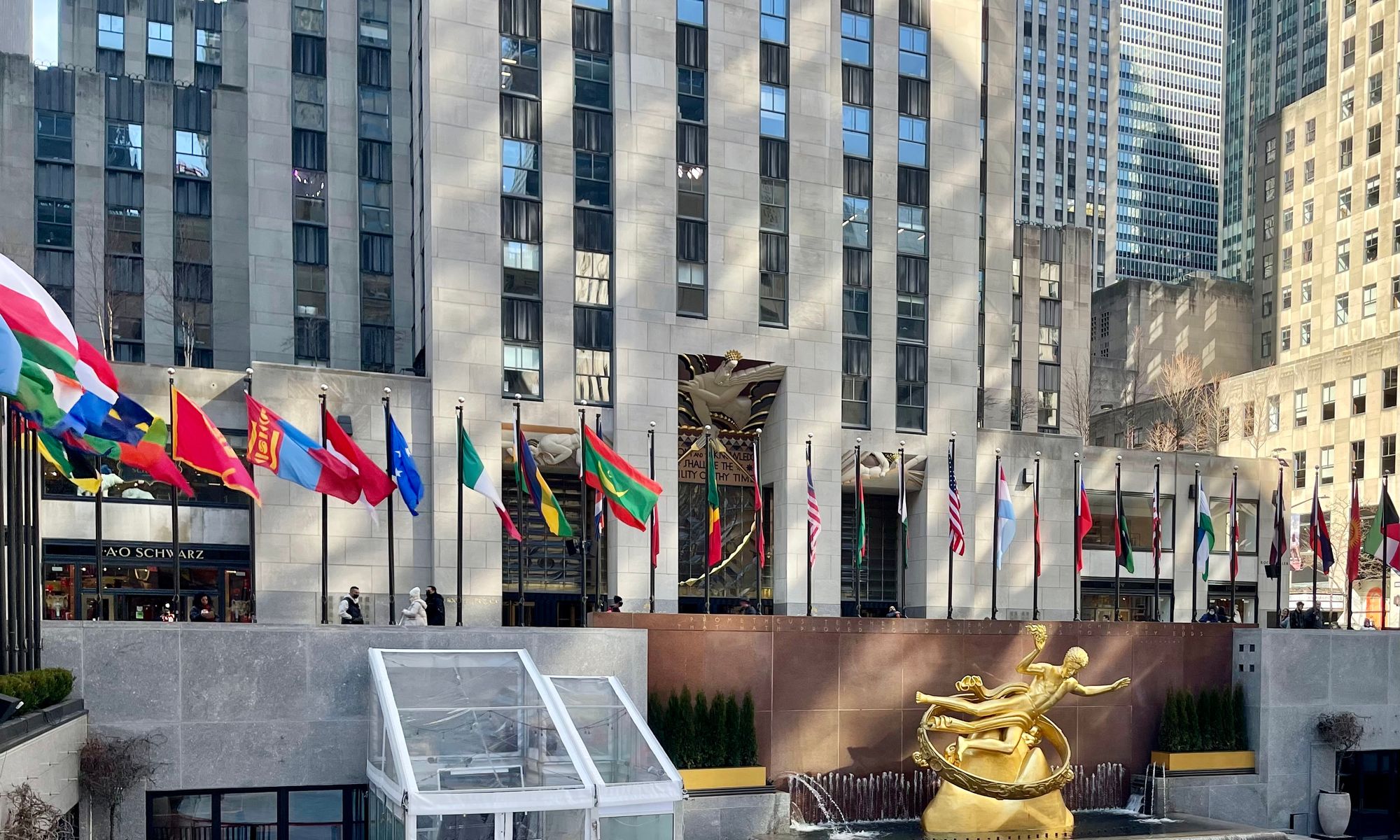
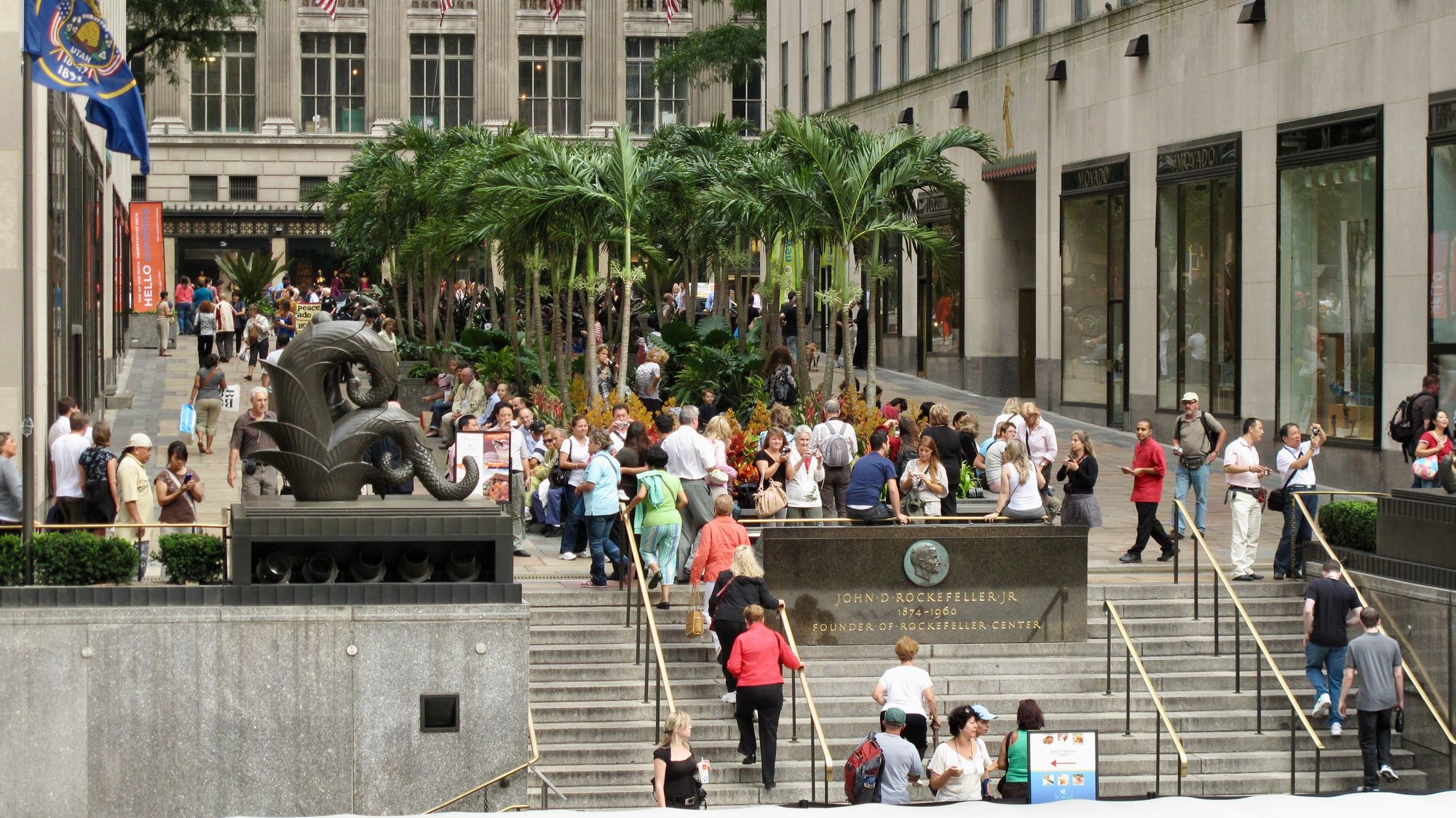
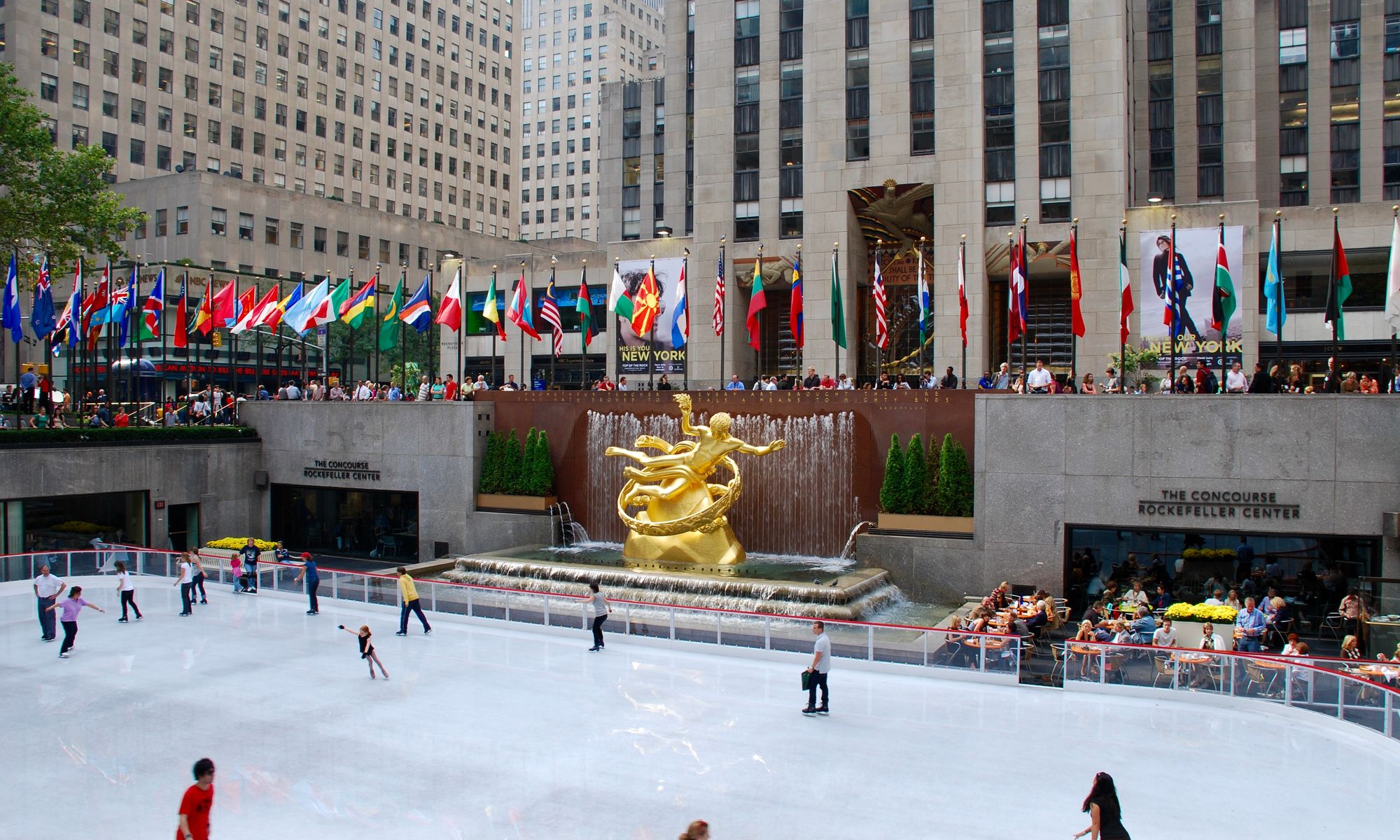
The experience of traveling from Rockefeller Plaza to Avenue of the Americas is very disappointing, to say the least. Sixth Avenue acts as a moat or barrier to the west. When people arrive at 6th Avenue, they are greeted with a view of a set of buildings set behind a six-lane road, where one can't cross directly at the intersection, especially at the Radio City Music Hall.
The sidewalks are also very narrow, giving the feeling that this is not a place to keep going. The plazas across the street have little use and are uninviting. The message on arrival is, "don’t go any further; you can’t cross at intersections," and the view shows empty plazas and boring buildings. People easily come to the conclusion not to go there, and Times Square seems far away, just beyond a wall of soulless buildings.
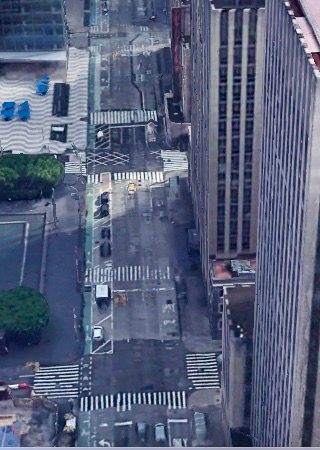
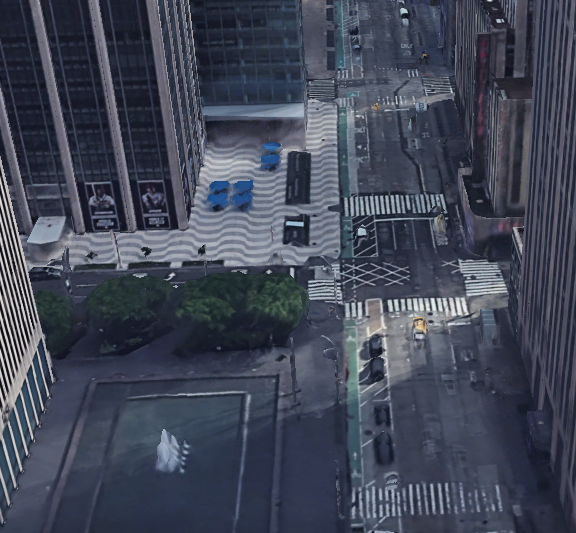
Fortunately, the east side of the Avenue still retains the historic Rockefeller Center building stock and design features with strong entrances to office buildings, articulated street-level retail, and integrated subway within buildings. The result is a strong opportunity for a dynamic group of uses led by Radio City Music Hall as the main attraction.

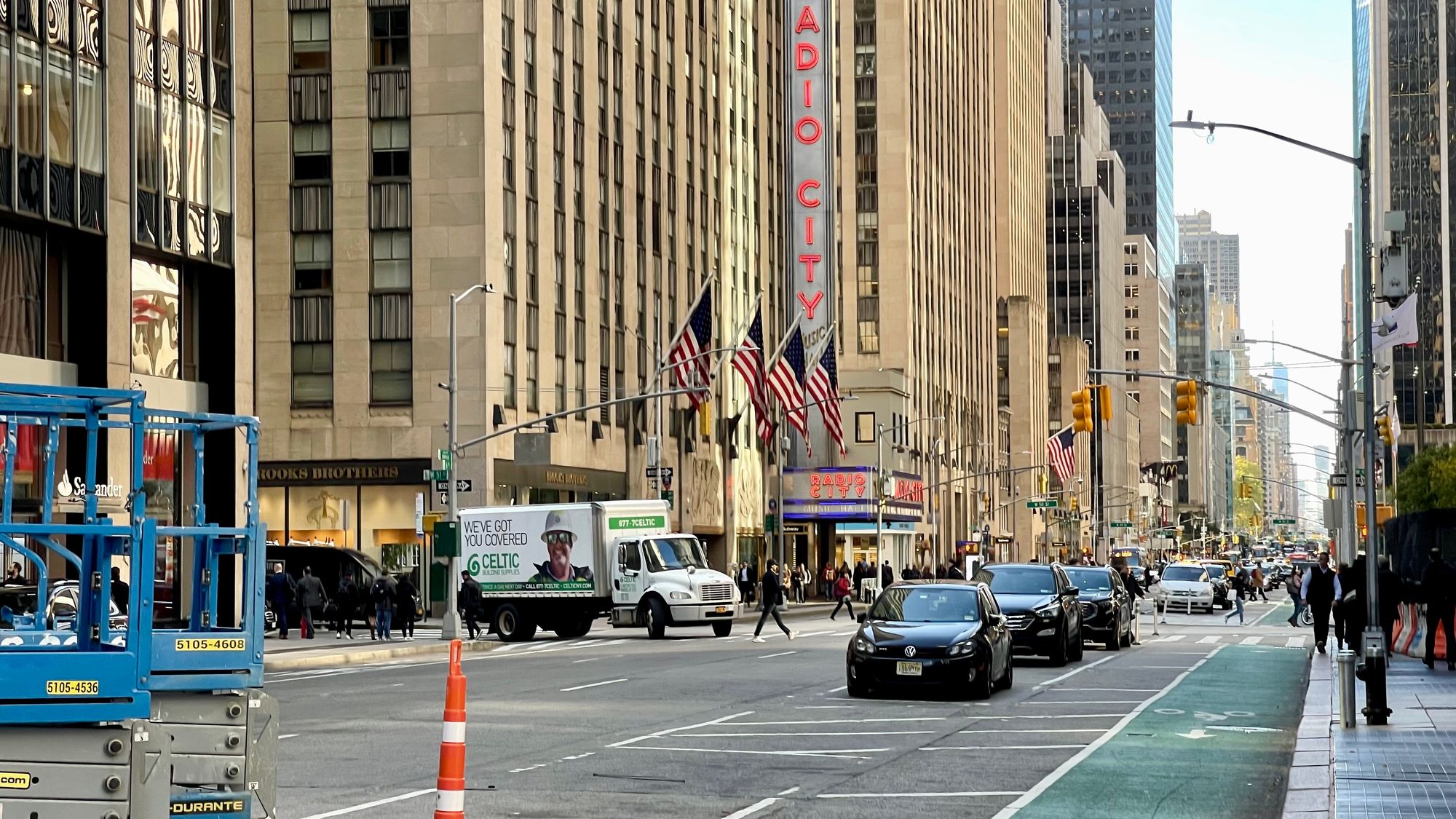
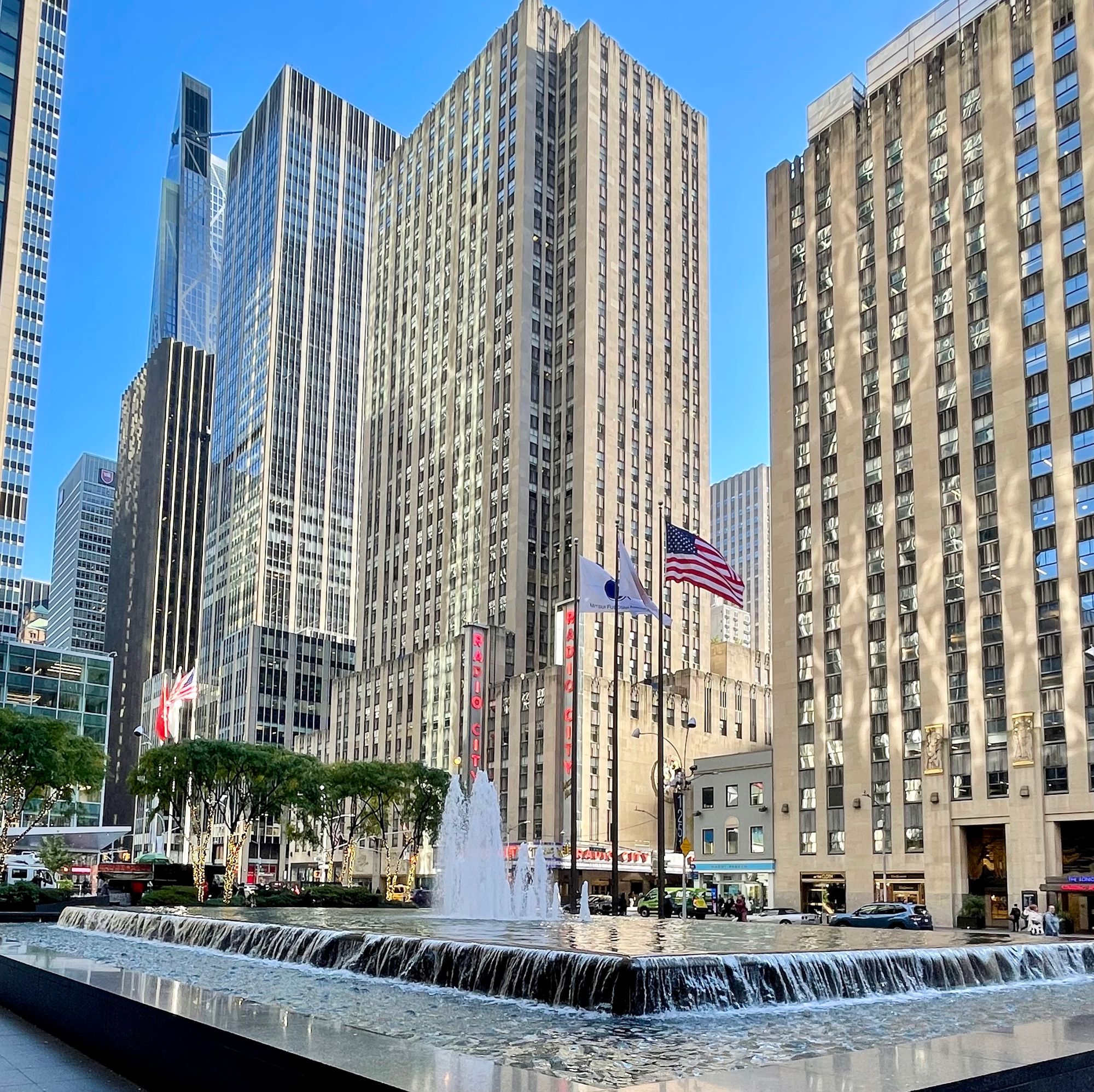
A full building collection of historic buildings on Avenue of the Americas
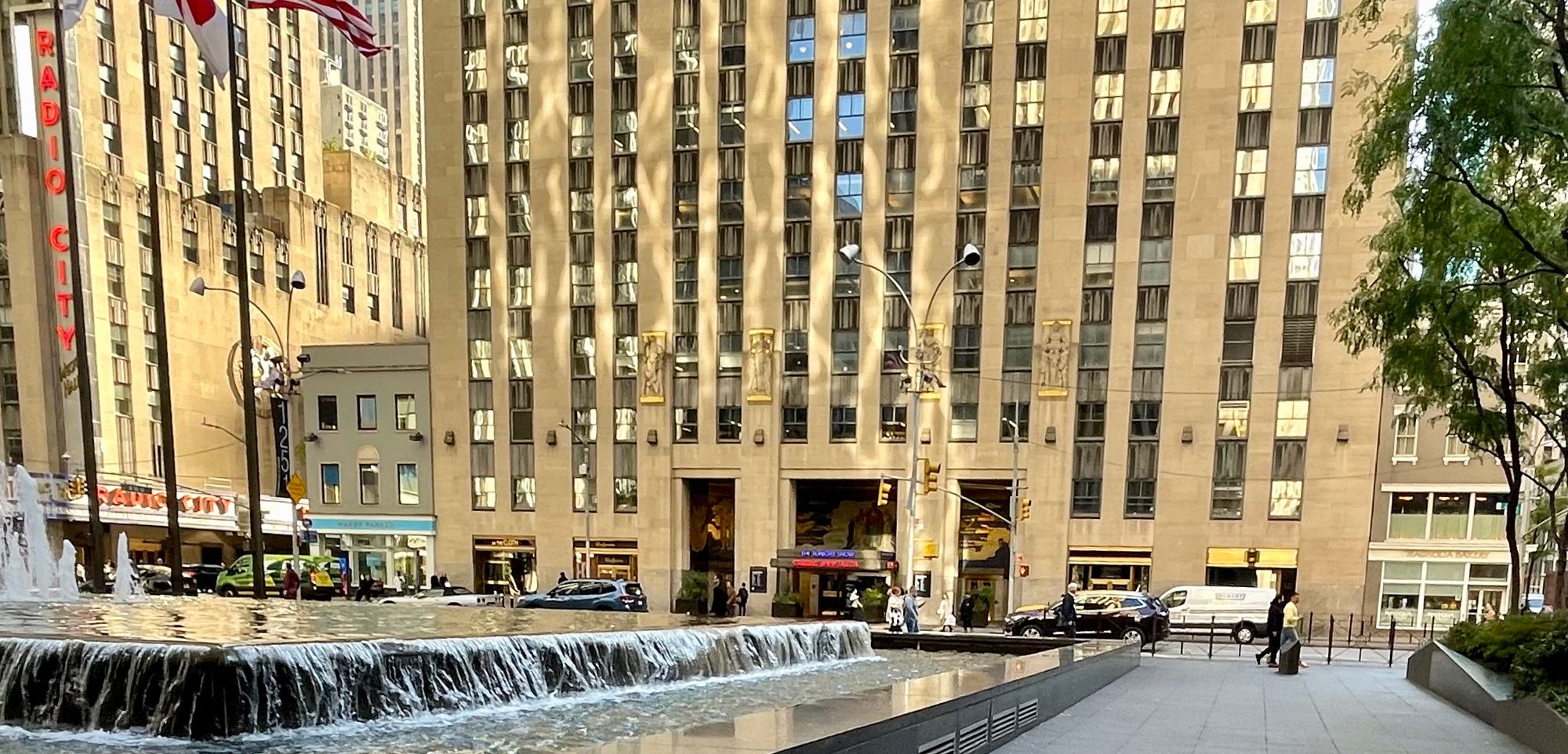
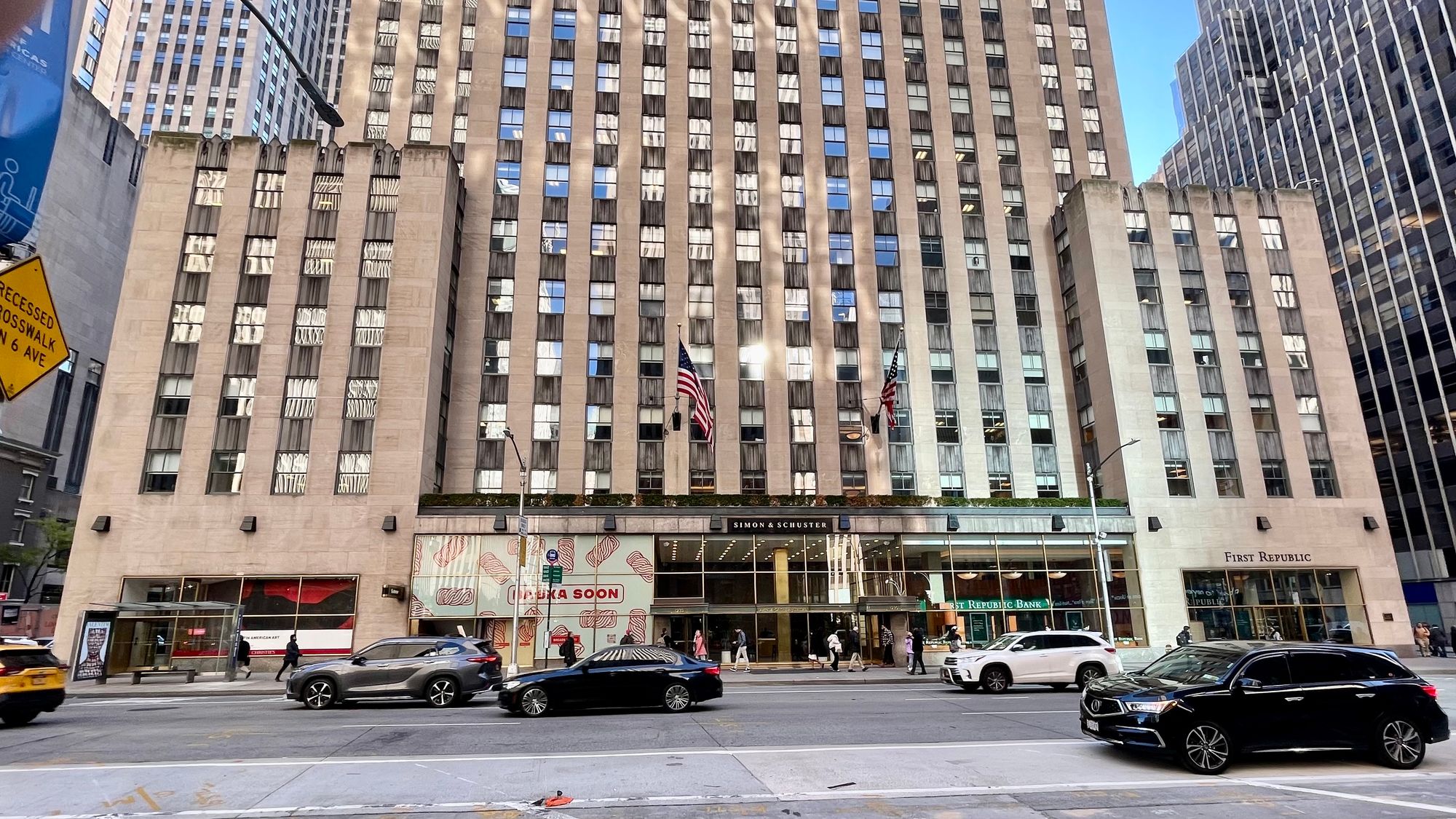
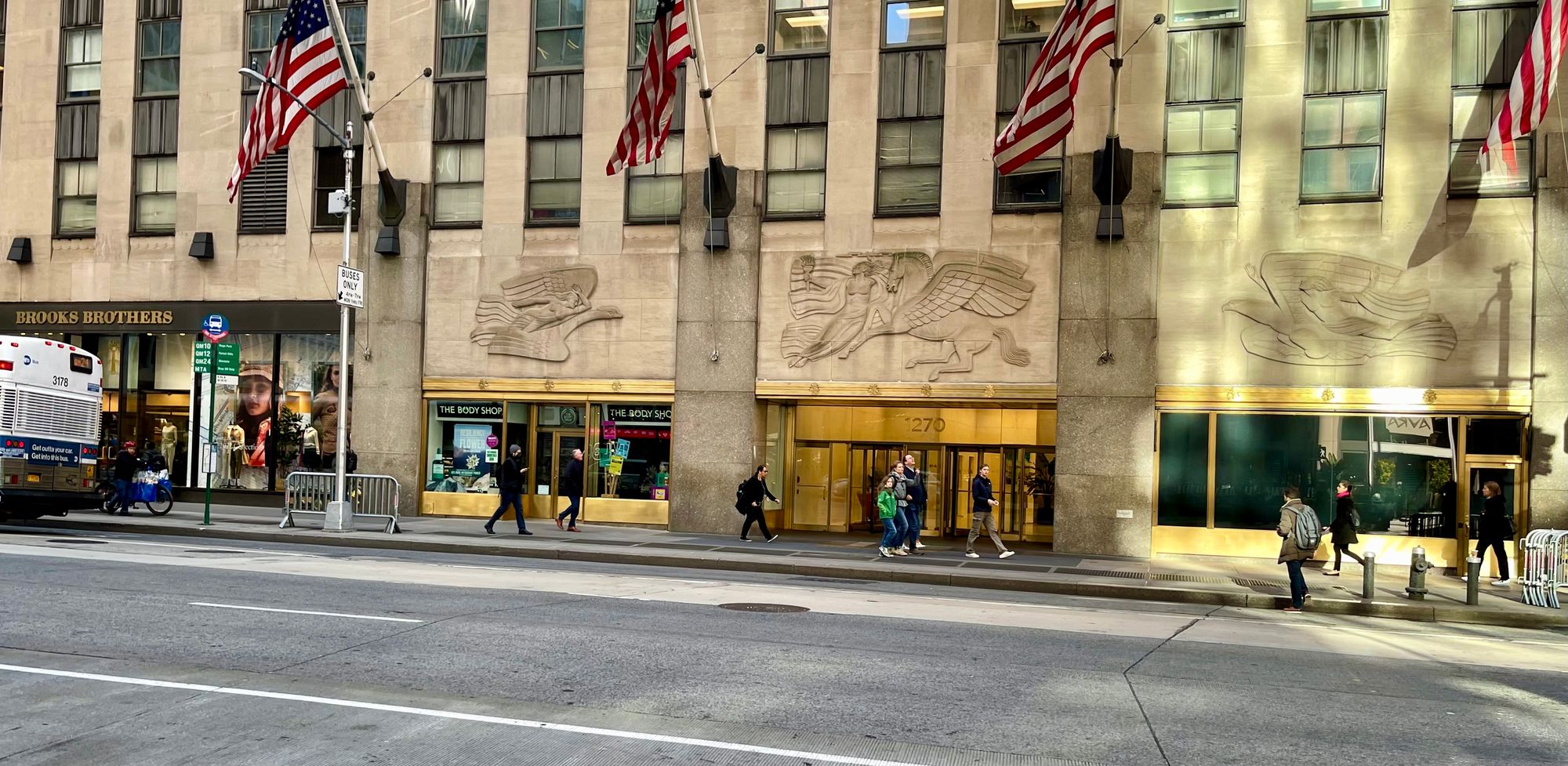
The Plazas of 1211, 1221, 1251, and 1271 on the west side have always been a problem. These types of international-style buildings have created problems in many cities around the western world with plazas that present the building as design objects. To transform these plazas, we need to rethink them so that they become gathering places; small squares where people can gather, and buildings can open up their ground-level base with activities that pour out onto these new squares.
The work that "Holly" Whyte did with the NYC Planning Department to create requirements for amenities such as seating did not go far enough. In those days, privatization was a dirty word, and they were not allowed to have any commercial activity on them or in the buildings that faced the spaces. Looking back, that was a limiting mistake and requires significant rethinking of those buildings, not just in Rockefeller Center but in other cities that built them during that era.

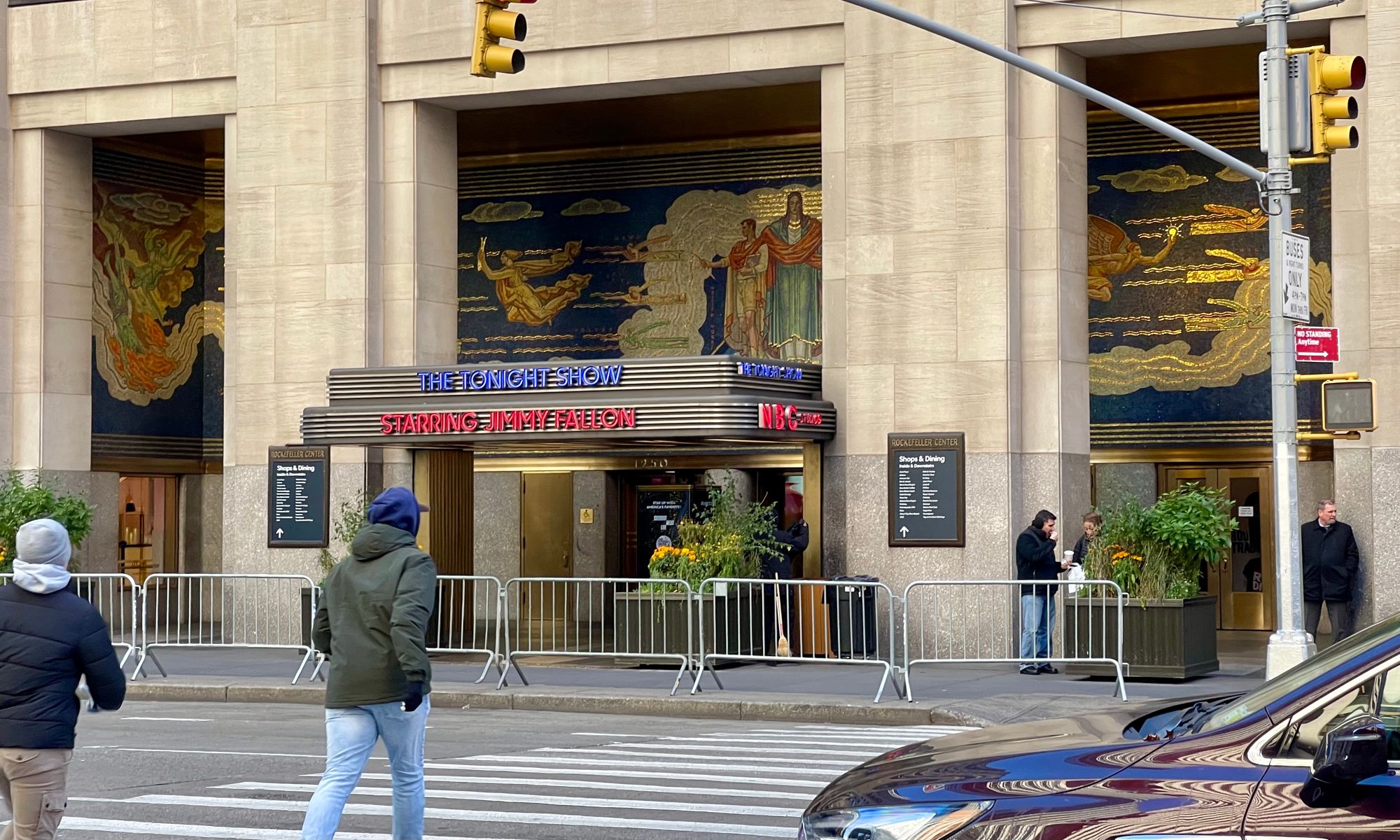
30 Rockfeller Center on Avenue of Americas and the Plaza at the former Exxon Building
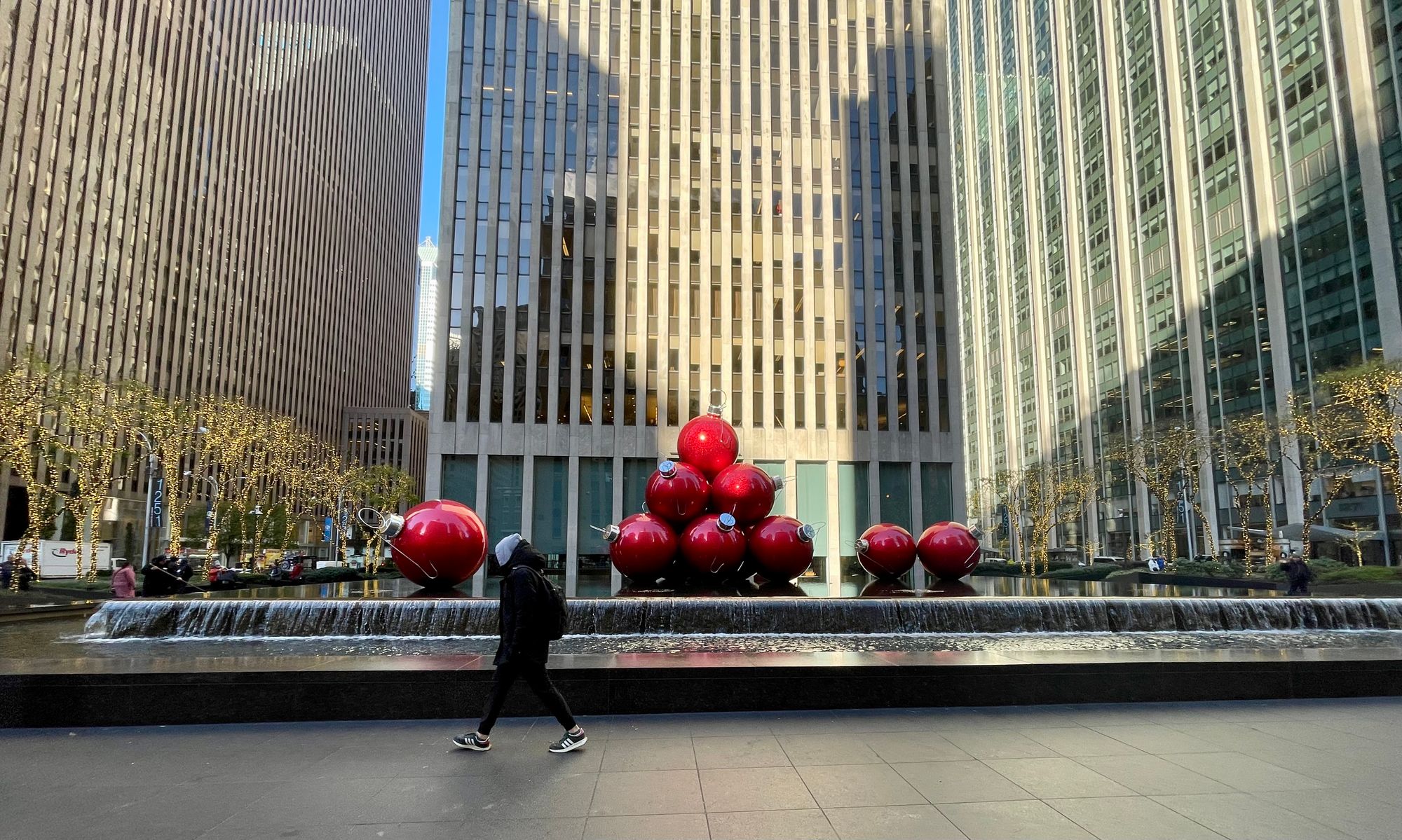
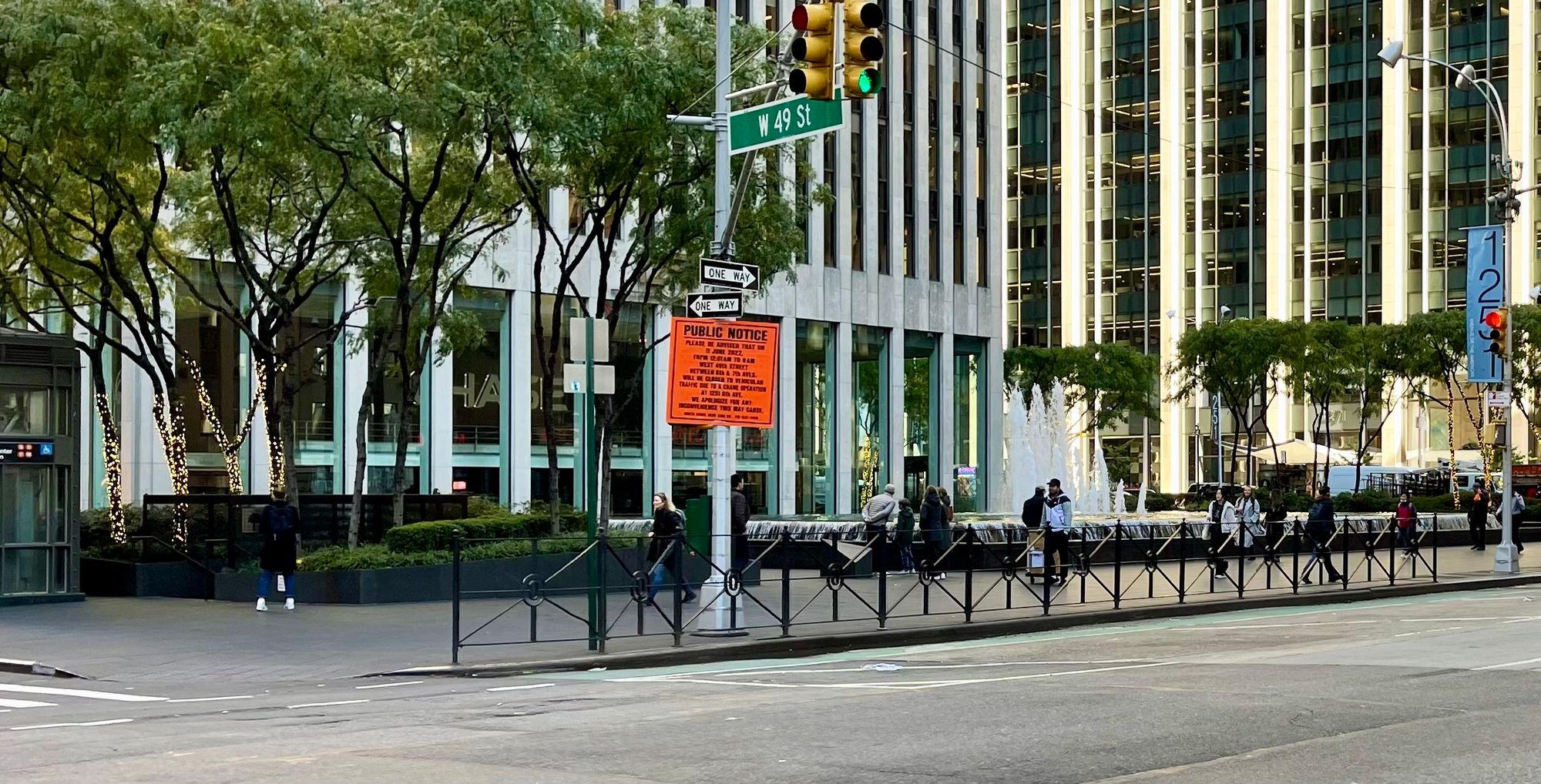
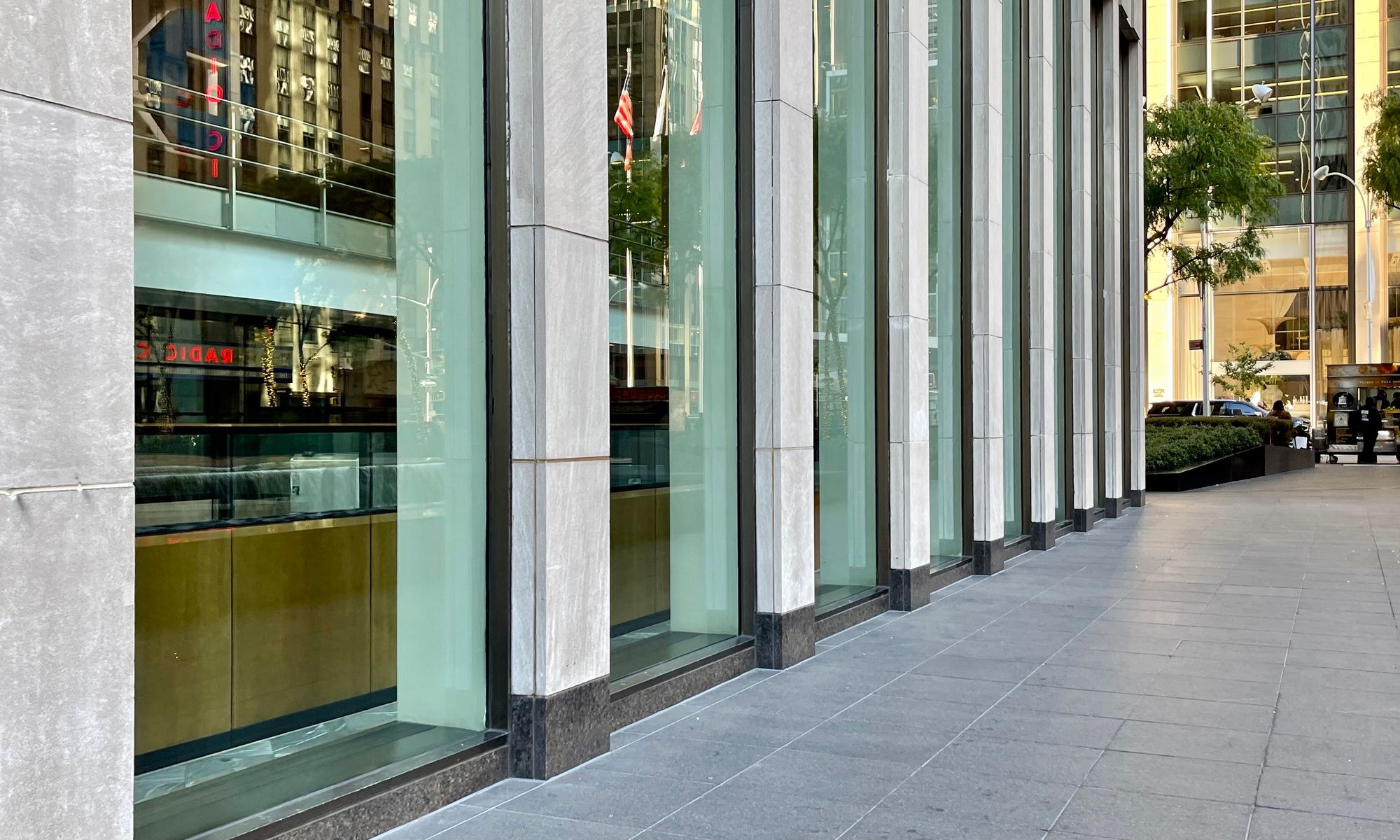
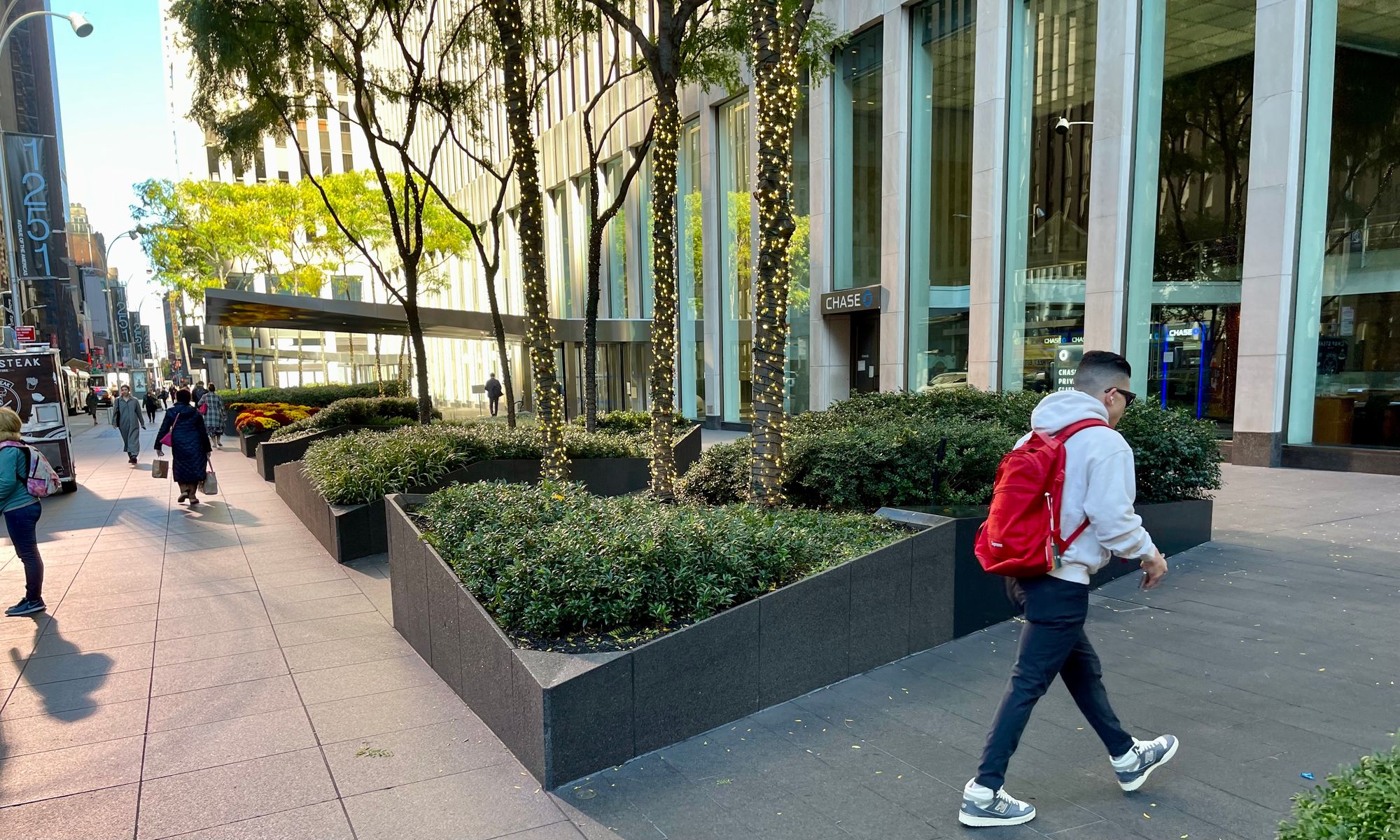
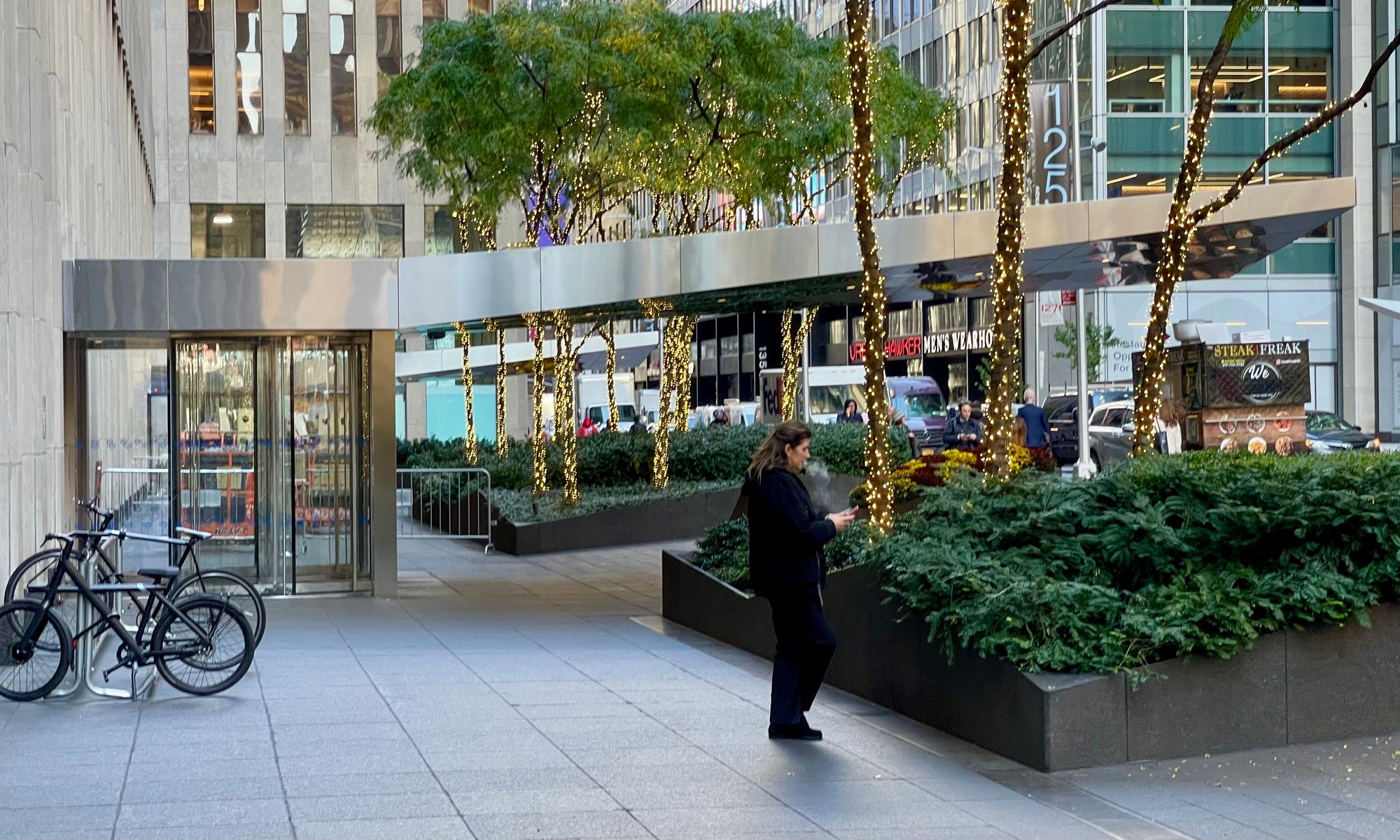
Plaza at 48th t0 49th Street virtually unusable
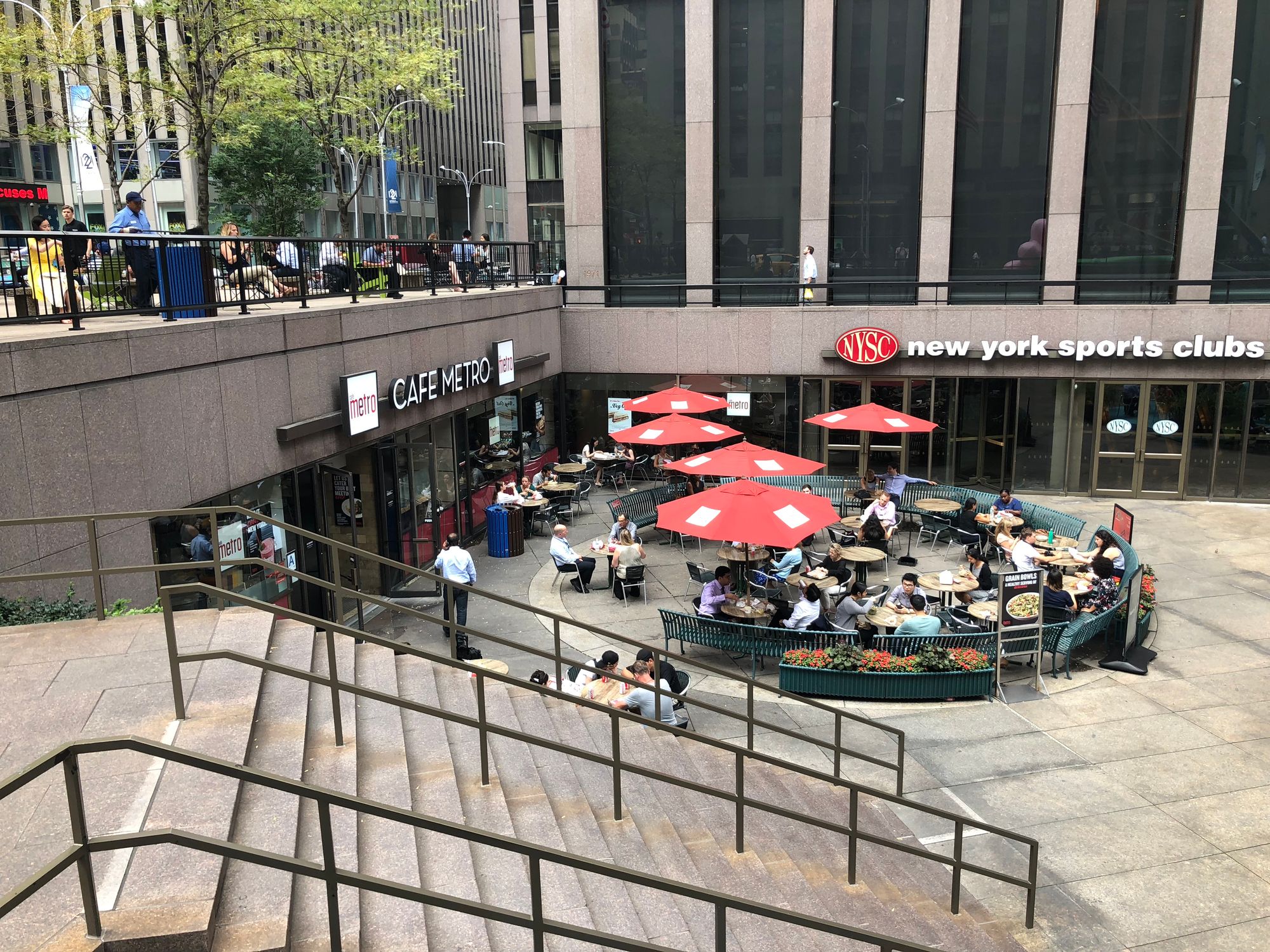
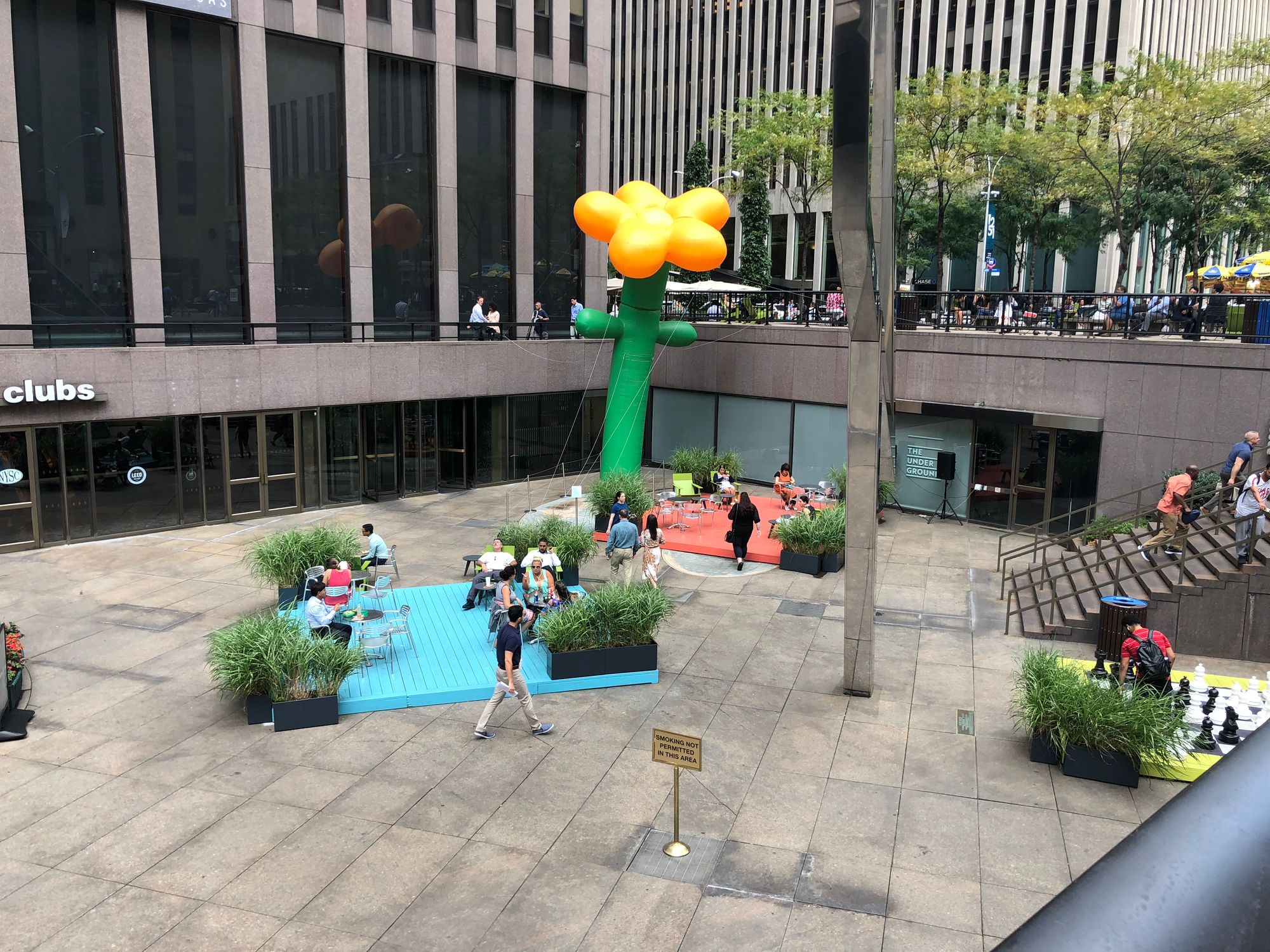
Food available on the Avenue is limited to a few cafes as one approaches Central Park, and within the Rockefeller Center complex there are only food trucks, street vendors, and kiosks on Avenue of the Americas.
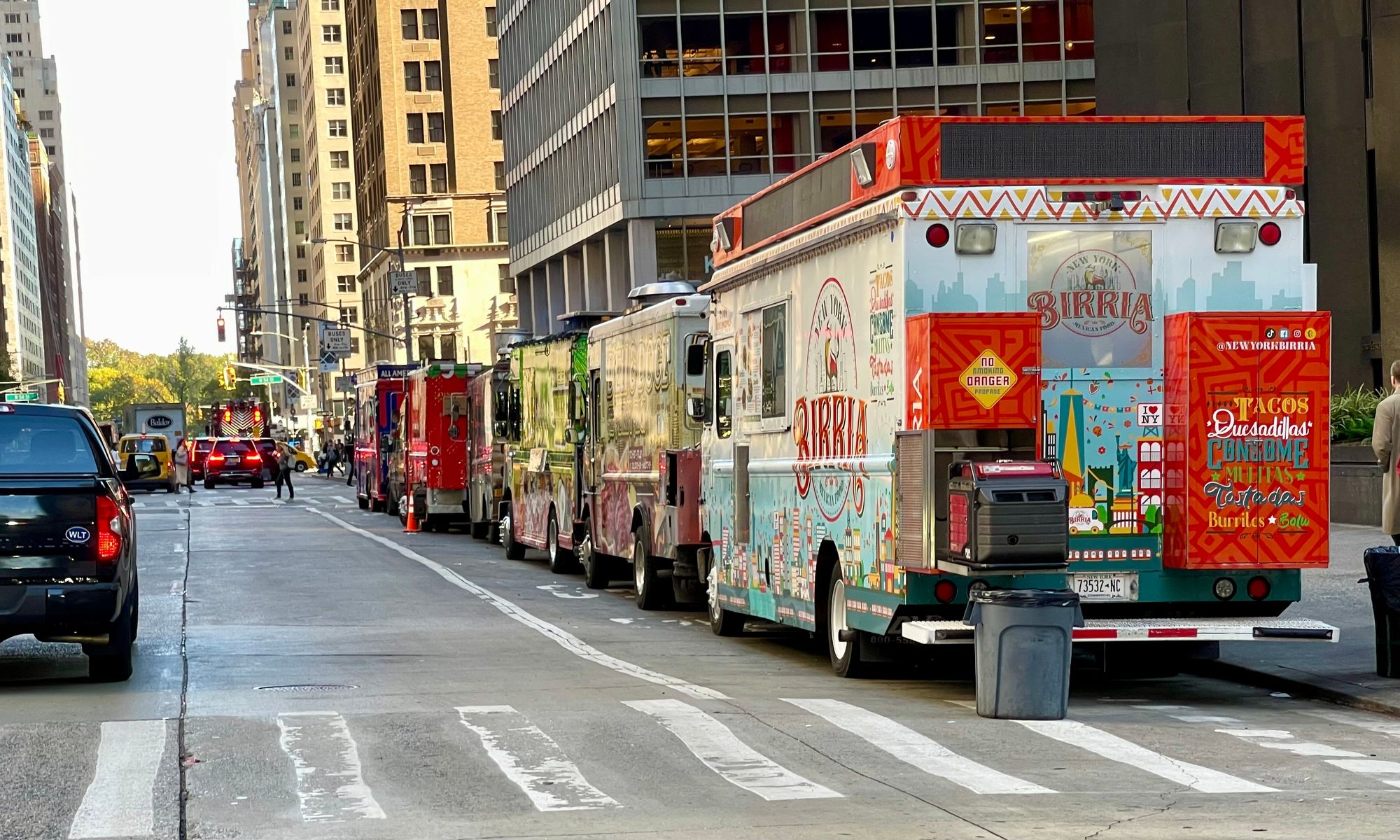
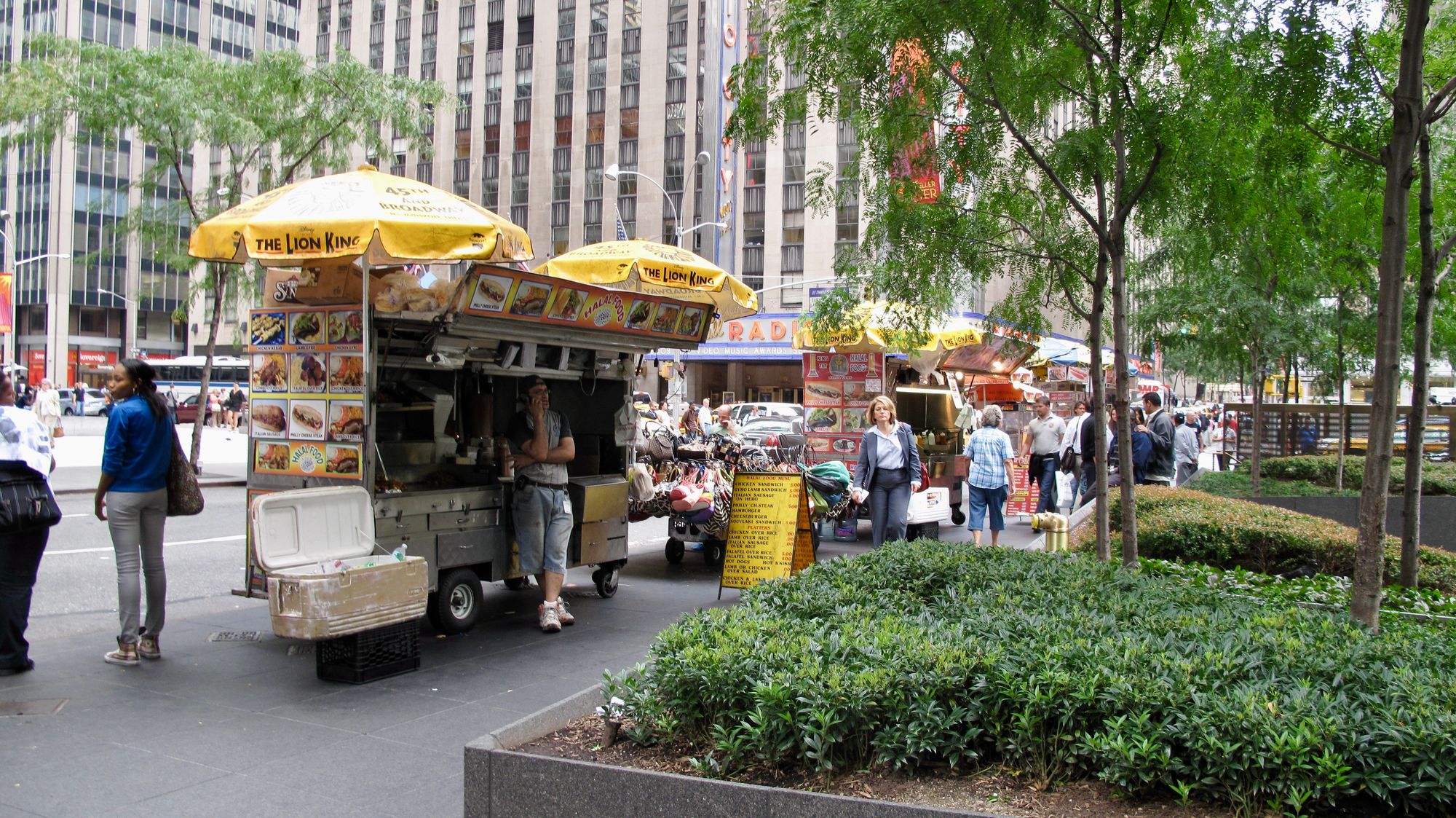
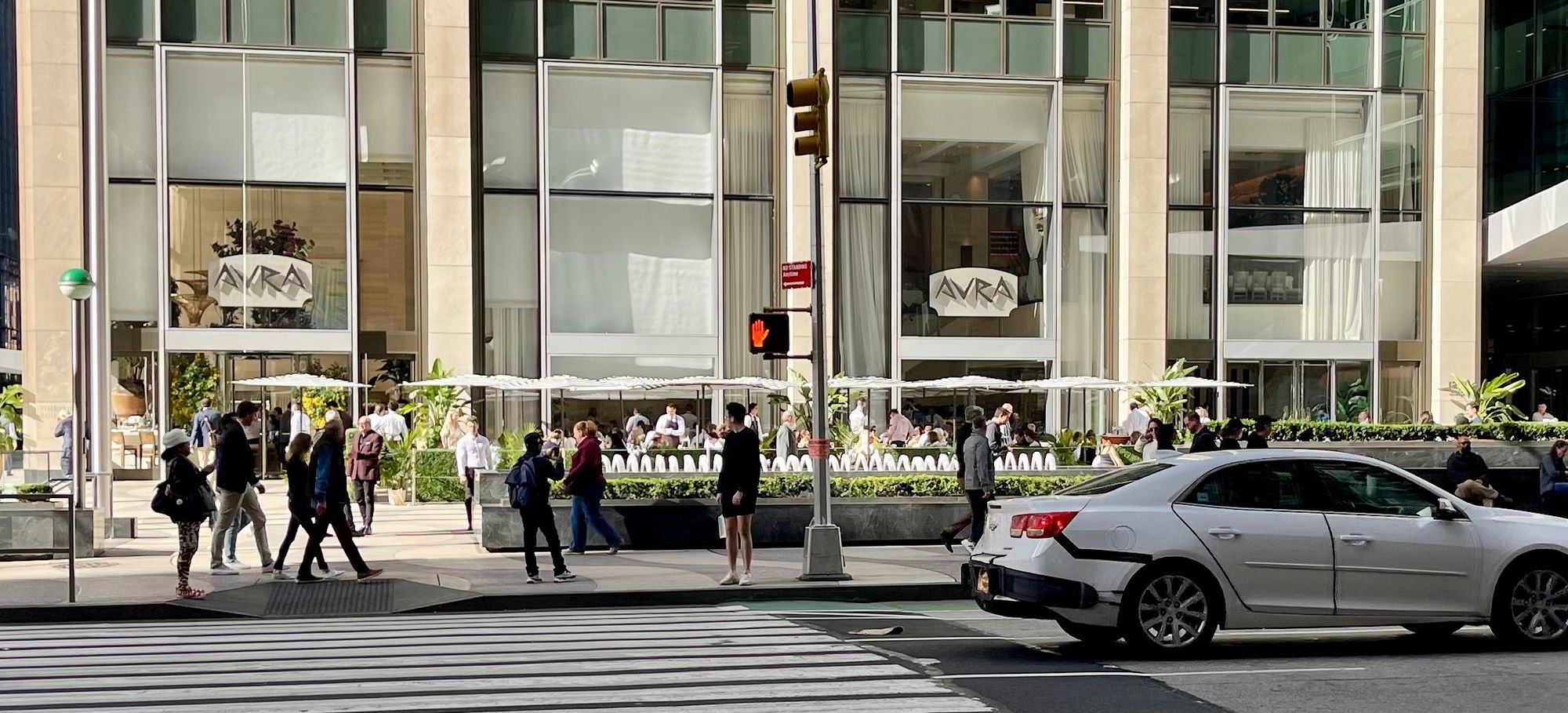
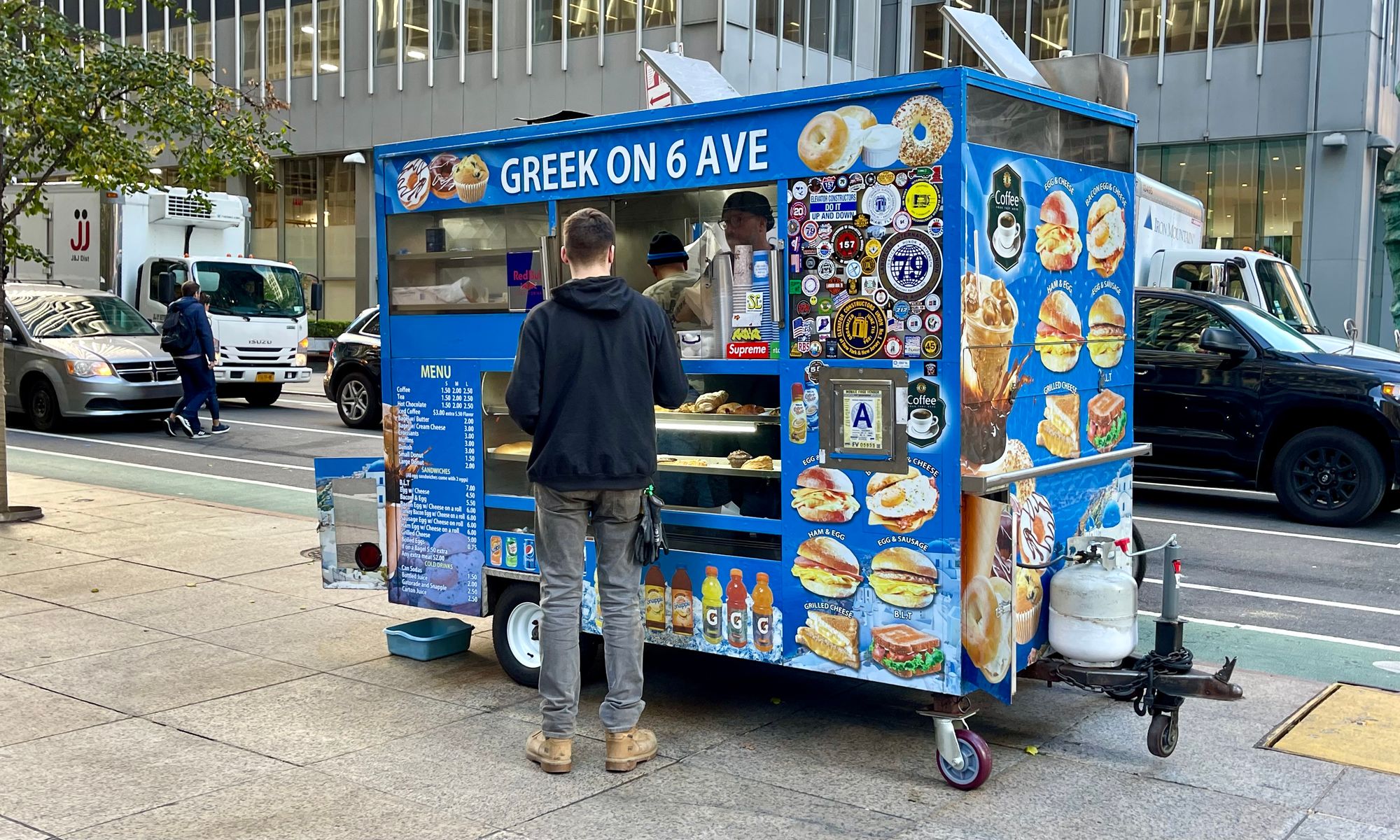
The Opportunity: Replace Plazas to create a series of "Squares"
Let's reimagine these spaces as great squares where people come together, sitting in outdoor cafes around a busy space -- not just plazas to ornament office buildings. In the center of these "new" squares are focal points that, together, draw attention to and create a new Rockefeller Plaza.
The reimagined public space could extend the qualities of the historic part of Rockefeller Center to the west, with narrowed crosstown streets extending from 5th Avenue and to Times Square. The historic part of Rockefeller Center has the qualities we would like to apply elsewhere with the restaurants and retail in all the buildings on the plaza Fifth Avenue and Channel Gardens. Adding those to the west side of Rockefeller Center could have a big impact on this district becoming a major part of the "New Heart" of Midtown.
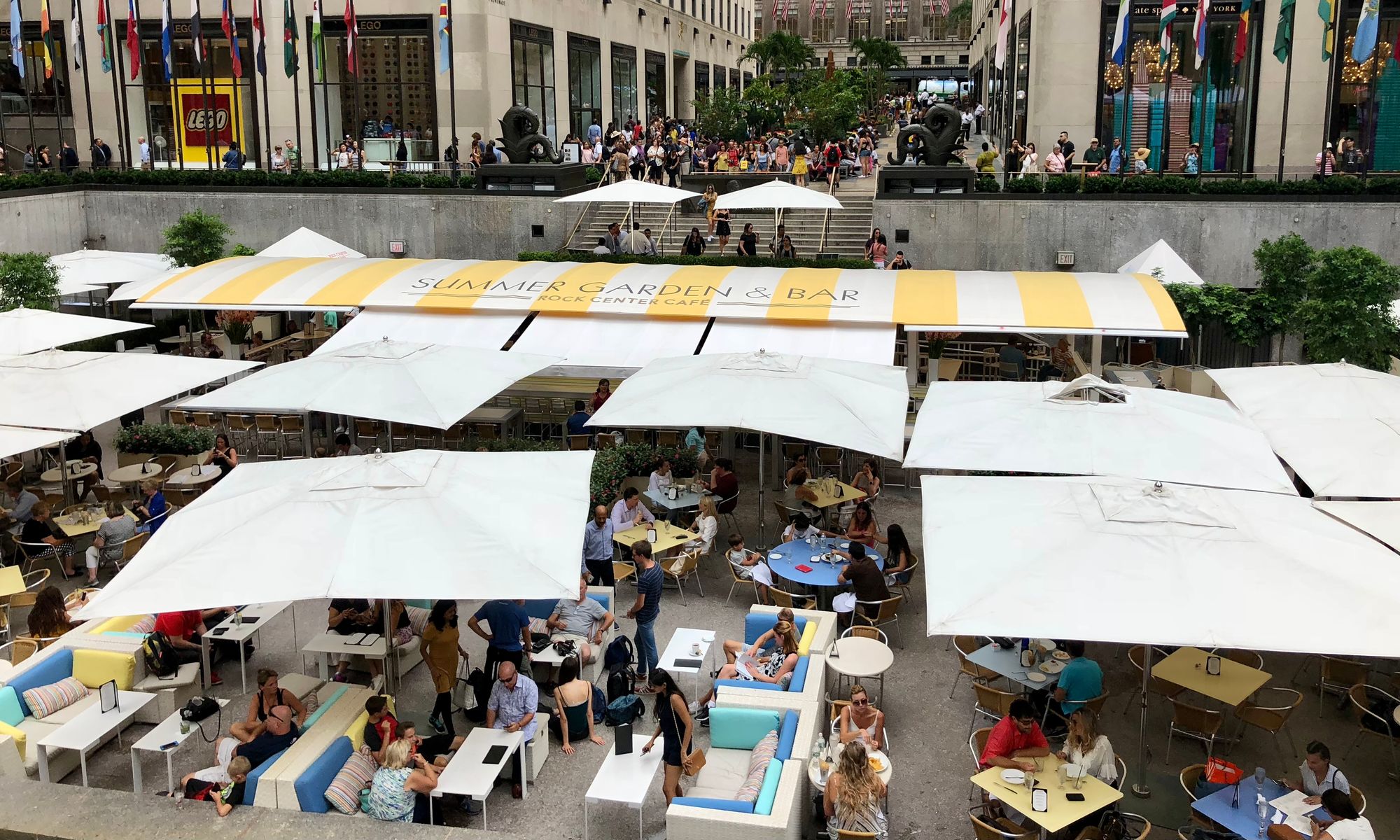
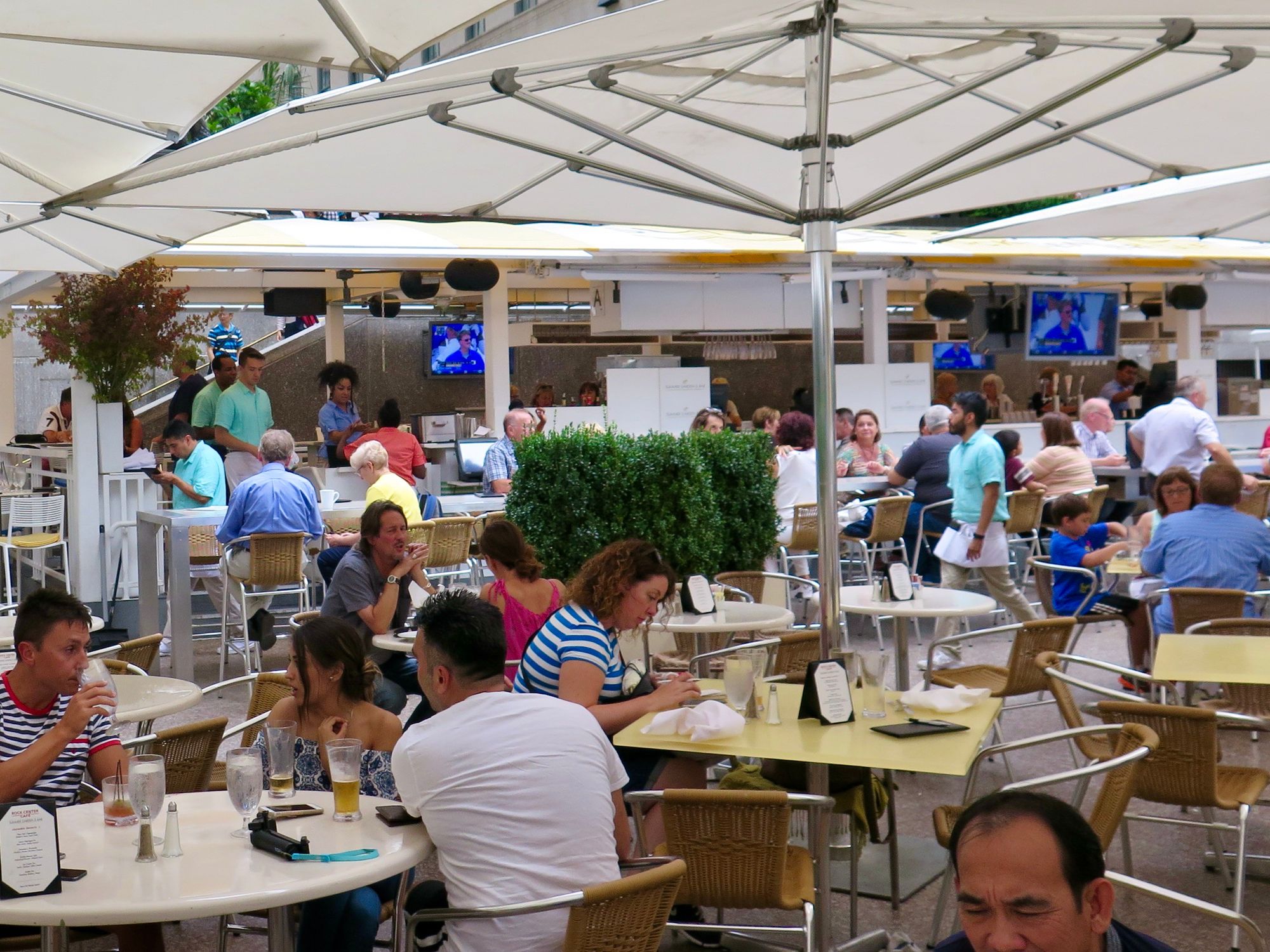
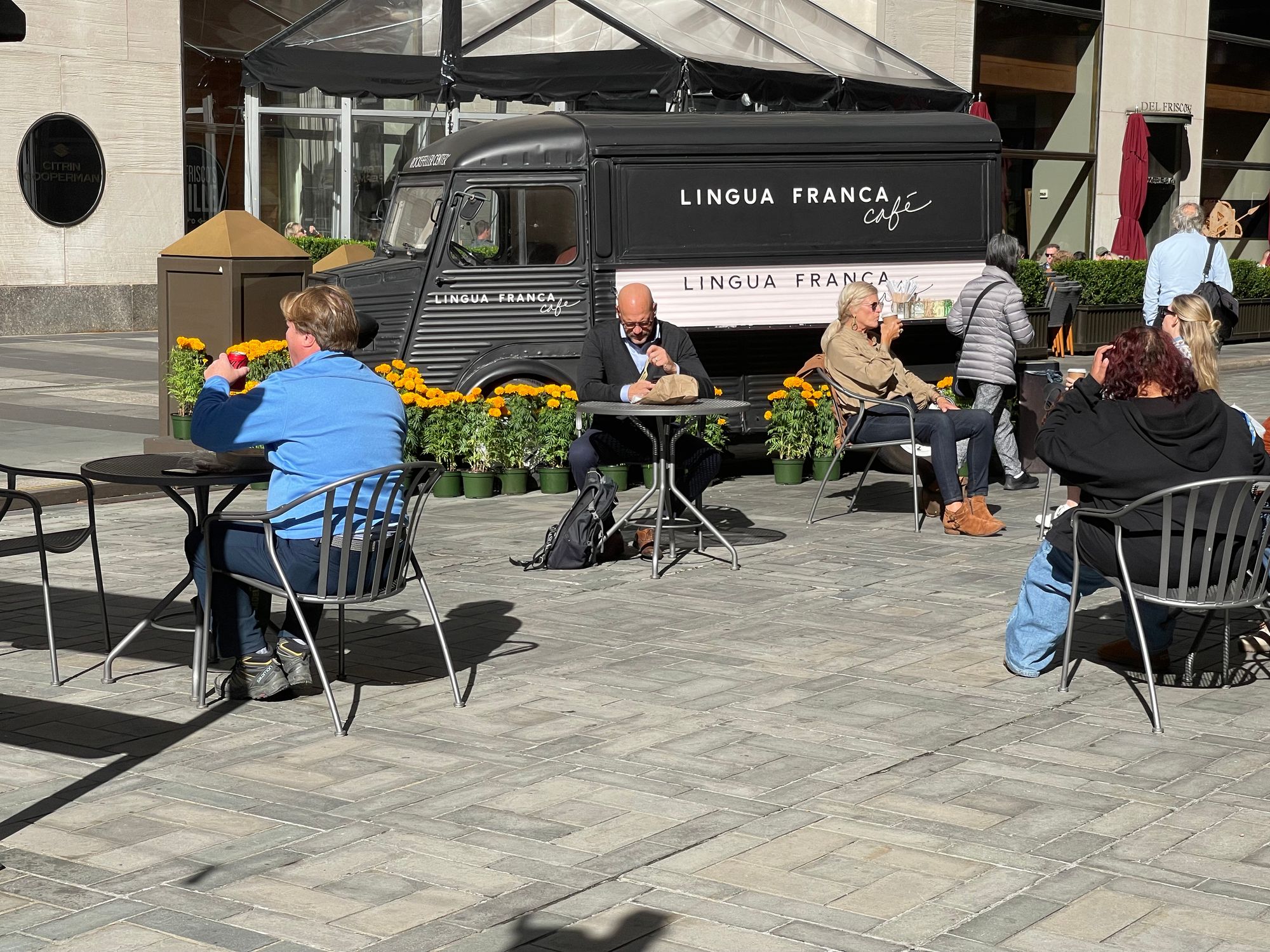
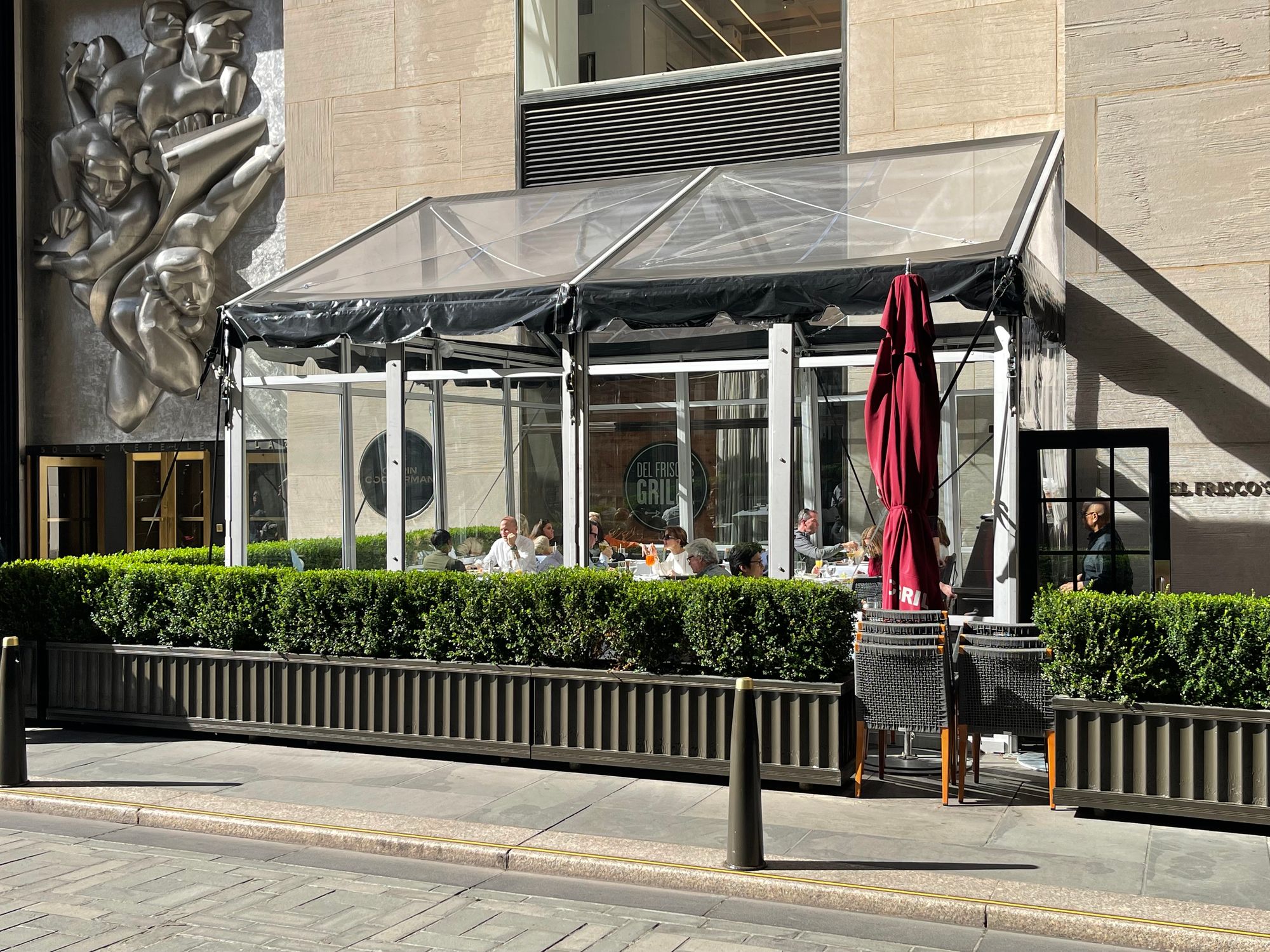
Below are some ideas of what the buildings on the west side of 6th Avenue could become that would face into what can be redefined as "squares". The images below are examples of how, by taking the bottom section of each of the towers, opening up the base of each building, that would activate a new public space, making a unique "square" for each building.
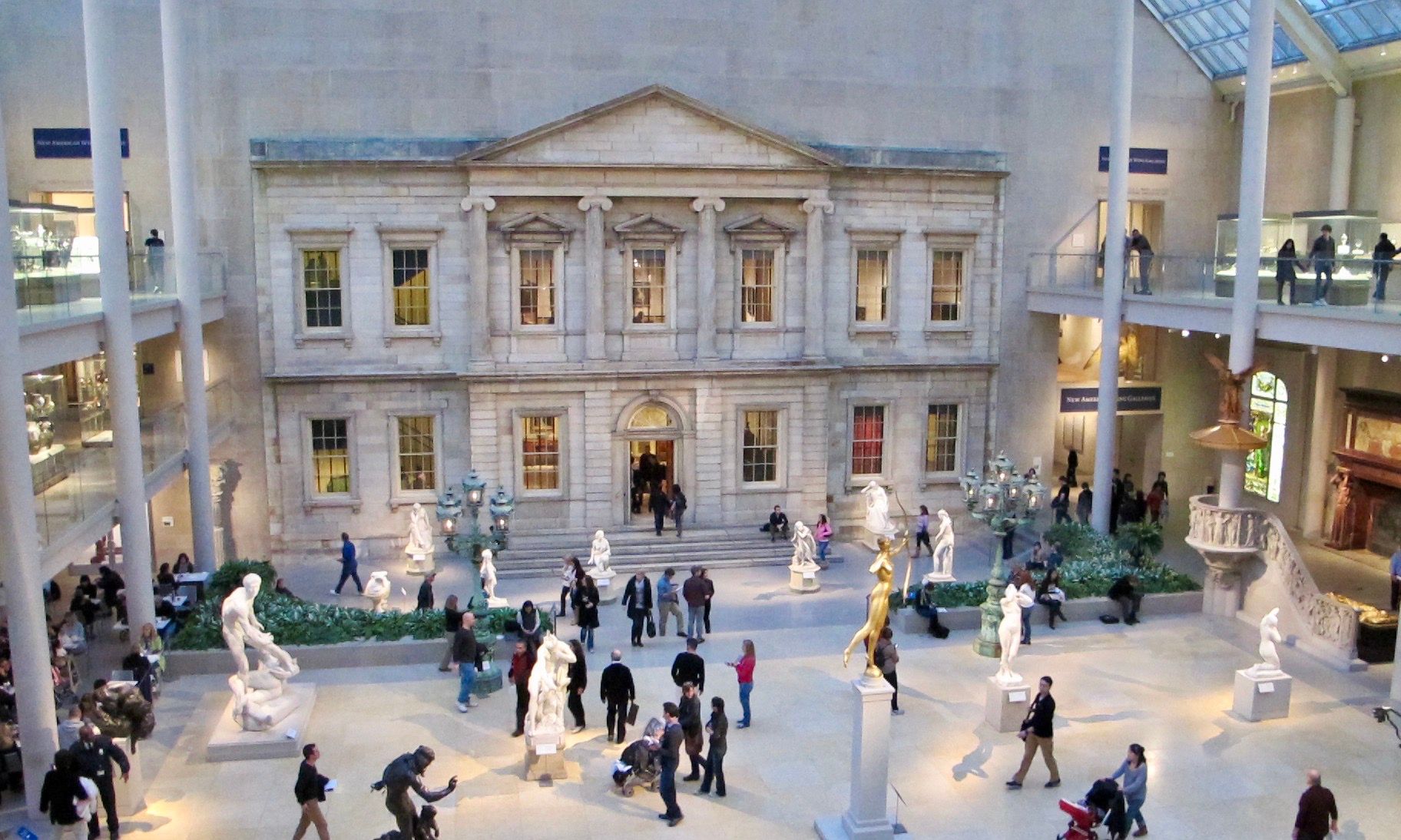
Metropolitan Museum American Wing Plaza
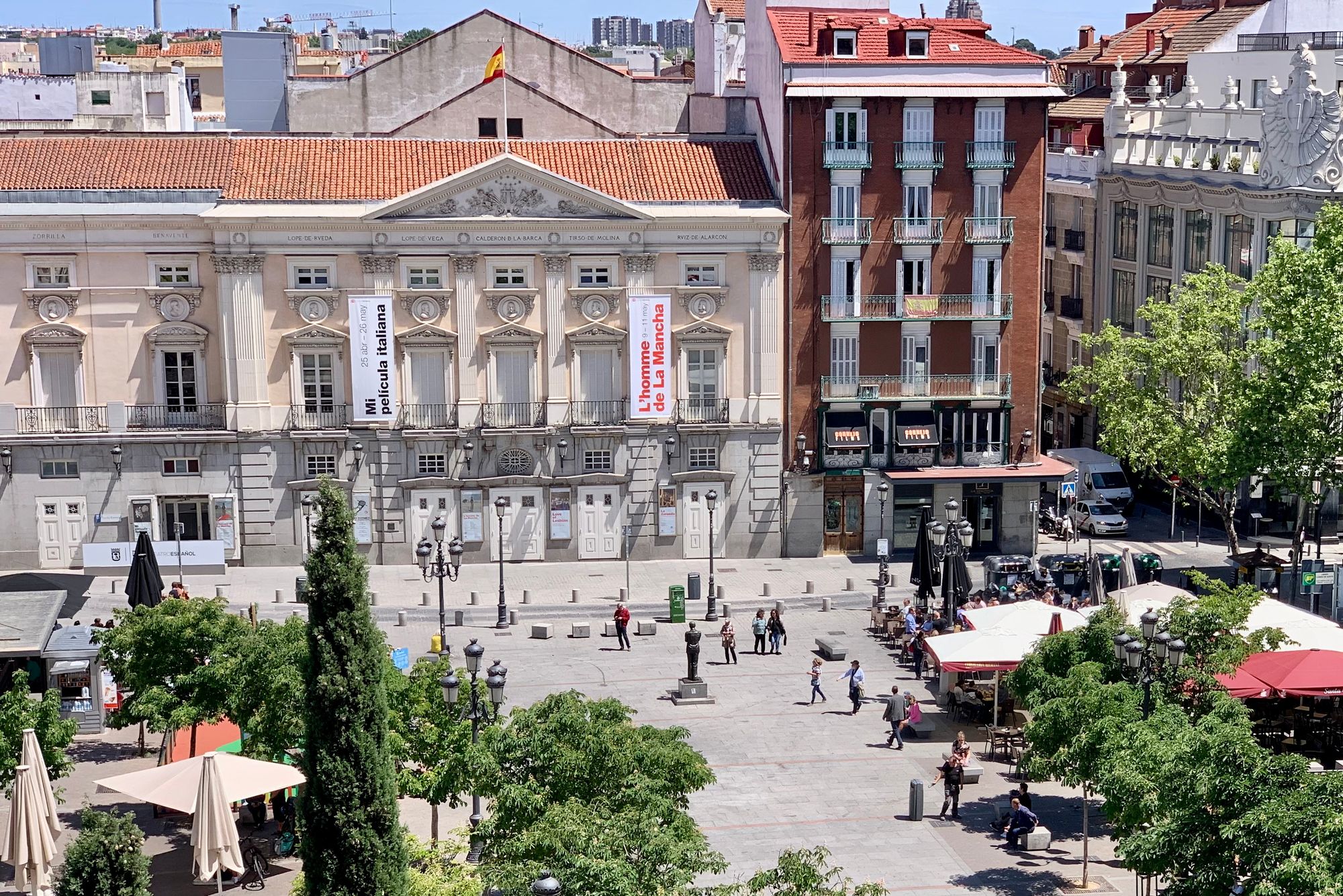
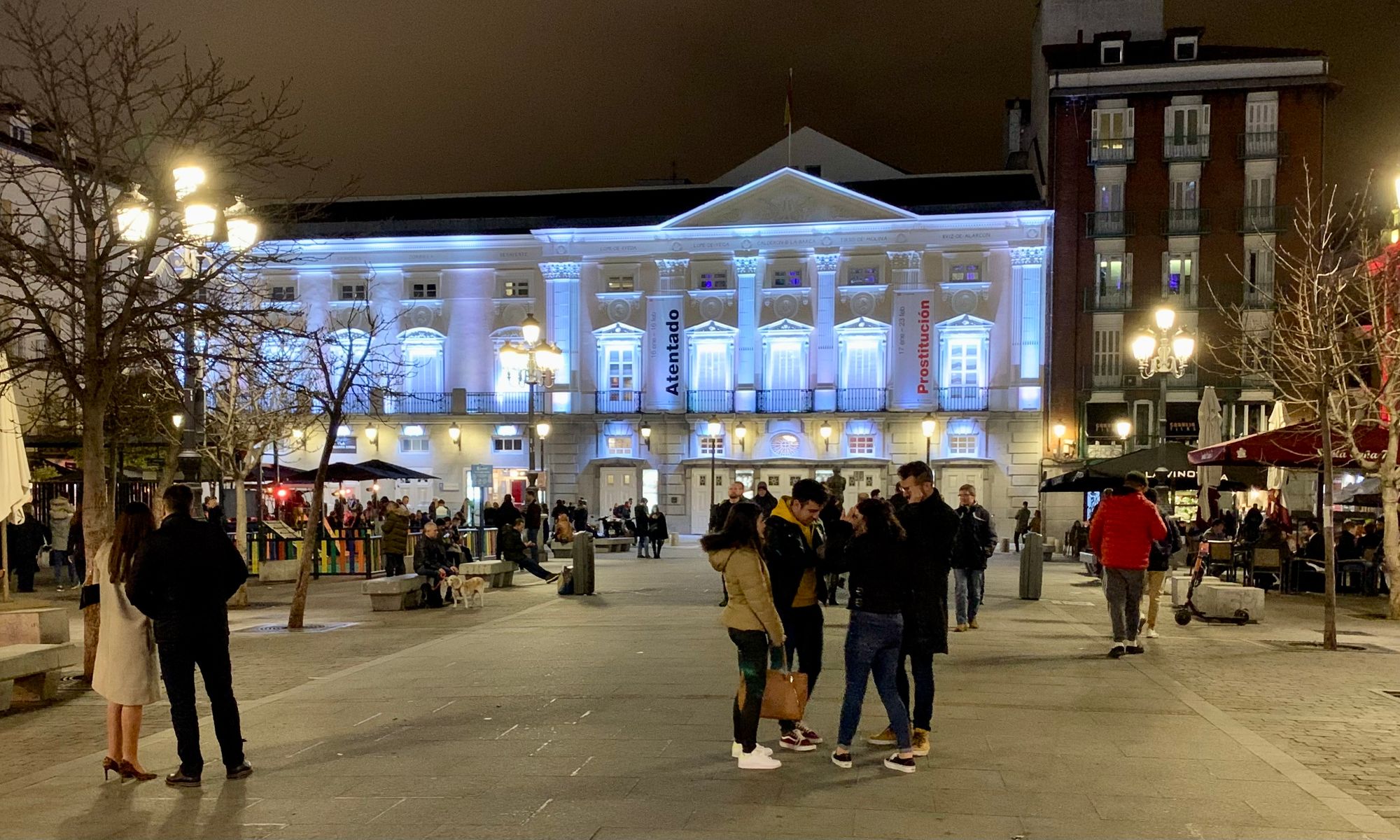
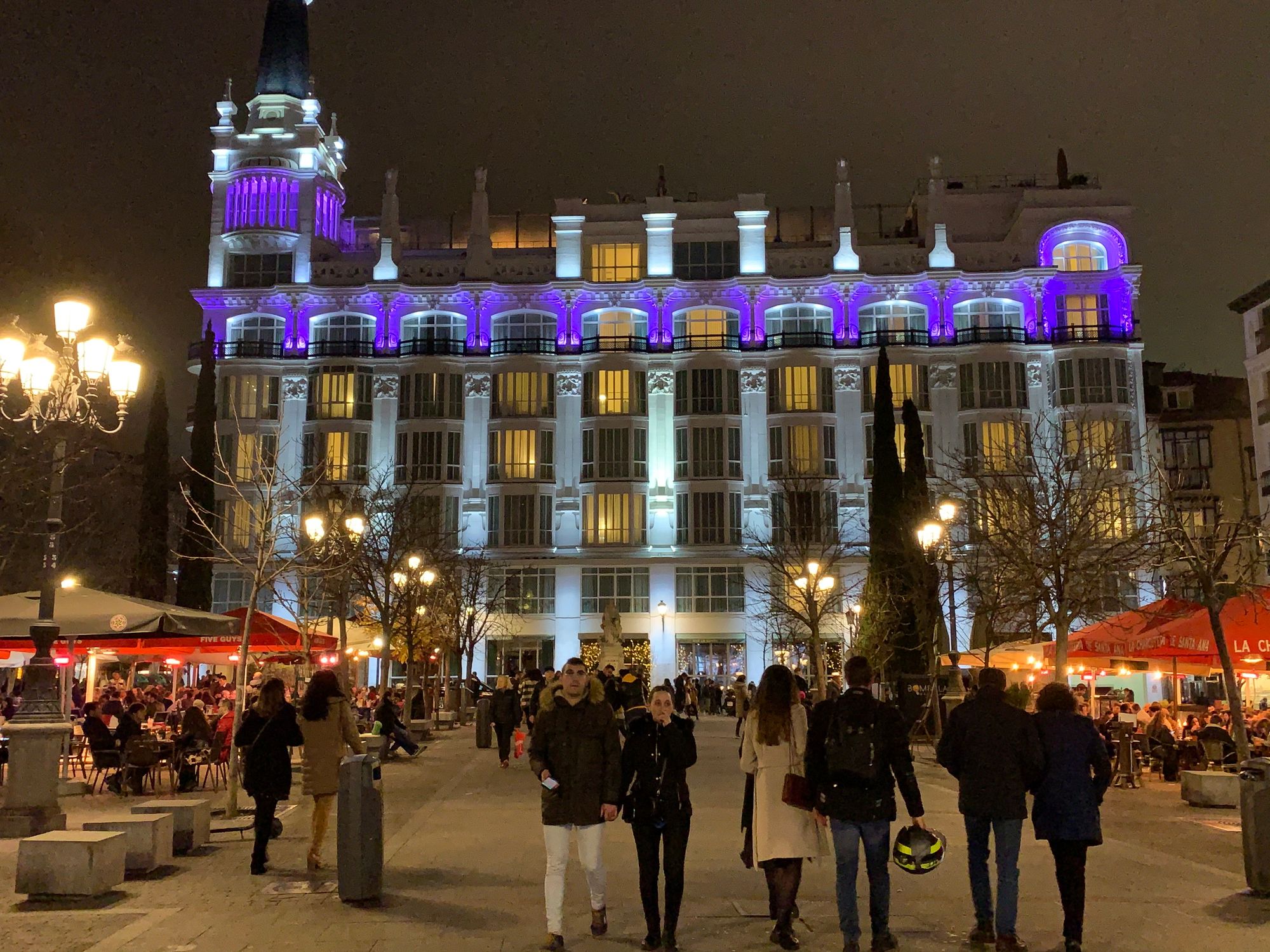
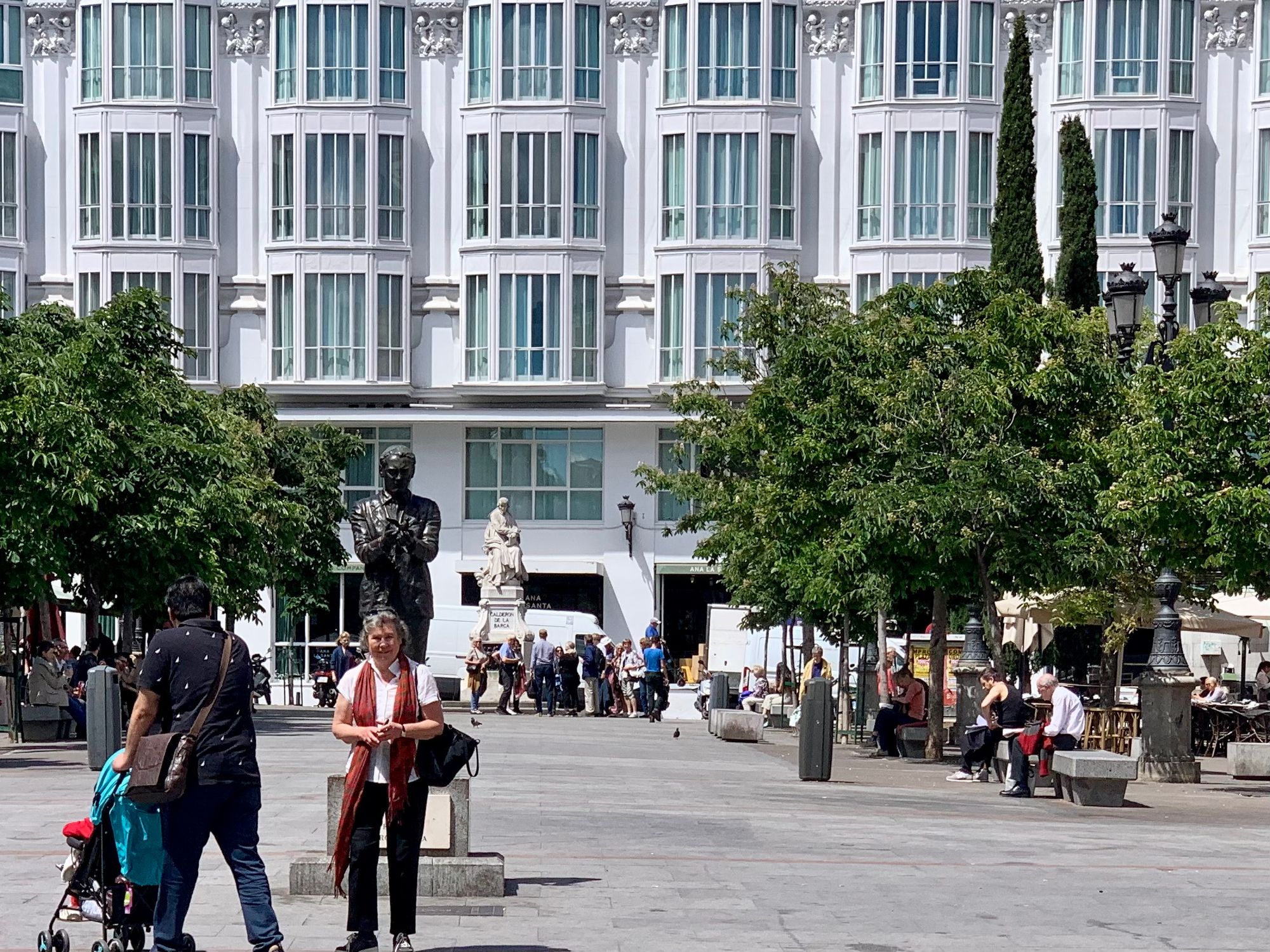
Madrid Square Santa - Ana
Concept B: A New Front Door and Identity for Radio City Music Hall
Despite its size and prominence, there's only a narrow sidewalk in front of Radio City Music Hall to accommodate thousands of patrons attending its famed performances. The Music Hall is hidden and barely visible on the corner of 51st street and Avenue of the Americas, along with other uses along the Avenue and the side streets.
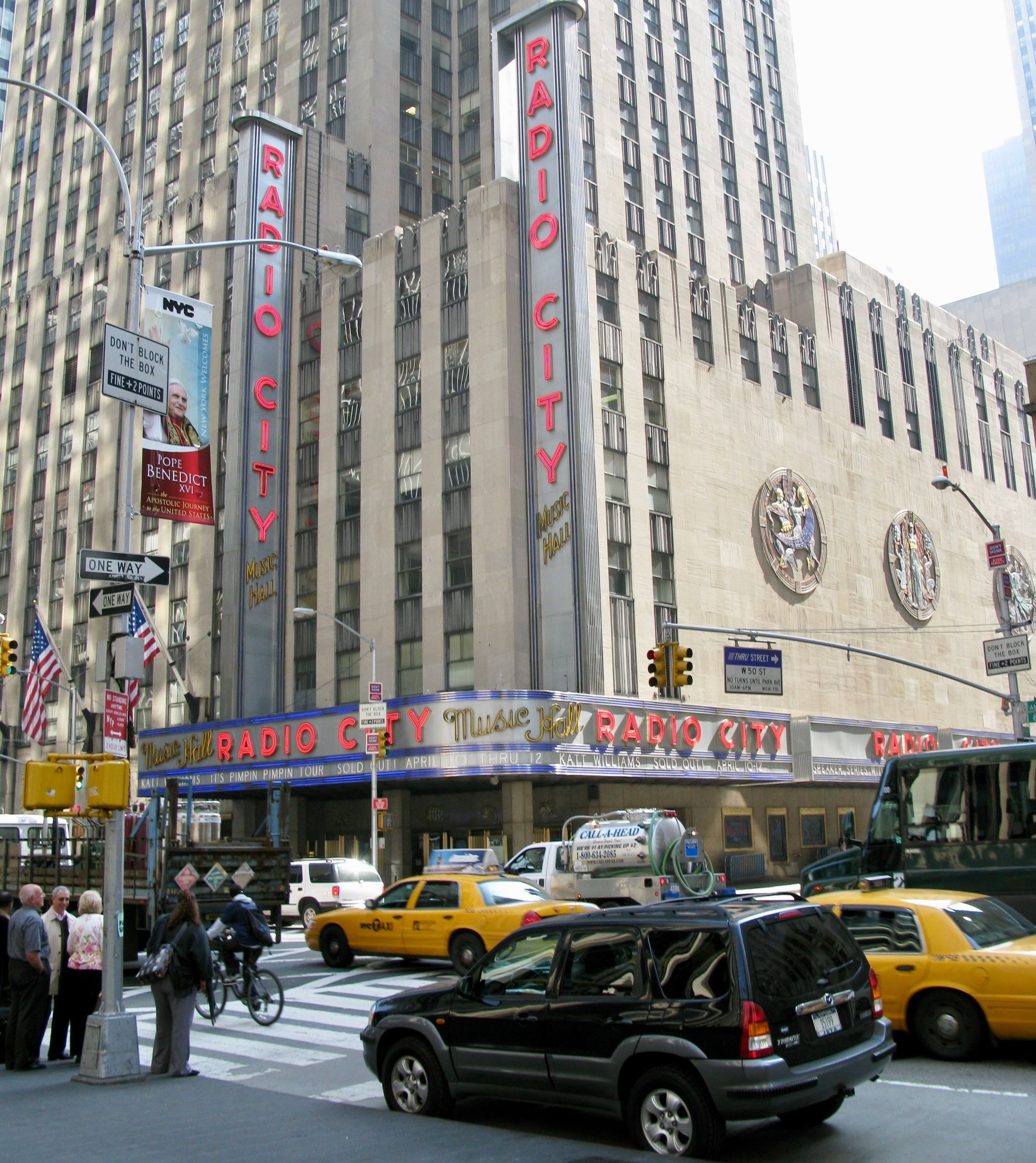
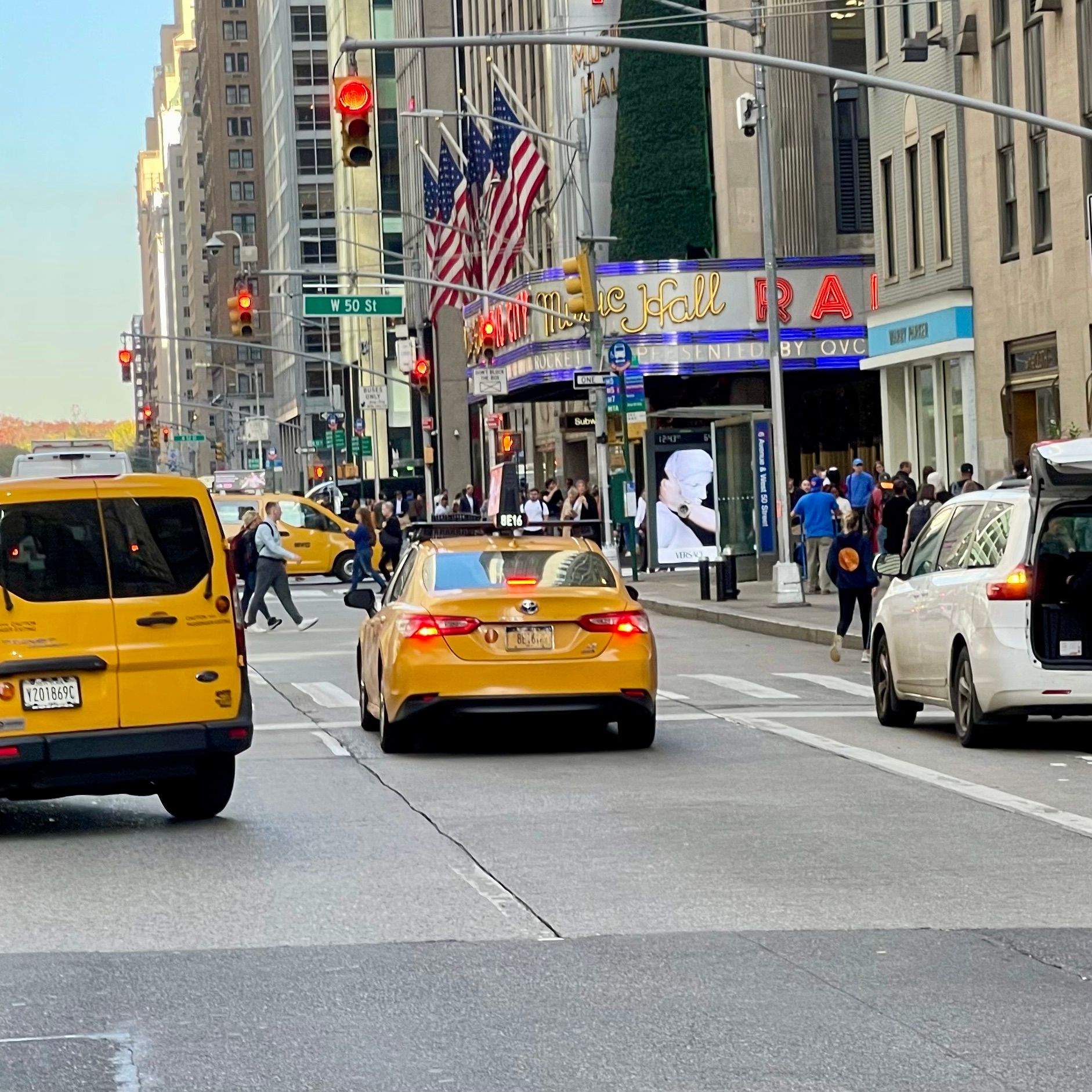
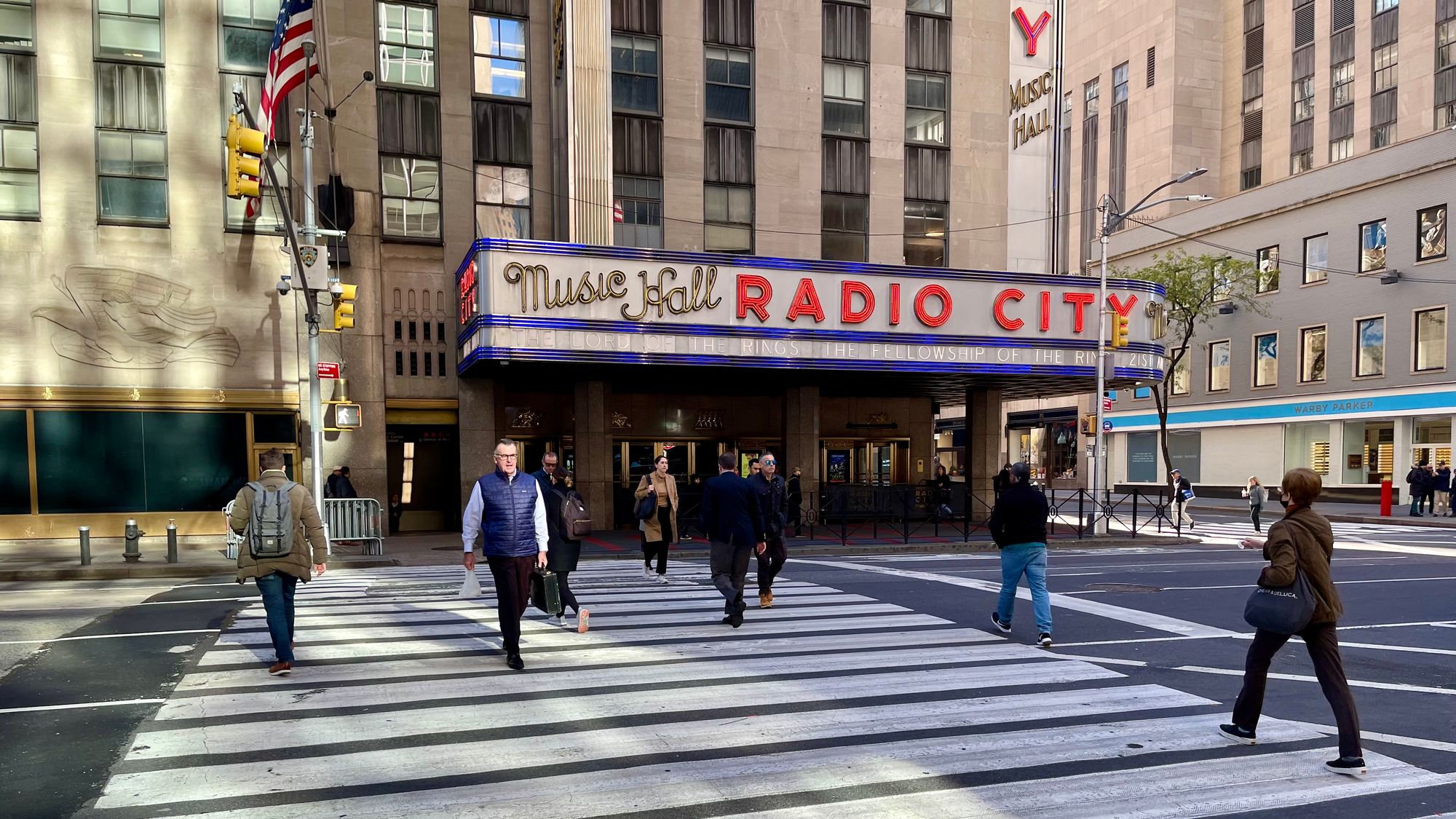
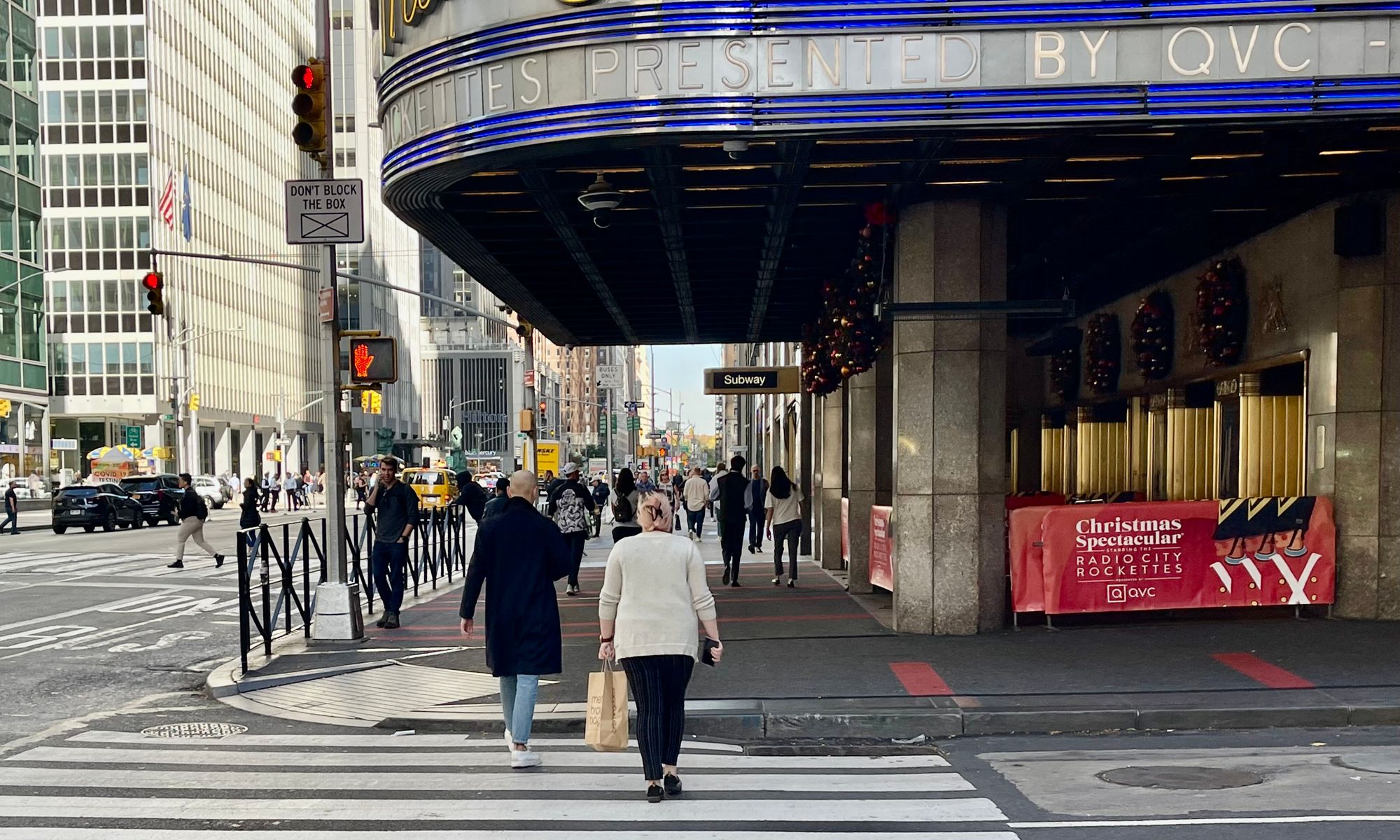
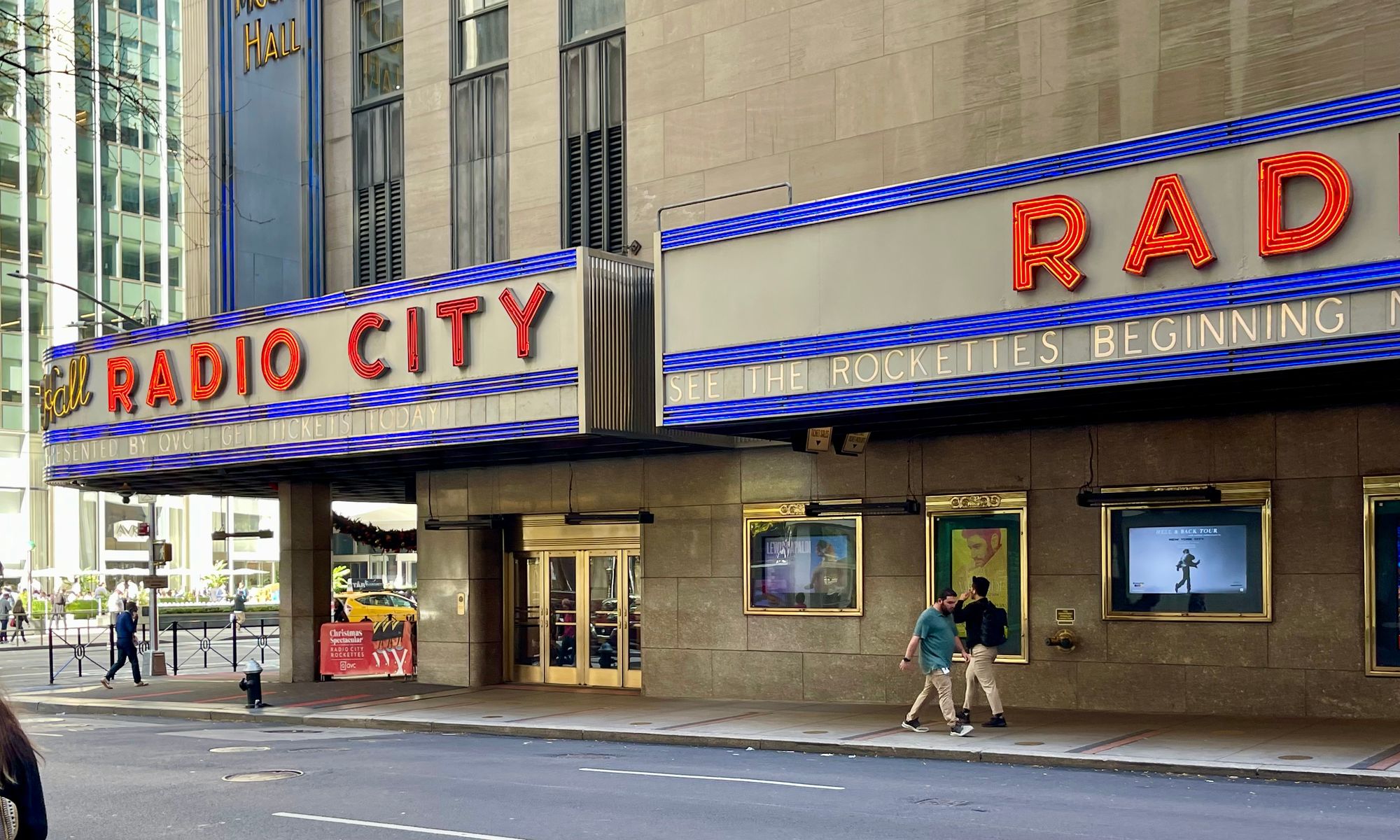
An anchor for the new Rockefeller Center Plaza west is Radio City Music Hall. By widening sidewalks – rather than erecting fences so people can't jaywalk – the theater can extend its interior grandeur to the exterior.
Recently, the Public Theater, originally built as a library, took advantage of widening of sidewalks on Lafayette Street to create a strong presence and public spaces at its front door.
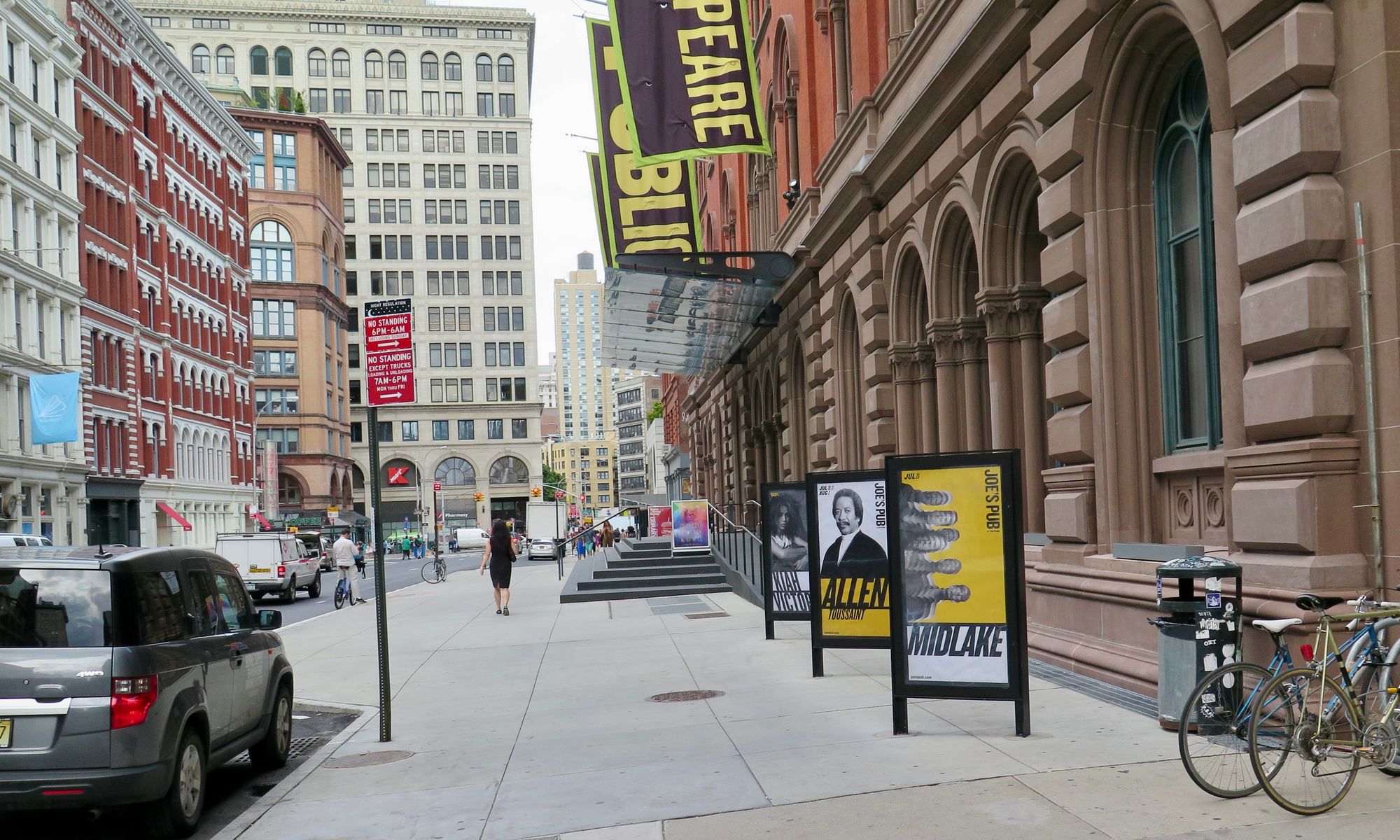
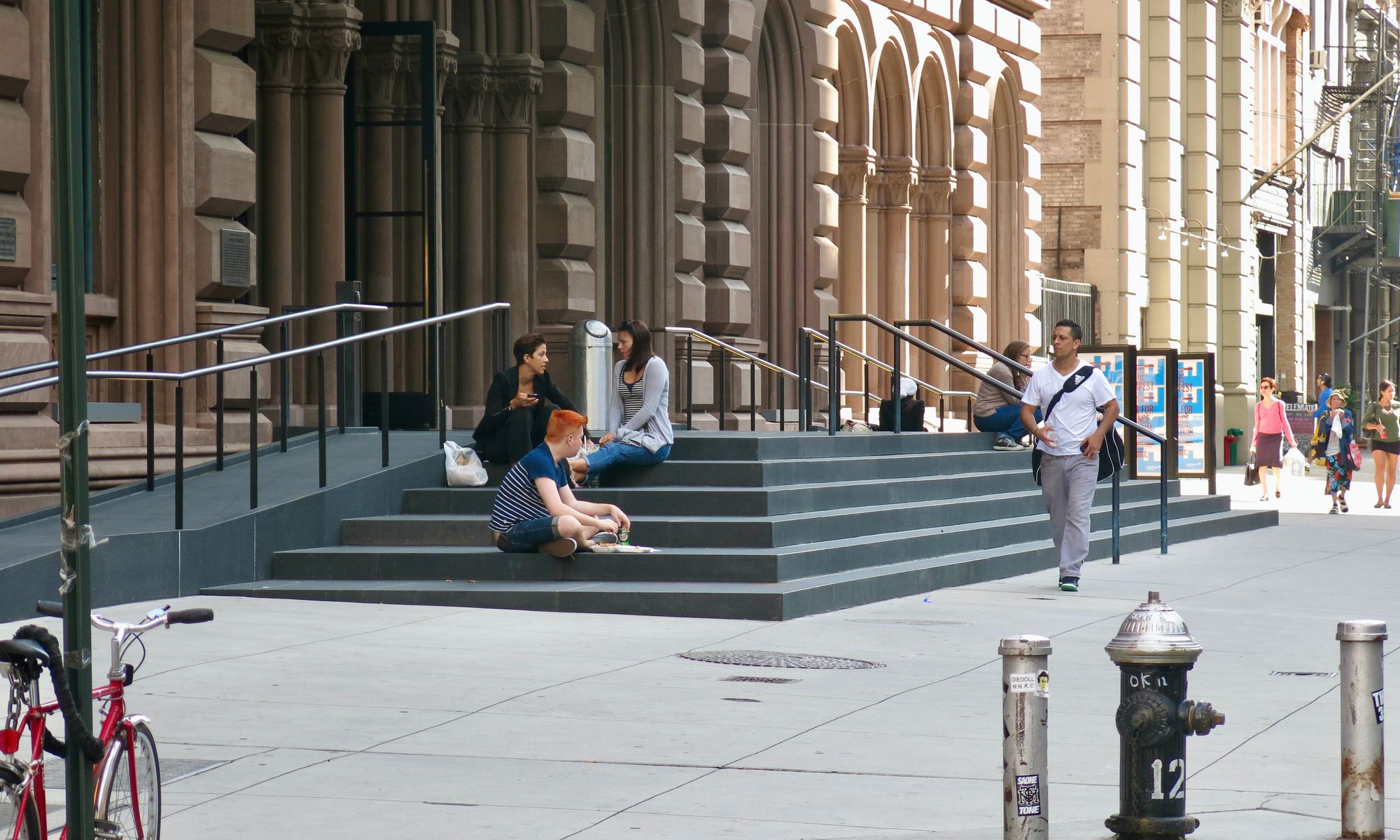
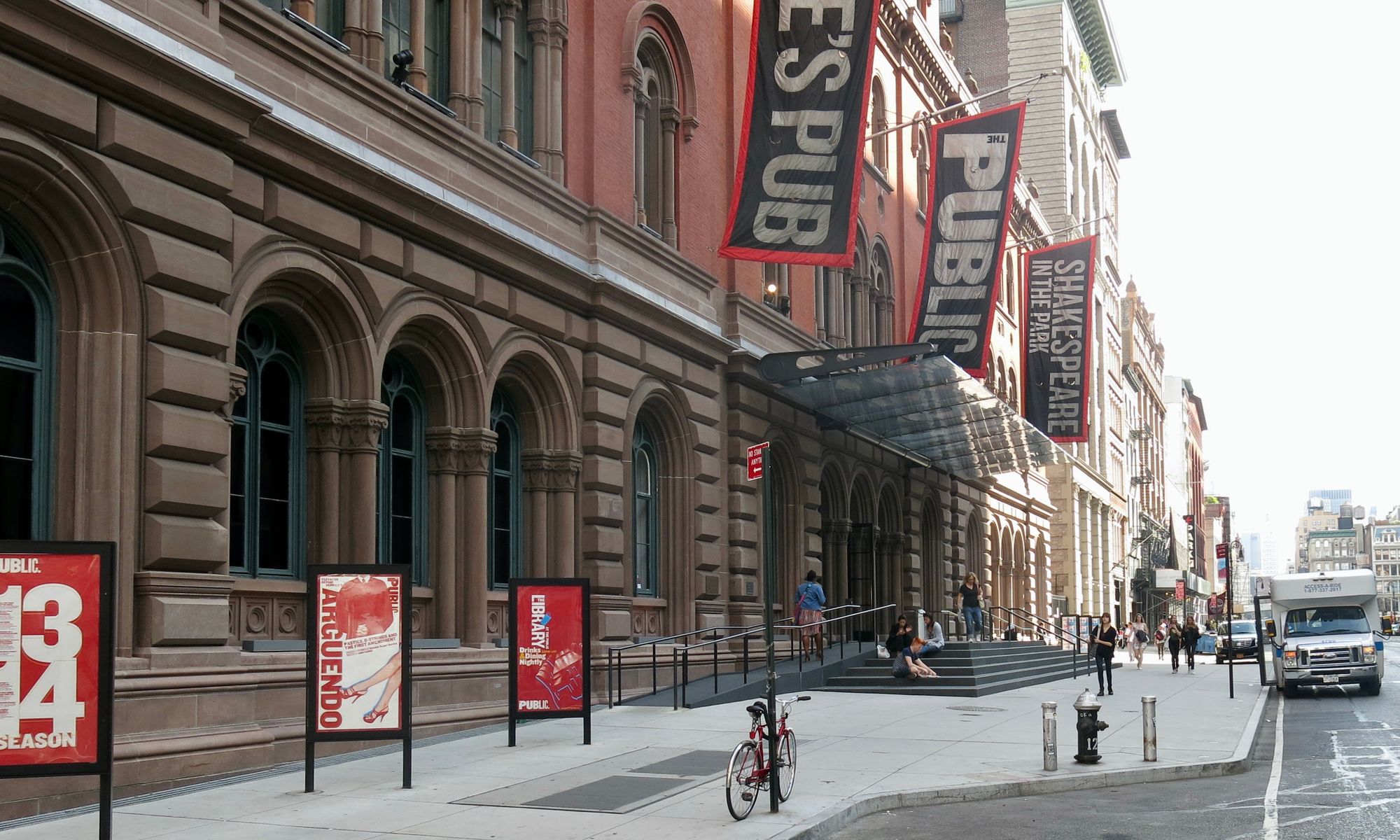
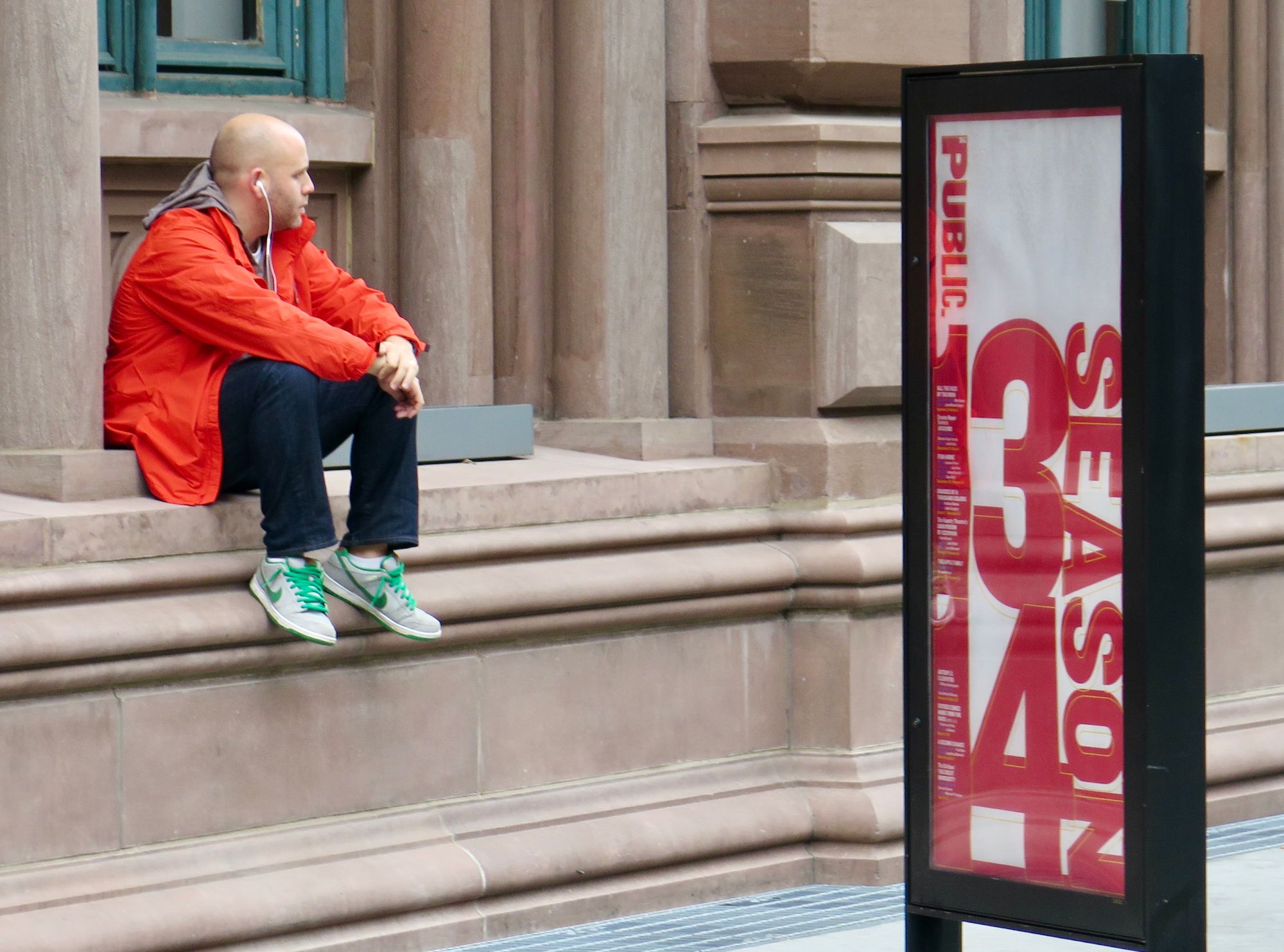
Manhattan's Public Theater in Astor Place
With a fairly narrow sidewalk, the Budapest Opera House has a strong presence on the sidewalk in front.
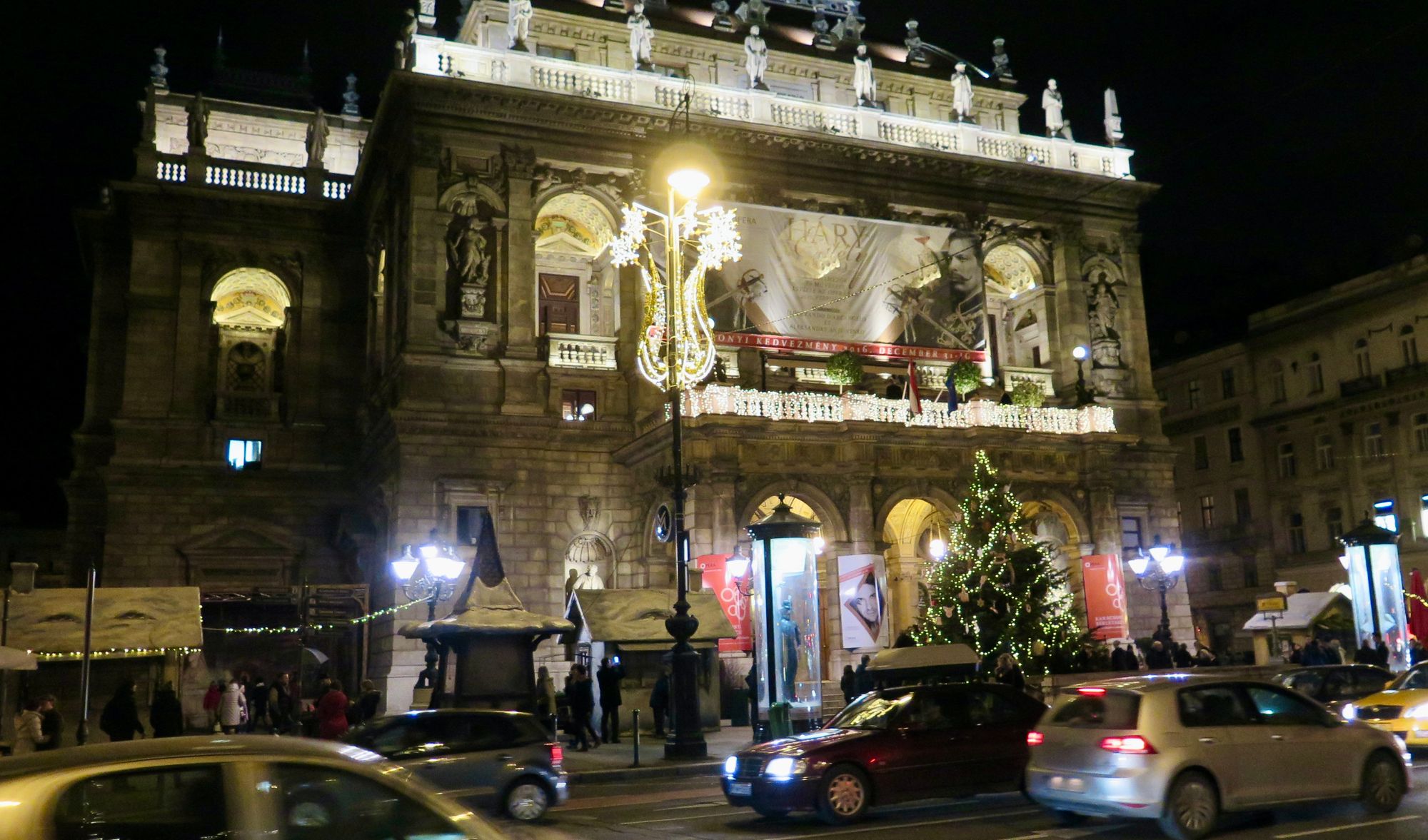
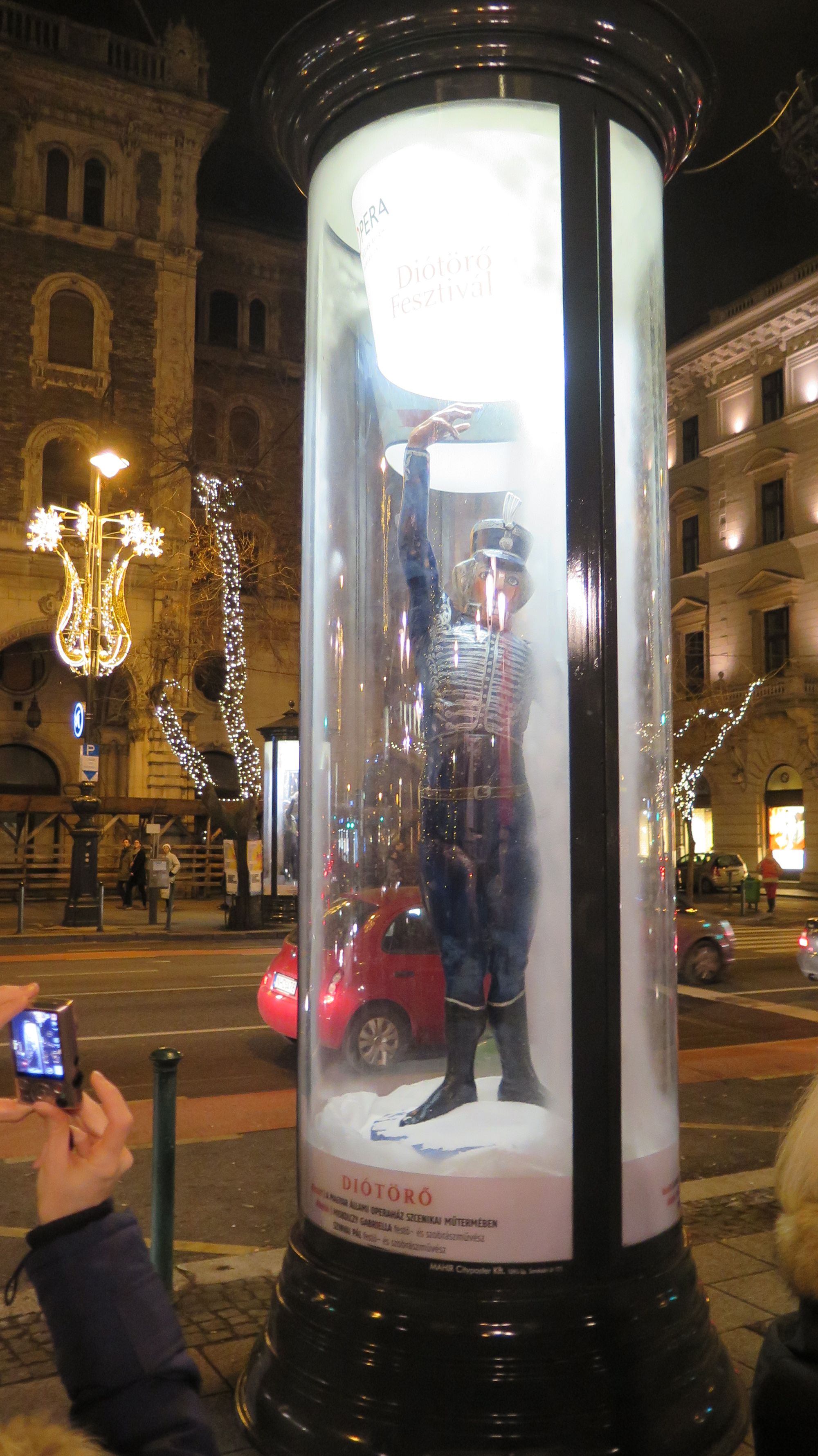
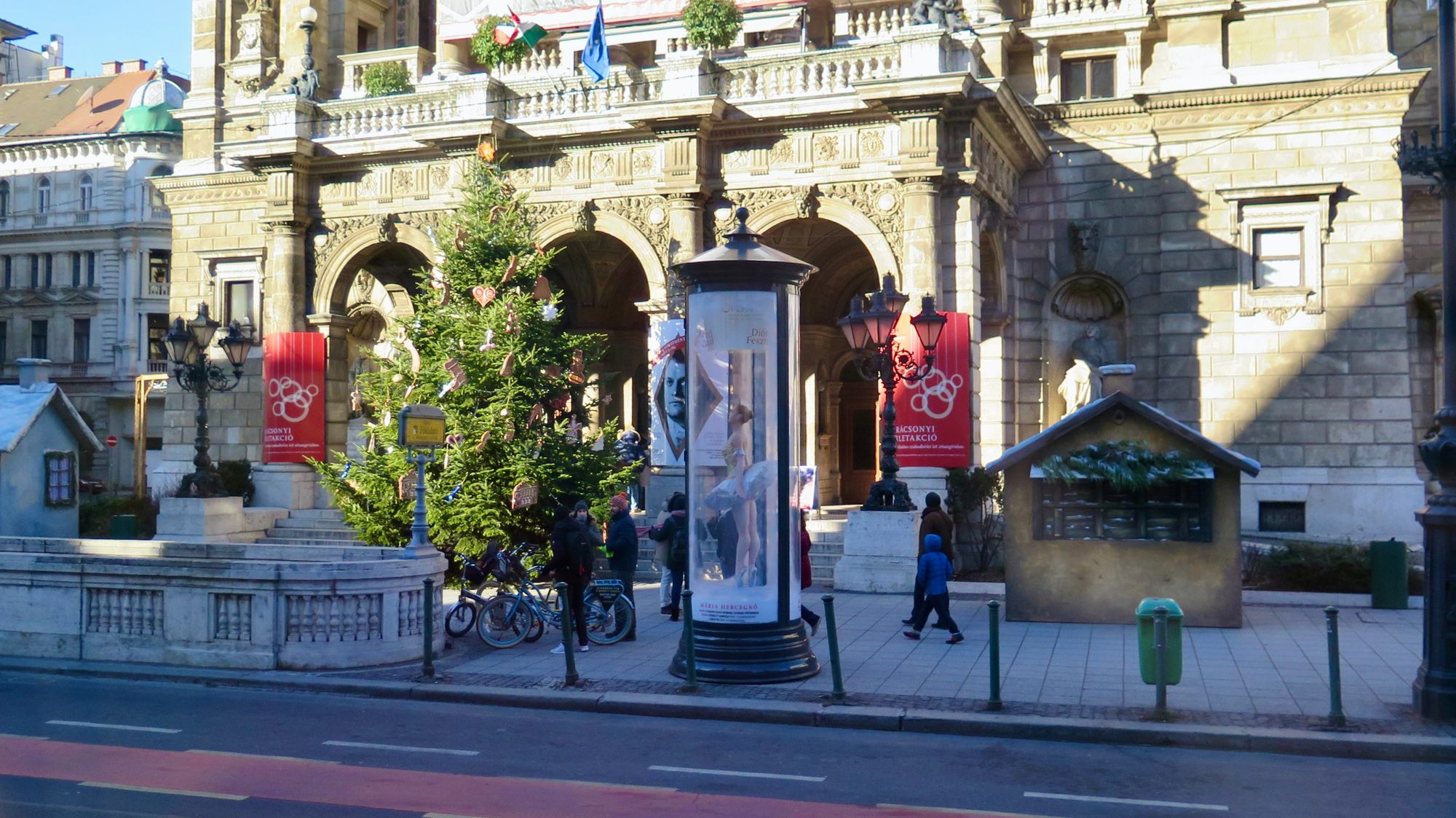
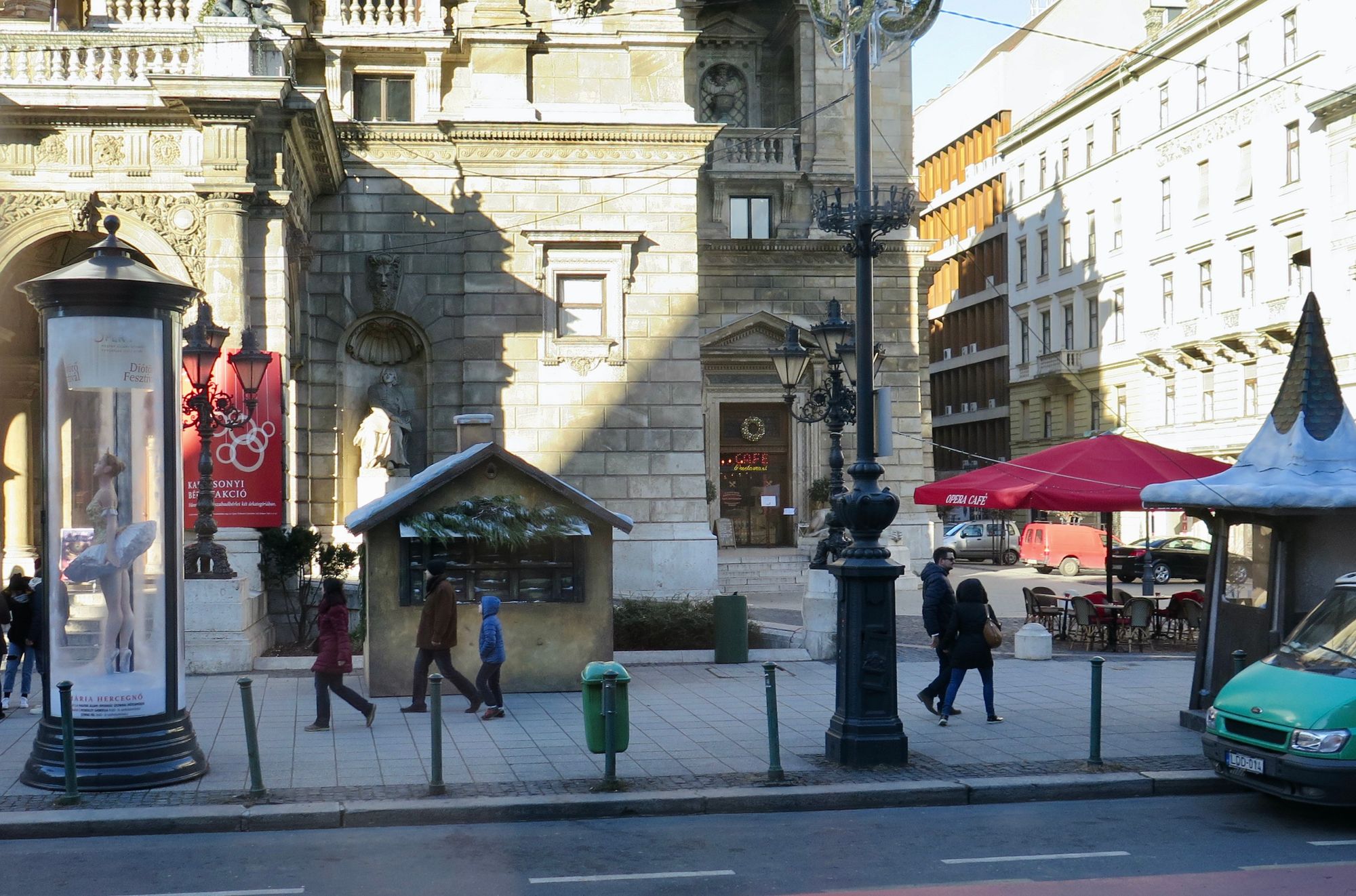
Budapest Opera House
Concept C: Expand sidewalks on Avenue of the Americas to create a Dramatic New Esplanade.
With Rockefeller Plaza as its center, it's time to rethink and renew the entire length of the Avenue of Americas connecting Bryant Park and Central Park, creating a new esplanade that will redefine the avenue as a destination in Midtown.
There is ample space to create a great boulevard that would significantly change the perception of Midtown and give Avenue of the Americas the identity it deserves. Currently, Sixth Avenue is a very wide, traffic-dominated street that ends abruptly at Central Park. It has five lanes on a 64-foot roadway devoted to vehicles, of which a bike lane and parking use 20 feet. In some stretches, there are only three lanes being used for traffic, one parking or bus lane, and a bike lane. From 55th Street to 59th Street and Central Park, only three lanes are used, and with no outlet, there is less traffic. This poses a significant opportunity at the entrance to Central Park in terms of linking with a "new" 59th Street, as we describe later. Meanwhile, sidewalks make up the balance of the 100-foot right-of-way, or about 18 feet on each side of the street.
Applying the same principles to the cross streets could offer significant access to resources, especially between Fifth Avenue and the Avenue of the Americas. Gateway features at each intersection could identify each block, drawing people into the many assets on the side streets such as Rockefeller Center on both sides of 30 Rockefeller Rock, MOMA and the American Craft Museum, restaurants on 55th Street, 56th street, east, and west as a key corridor, with the 47th Street Diamond district holding the direct connections to Times Square.
With wider sidewalks, there would be plenty of space to have districts that embrace different solutions that reflect the different types of buildings along the avenue. Combine the esplanade with very engaging crosstown streets, and you have the recipe for creating a great place for strolling, eating, and some shopping.
This is not a one-size-fits-all situation. Sidewalks do not have to be widened uniformly. For example, we think that Avenue of the Americas should be narrowed to three lanes within the Rockefeller Center West. In this case, sidewalks on the east side of 6th Avenue should be widened to 30 feet, where the historic buildings will animate this space. The already spacious west side sidewalks could be widened by 10 feet, expanding these plazas to become squares with focal points and programmed spaces similar to Bryant Park, as discussed previously.
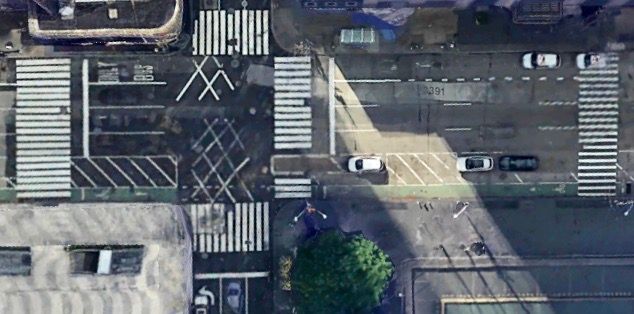
Avenue of the Americas has four basic types of buildings in four zones. Each zone suggests different approaches to wider sidewalks.
- Historic properties set on the property line
These blocks have narrow sidewalks. By widening them to 30 feet, the sidewalks become places to stroll, shop, eat and experience a vital promenade. This would have a big impact on three key sections: the east side of Rockefeller Center (described above), the zones between Bryant Park and to 46th Street on the west side of the street, Bryant Park to 47th Street on the east side of the street, and both sides of the street between 55th Street to 59th Street and Central Park.
These blocks have unique opportunities to enhance ground-level retail in many buildings, anchoring a streetscape that would animate the esplanade. This will be easier with historic properties designed for retail, compared with many new buildings where the ground floor may need to be retrofitted to be more street-friendly.
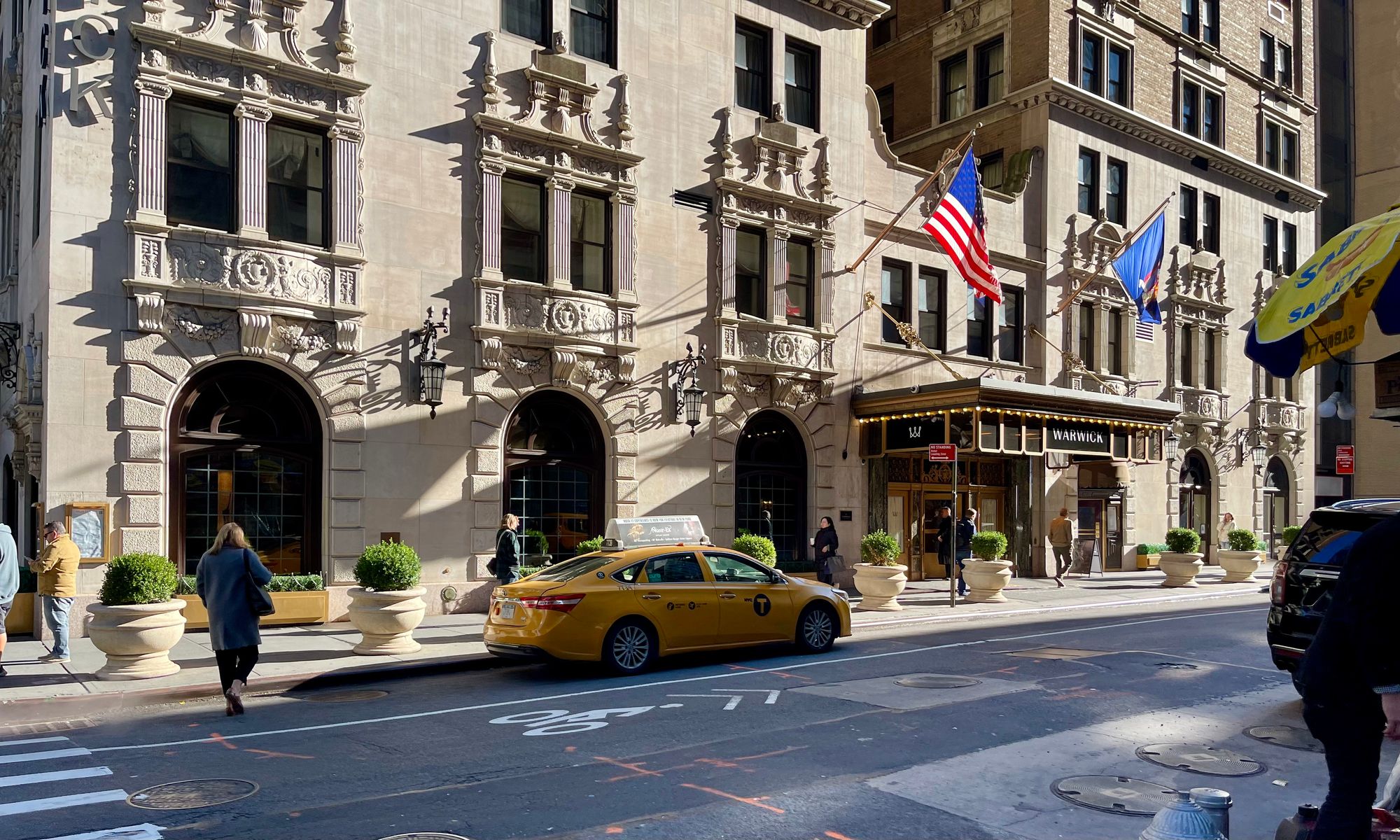

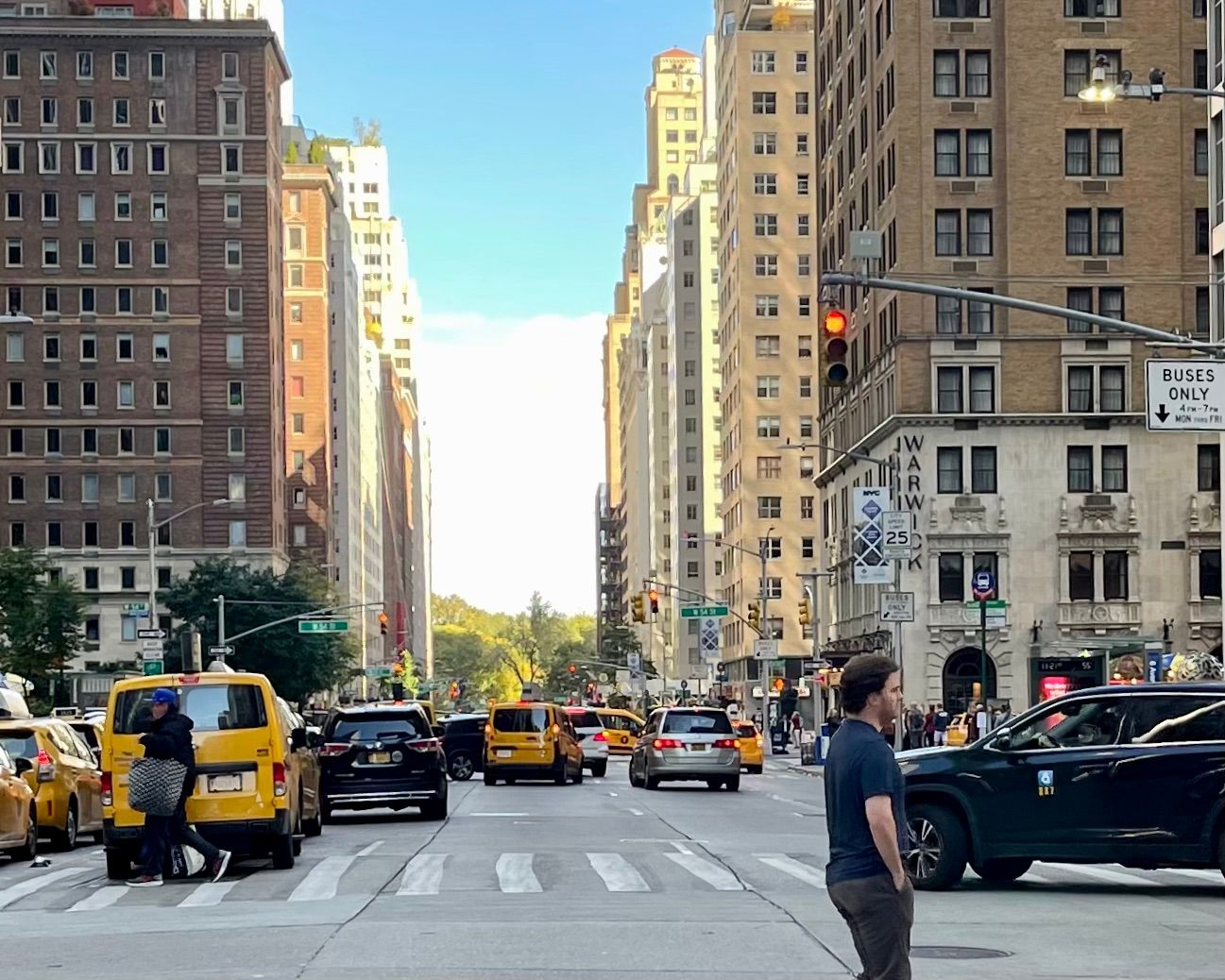
2. Modern buildings on the property line
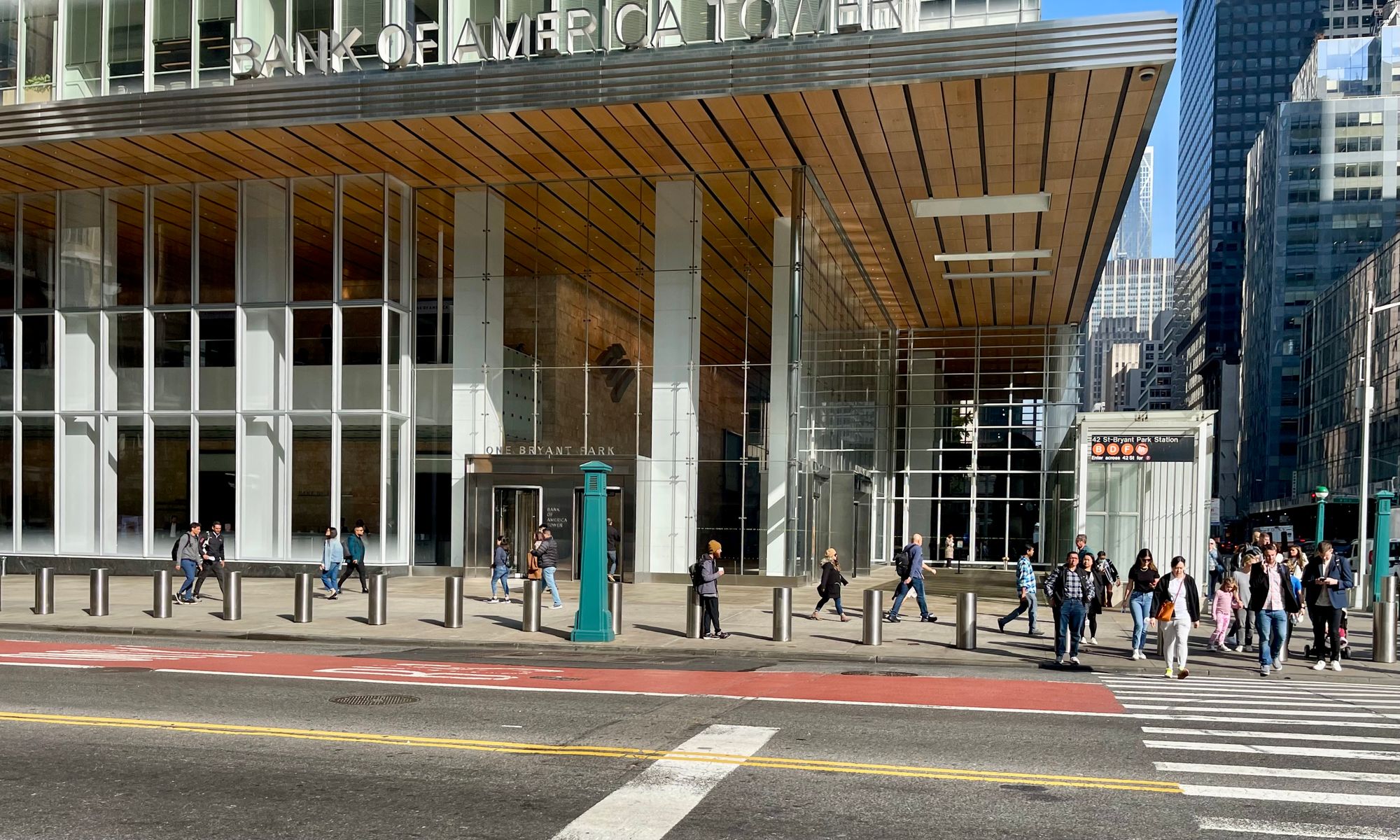
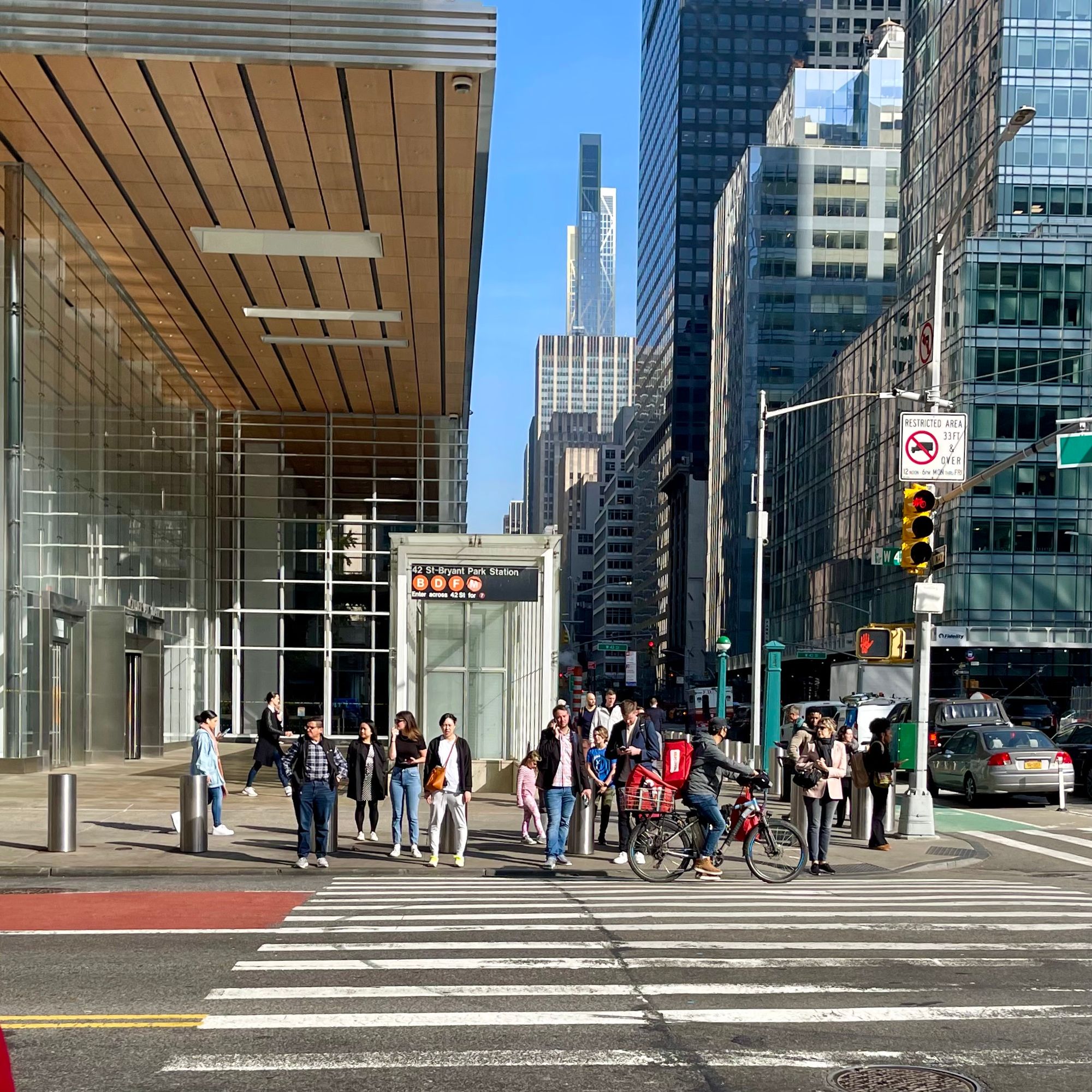
3. Modern buildings with shallow plazas
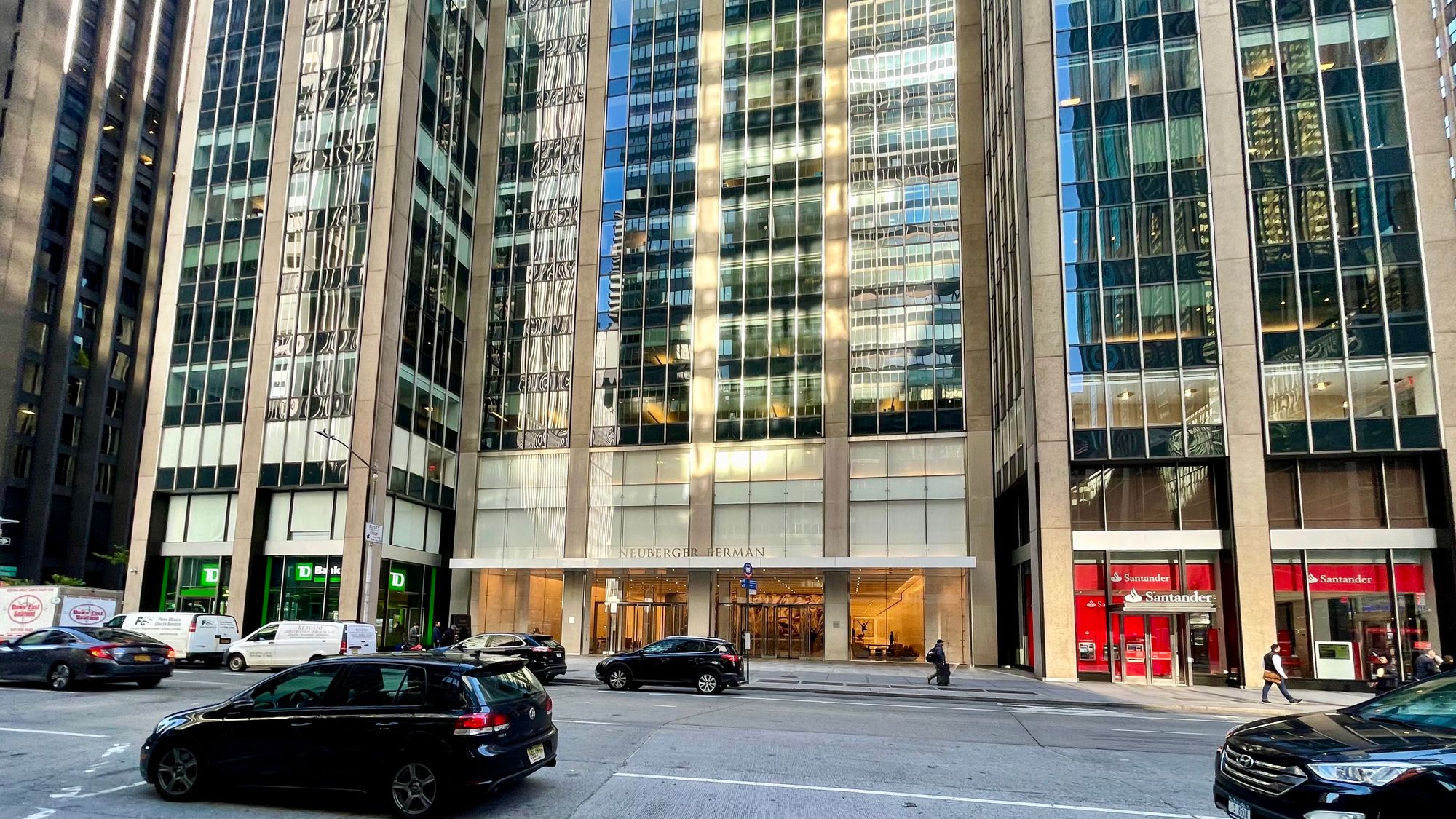
This entrance could be more of a courtyard with plantings and seating at the curb and in the front of the building, with a coffee cart on the side.
4. Modern buildings with bare plazas

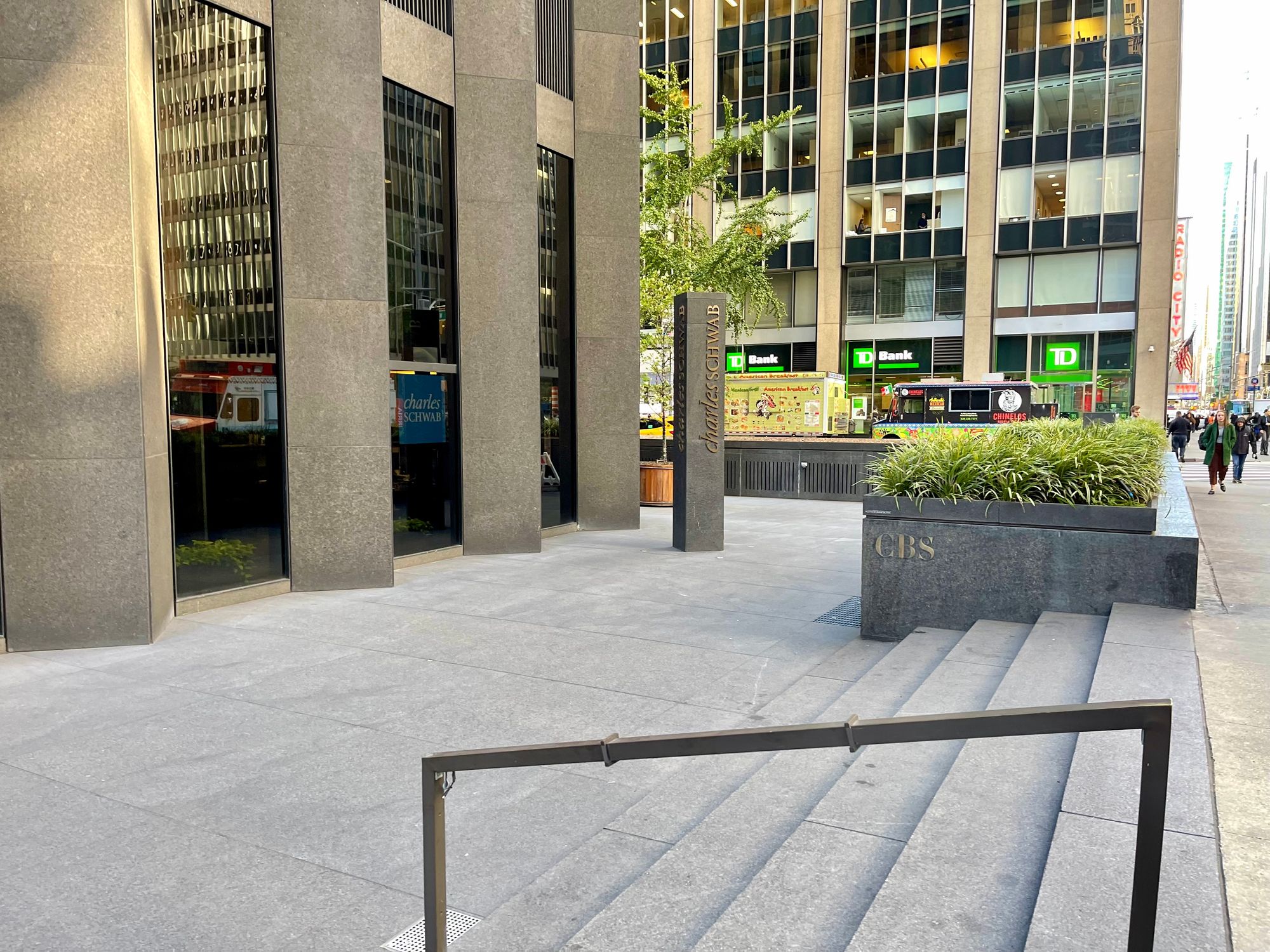
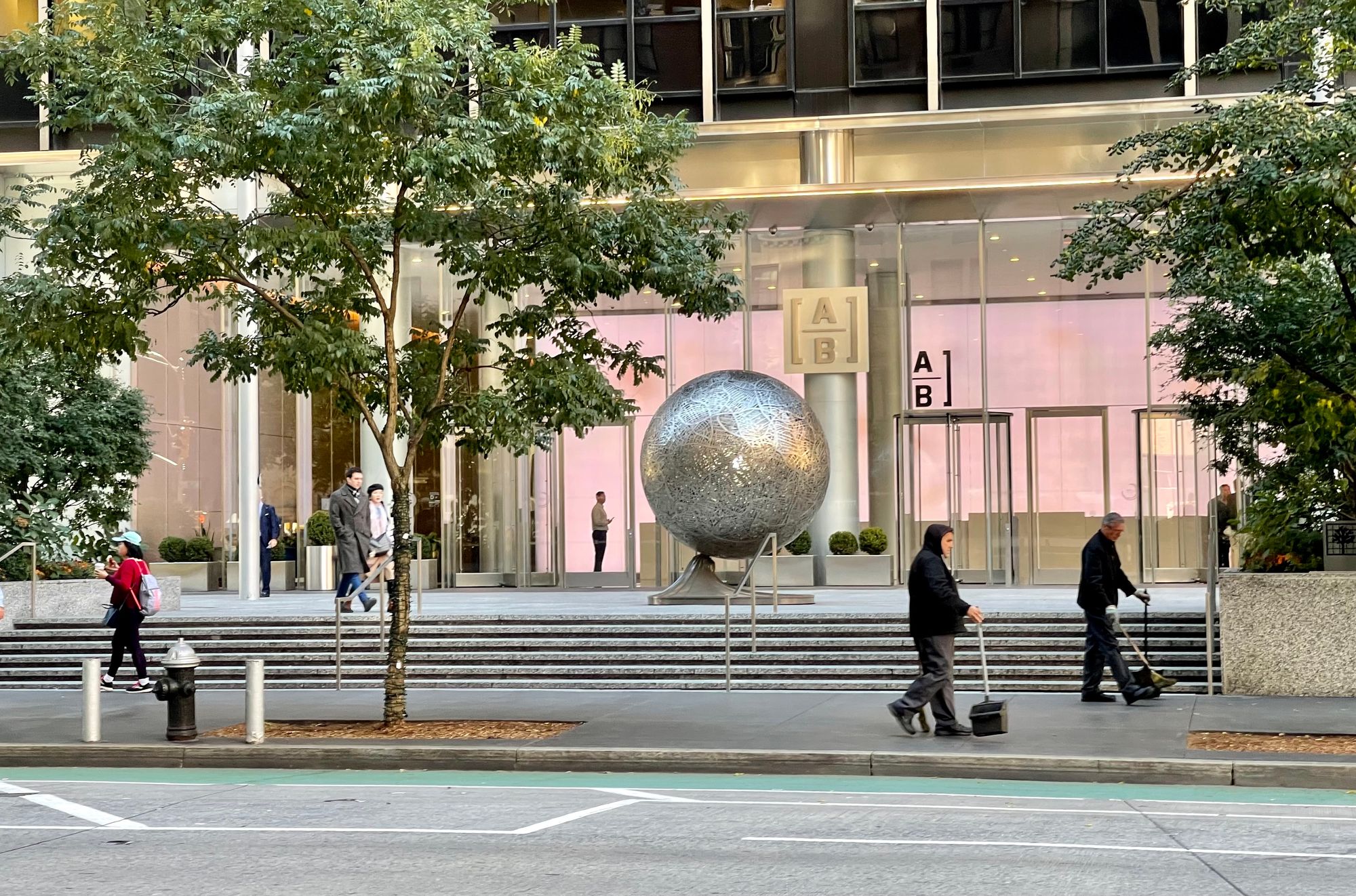
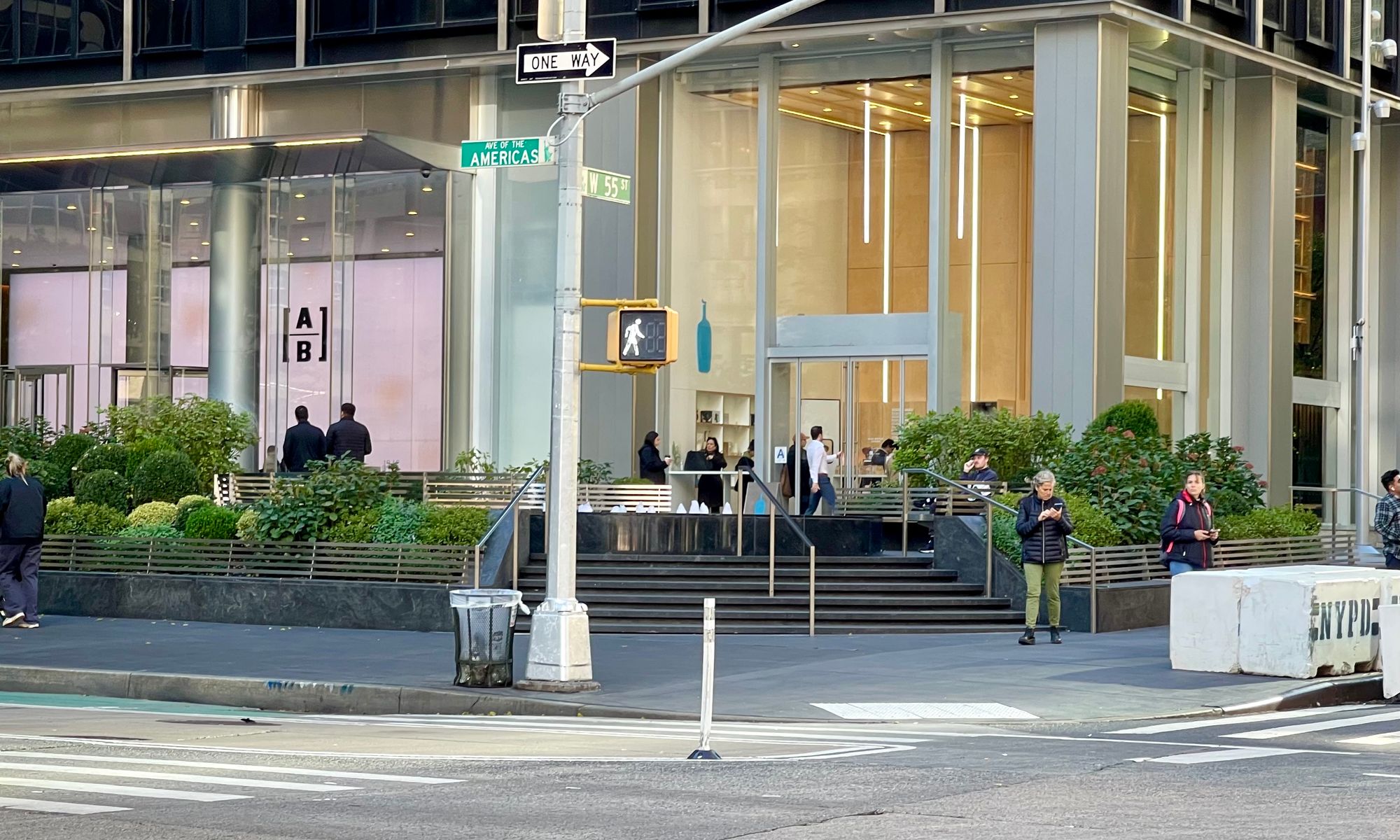
Top: CBS building with an unusually bad plaza, and between 54th and 55th Street a well/designed plaza with a cafe on the corner. This could easily be a great destination with a larger cafe expanding taking up the full corner.
Learning from Paris' Champs-Élysées and Barcelona's Passeig de Gracia
As we all know, the Champs-Élysées in Paris is very, very wide: The street width itself is 90 feet, and sidewalks are each 70 feet, bringing the total width between buildings to 230 feet – compared with 100 feet on Avenue of the Americas. But let's look at how the space is broken down, and we can see that we can scale this model to Avenue of the Americas.
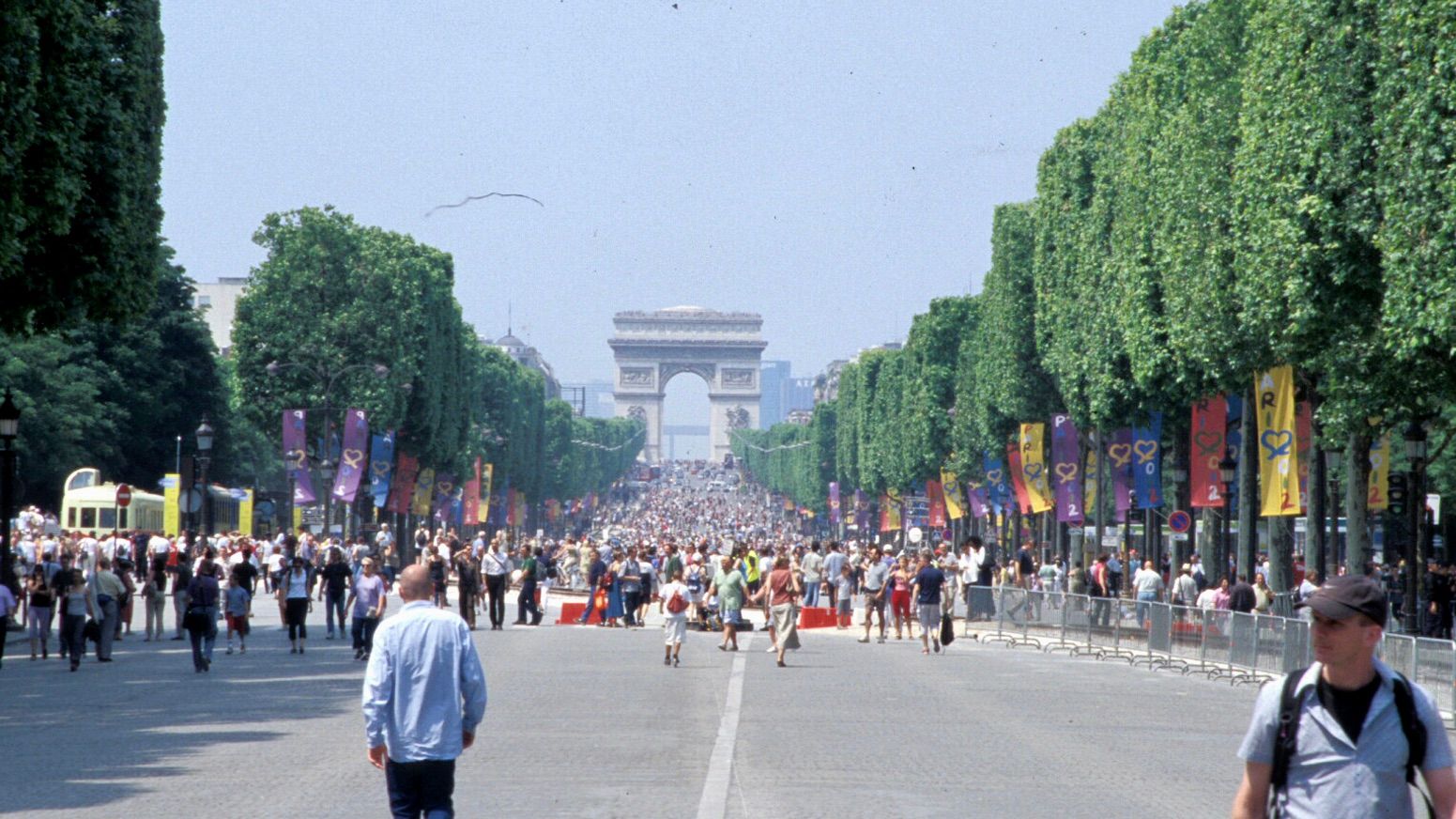
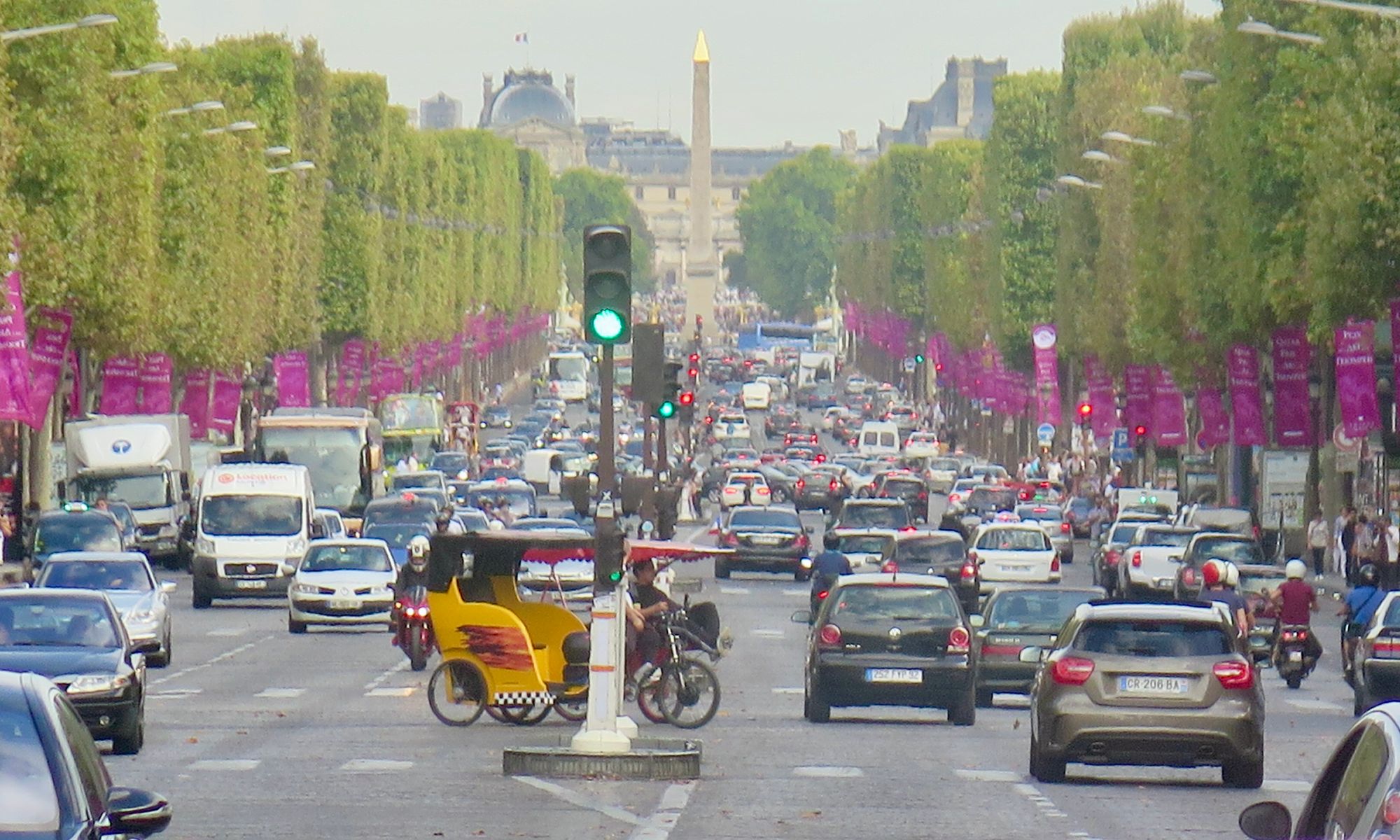
The 70-foot sidewalks themselves are divided into two 30-plus foot sections. Because merchants had difficulty attracting shoppers straying too far from the storefronts, new kiosks and cafes were introduced along the curbside space, pulling pedestrians closer to stores. The walking space now is 25 to 30 feet. The combination of retail on both sides ("double-loaded sidewalks") is what makes the experience of strolling on the Champs-Élysées so rewarding.
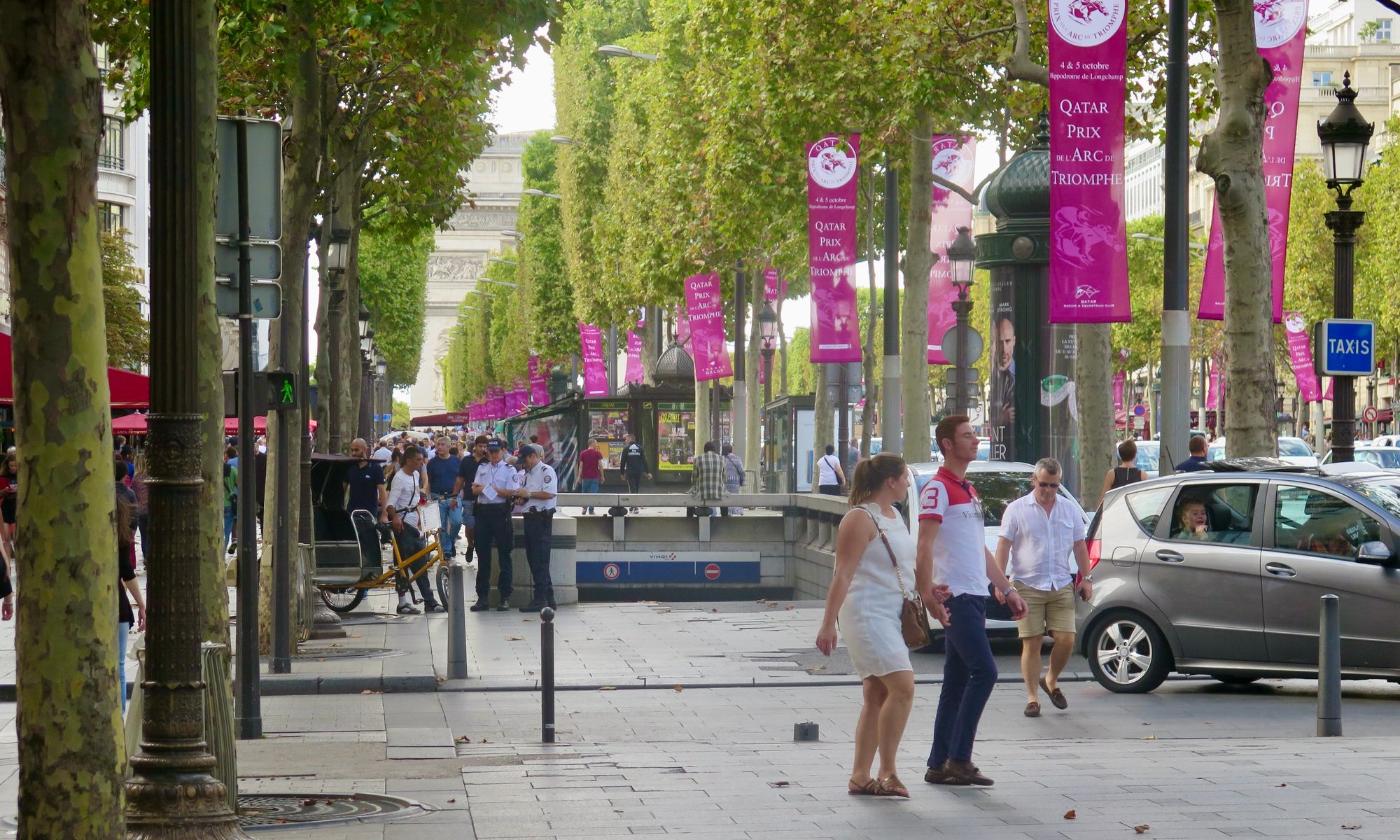
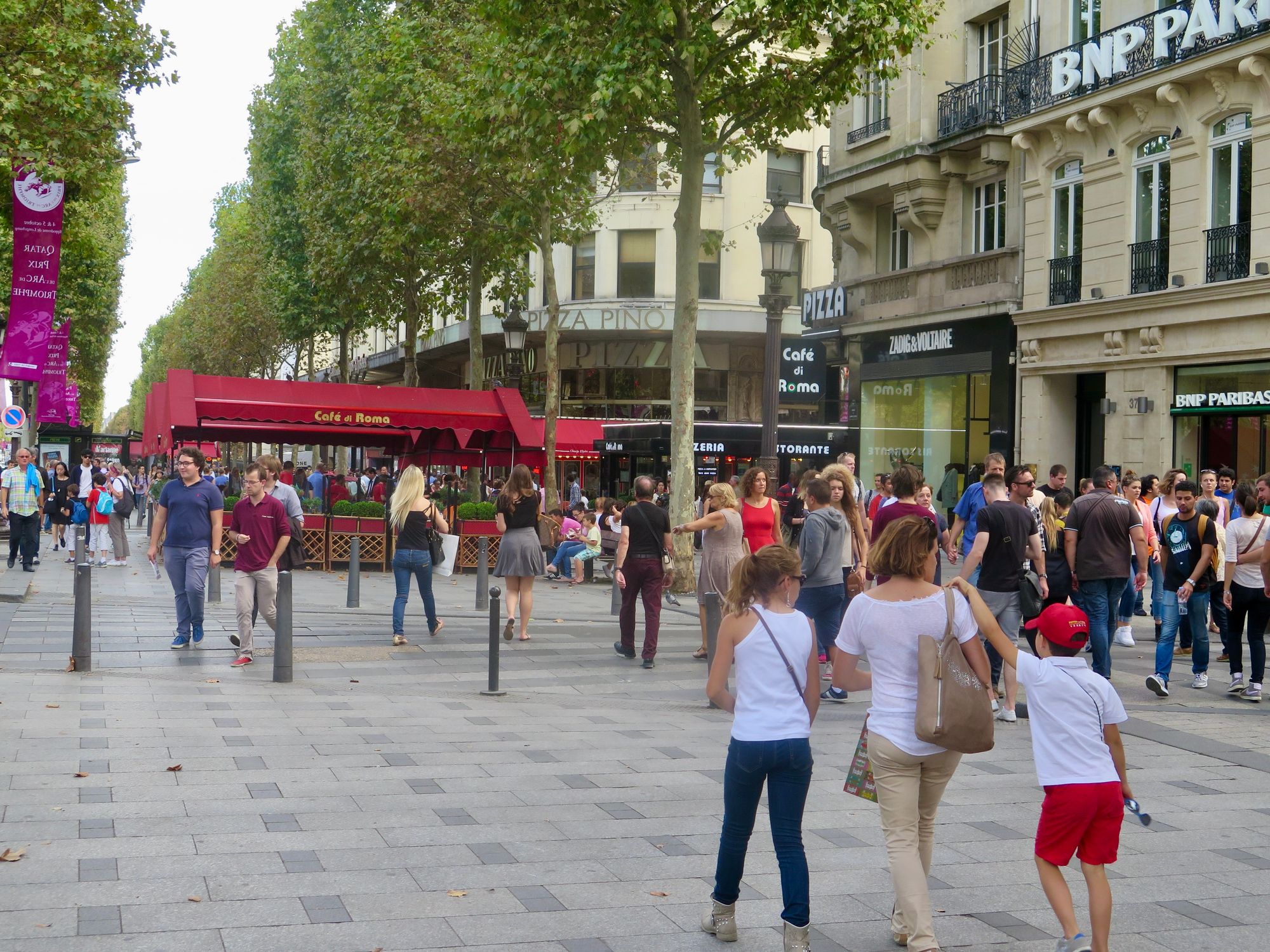

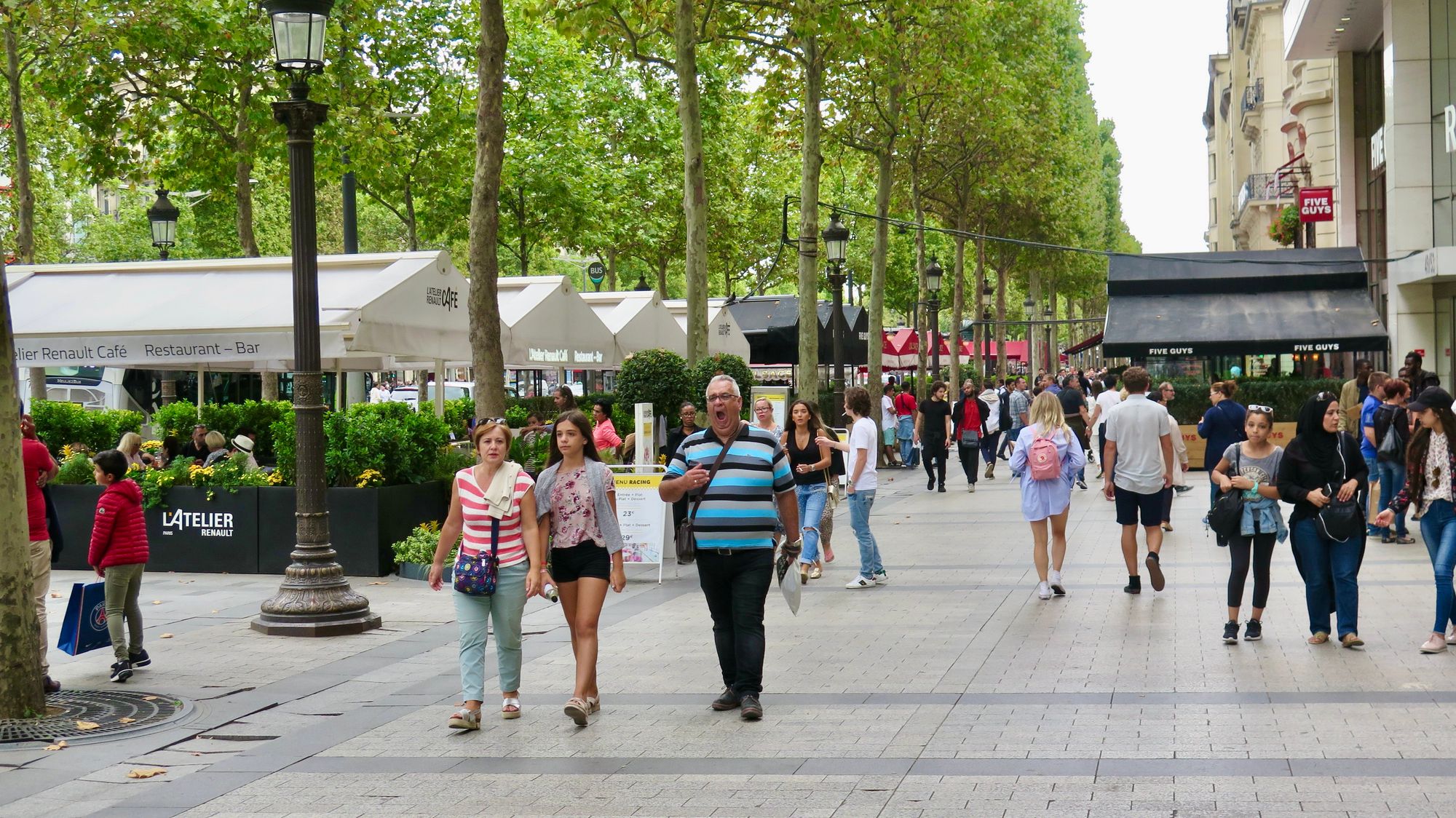
Most pedestrians are walking in the lane separated from the retail
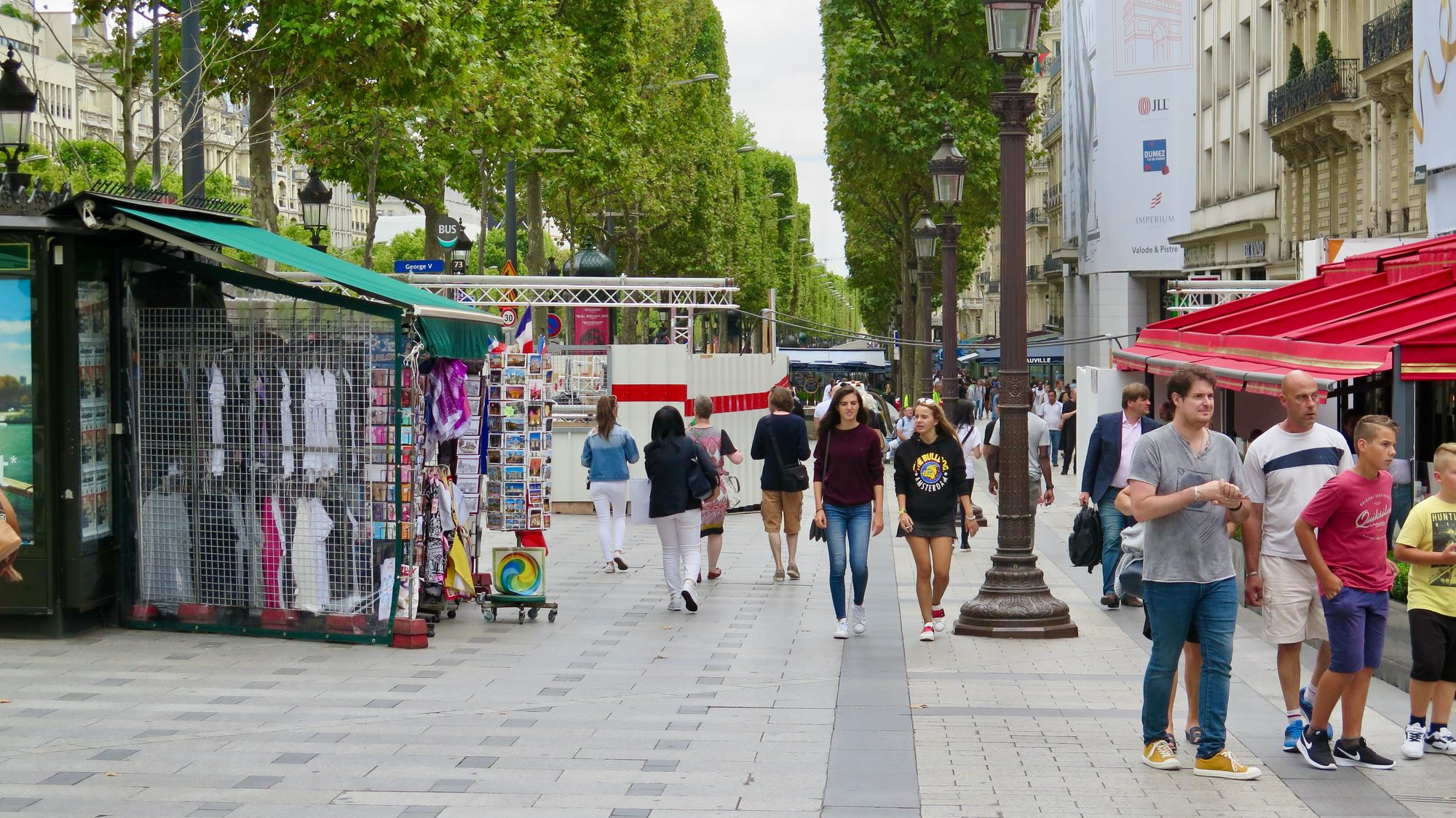
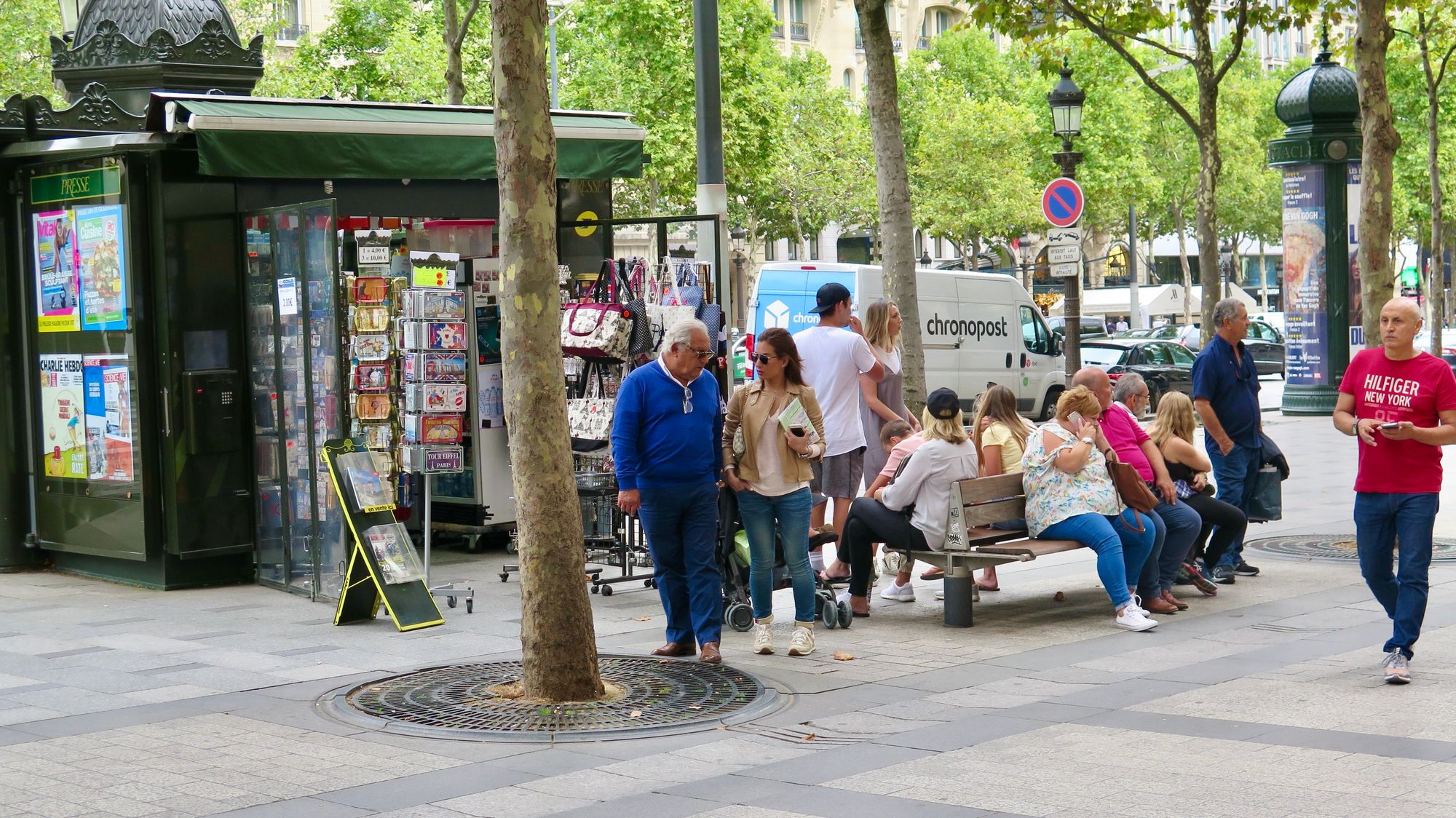
By adding cafes and kiosks in the outside lane, pedestrians have ample opportunities for engaging with storefronts and an active lane next to the street
Barcelona's Passeig de Gracia is the Main Street in the city. It is alive day and night. Let's look at the details and see why its design supports this high level of use.
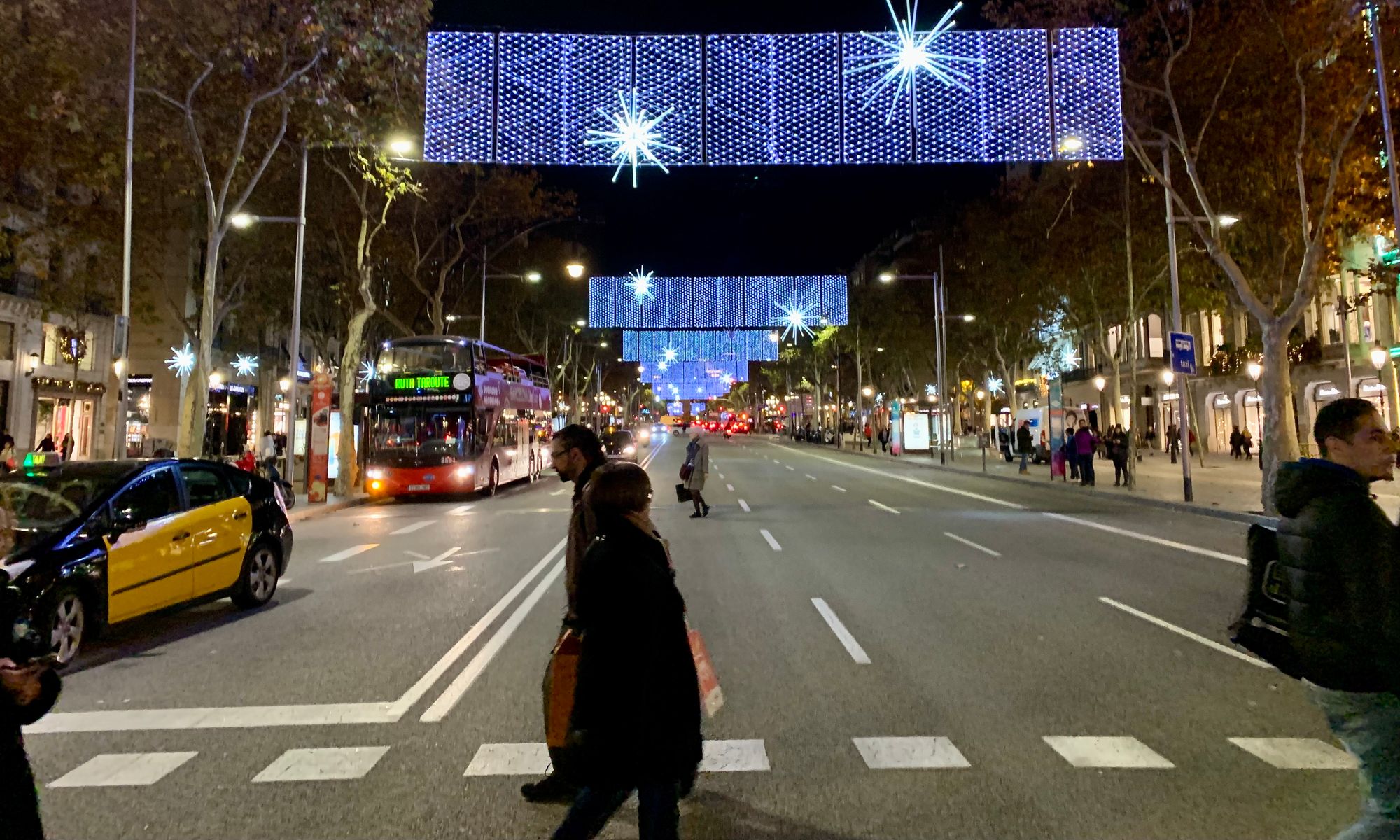
The Passeig de Gracia is 200 feet from building to building, twice that of Avenue of Americas. The sidewalks are 70 feet wide, but within that sidewalk zone, there is a car lane of 15 feet that is part of a 35-foot shared space used mostly for amenities, drop-offs, and taxi waiting.
Like the Champs-Élysées, the main walking space is about 30 feet, providing a strong focus on a sidewalk that places emphasis on engaging storefronts, and seating. Occasionally, the sidewalk is double-loaded with uses such as cafes and kiosks. It is really the perfect boulevard, with not too much space allocated to traffic and a very multi-modal makeup: there are zones for bikes, scooters, drop-off zones, and waiting vehicles, and then a well-scaled sidewalk that has ample width.
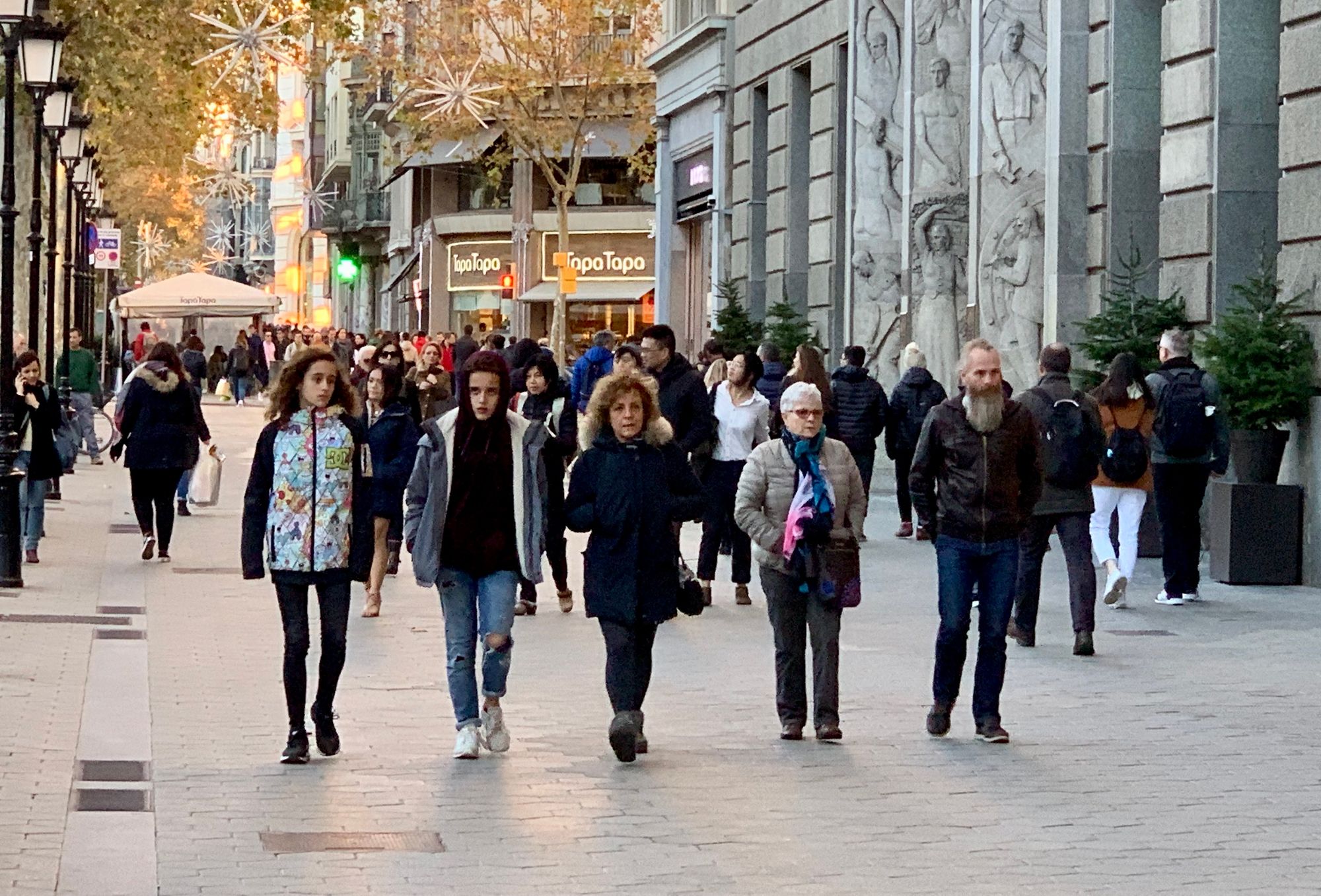
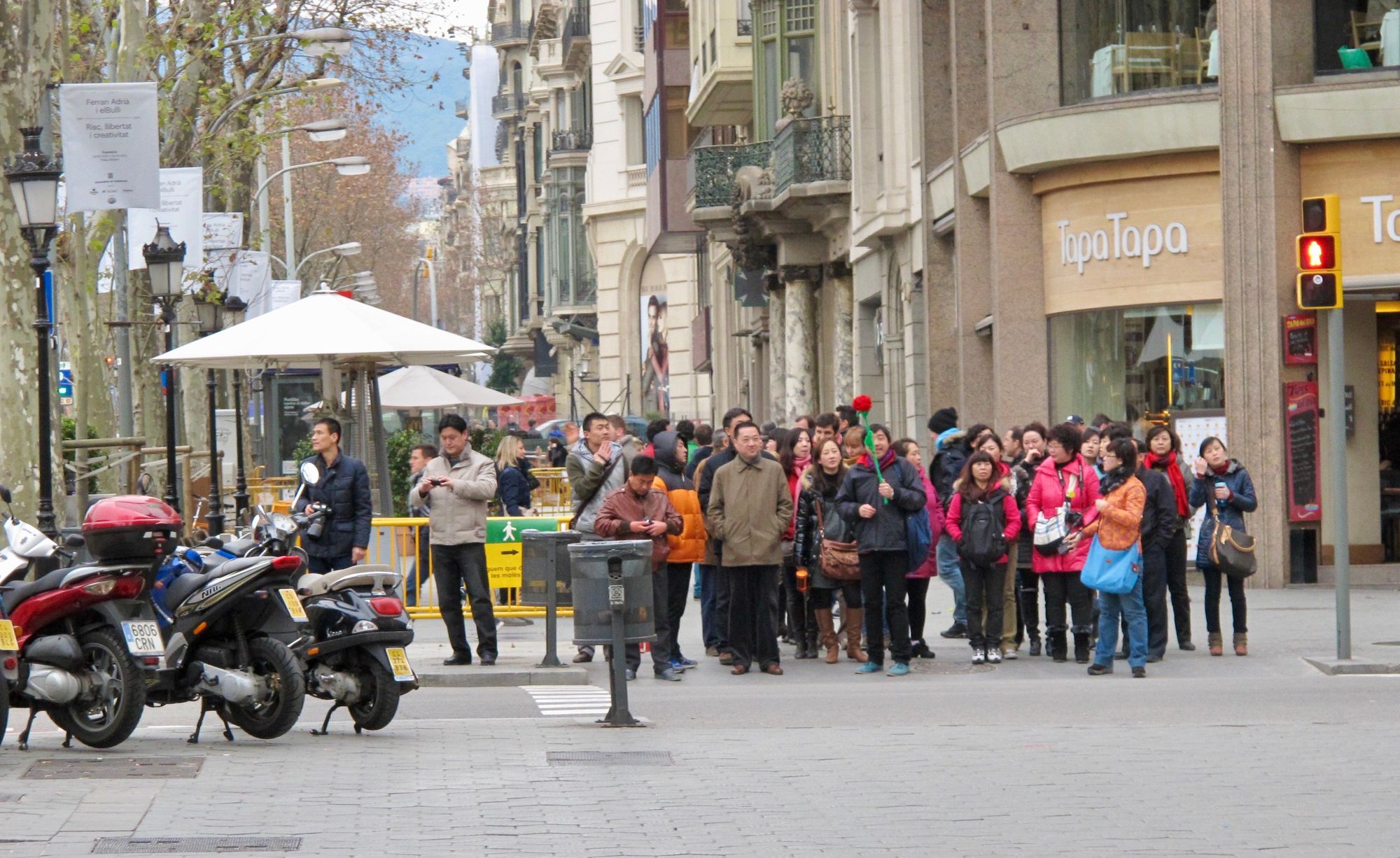
The key question is how wide should it be to get large groups walking together? Here the sidewalk is 25 to 30 feet wide and a group of five can very comfortably stroll side by side.
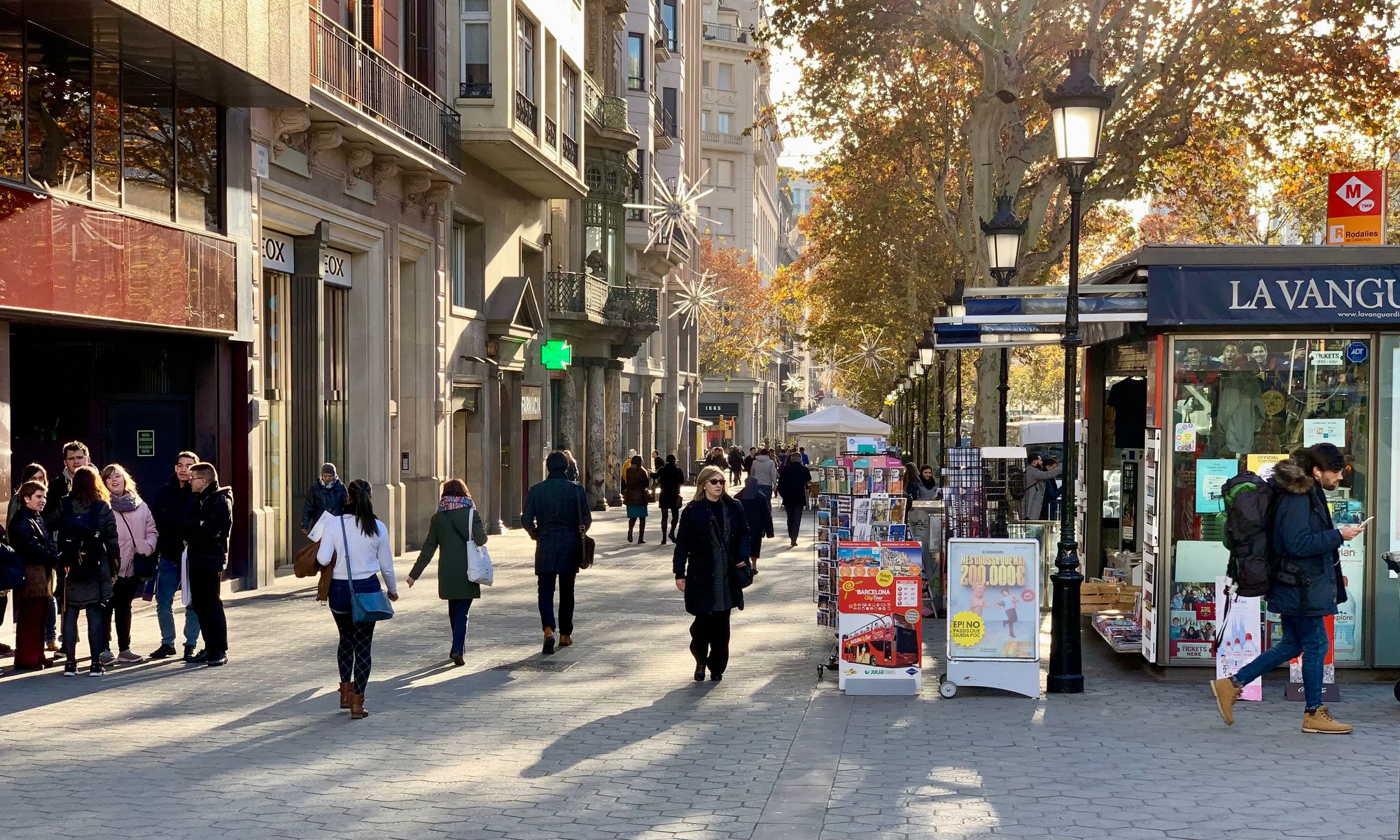
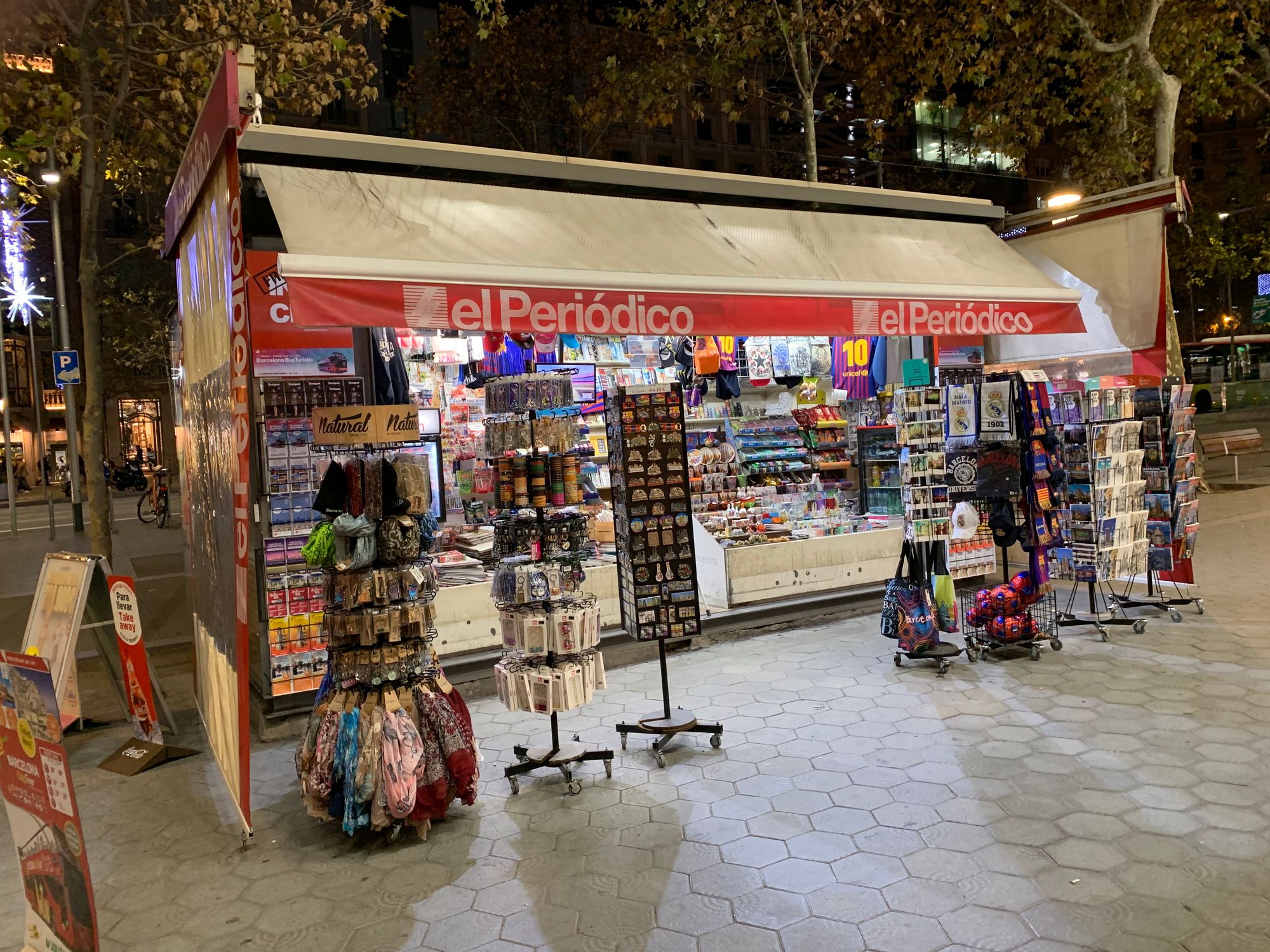
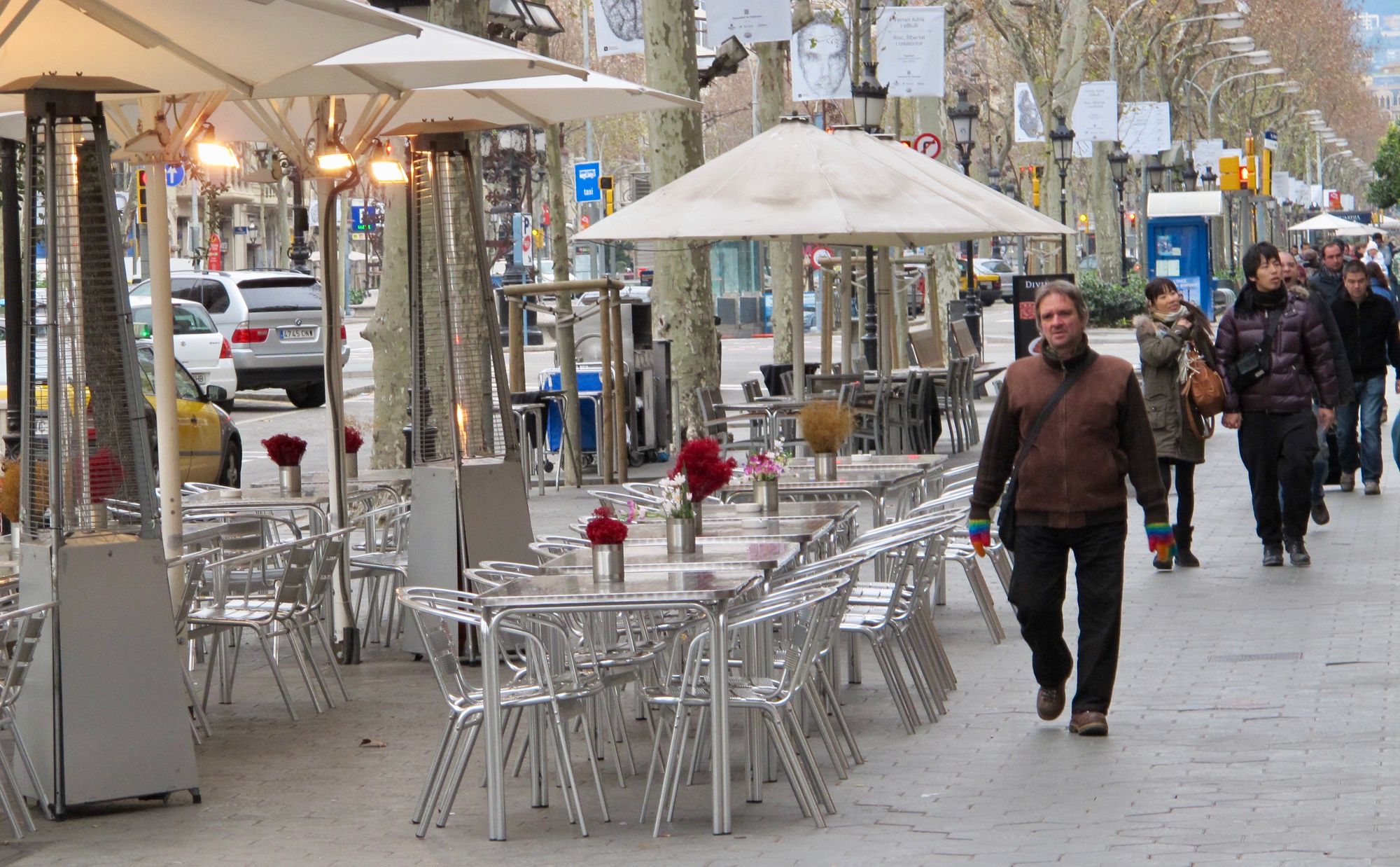
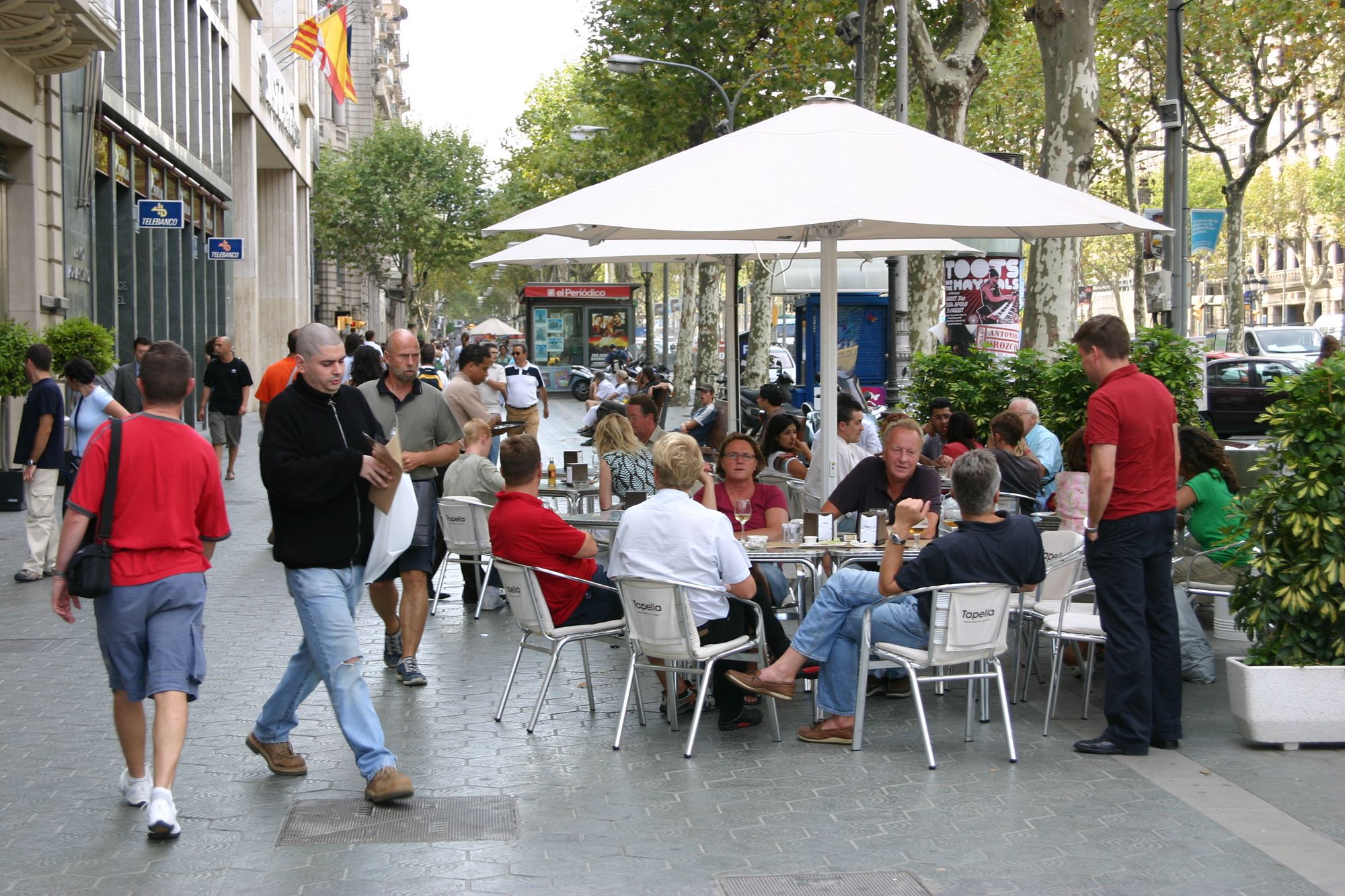
Sections of the street are "double-loaded," reducing sidewalk width even further.
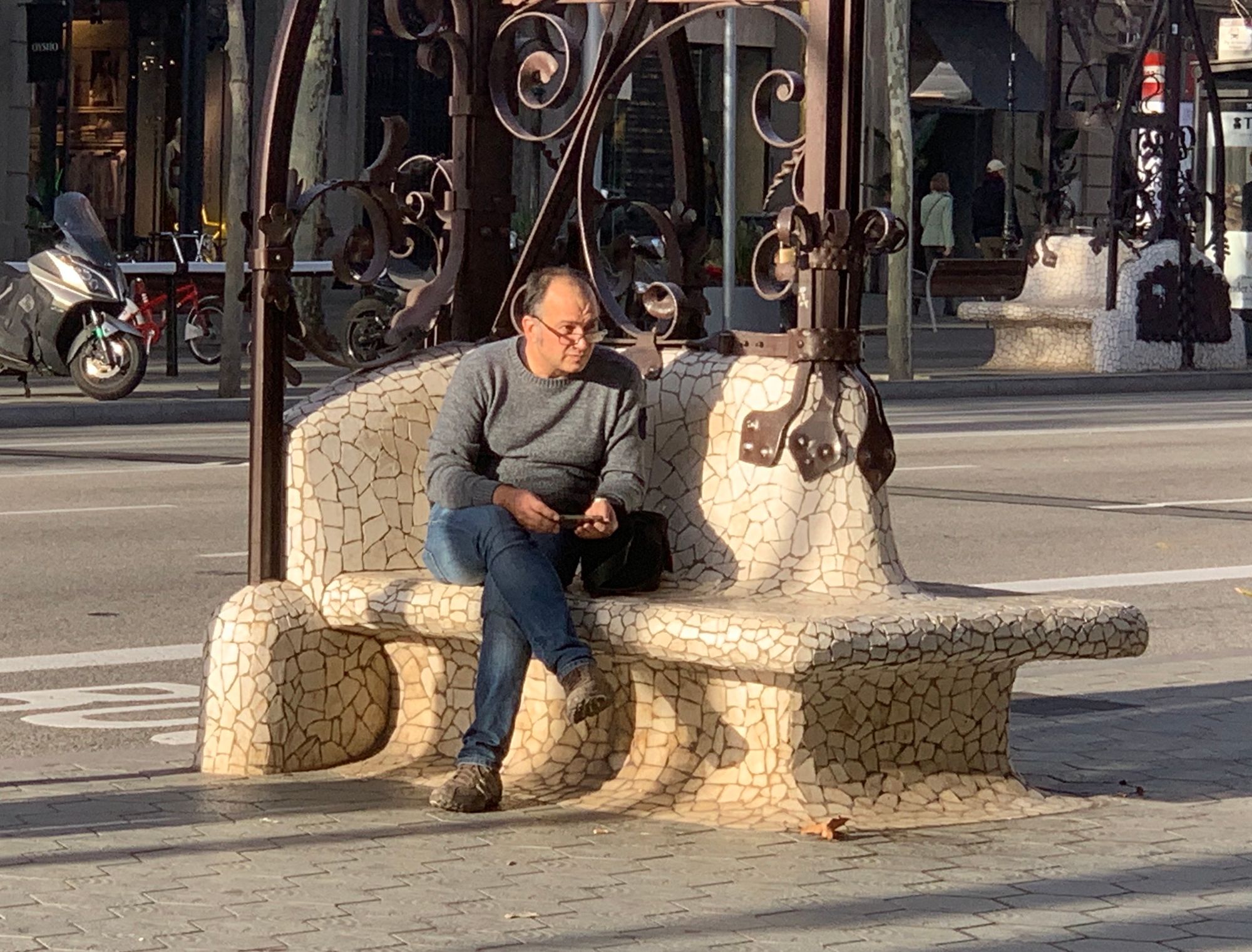
The famed architect Antoni Gaudí had a huge impact on this street, both in terms of street furniture and several of the buildings.
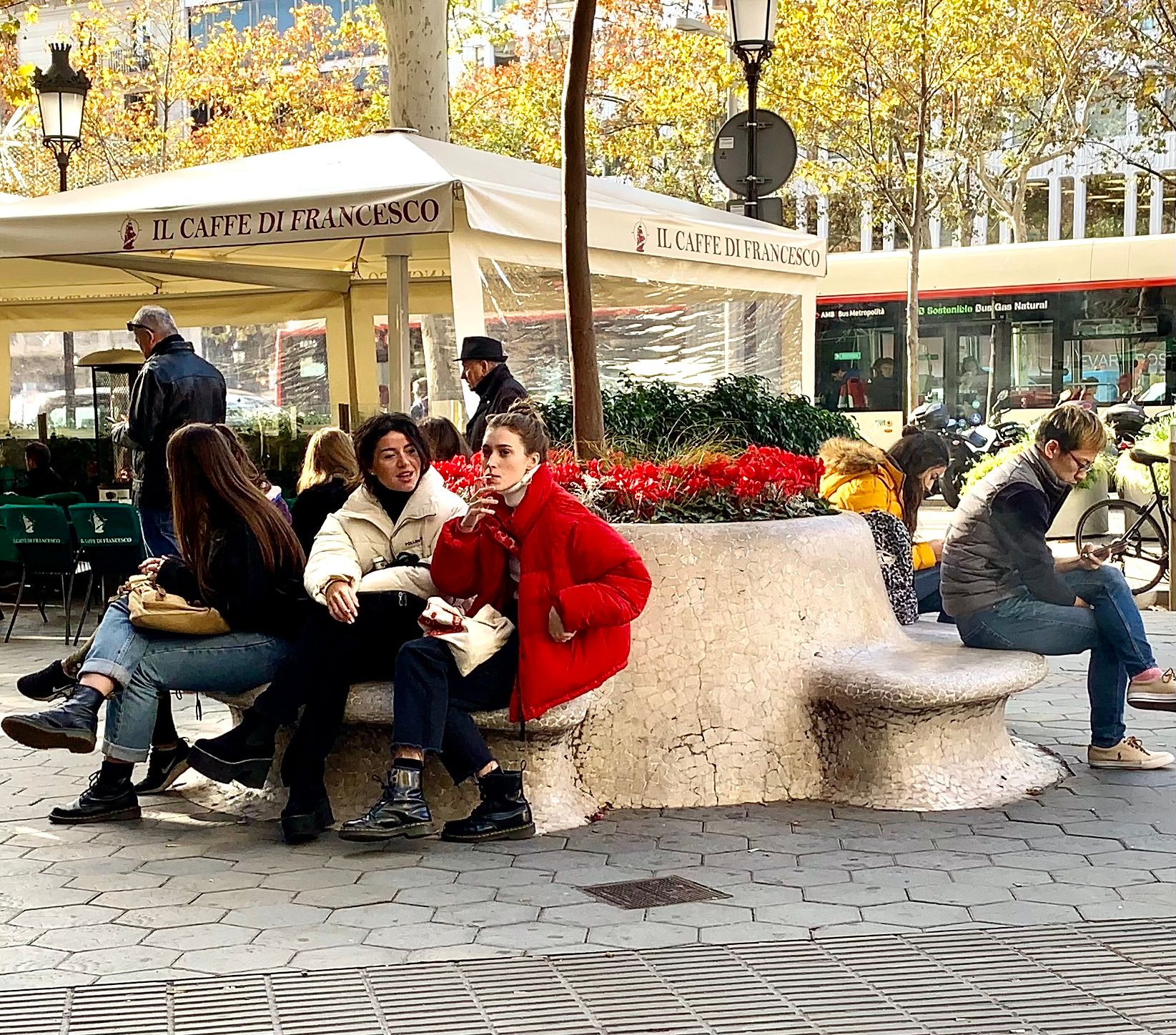

More Gaudí-designed seating and historic lighting at street corners.
Concept D: Avenue of the Americas as a Major Event Space
Avenue of the Americas has significant potential as a major event space hosting parades, festivals, and the like, in part because it would not disrupt the function of the street as much as it often does on Fifth Avenue.
If France has a Main Street that belongs to all of France, the Champs-Élysées is it. As a result, it is often the destination of choice to showcase events reflecting special holidays and important exhibitions.
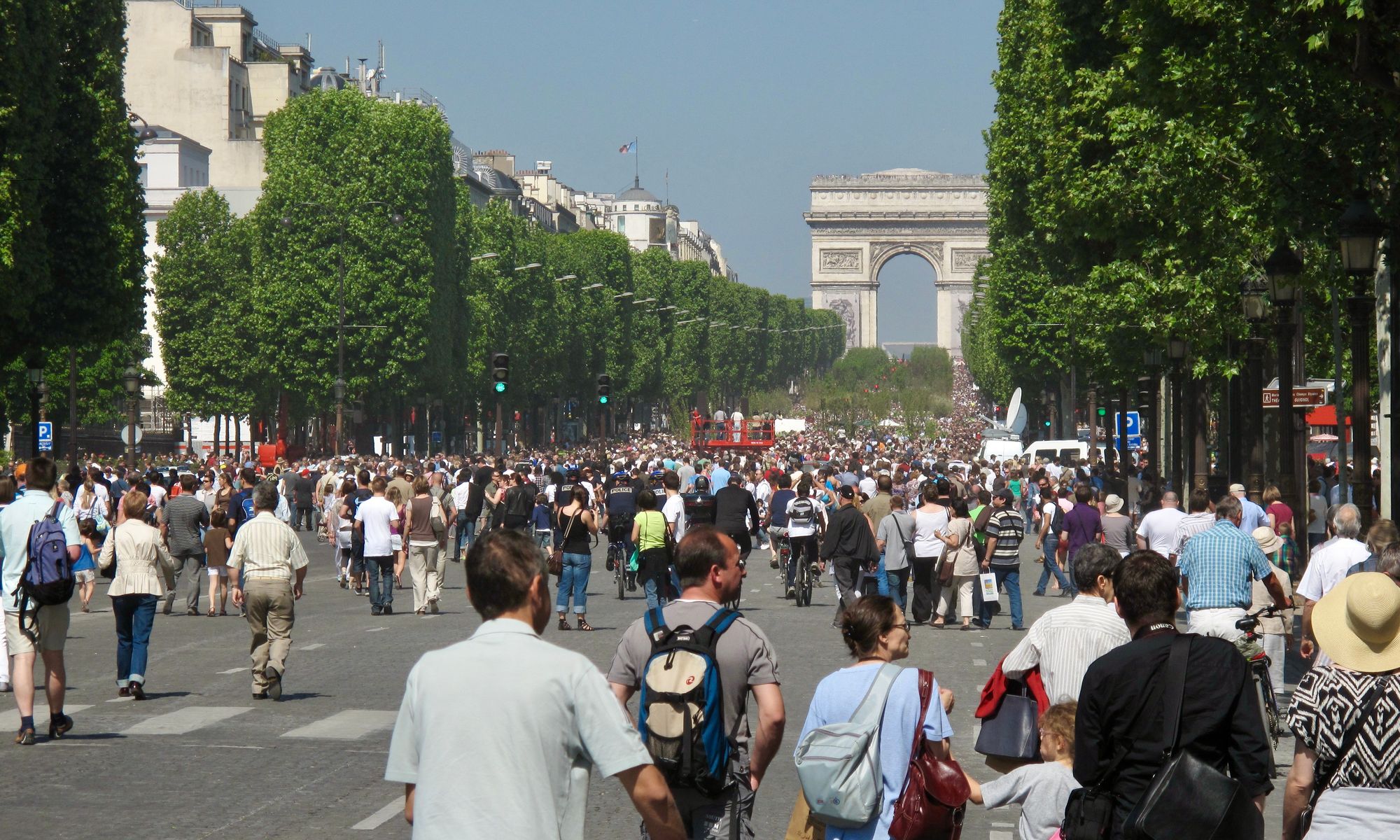
Global environmental events
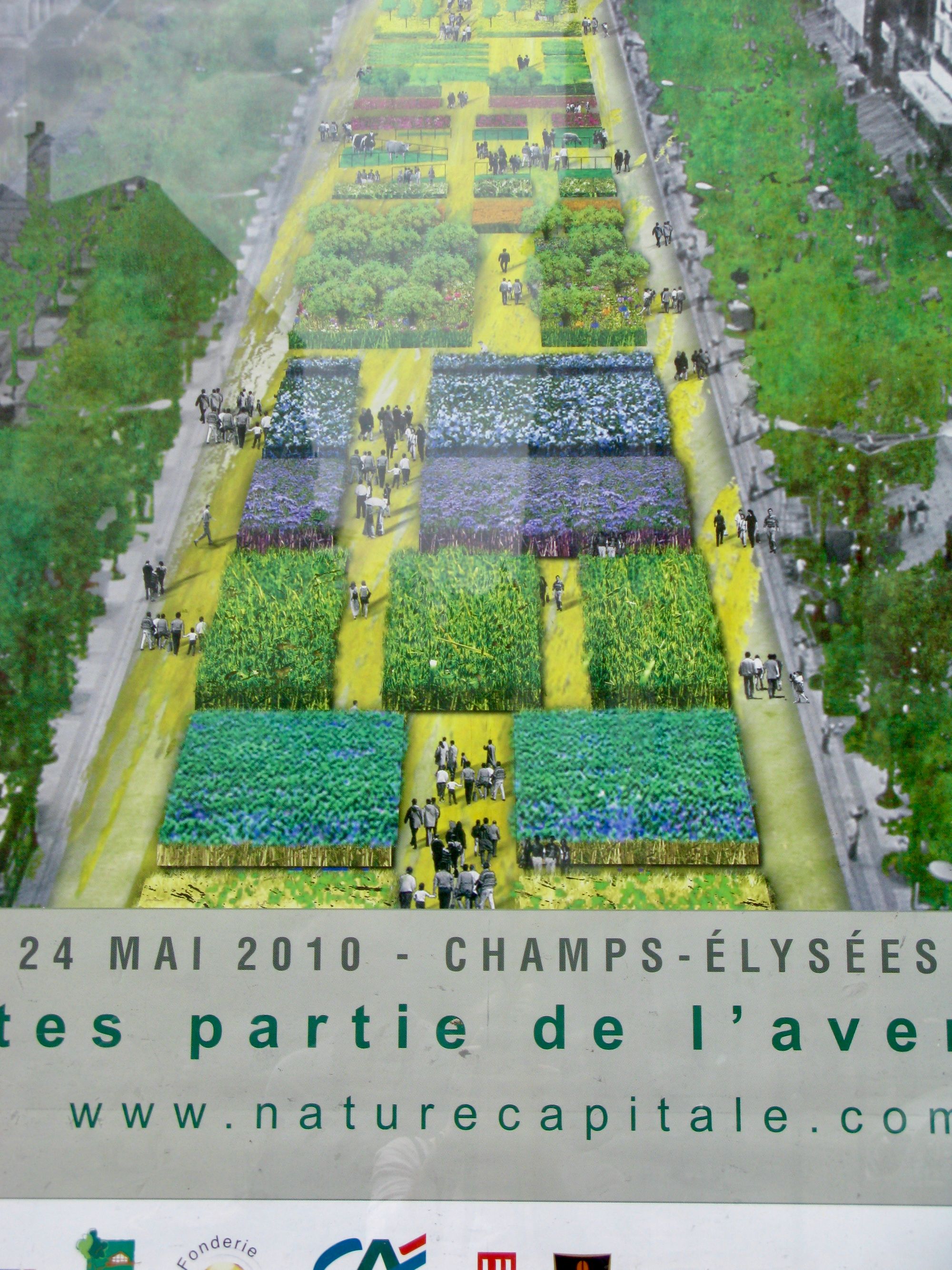
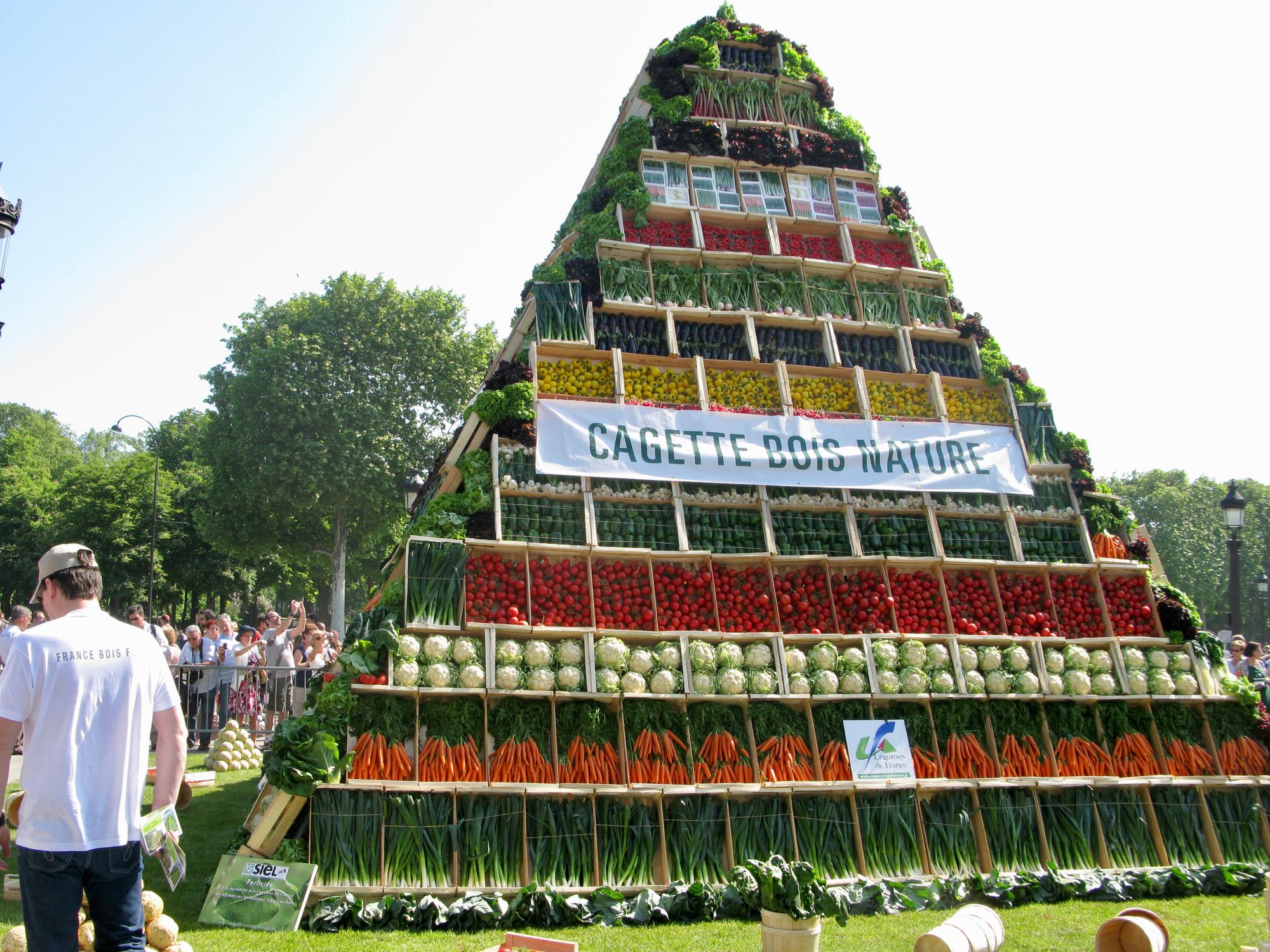
More environmental events
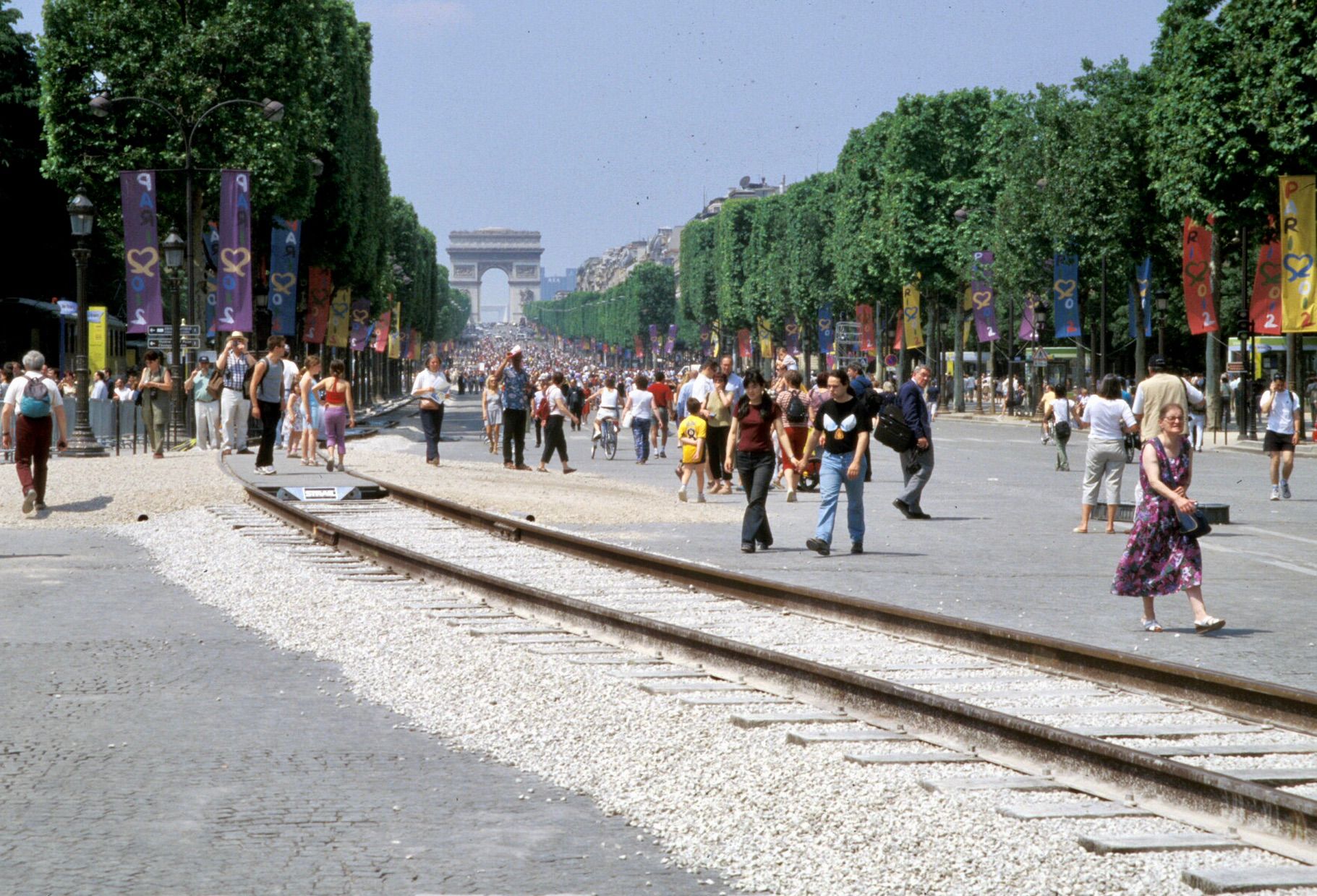
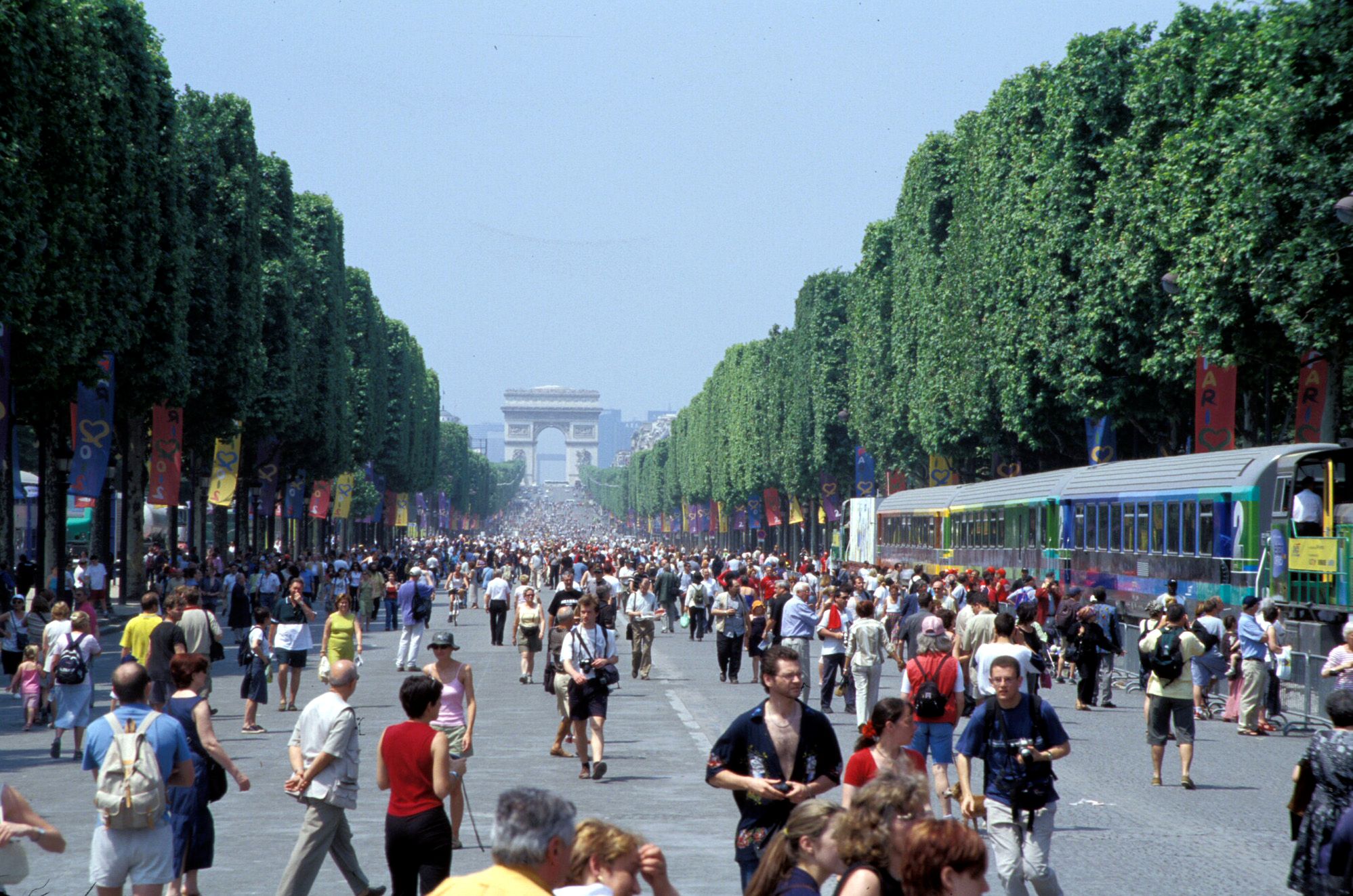
Transportation and transit demonstration
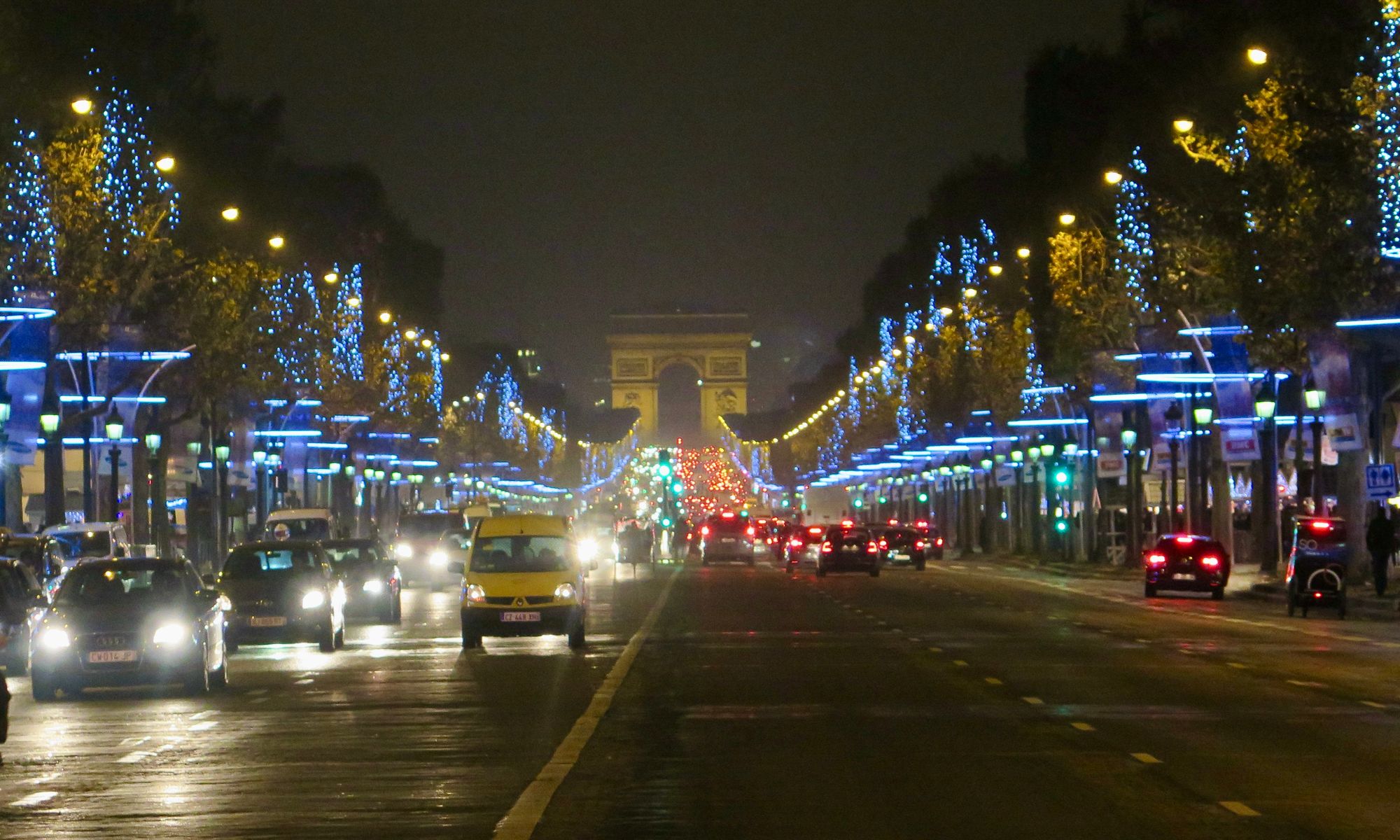
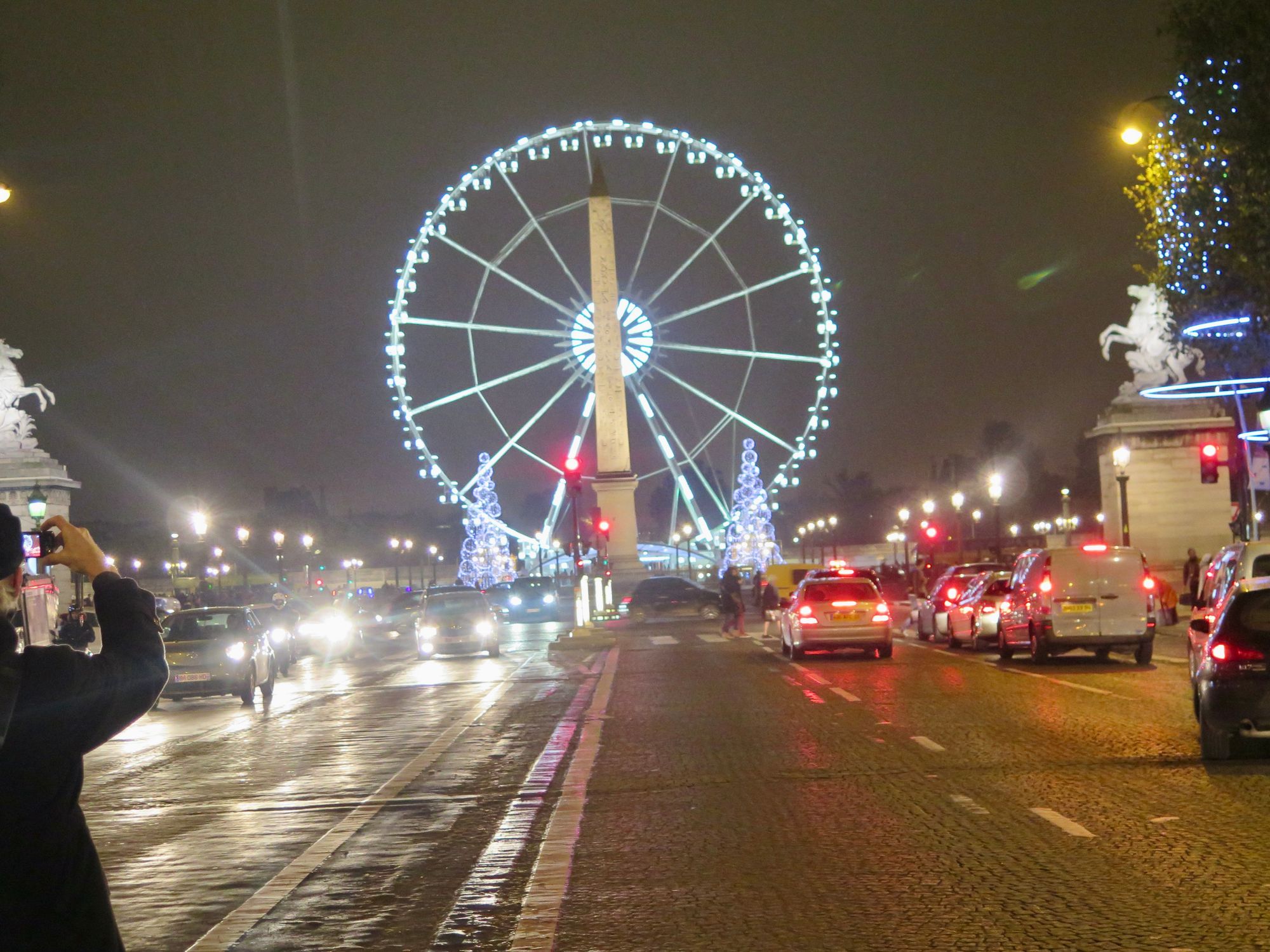
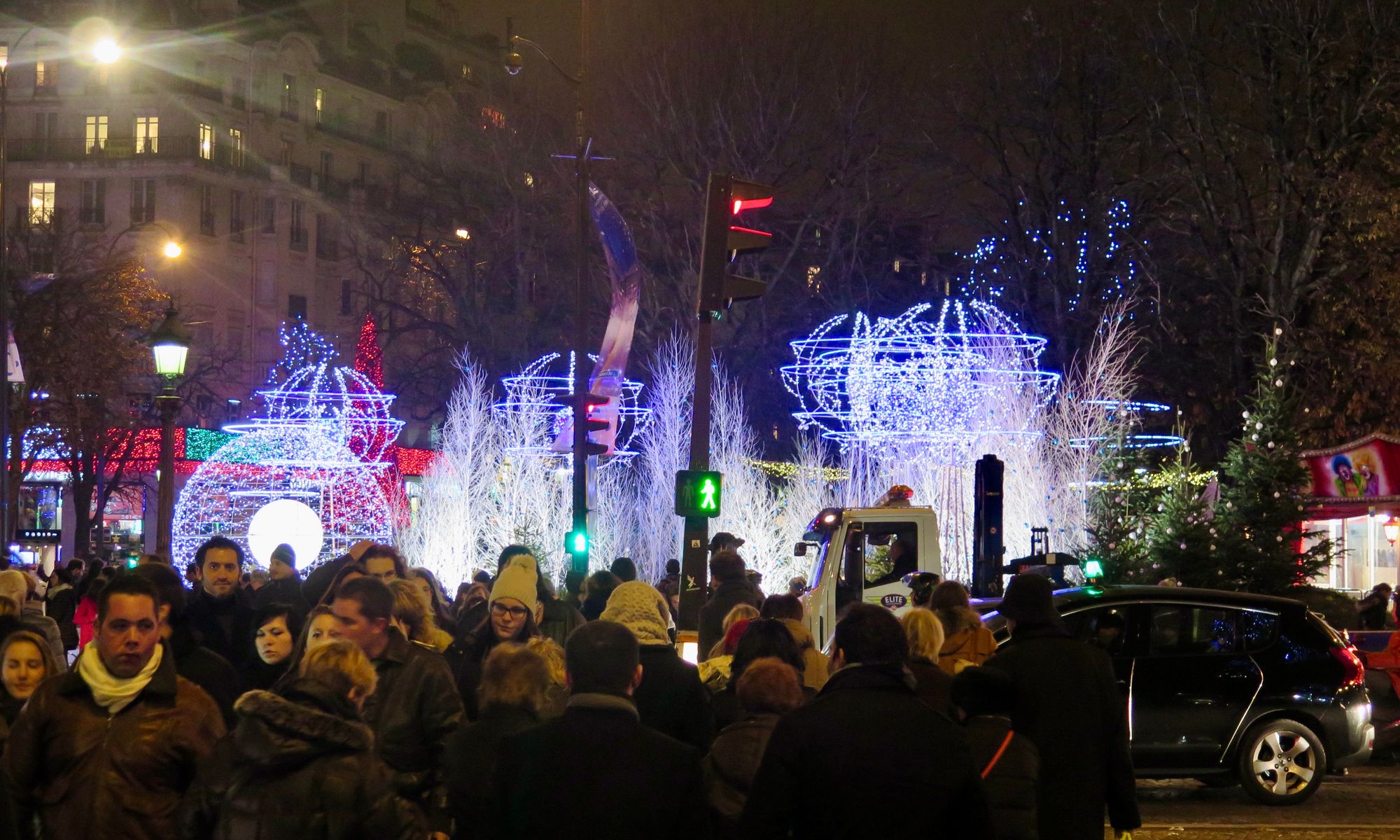
2. 59th Street as a Grand Boulevard Connecting Midtown to Central Park and Columbus Circle with Grand Army Plaza
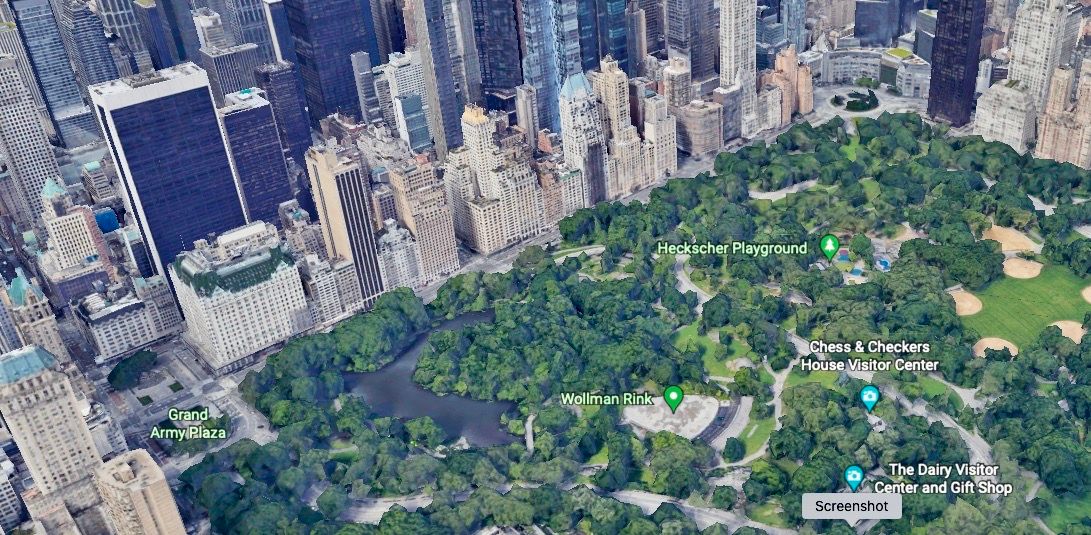
There is nothing pleasant about 59th Street. The sidewalks are far too narrow. Vehicles are not going there as a destination, but its six lanes of traffic make the street an undesirable destination anyway. Once you get there, there is little ahead to draw one into or along the street.
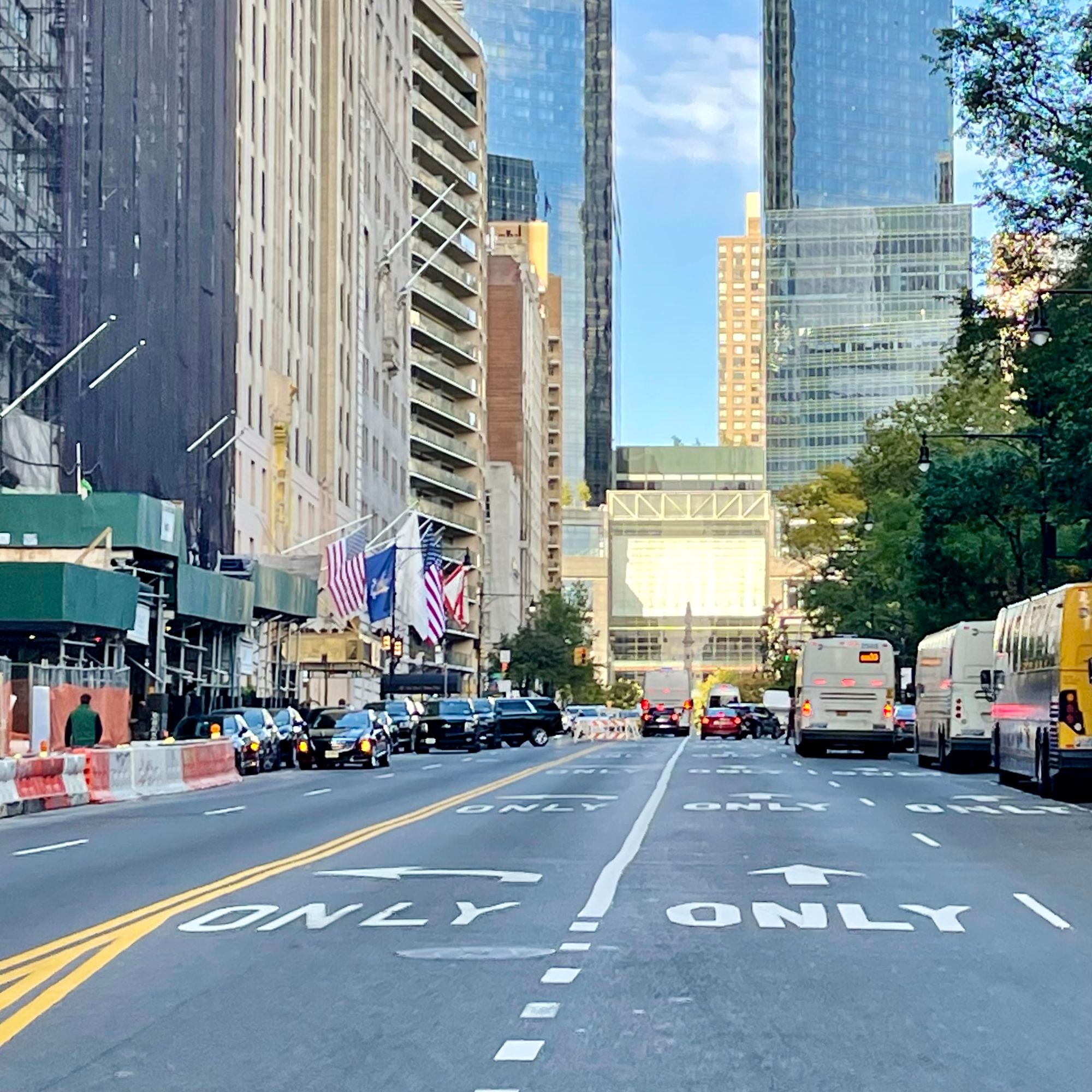
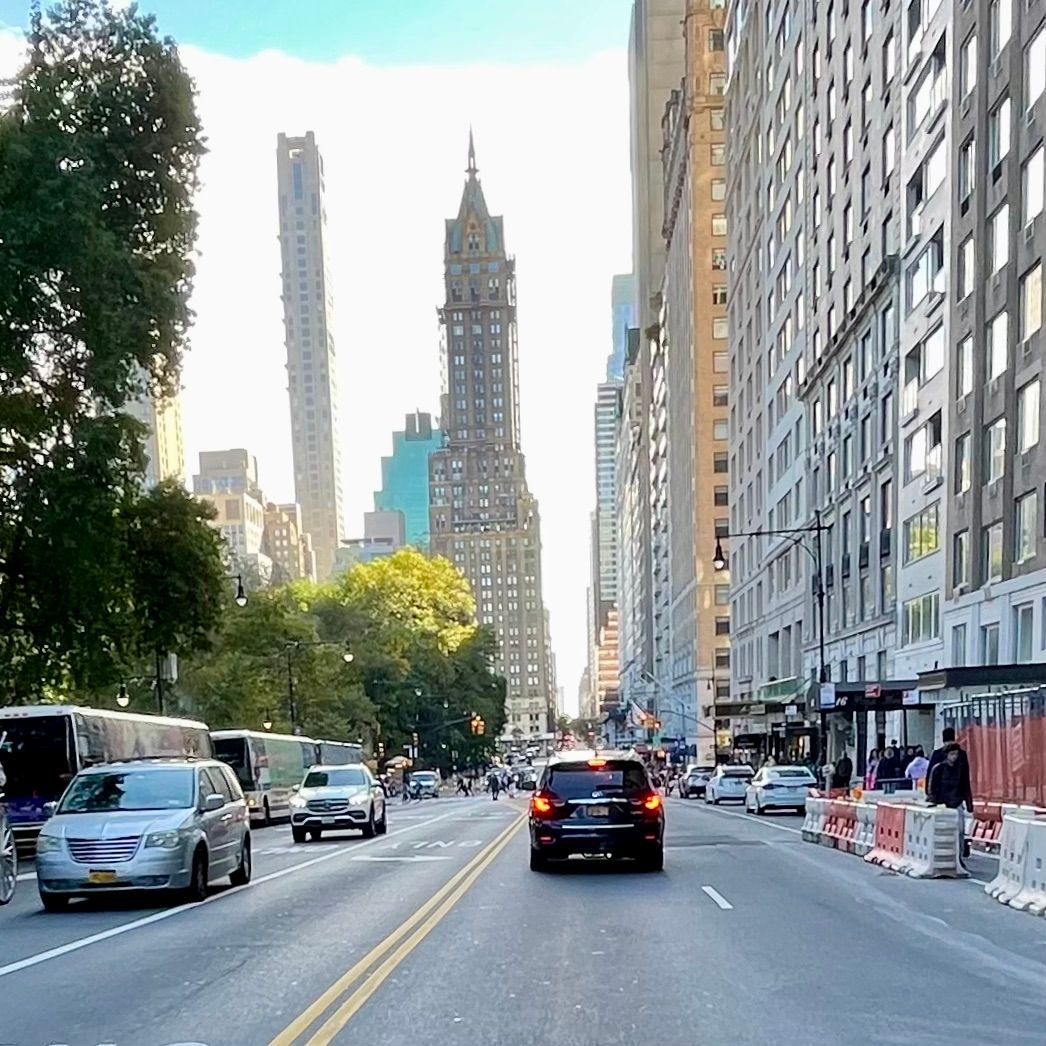
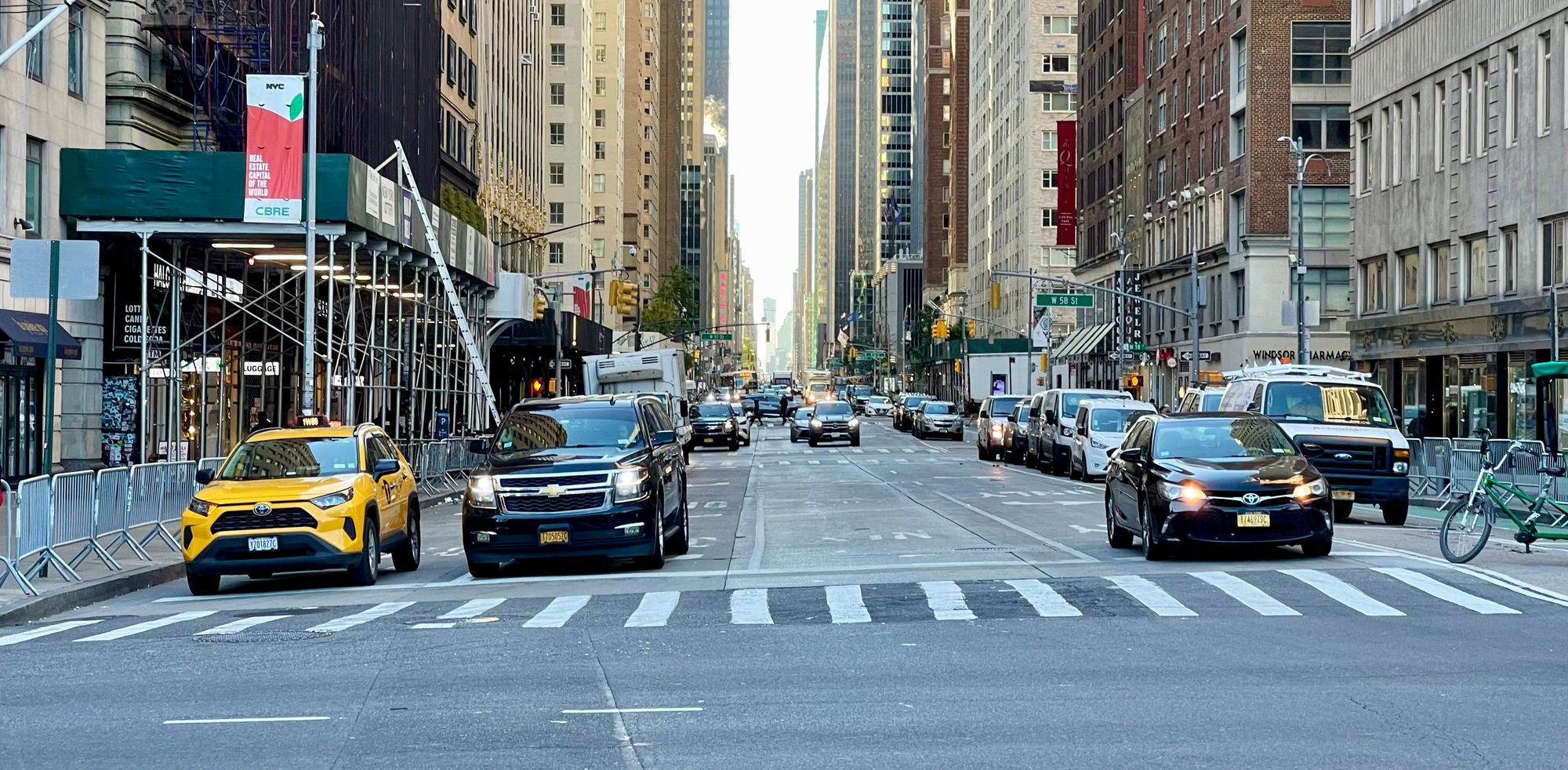
59th Street North Side along the Central park
On the north side of the street, what should be a destination (Central Park) does not greet visitors with any sense of a grand arrival. There are almost no views into the park. The entire length of 59th Street between Columbus Circle and Grand Army Plaza is a long, impenetrable wall 4 feet high, with the lower limbs of trees blocking any views into the park.
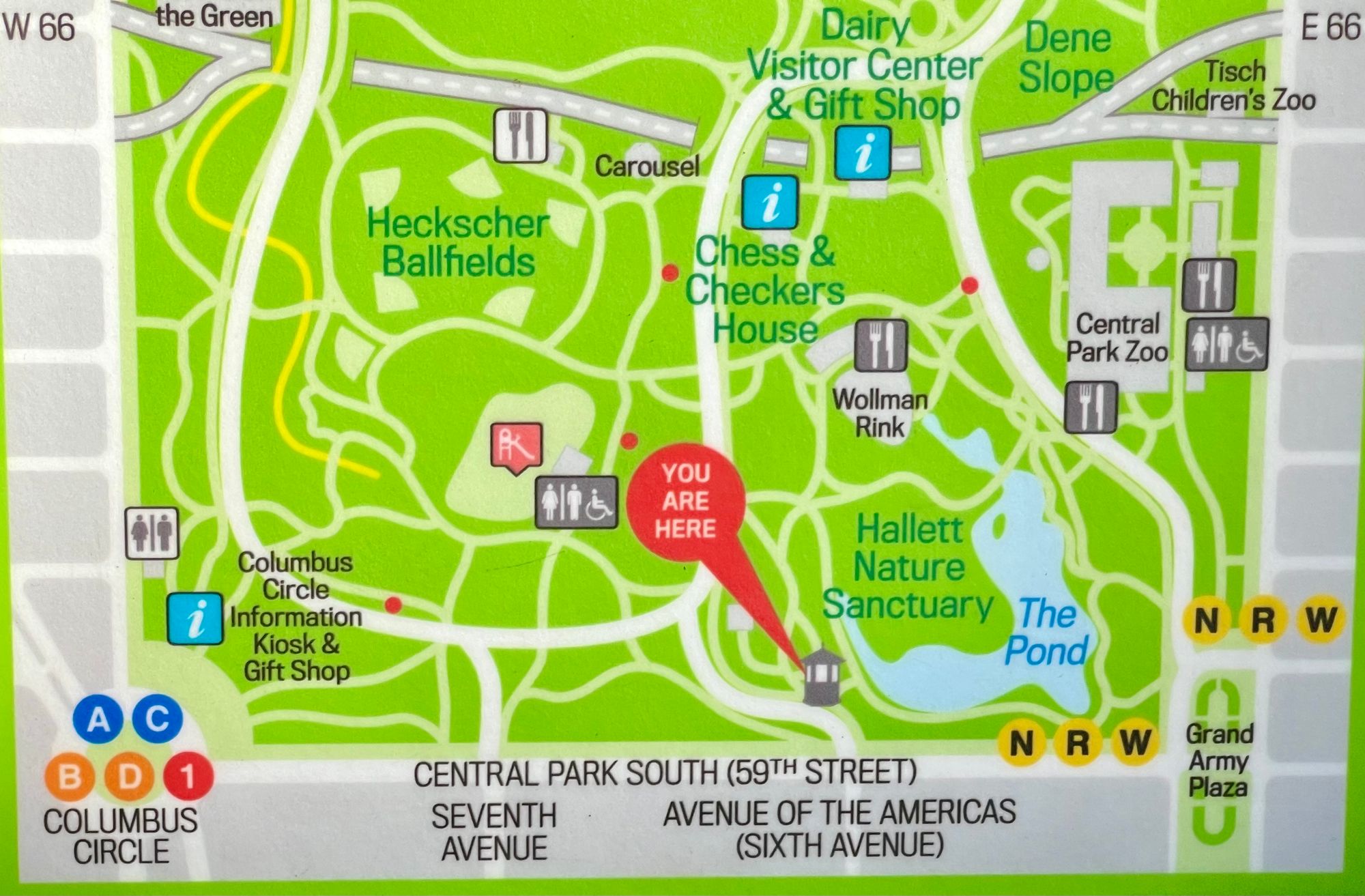

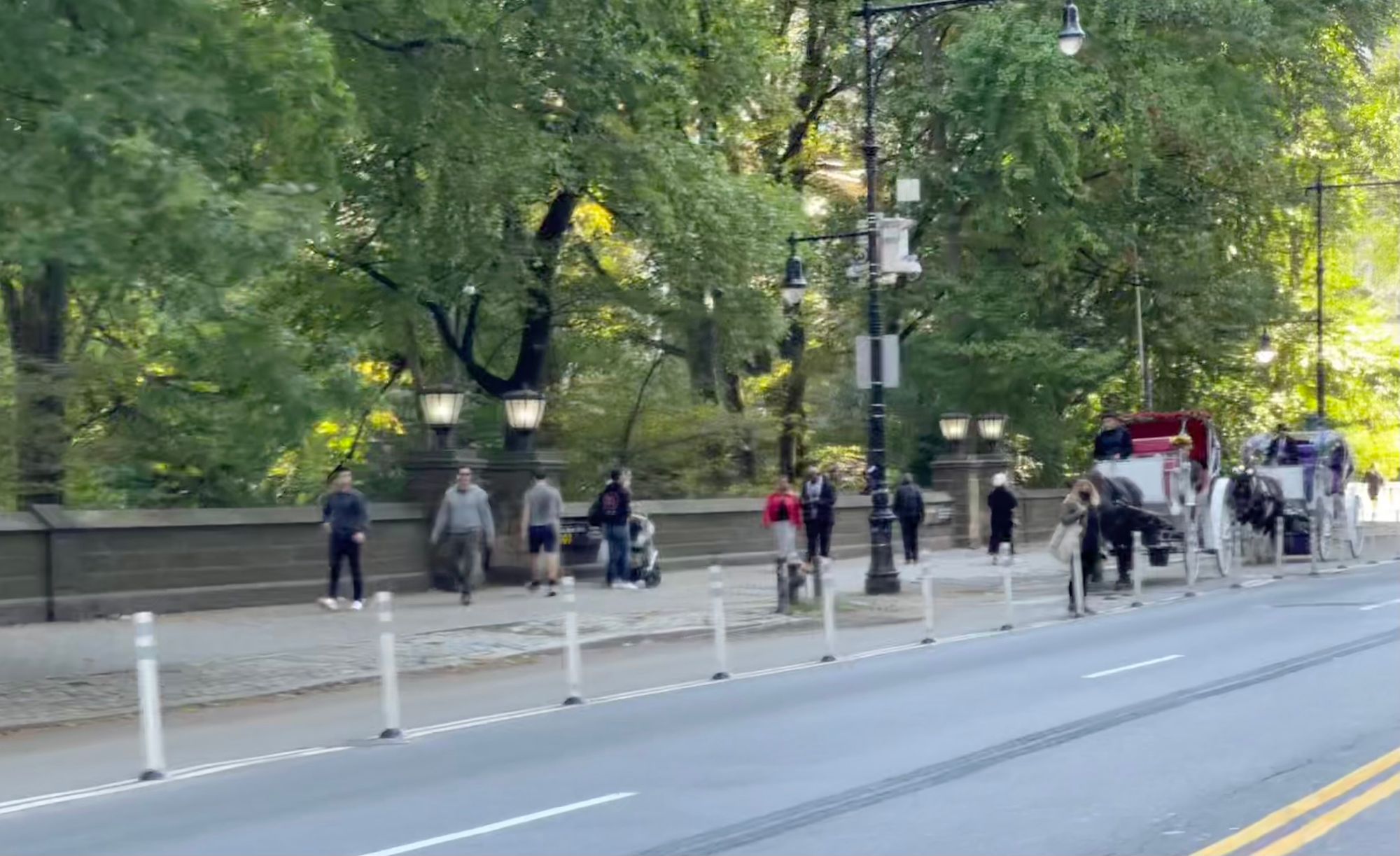
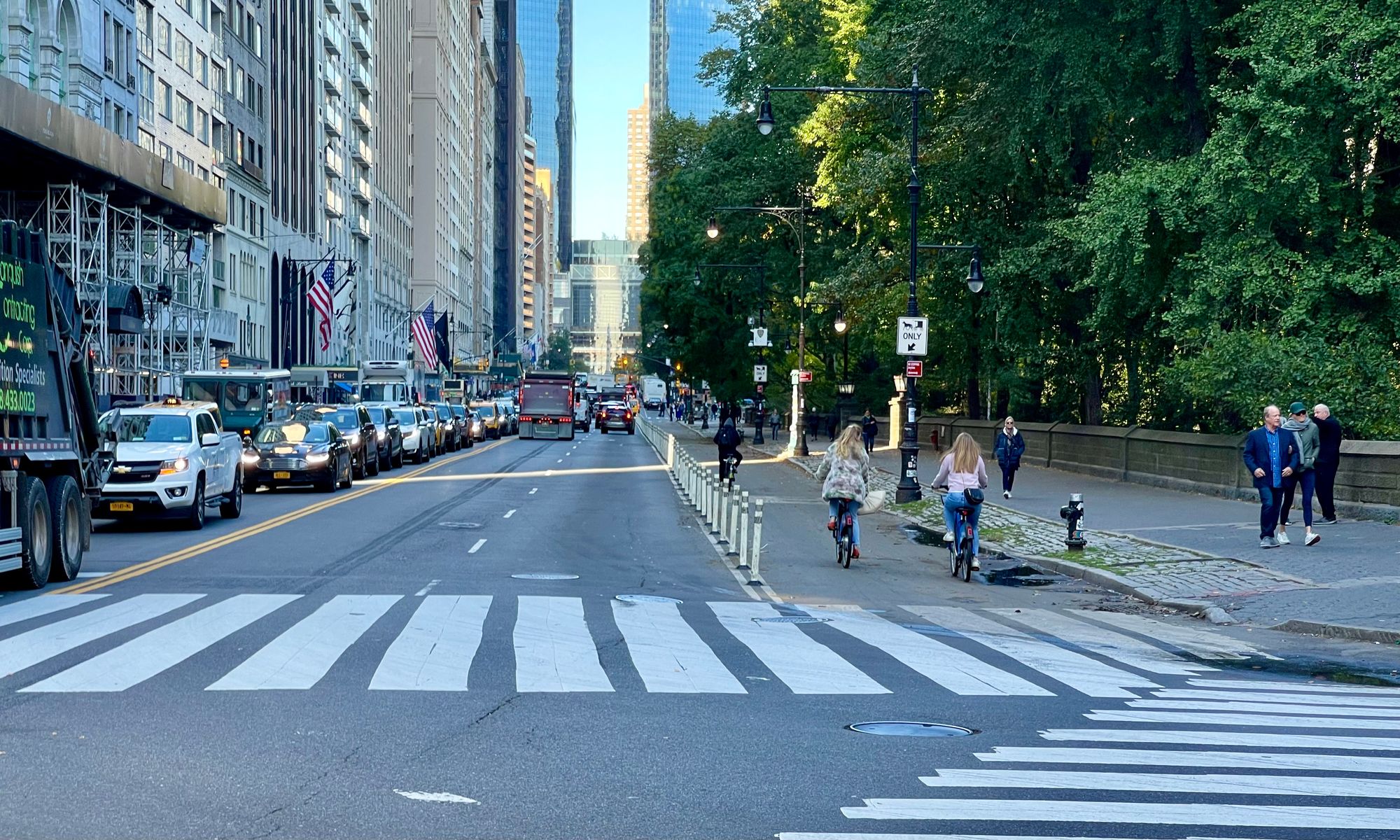
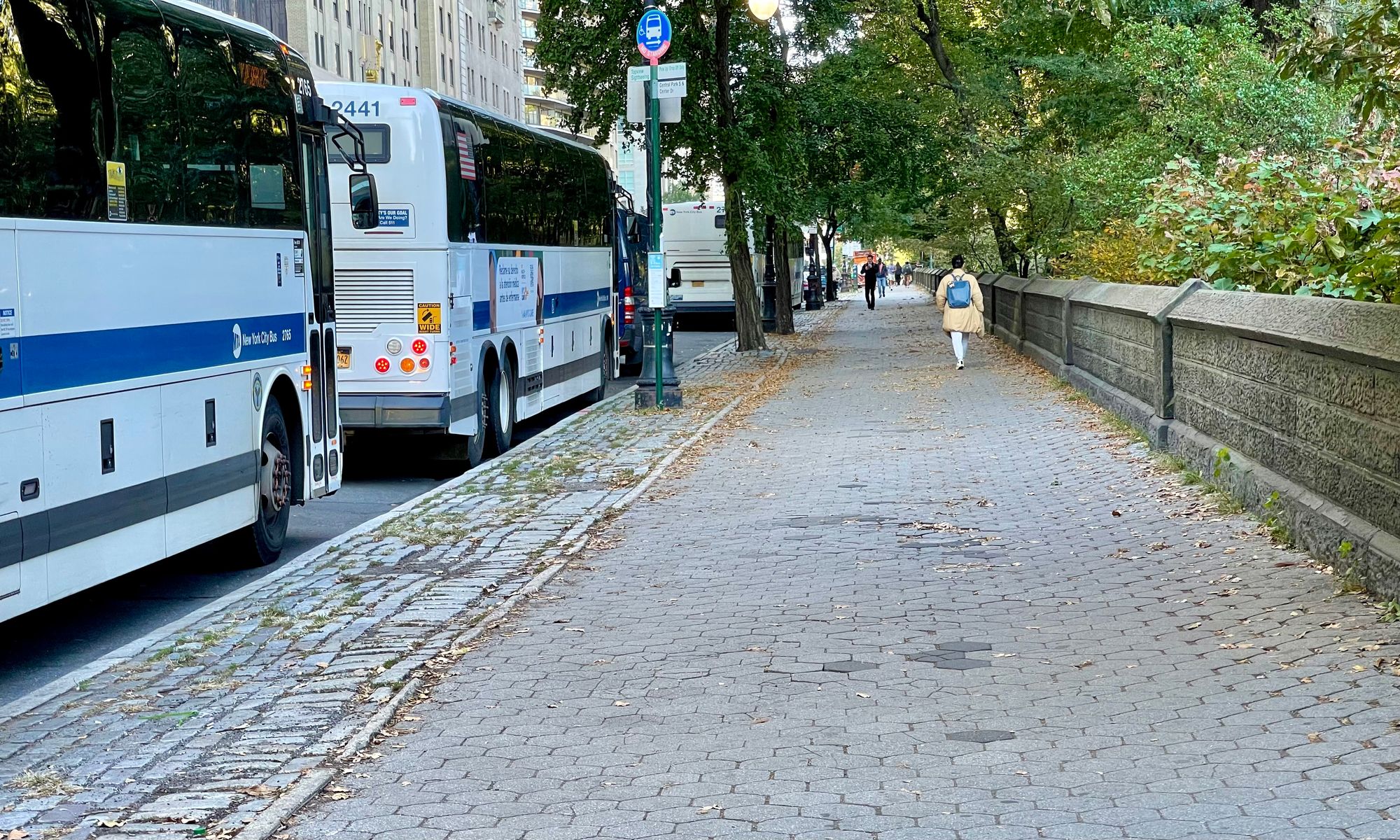
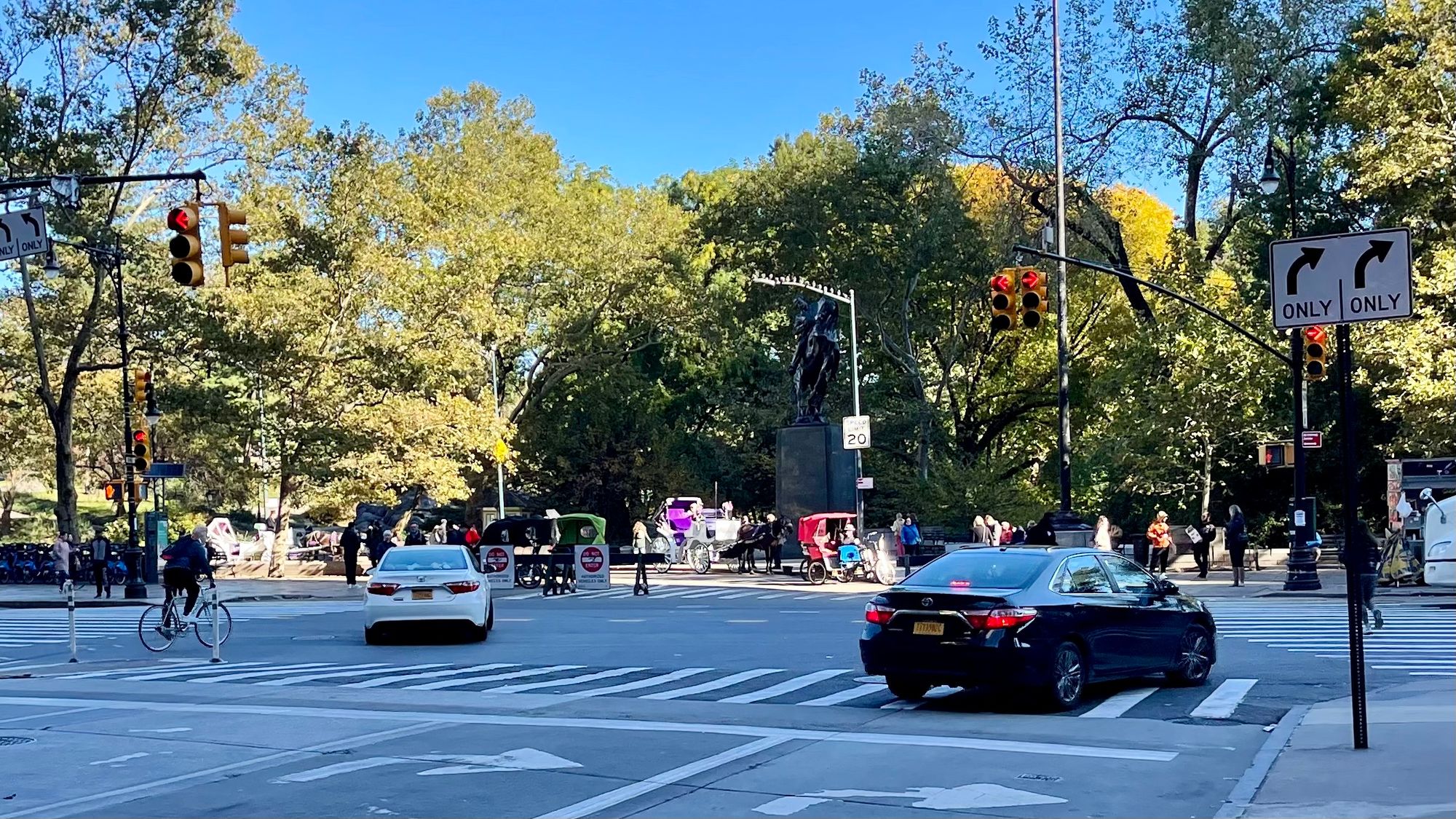
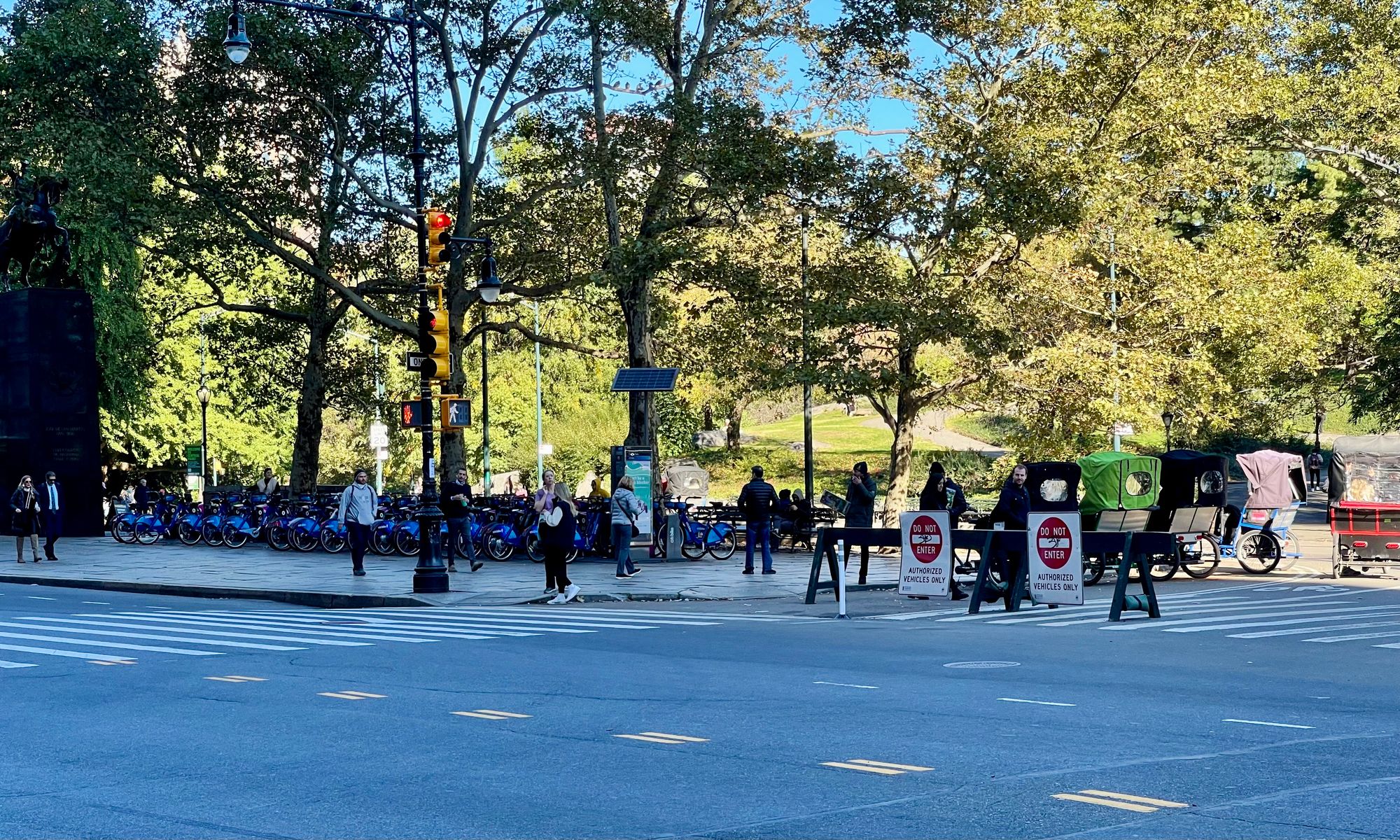
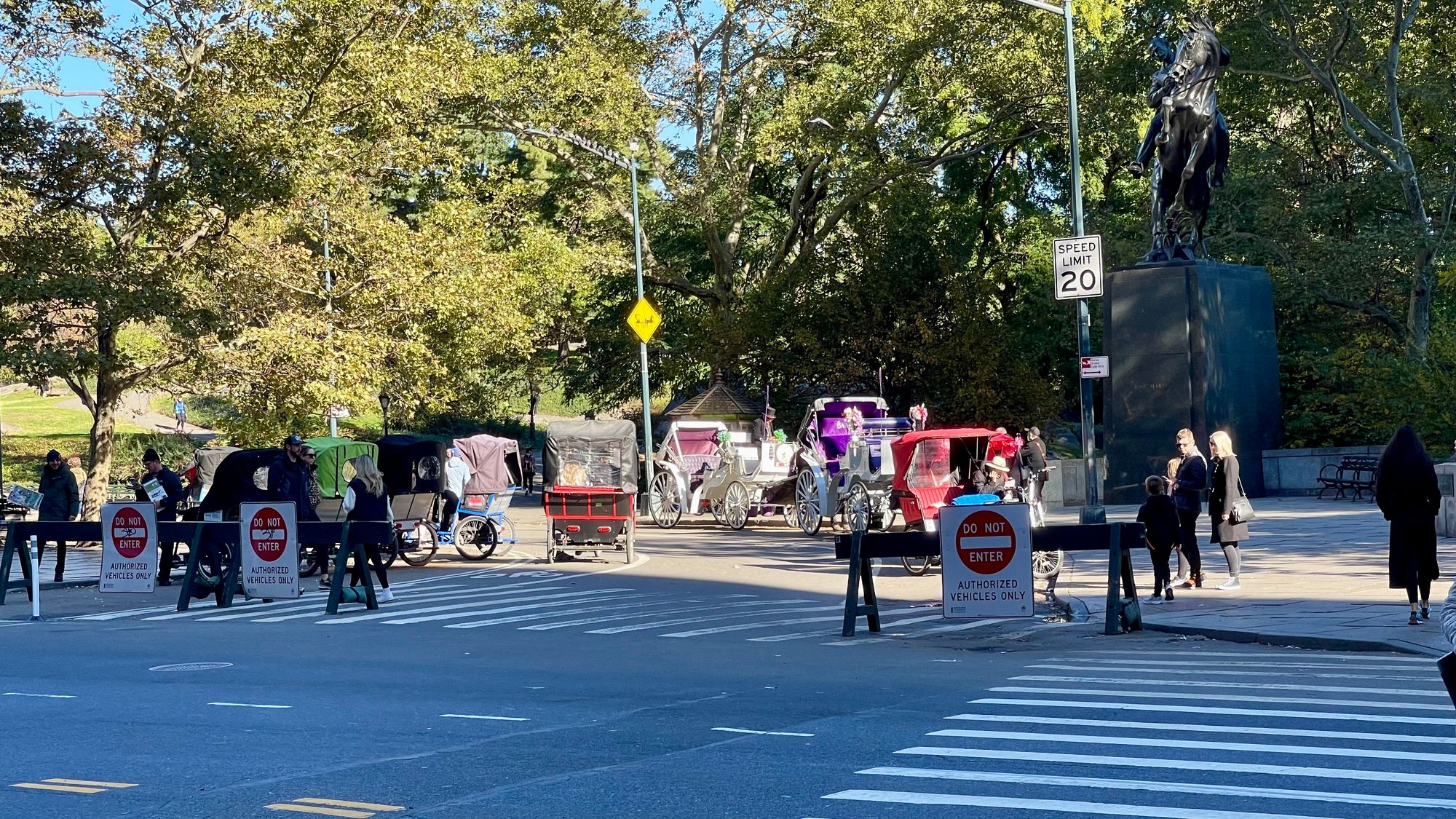
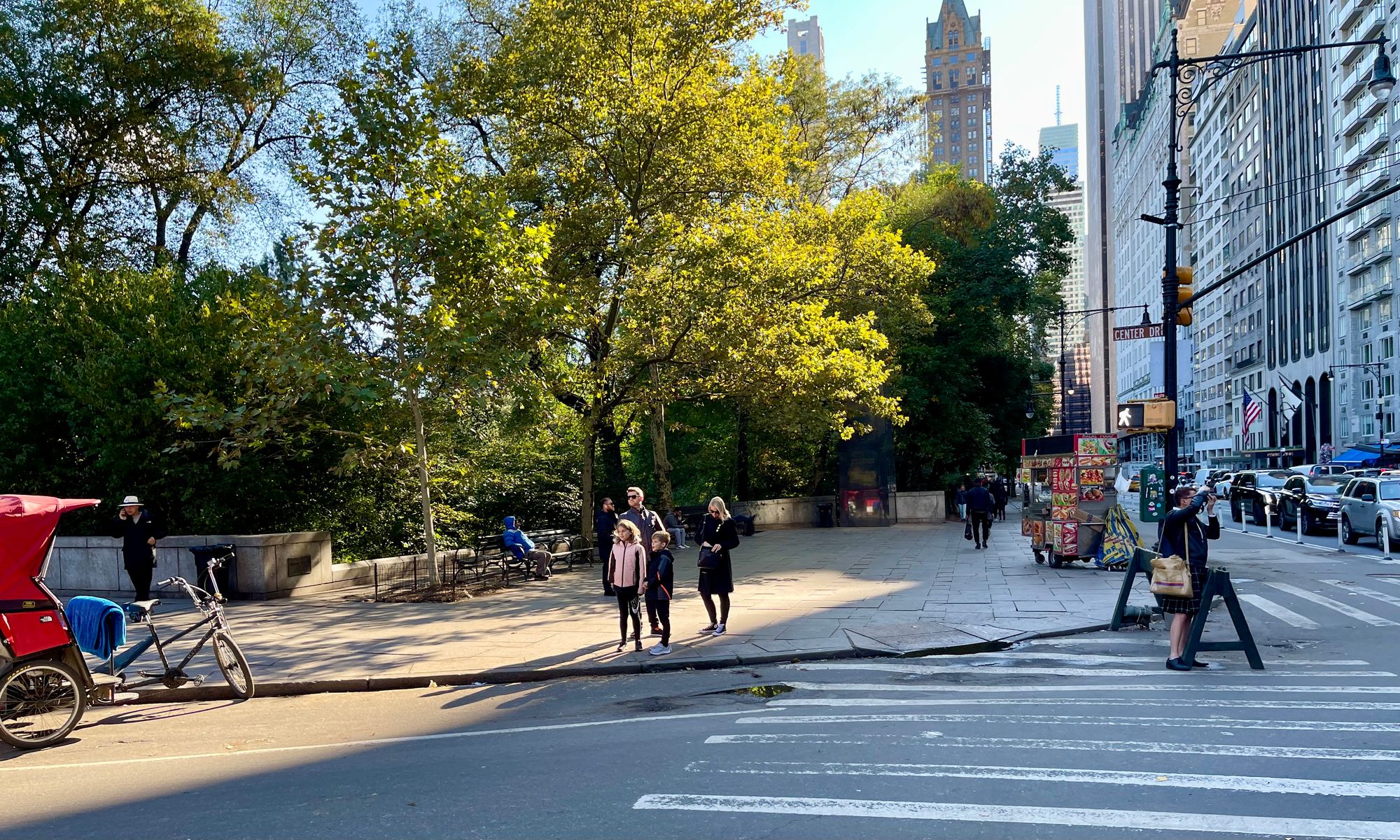
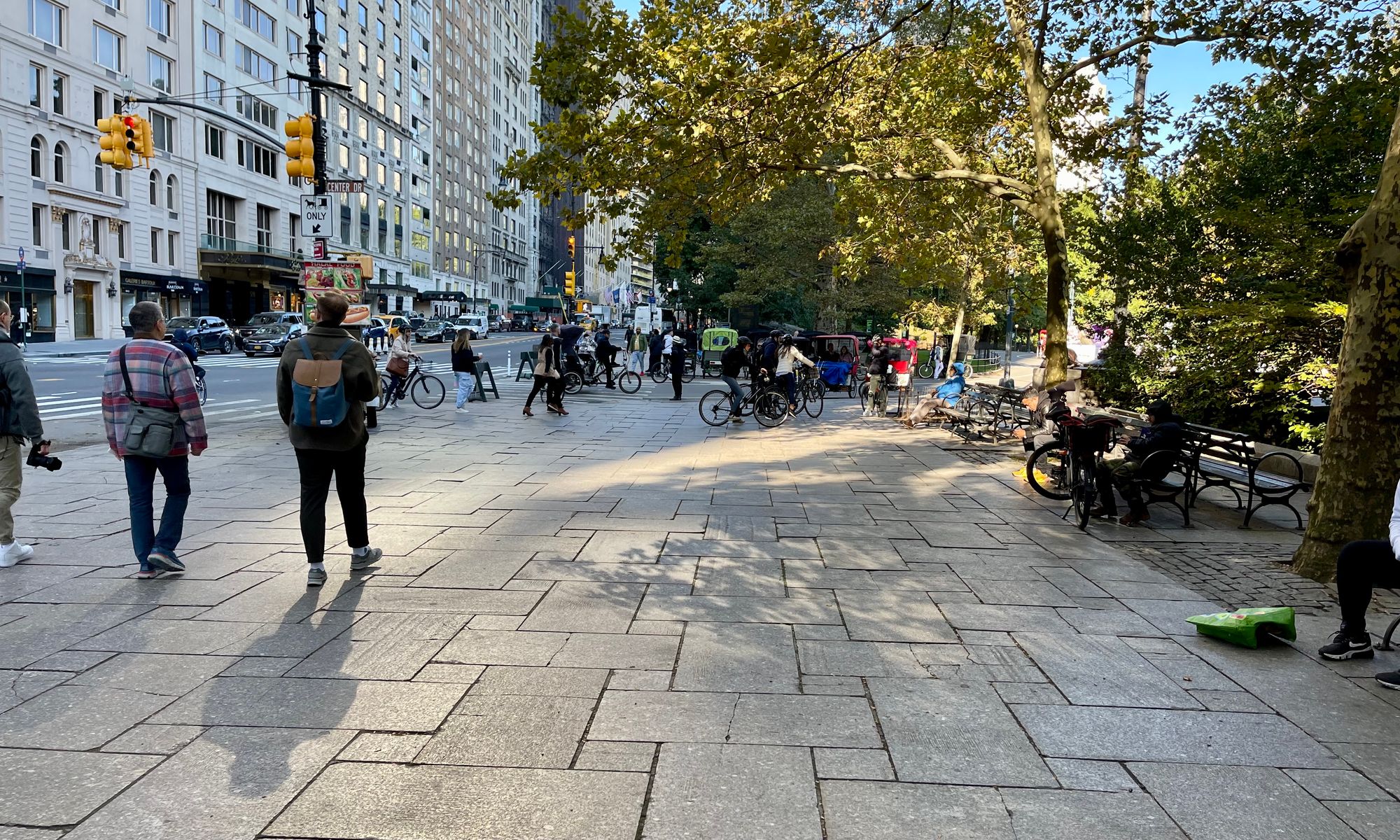
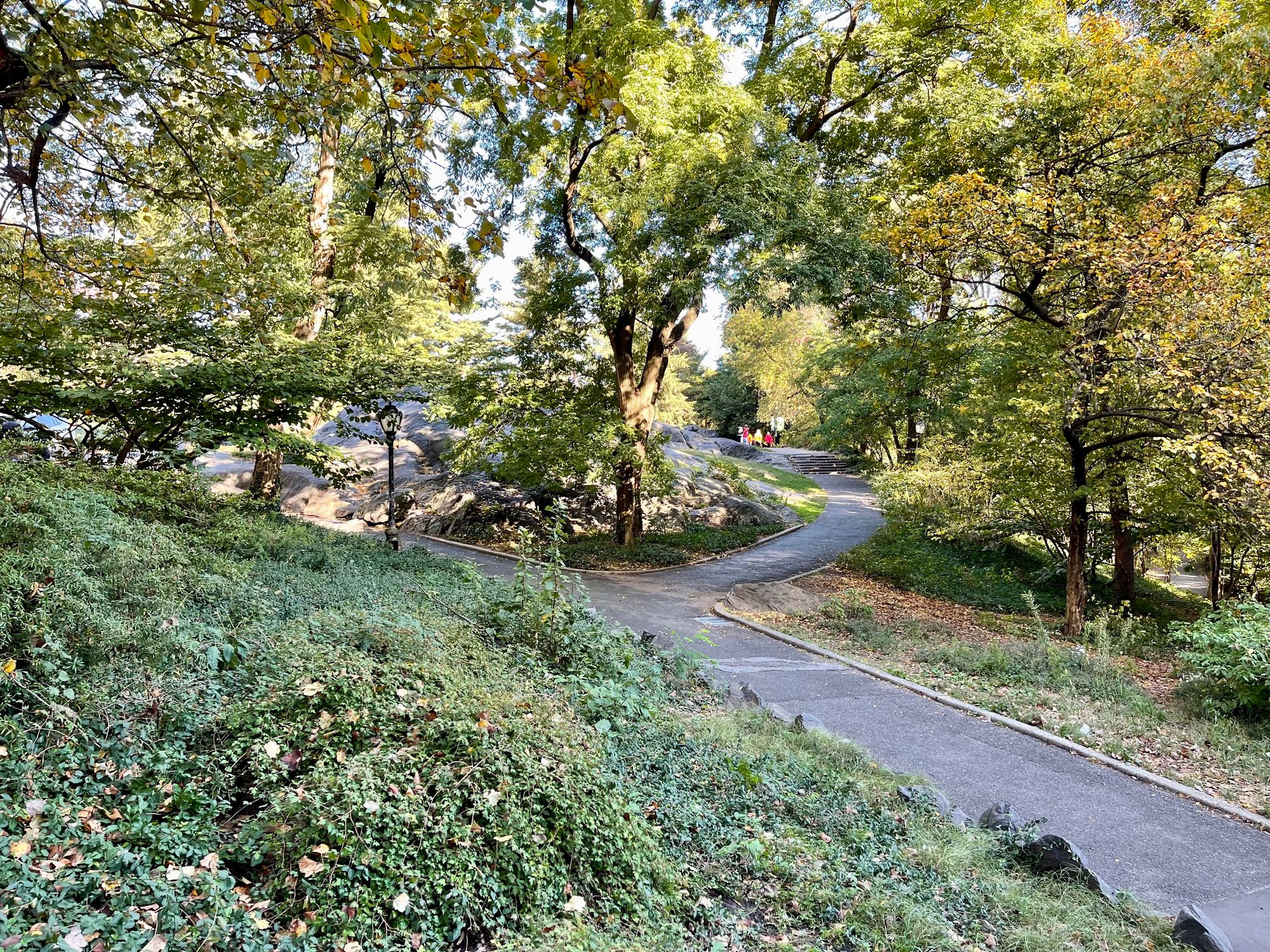
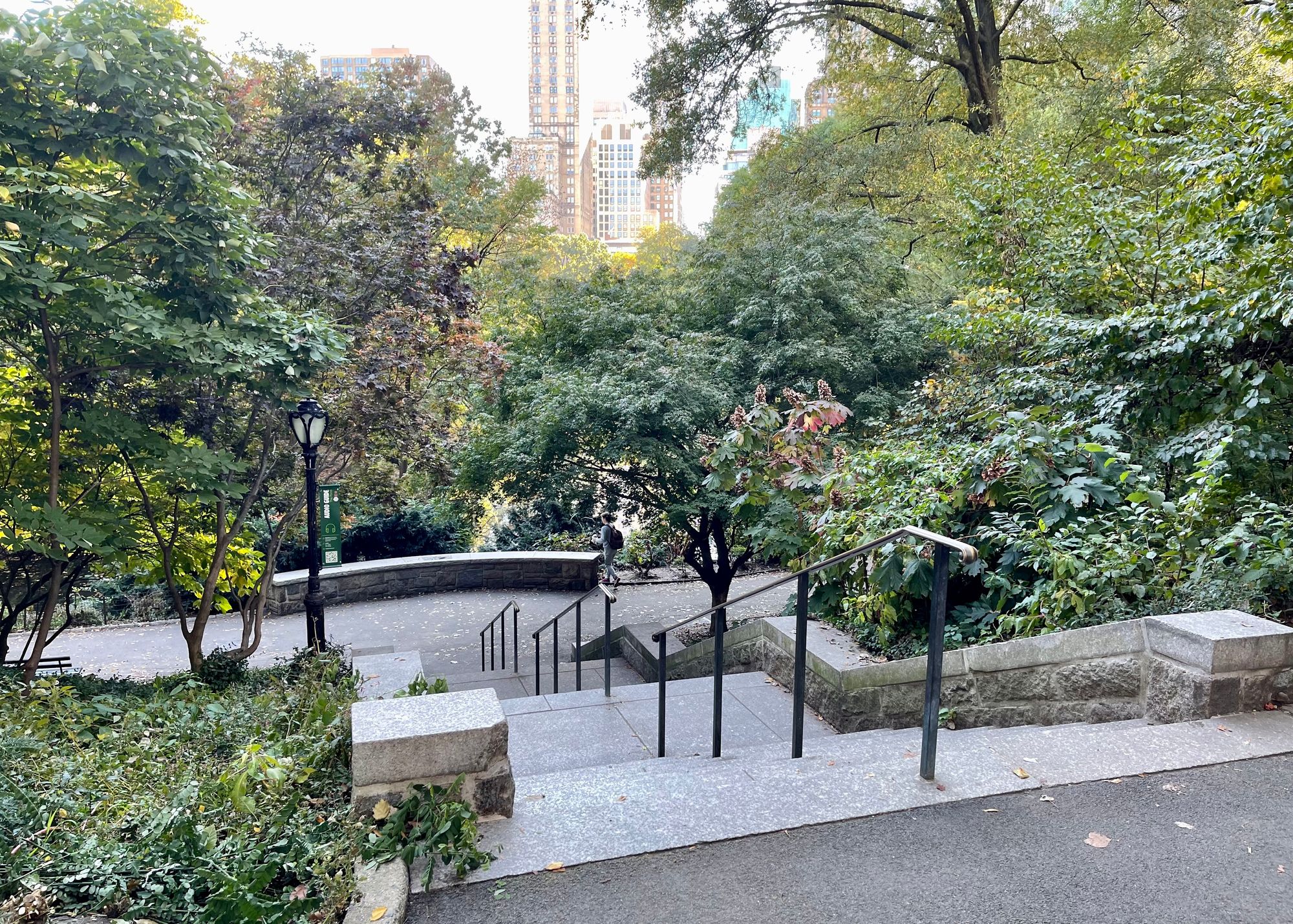
View into Park
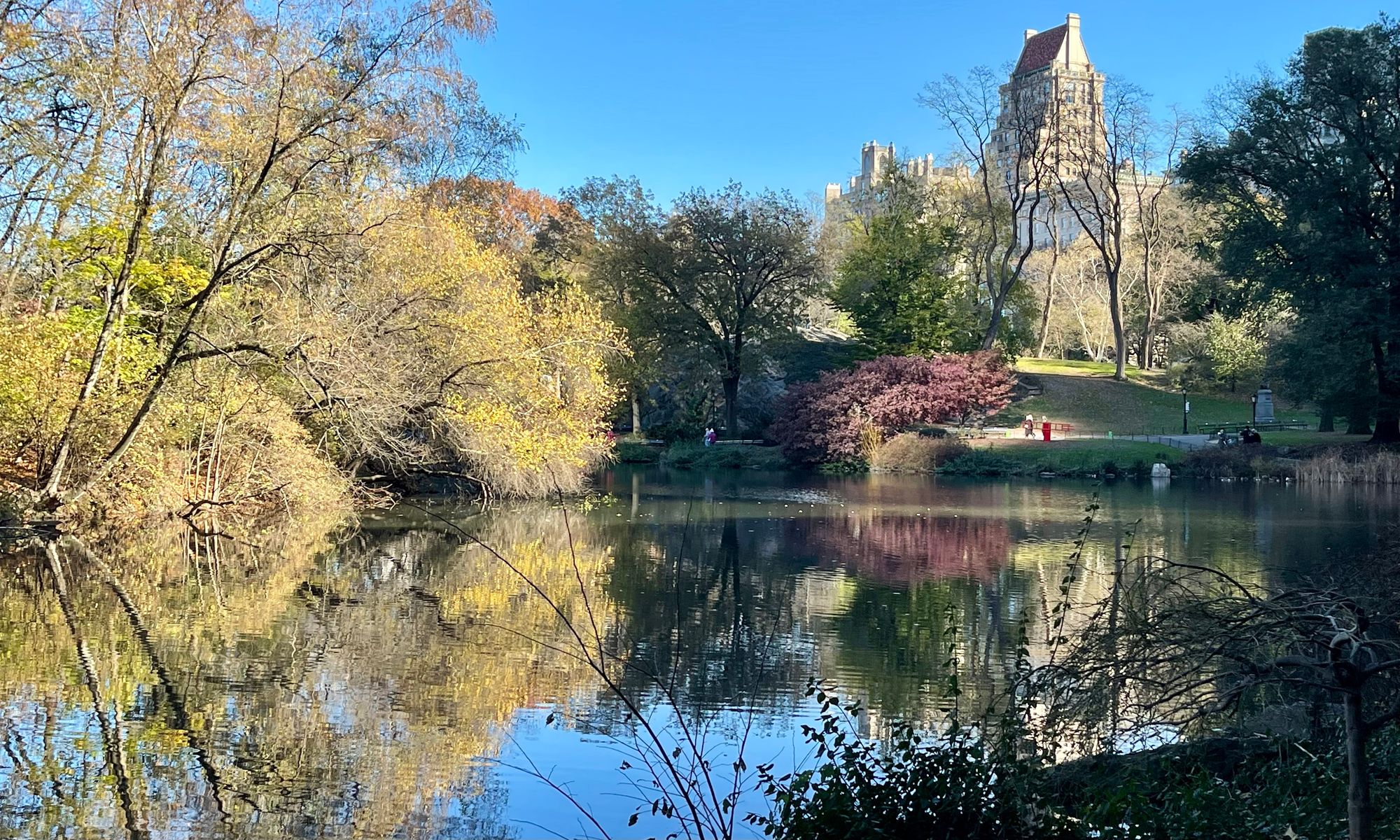
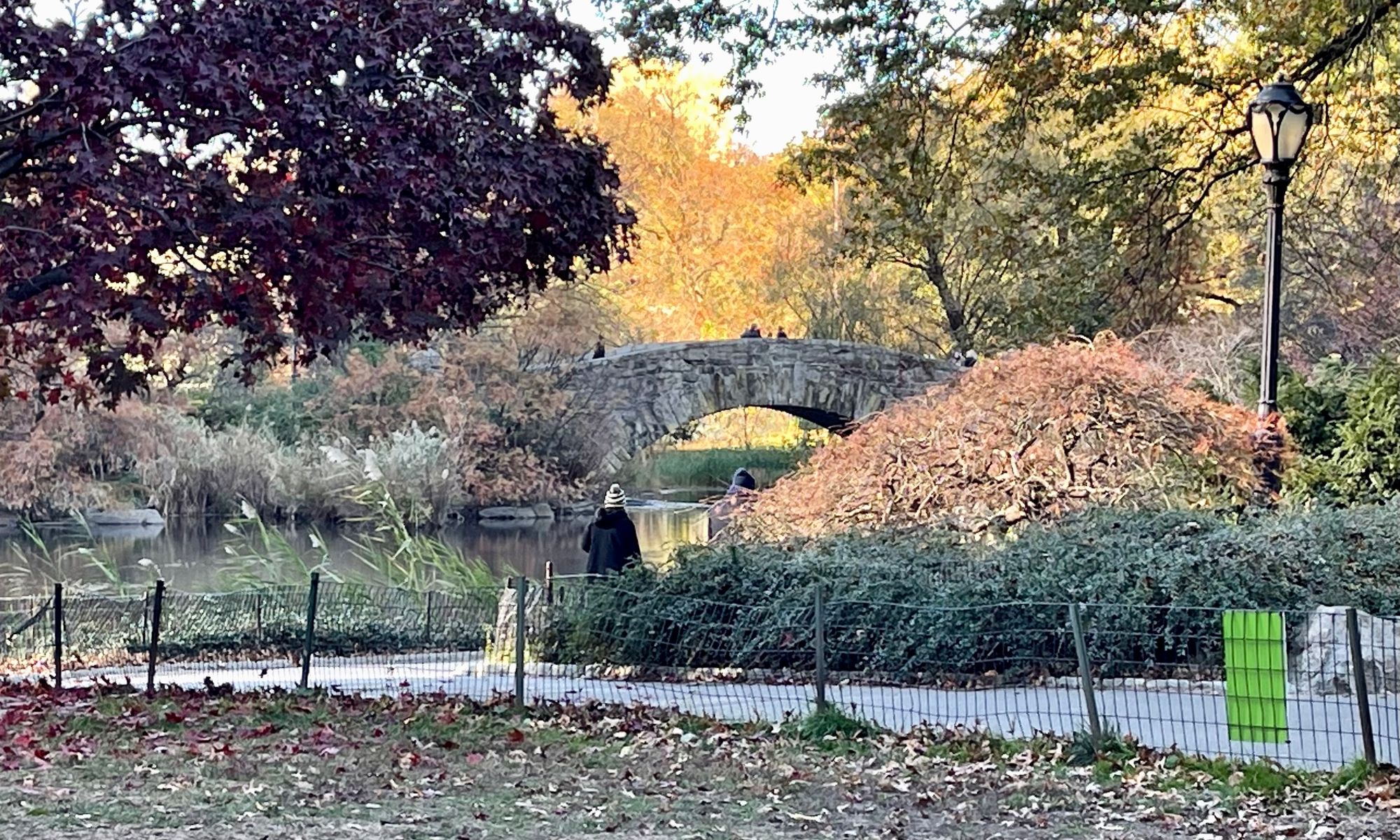
Inside the Park
South side of 59th Street
On the south side of the street, there are major hotels and prominent residential buildings, but the sidewalks are so narrow they have no place to show off what they are about.

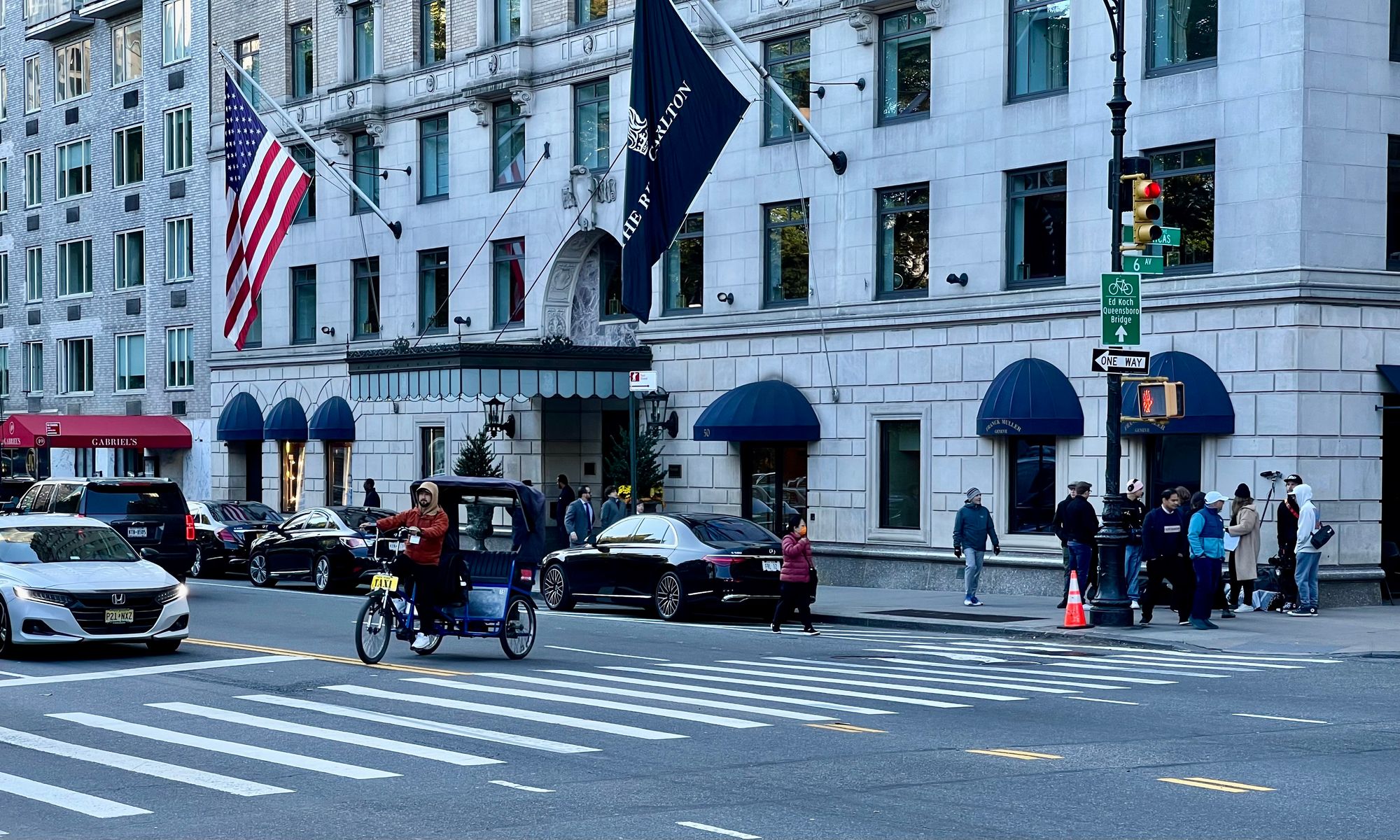
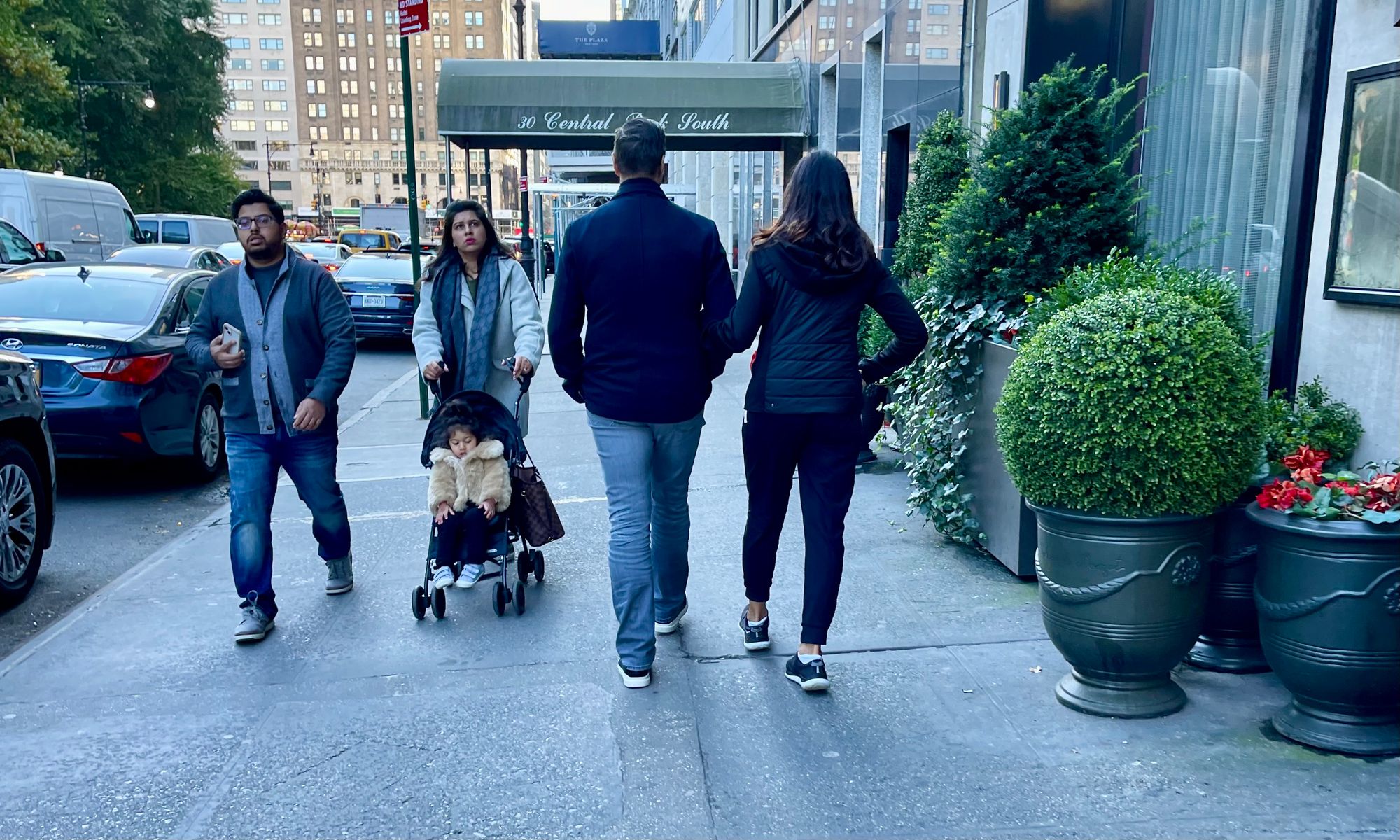
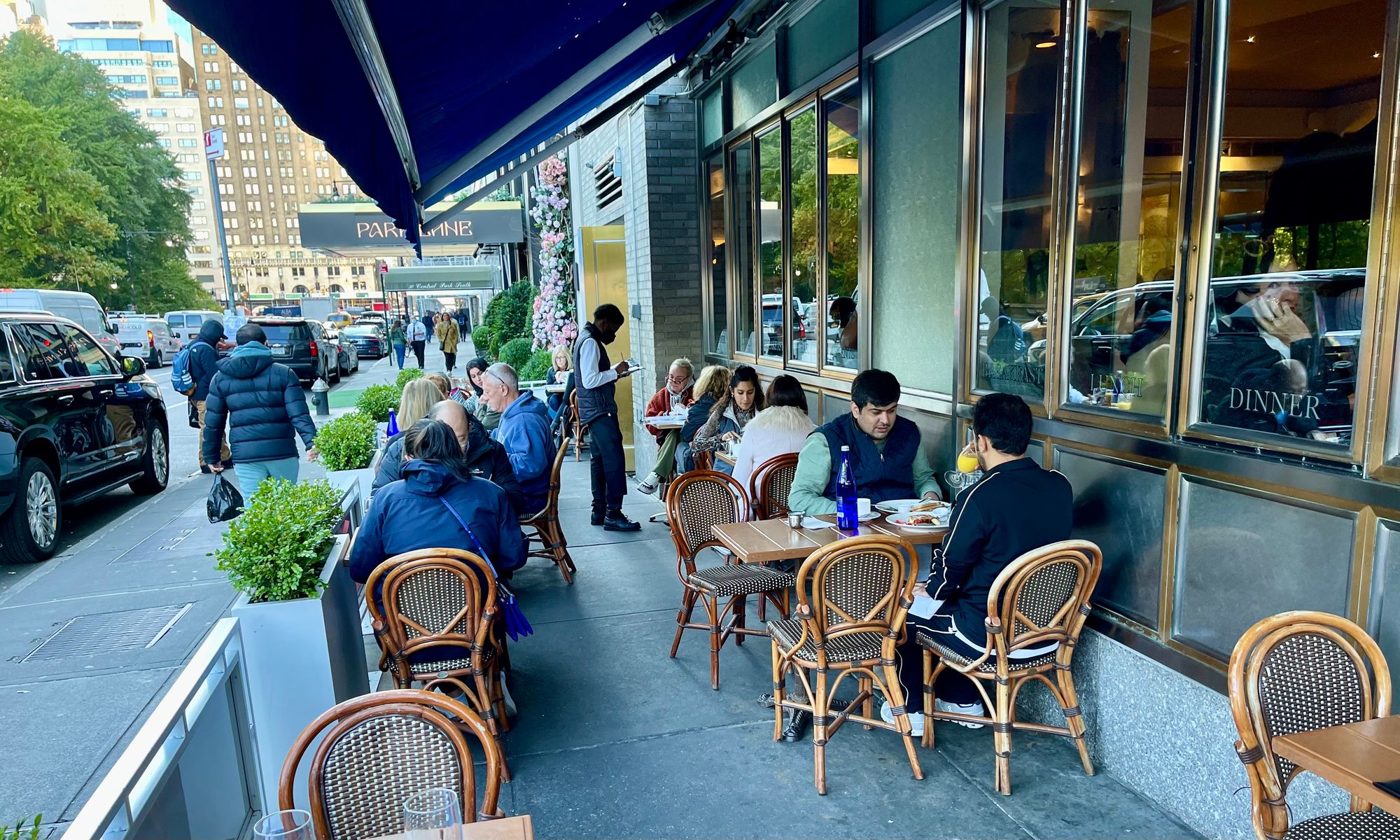
It was not always like this. Here's a drawing of 59th Street in 1886. Notice the wide sidewalk on 59th Street and the narrow street.
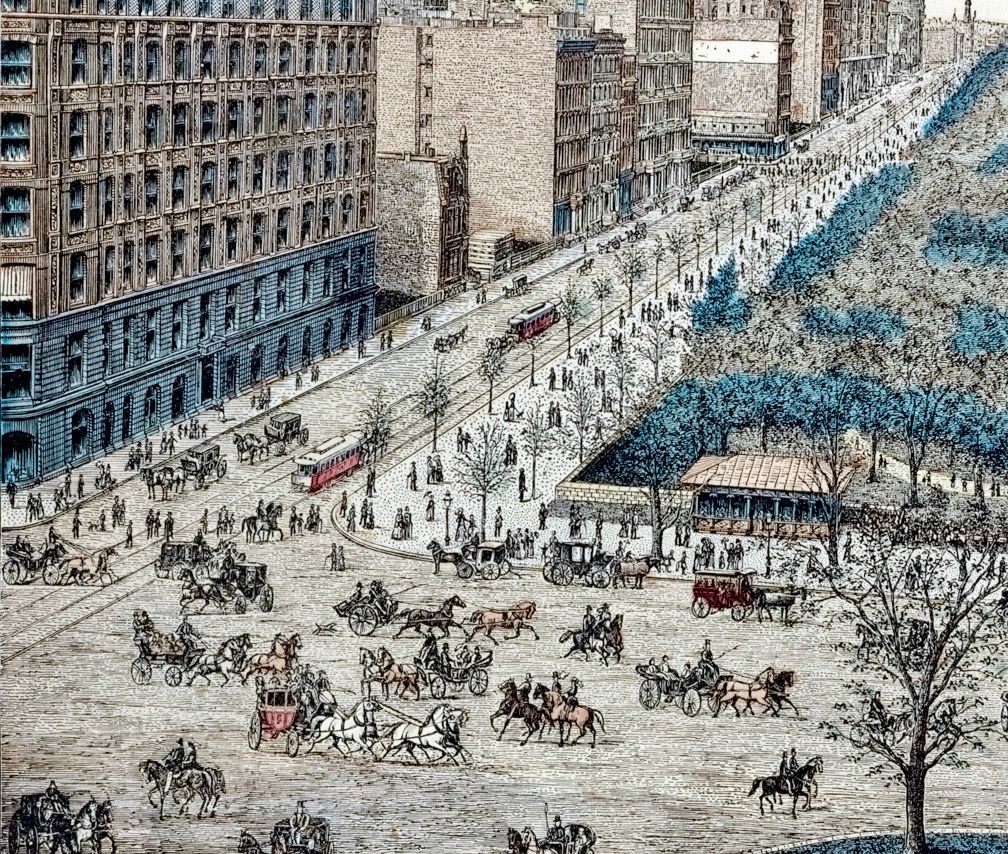
59th Street should not be a thoroughfare for traffic. Like Avenue of the Americas, there's an opportunity to redistribute the street and sidewalk space into a grand Promenade (above). The south side of the street could be a wide, often double-loaded pedestrian environment for strolling, shopping, and eating in cafes. The intersections and entrances into Central Park on 59th Street need to be defined by much stronger identities, filling out both spaces with other uses. This in itself would have a dramatic impact, extending to major avenues themselves (5th, 6th, 7th, and Broadway from Lincoln Center to at least Times Square), crosstown streets, 58th and 59th.
Central Park needs to become the "front yard" for Midtown. A new vision for the southern end of the park's four entrances should encompass both inside the park and reaching out into the Midtown. All of this could be made even more amazing if two other minimized public space assets on the street--Columbus Circle and Army Plaza--were fully developed instead of minor attractions.
Let's explore four concepts for 59th Street:
Concept A: Open up Access and Views into Central Park and Create more Destinations and Uses along the Inside of the Park
Concept B: Make Columbus Circle "a Square"
Concept C: Create a Major Entrance to Central Park at Avenue of the Americas
Concept D: Animating and Reconnecting Grand Army Plaza at Fifth Avenue
Concept A: Open up access and views into Central Park and Create more Destinations and Uses along the Inside of the Park
The universal appeal of Paris's beloved Luxembourg Gardens is that it makes people feel welcome to eat, relax or stroll. The wall along 59th Street could be lowered and replaced by a fence similar to the one in Luxembourg Gardens, with exhibitions and a shallow ledge for people to sit or even play on, and provide views and access into Central Park.
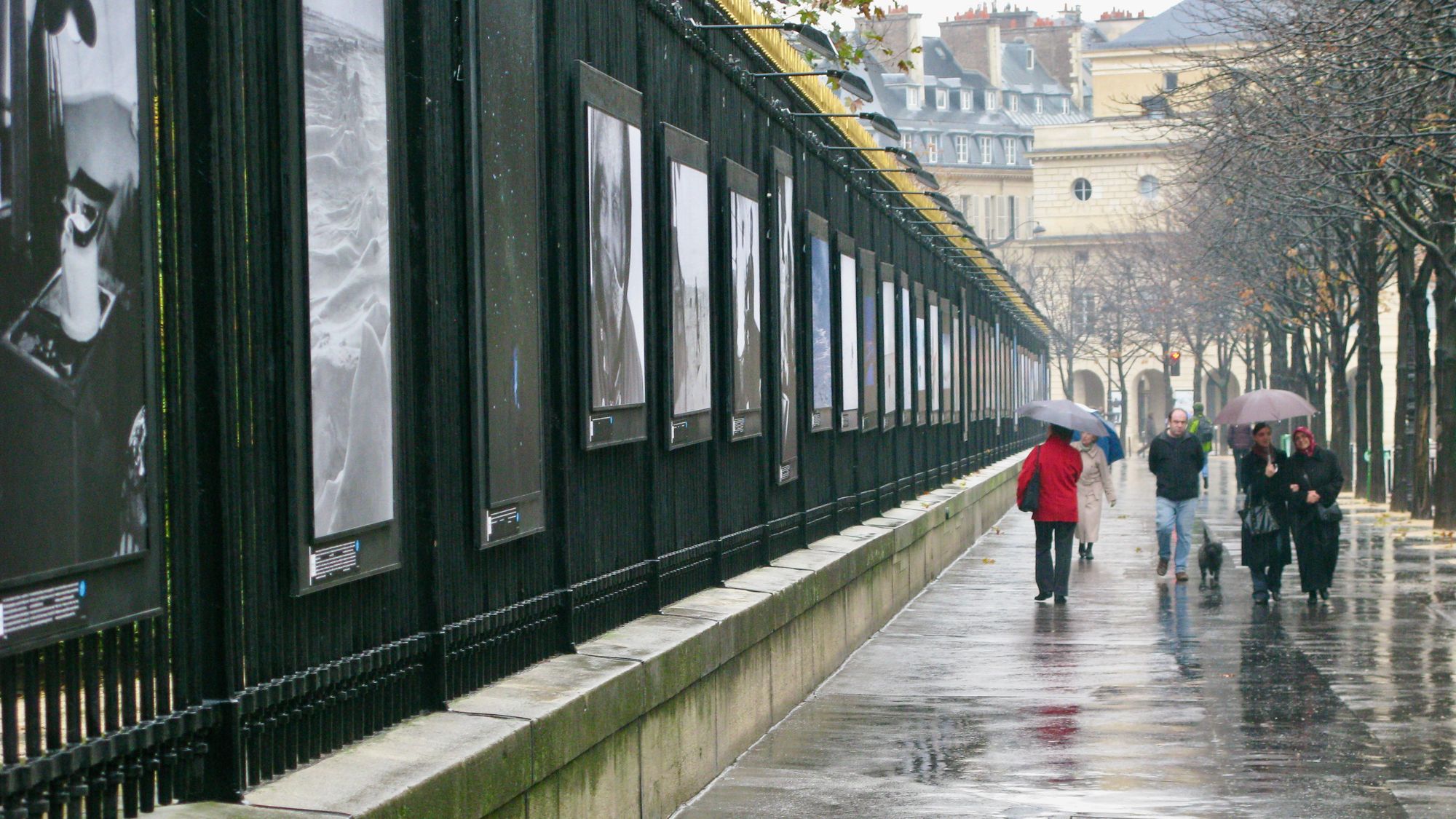
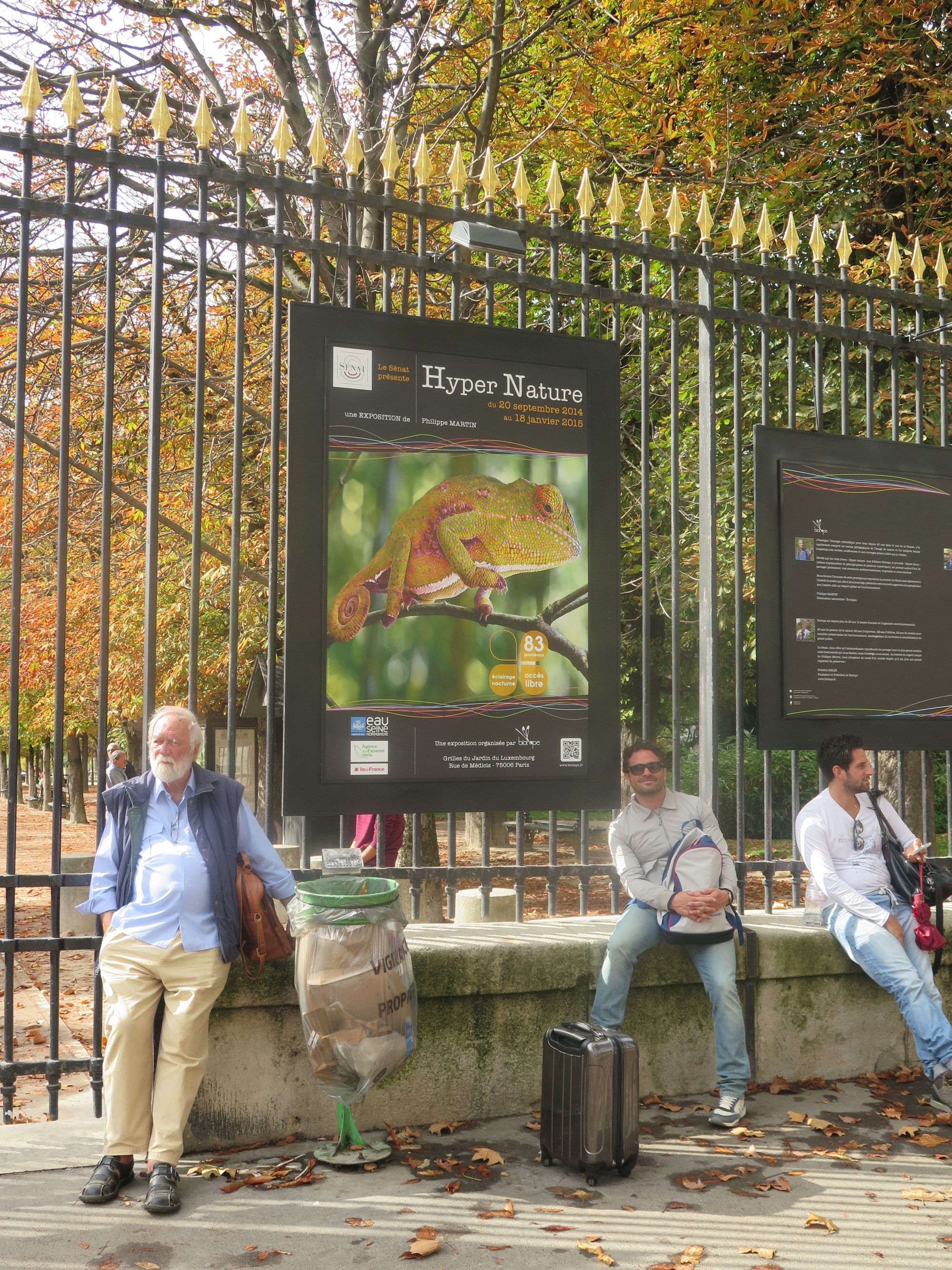
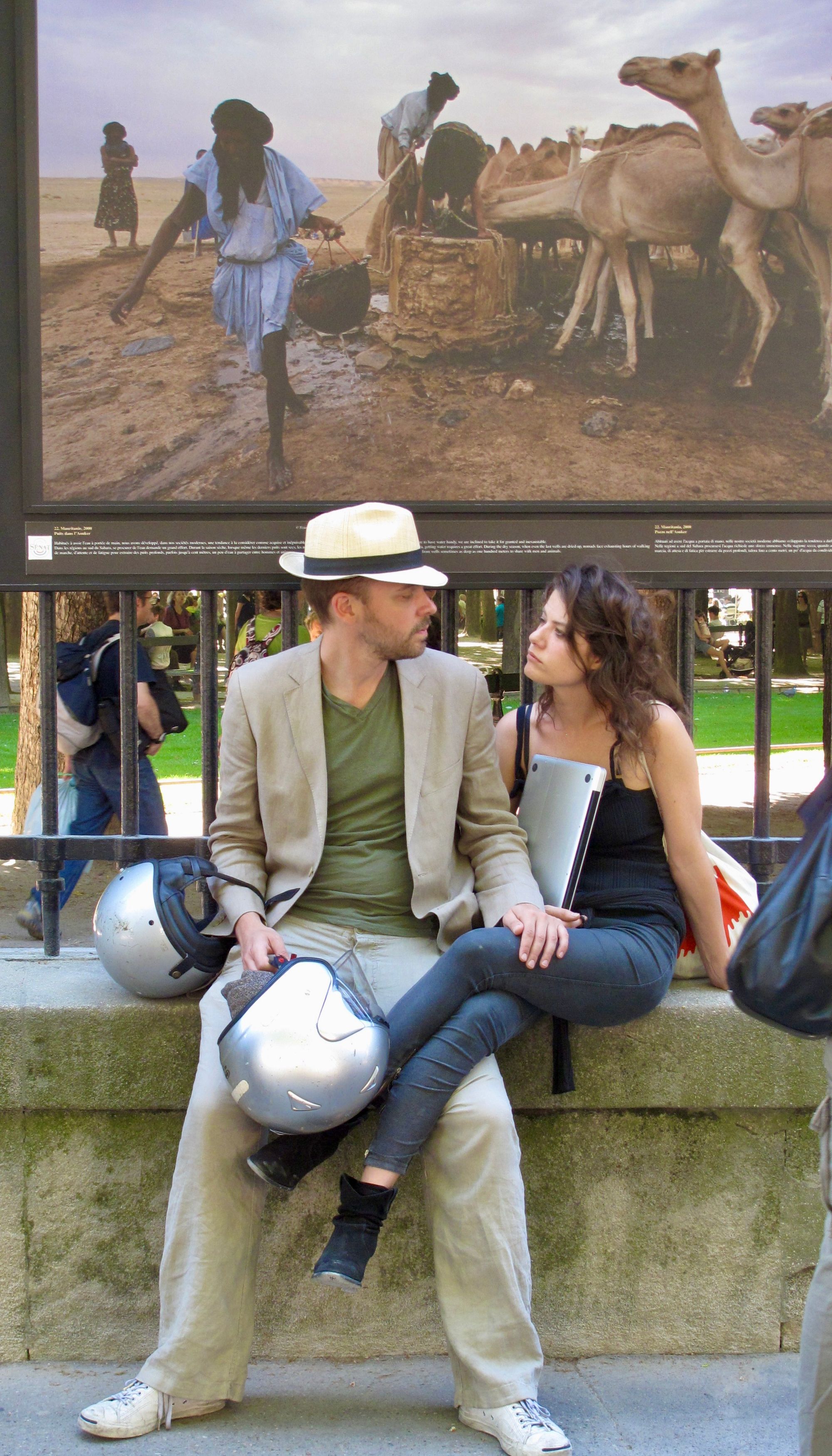
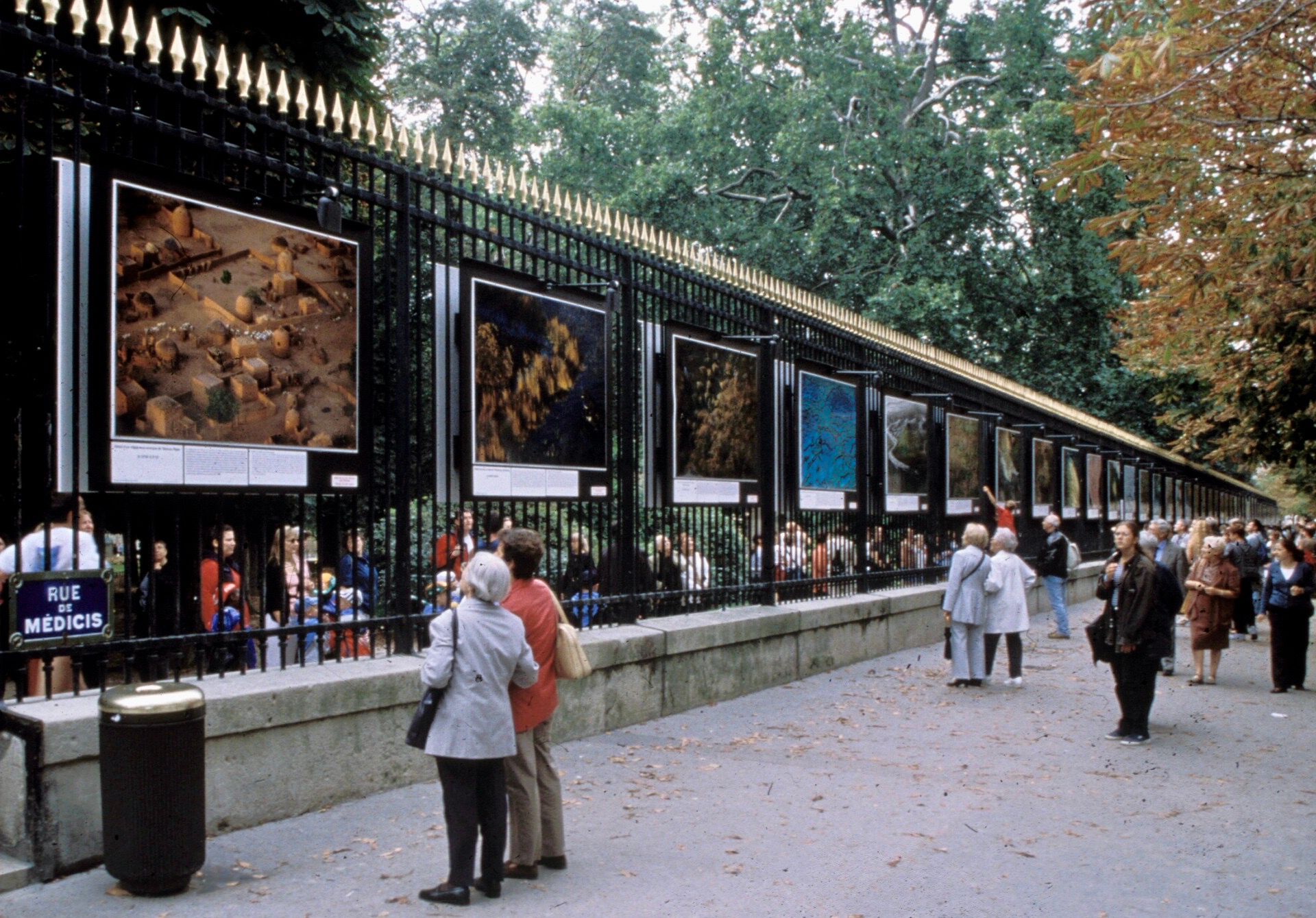
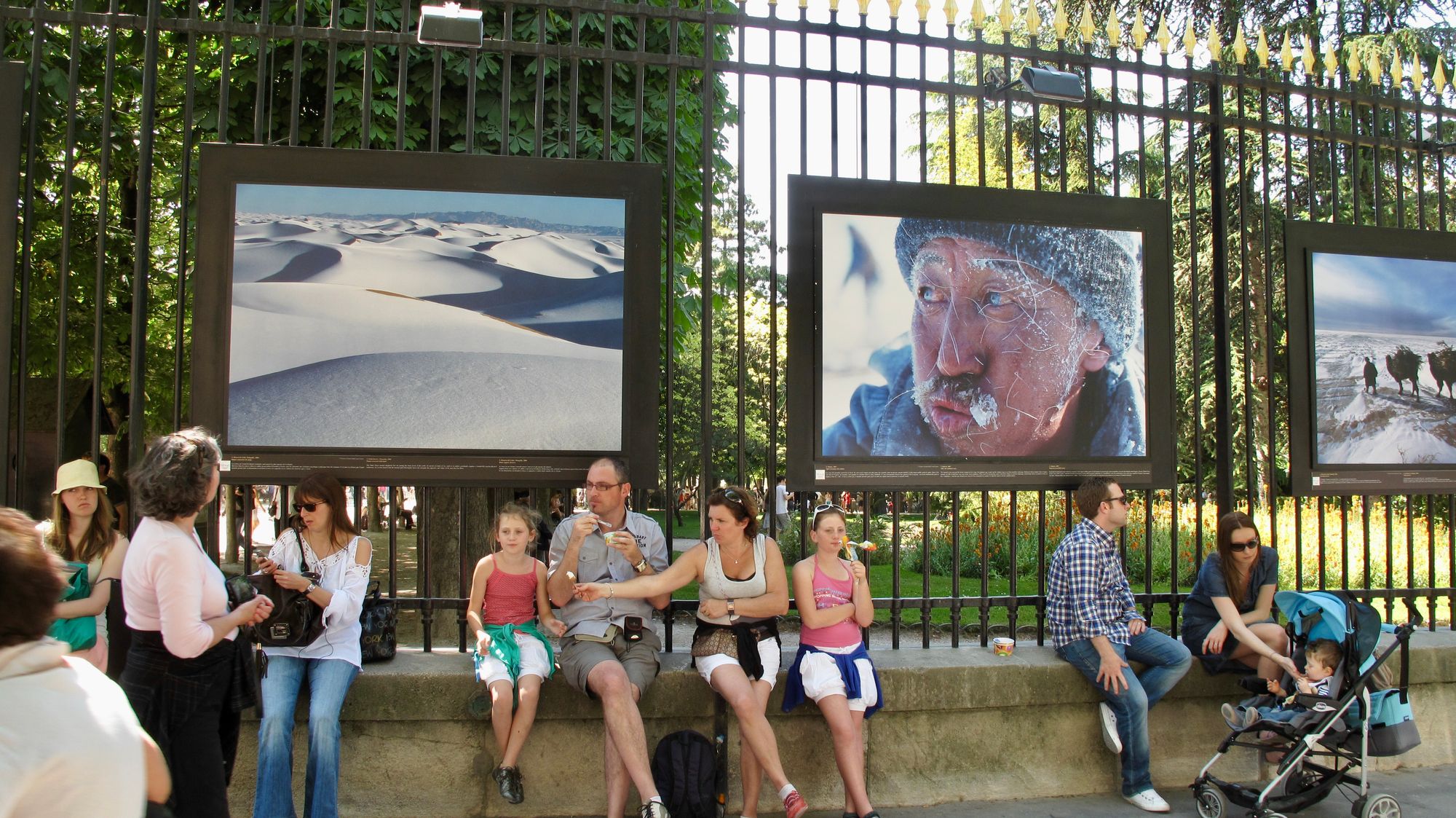
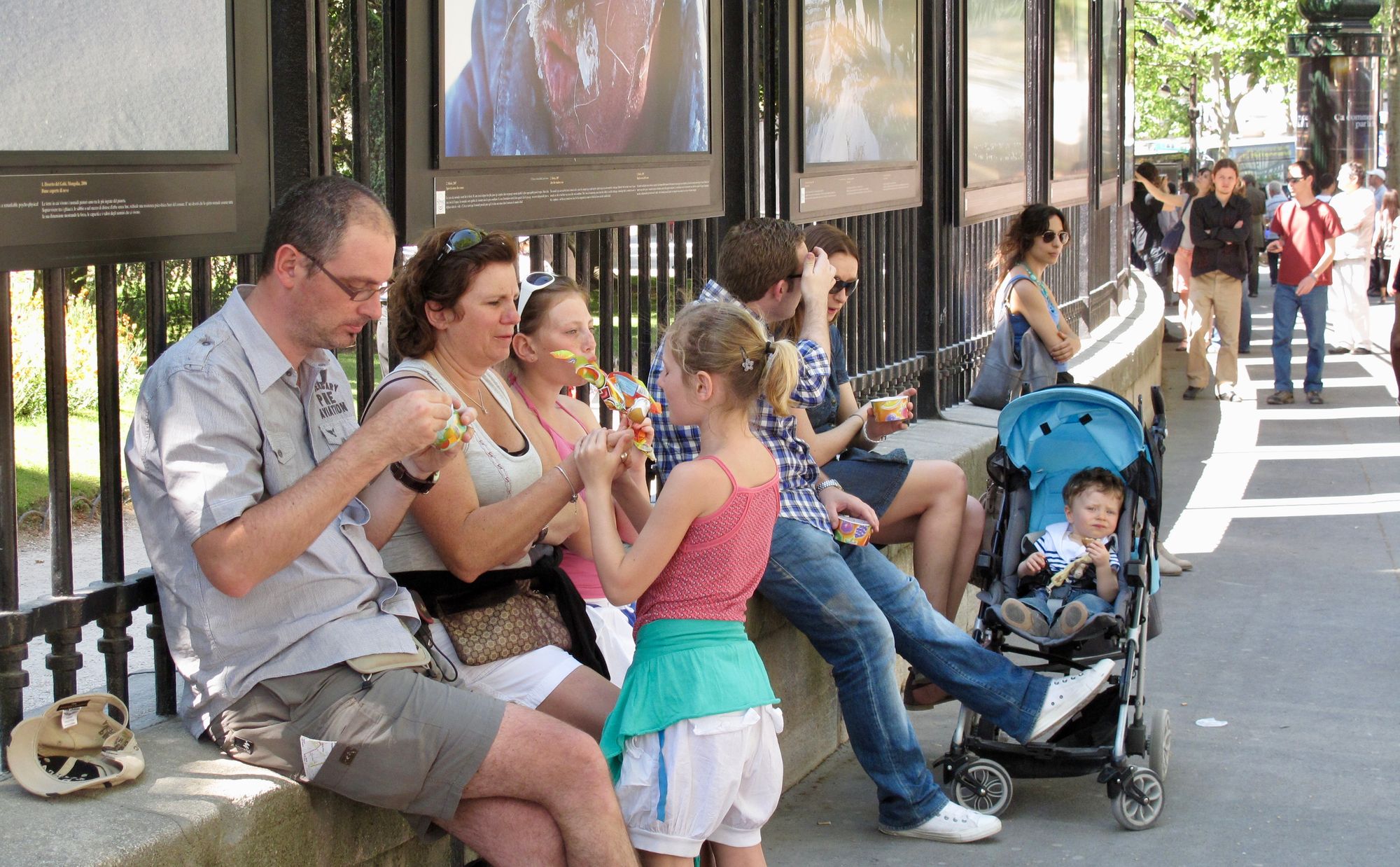
In fact, sections along Central Park on 59th Street could function like a "bridge" with overlooks into Central Park between Avenue of the Americas and 5th Avenue. where one of the most serene places, called "The Pond," is located but now hidden in the landscape.
While it might not seem like the most obvious model, the Pont Neuf Bridge across the Seine in Paris is worth taking a deeper look into. Historically, the invention of Paris as the world’s favorite city began with a bridge. It opened in 1607 and quickly became visitors’ and local residents’ favorite hang-out, with markets, seating and promenading as the favorite pastime for those early Parisians.
Even today, Pont Neuf is one of the most social of Paris’s many bridges, primarily because of multiple places to pause, enjoy the view or pass time. The bridge was designed with numerous alcoves that jut out above the river, which provide places for people to sit, for street entertainers to perform, and for artists to create.

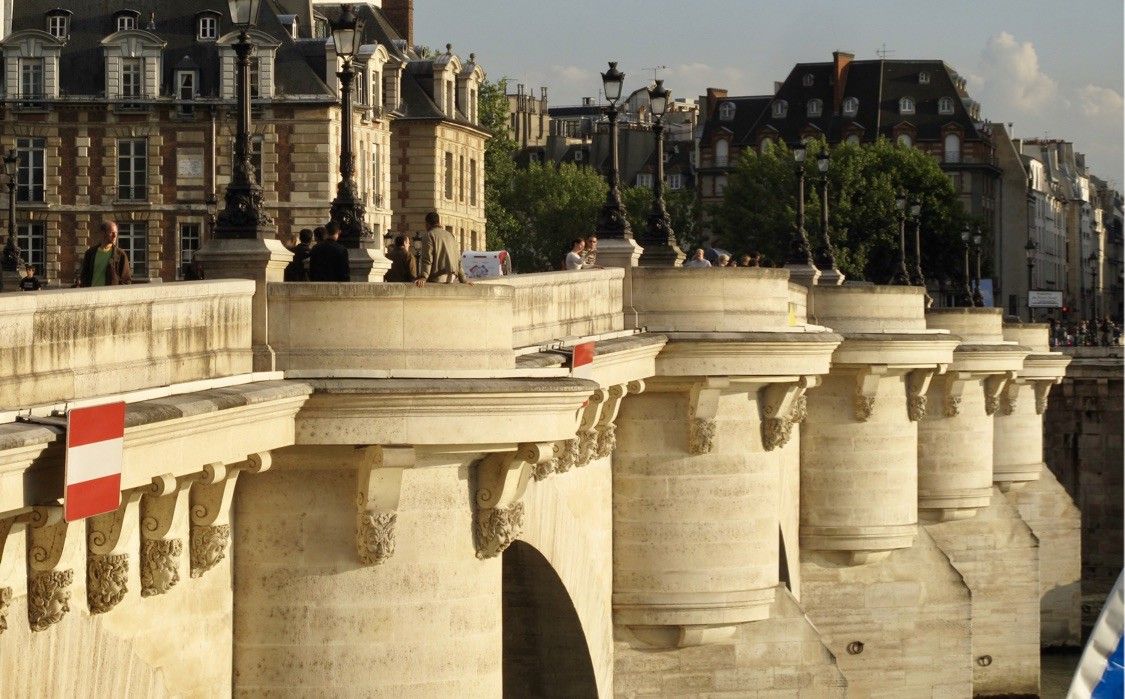
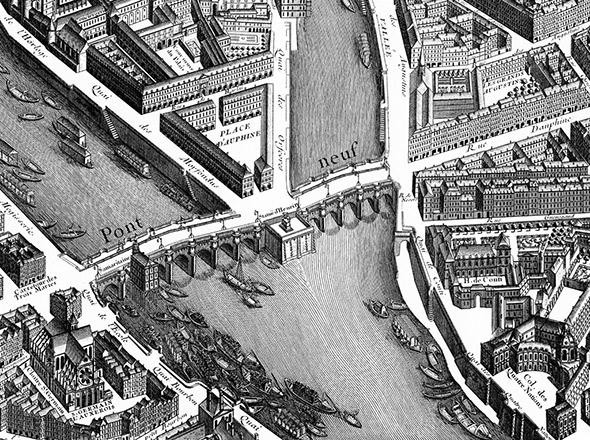
Google Earth image and The 1734 Bretez-Turgot map showing the first bridge to cross the Seine in a single span
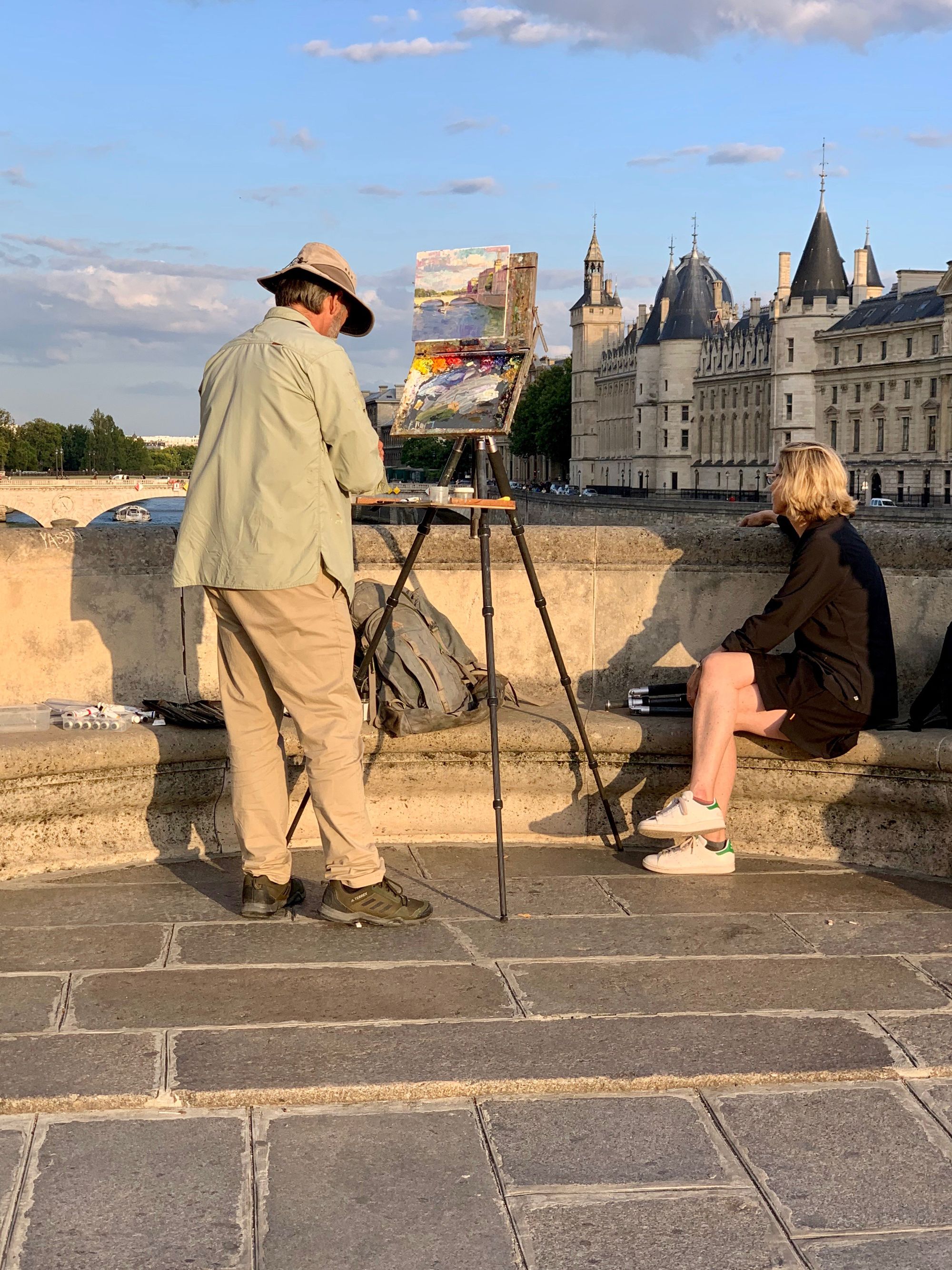
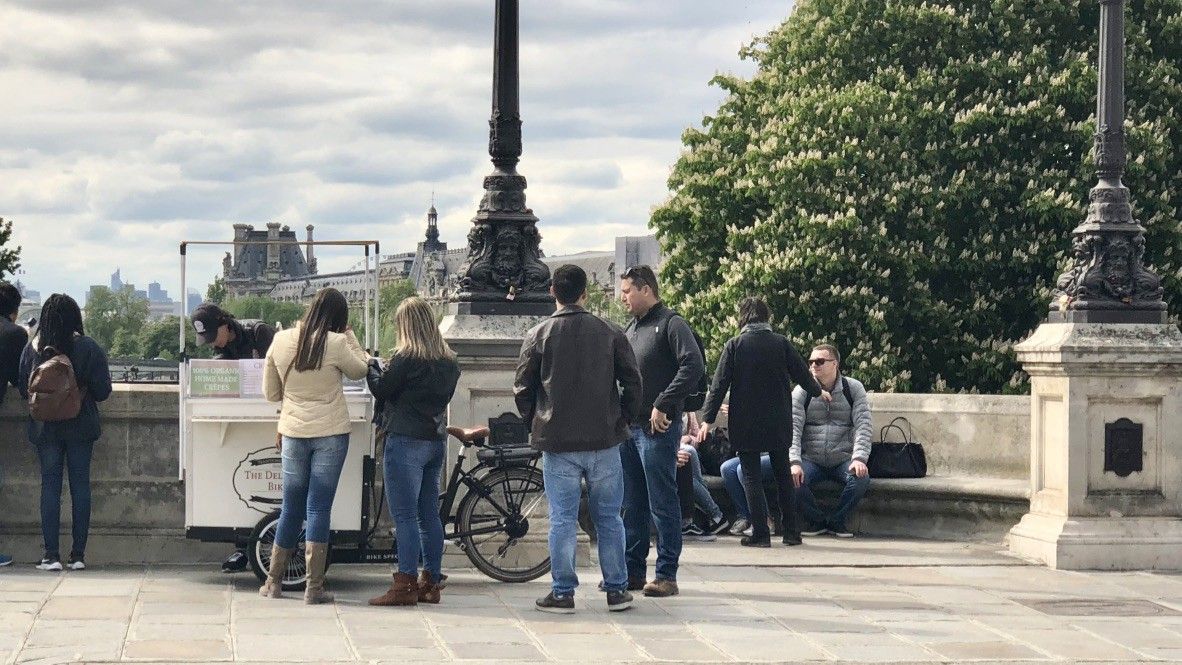
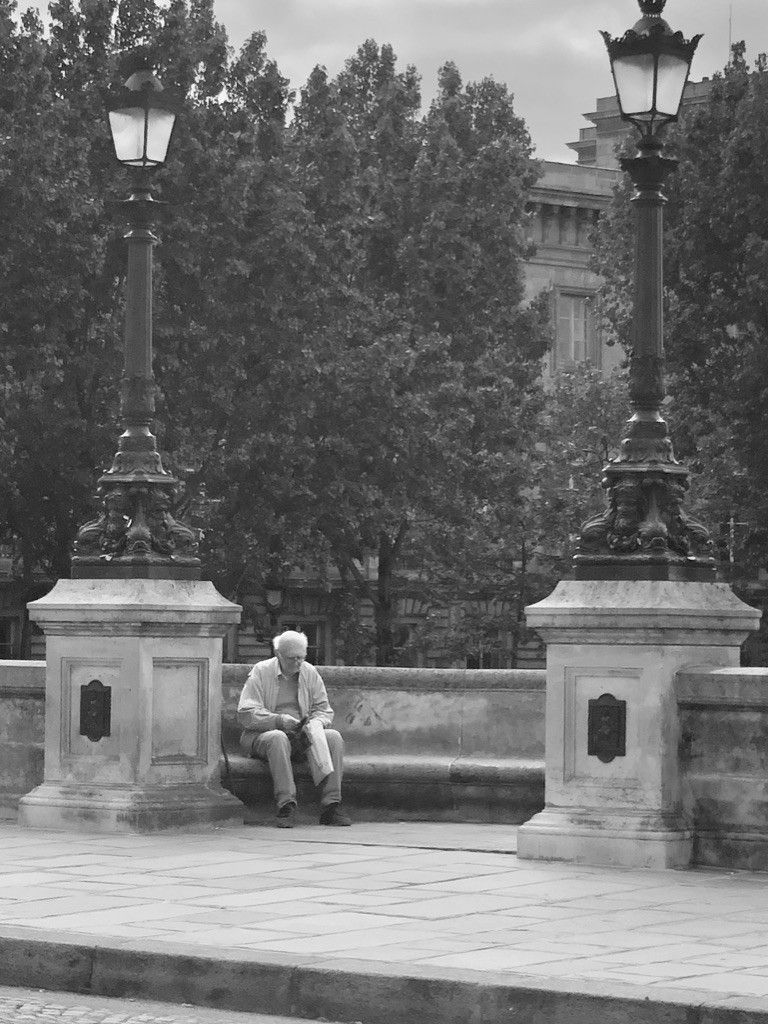
Concept B: Make Columbus Circle "a Square"
This is a pivotal space in Midtown, linking Central Park and Broadway to Times Square and Lincoln Center and the Upper West Side on Broadway and Central Park West. With six plus lanes, however, Columbus Circle is hard to get to for pedestrians. It's even hard to see into, as trees and plantings hide its interior. Crosswalks to the circle lead directly into traffic medians rather than directly into the sidewalks surrounding important destinations – including the adjacent Deutsche Bank Center.
What if we removed two lanes of traffic around Columbus Circle? This would create a better balance between vehicle domination and an enhanced public space in the center, which could deliver a circle more like some of the best in the world.
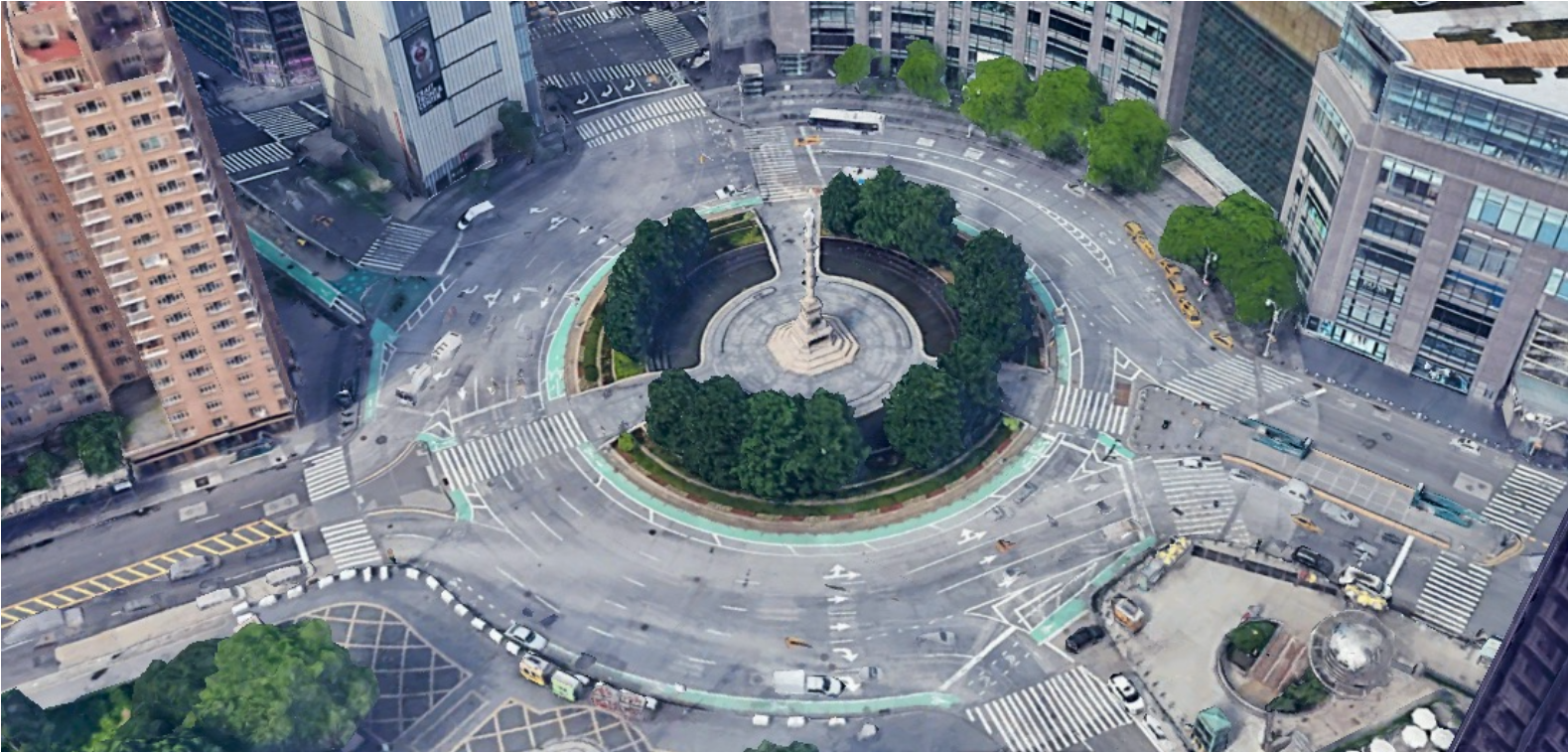
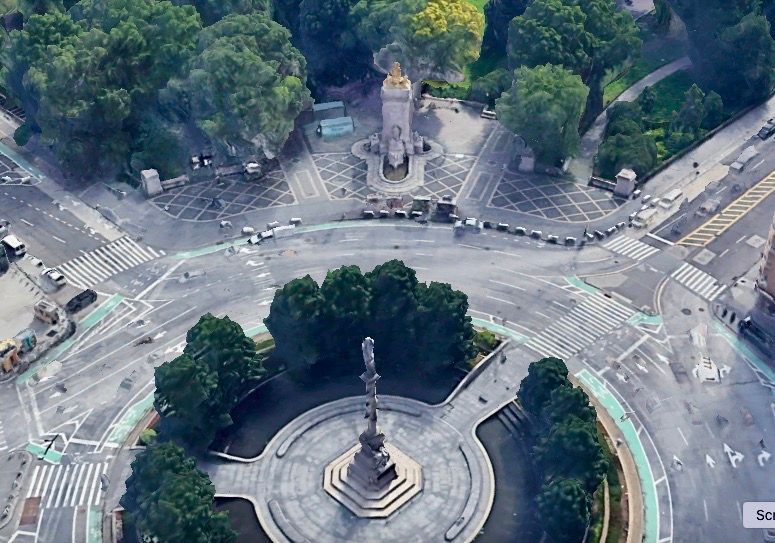
There is no crosswalk directly into Central Park or the major mixed use
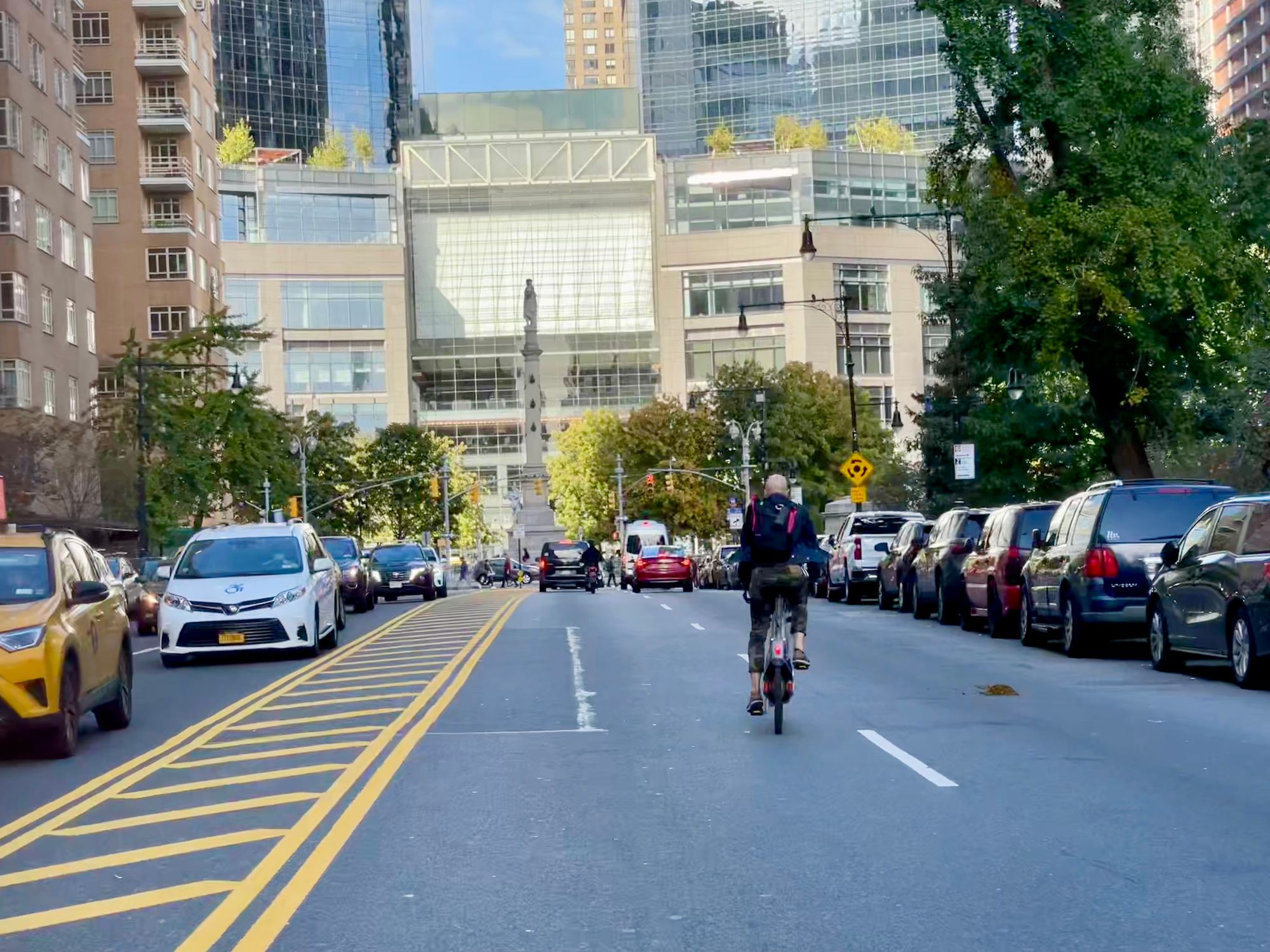
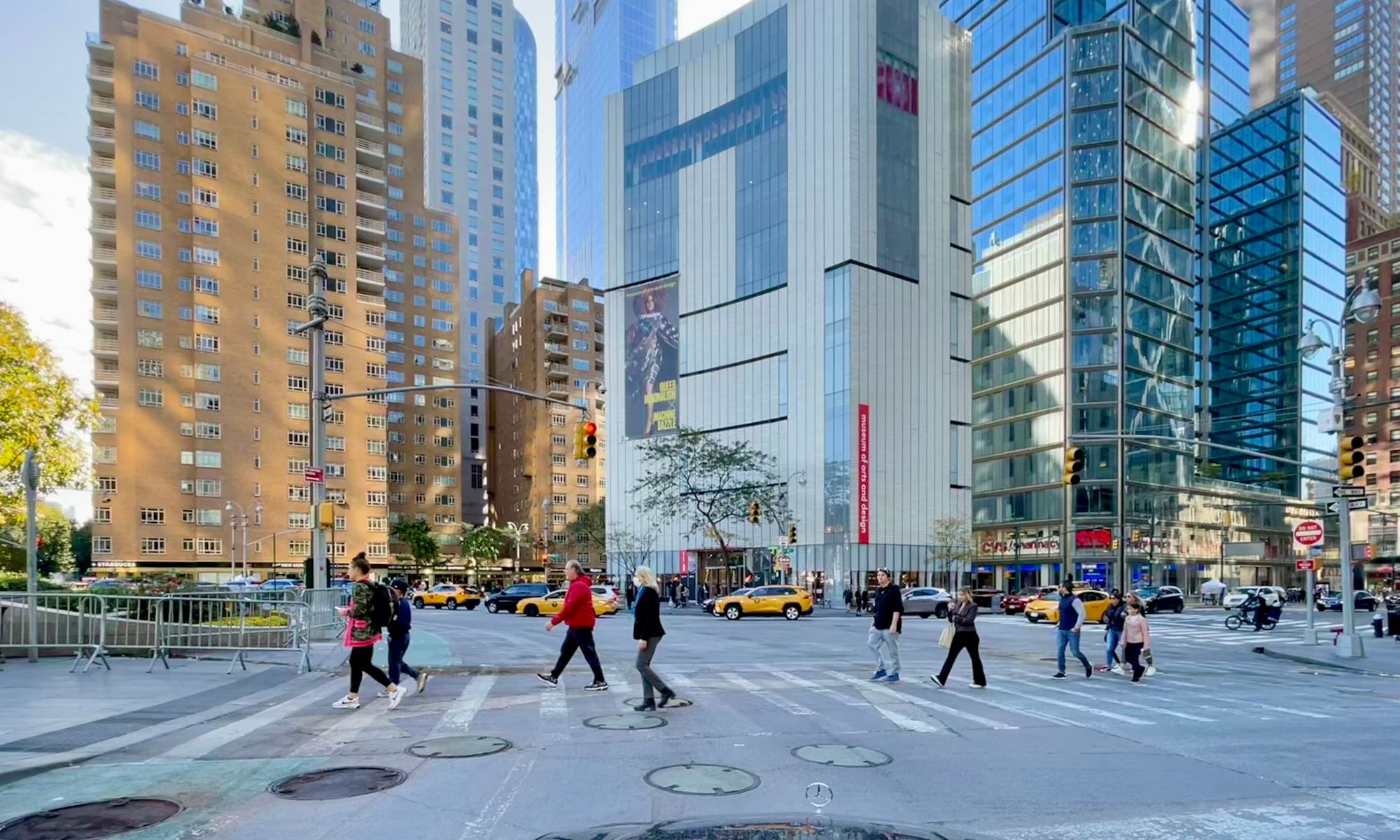
Columbus Circle from 59th street and within the circle,
Broadway to Lincoln Center from Midtown and Central Park West with back-in parking shows how easy it would be to change both streets into boulevards, drawing people north to the Upper West Side.
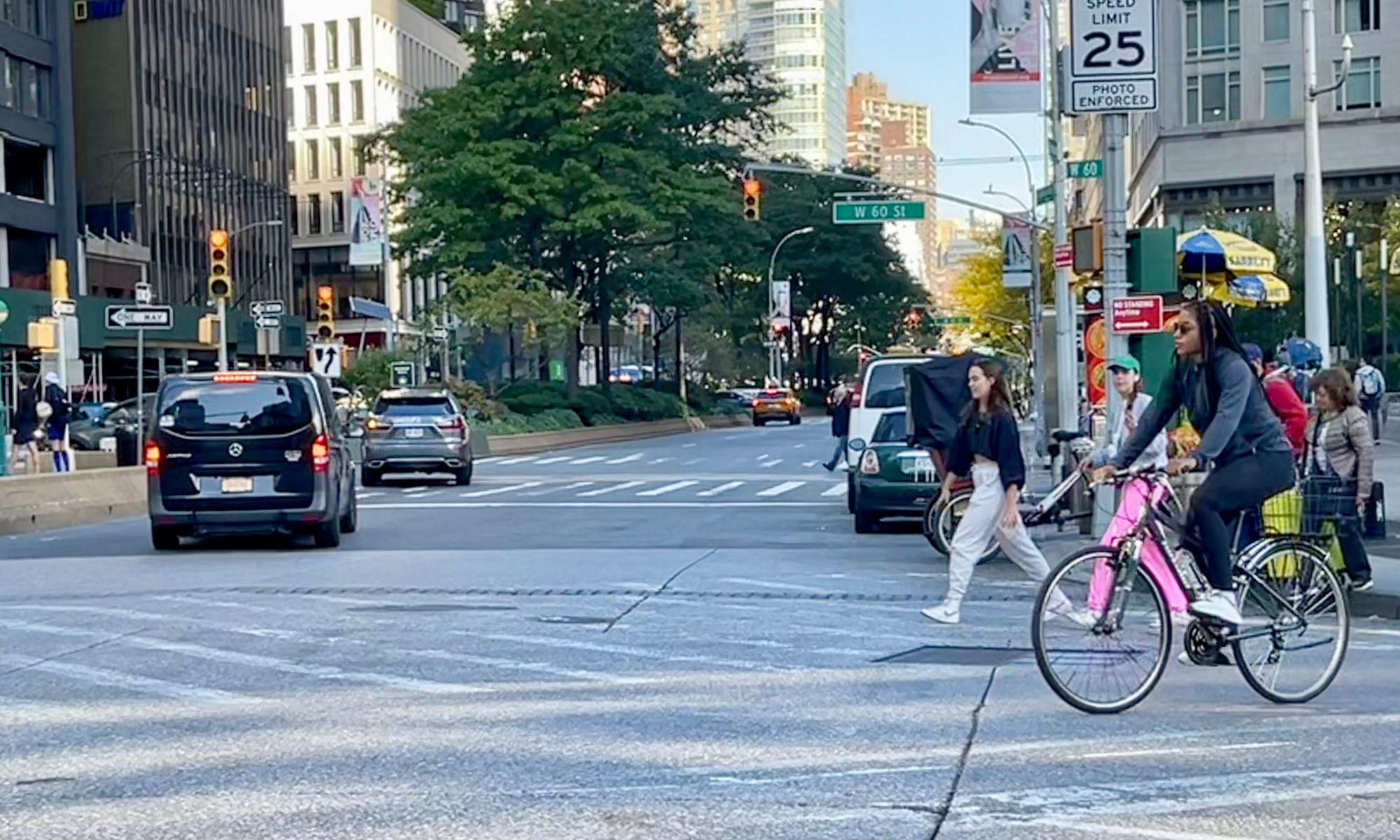
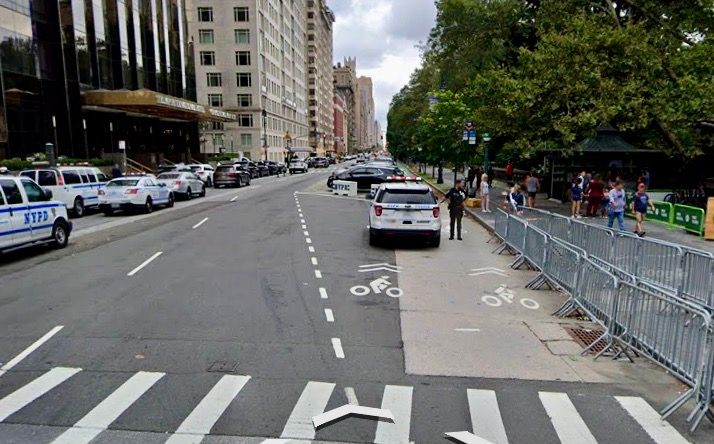
Broadway and Central Park West looking North
Benchmarks: Paris
These two destinations, Place de Italia, Place de la Nation are inspirations for Columbus Circle. They are major destinations in Paris where multiple streets come together to create a major place both within the center and around the edges.
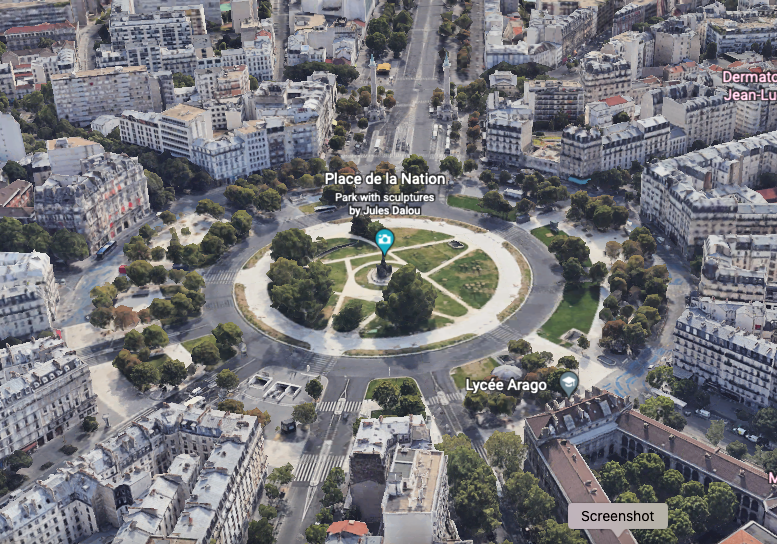
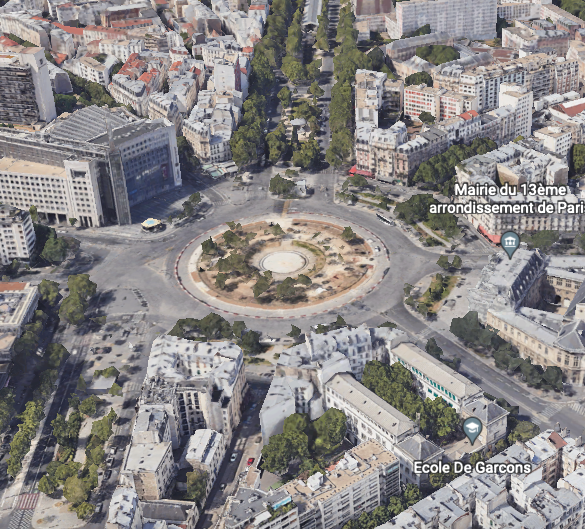

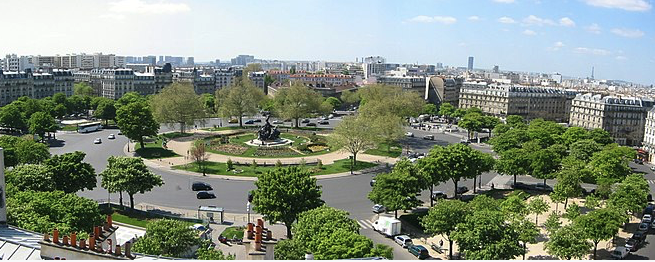
Concept C: Create a Major Entrance to Central Park at Avenue of the Americas
The intersection of Avenue of the Americas and 59th is a potential gateway into Central Park.
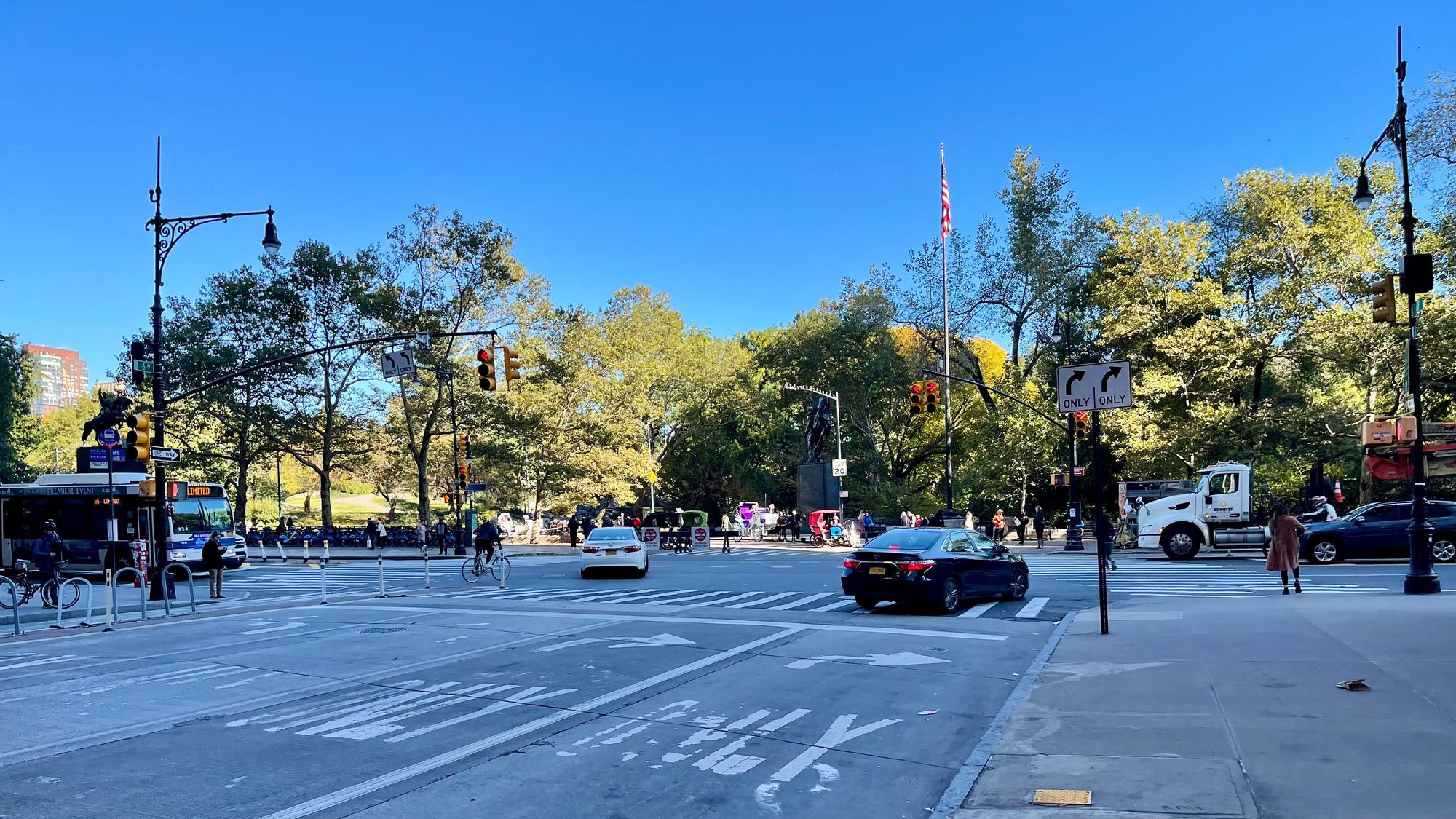
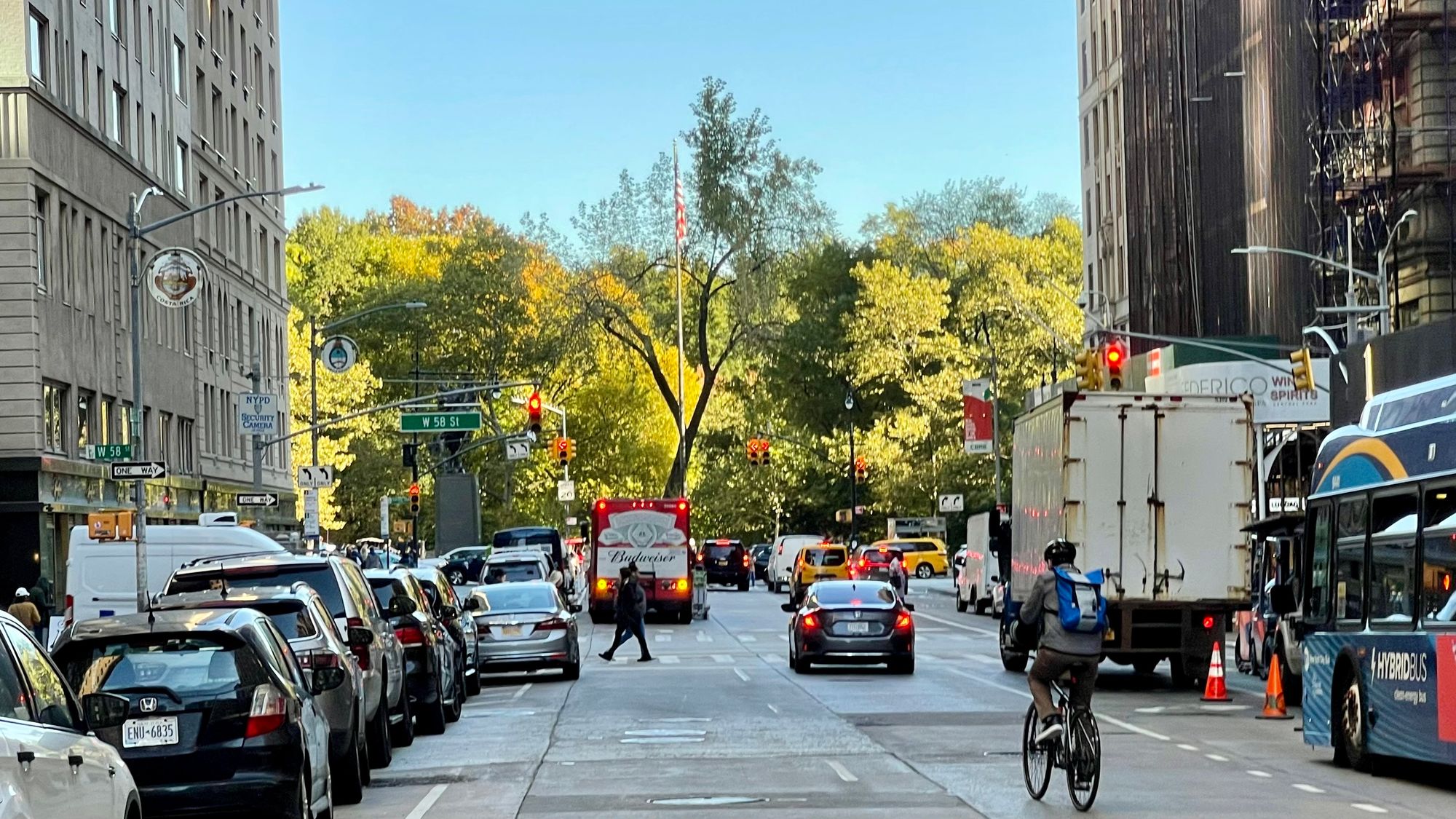
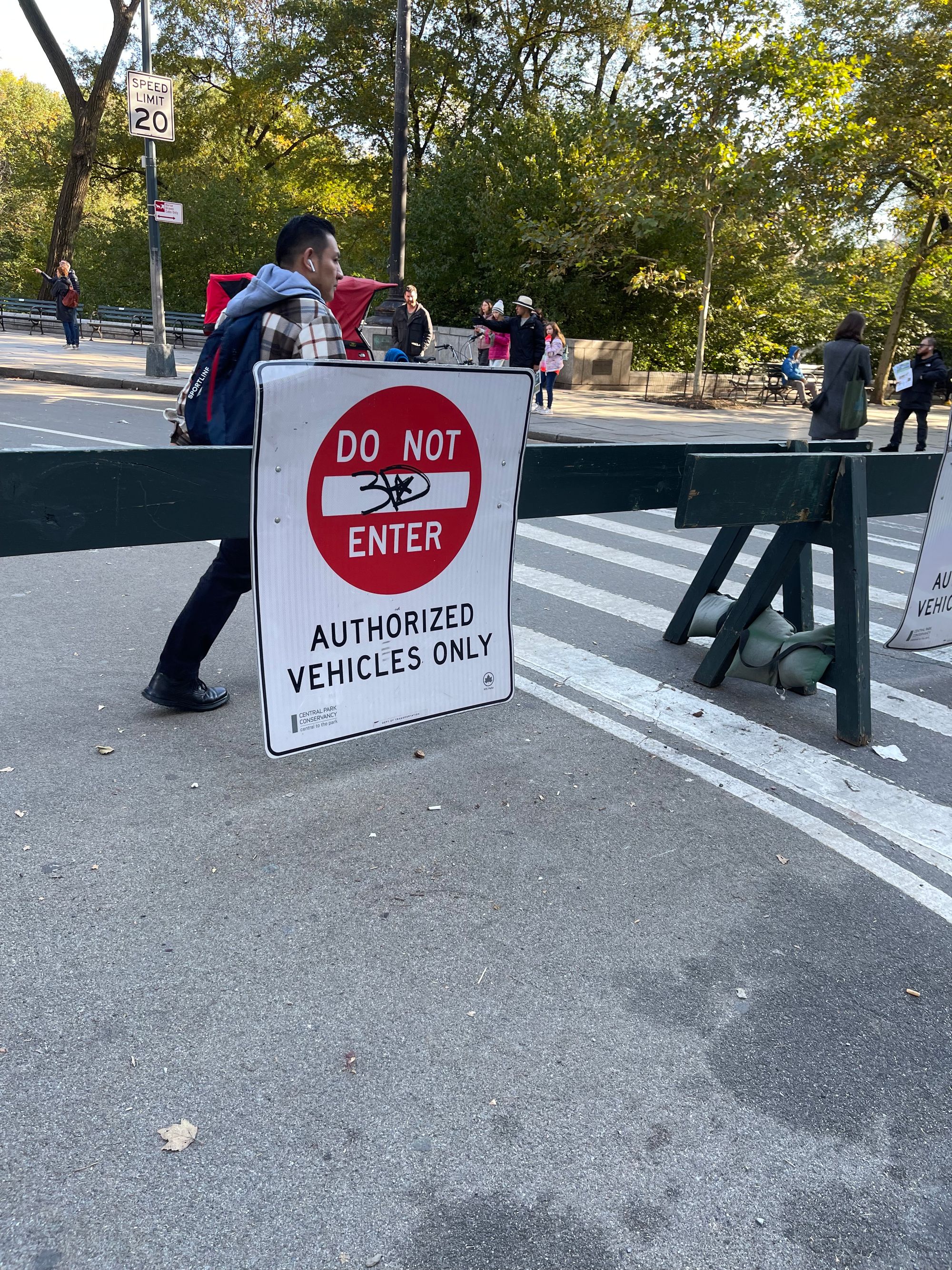


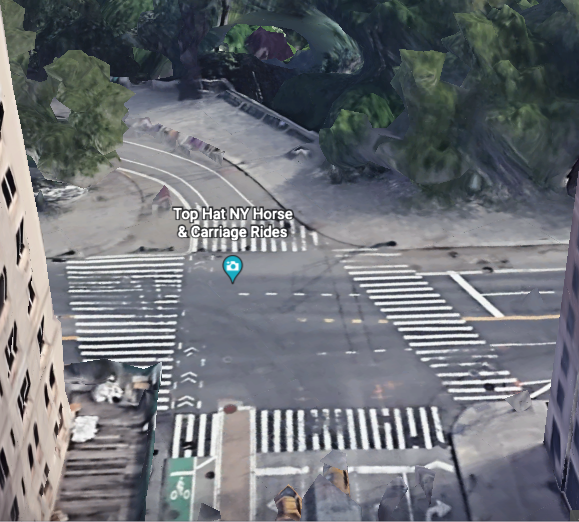
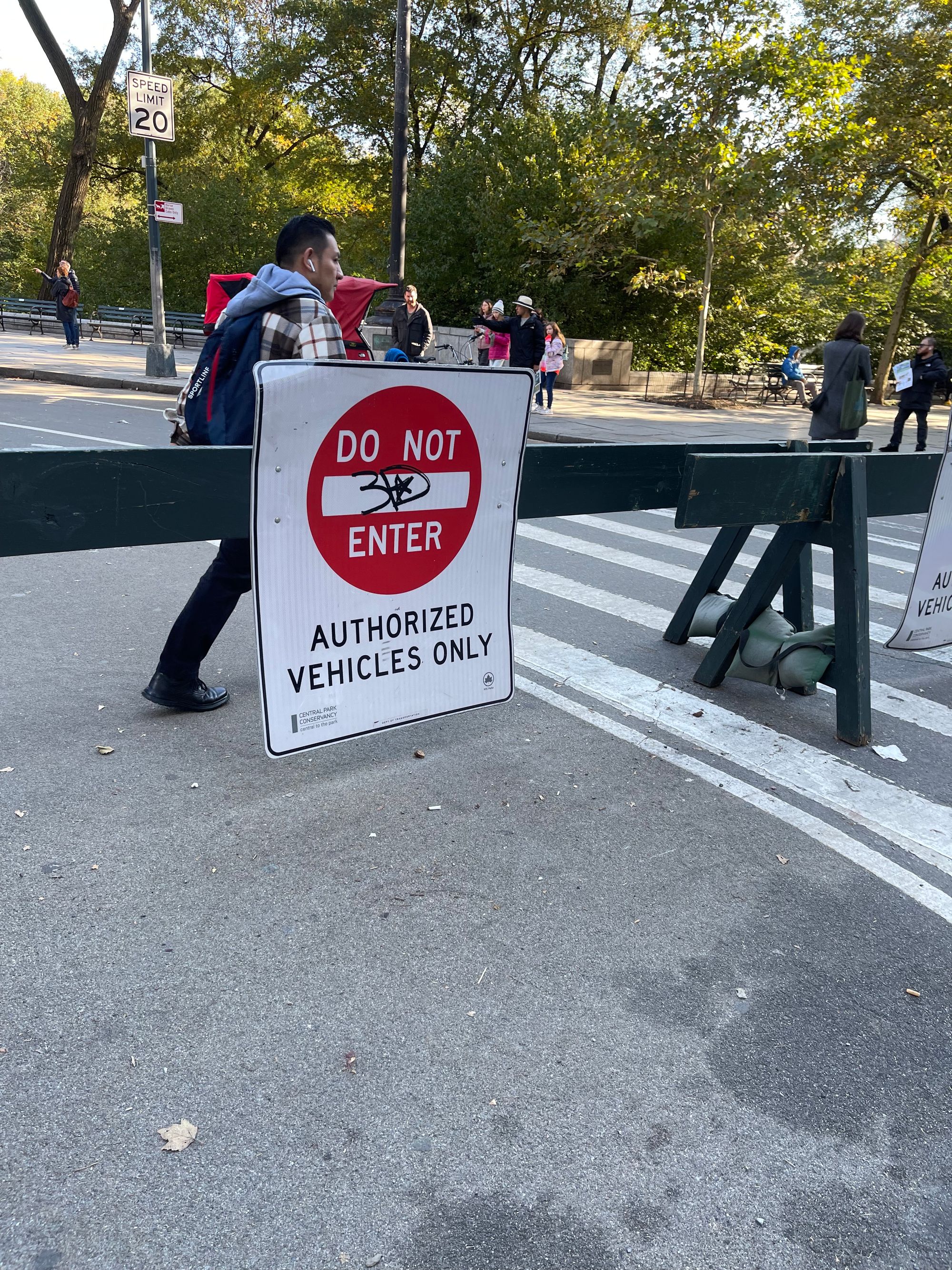
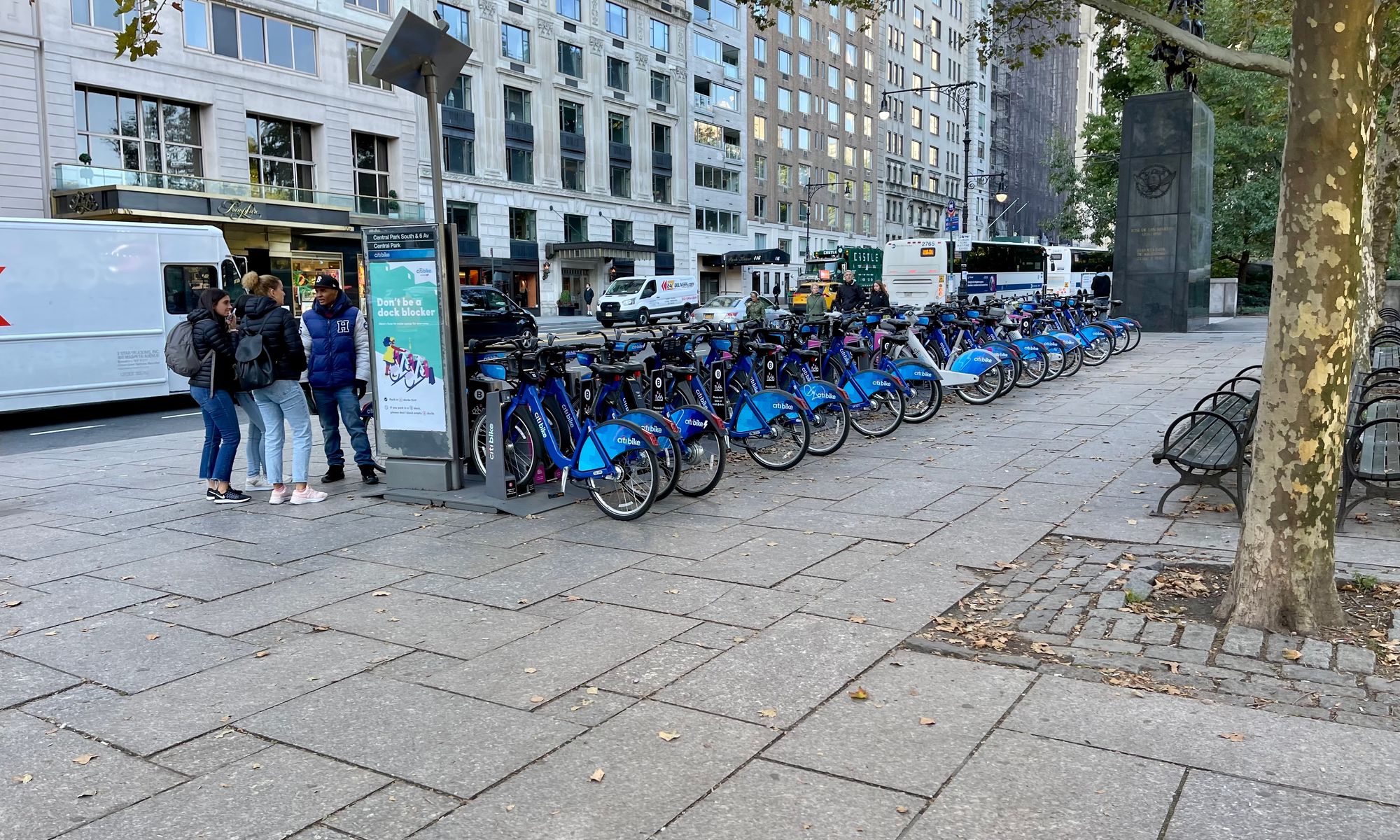
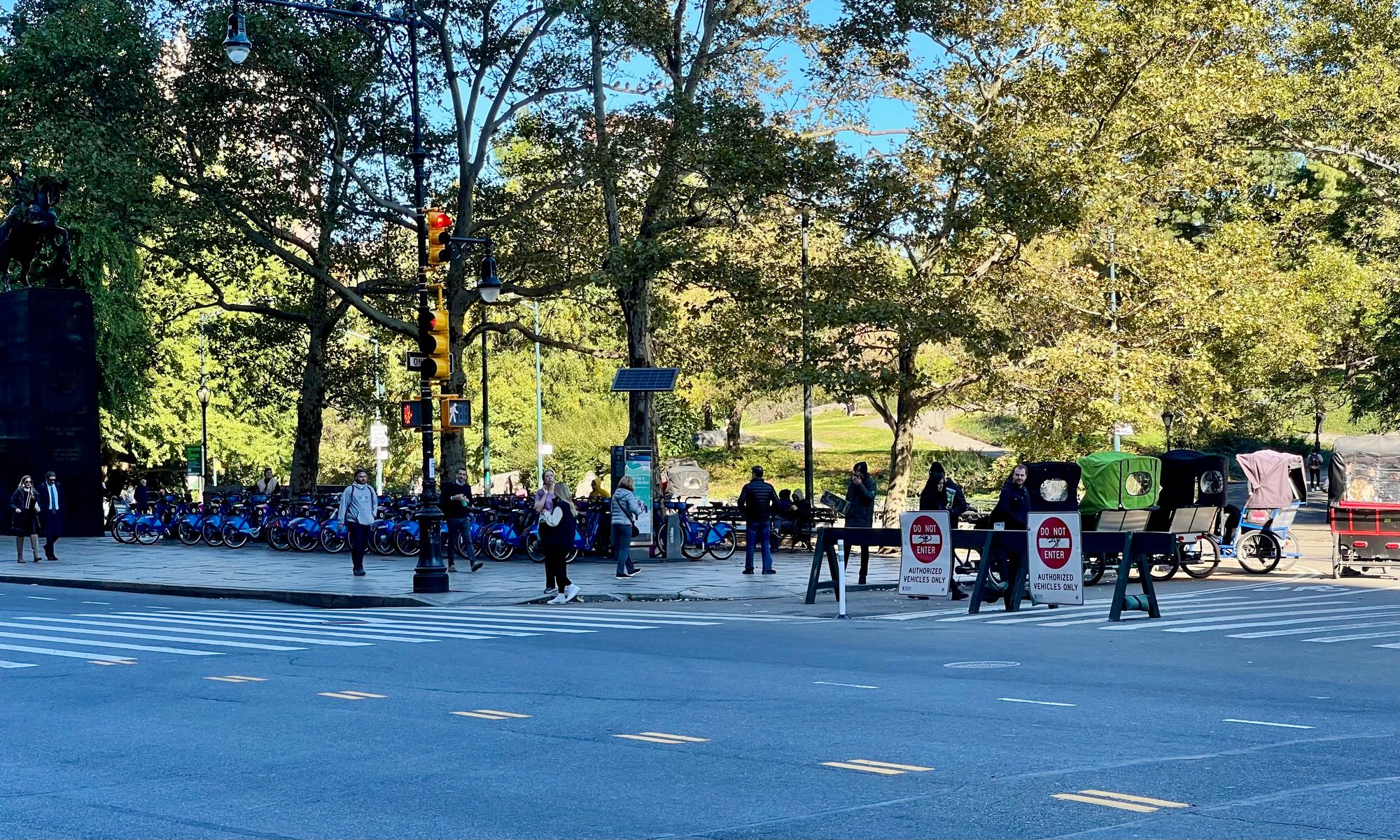
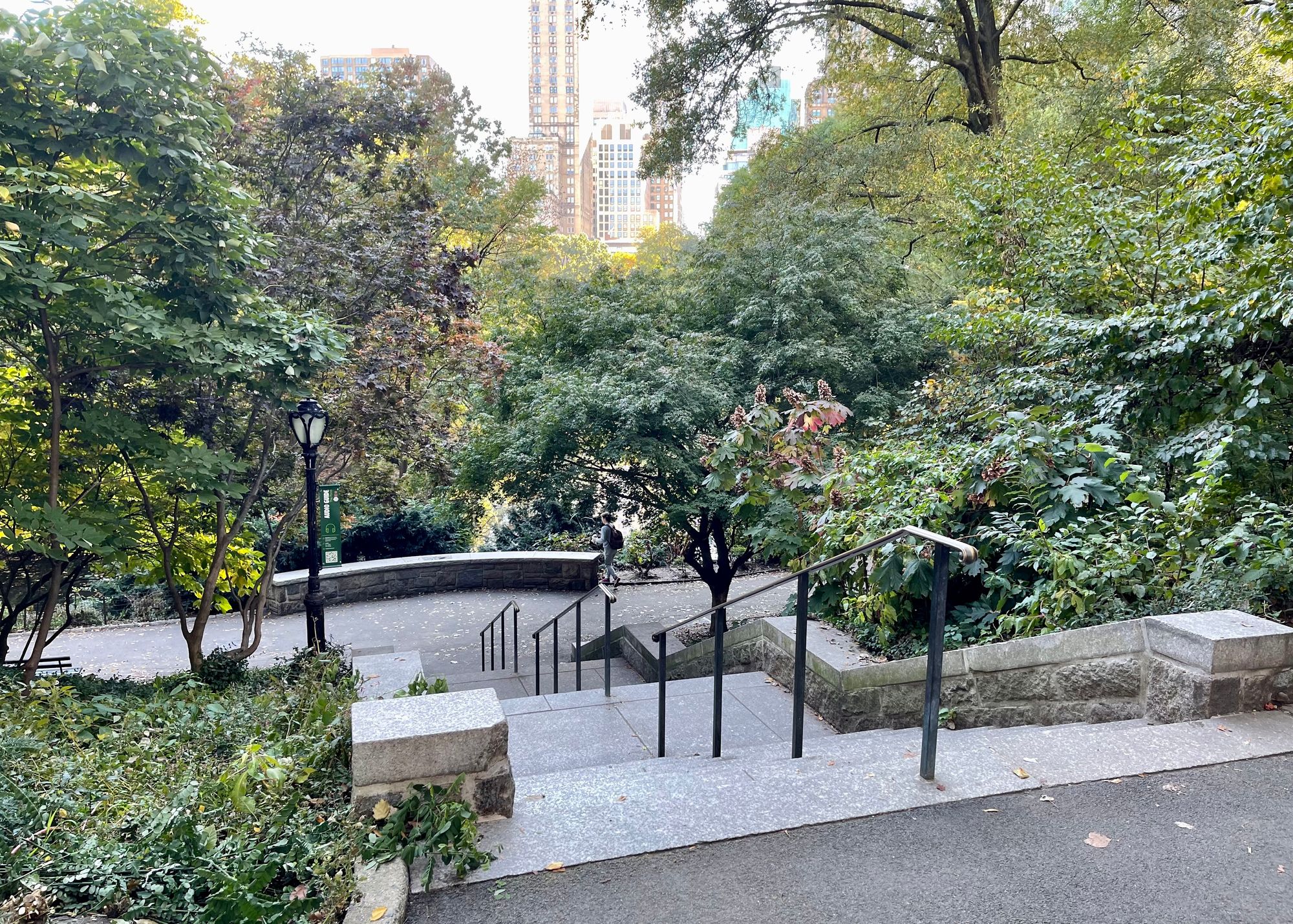
Inspiration: Barcelona Passage St Joan road to Parc de la Ciutadella
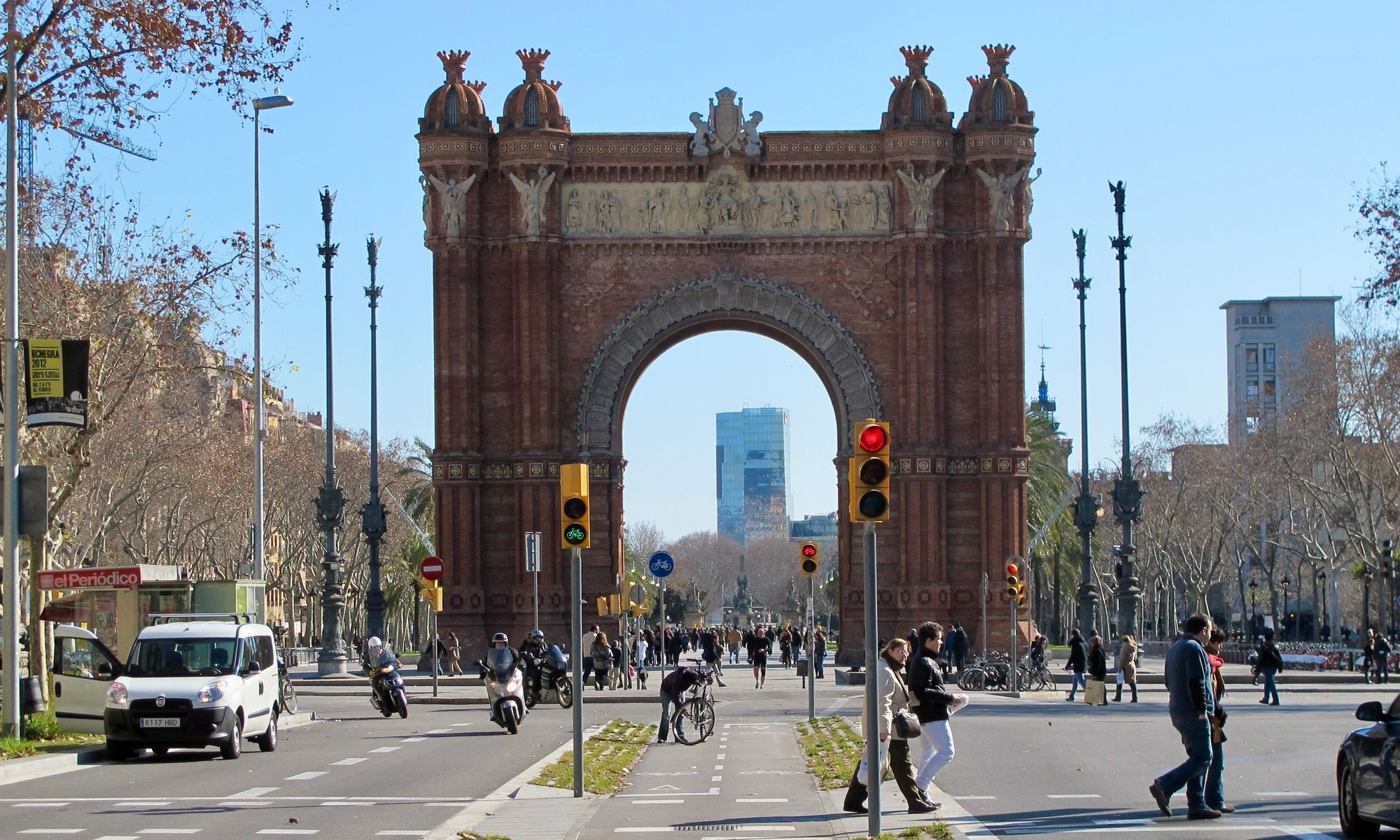
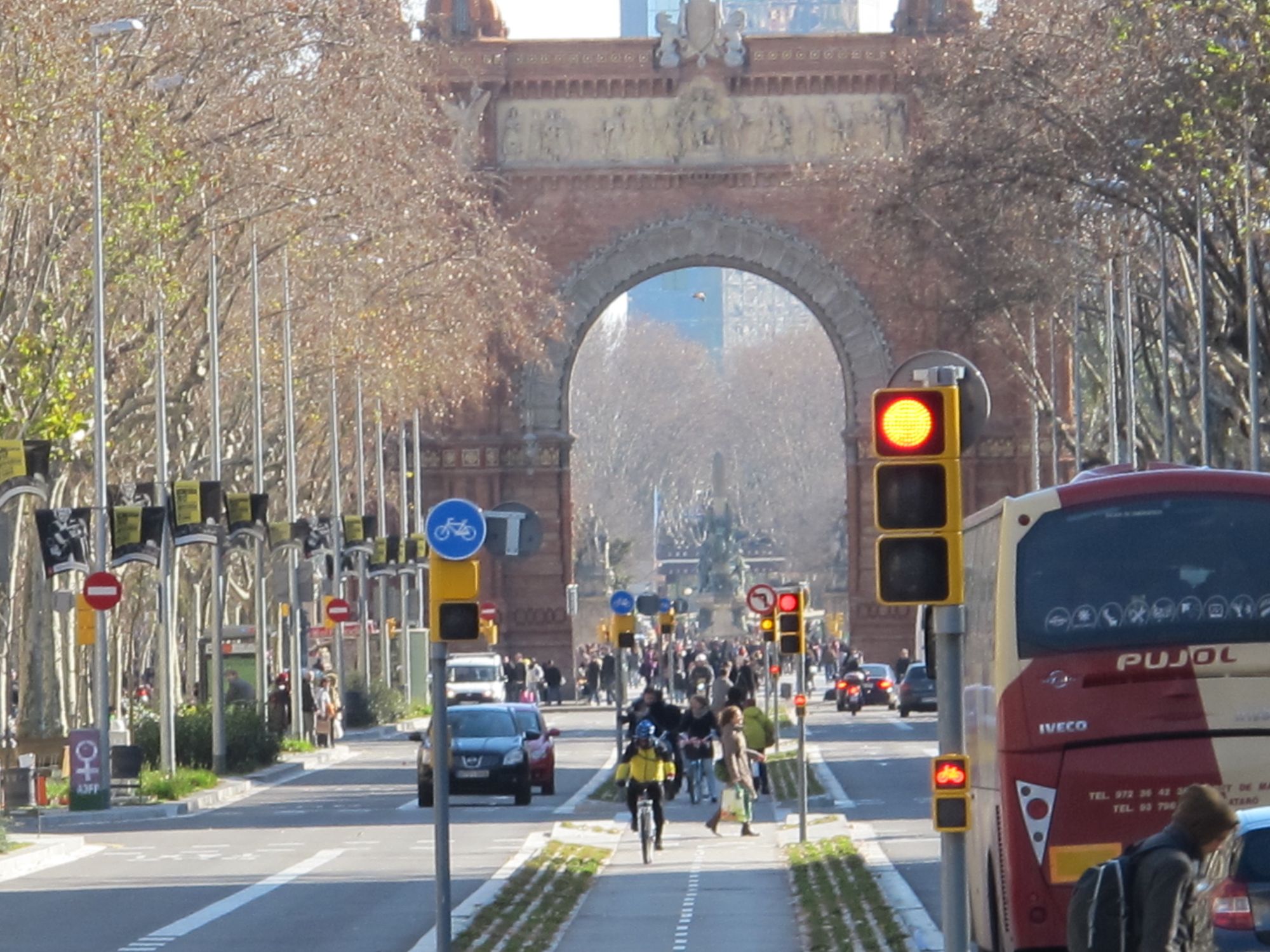
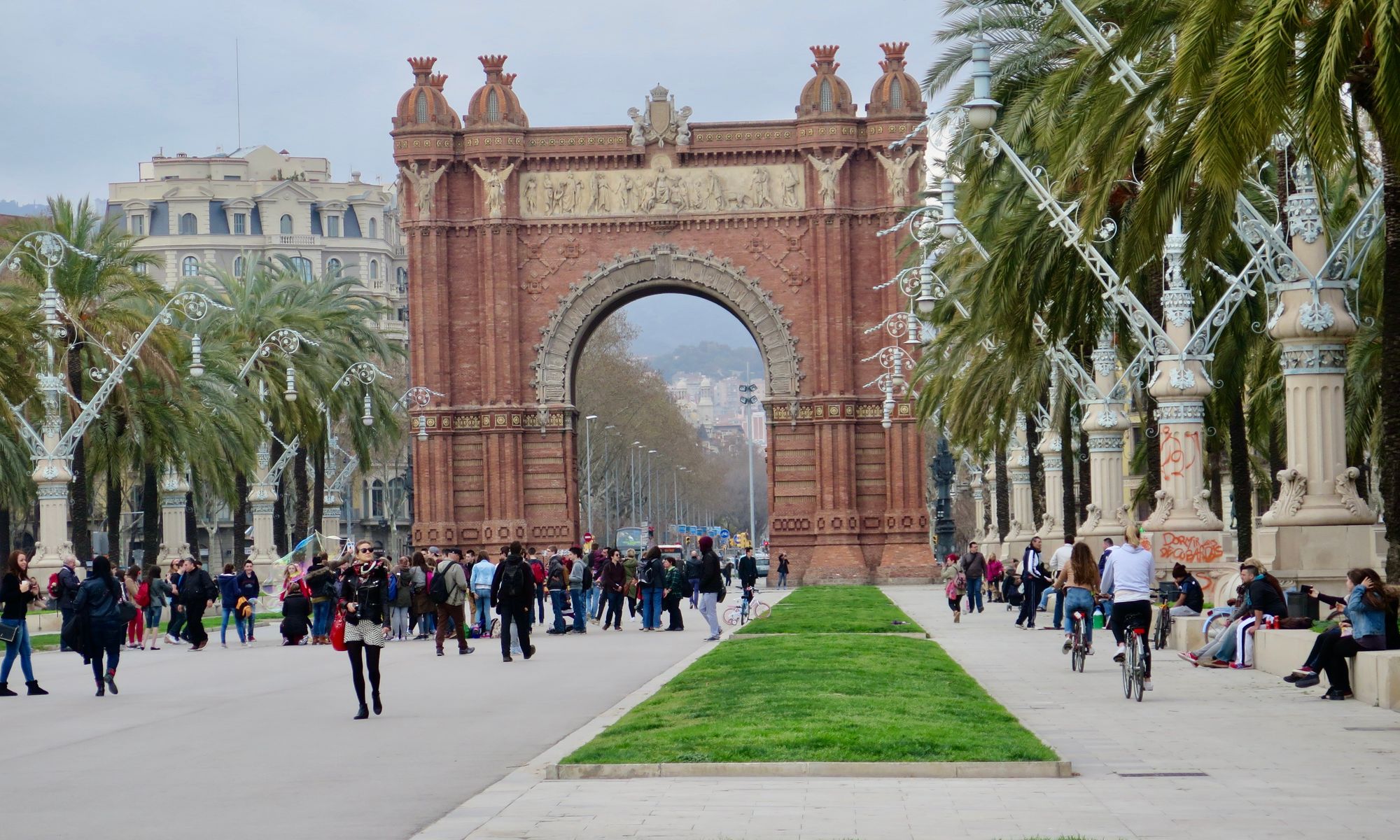
Concept D: Animating and Reconnecting Grand Army Plaza at Fifth Avenue
Grand Army Plaza is a disgrace, not to mention a truly huge missed opportunity. Nothing has changed from when we did our early work in the 1980s. It needs to become a significant destination as a gateway into Central Park and the Upper East side. Instead, it is a series of three to five-lane roads creating postage-size plazas with little to do. The bones of the space are great, but like others we've looked at, it has untapped potential that can be unleashed if better connected and animated.
Grand Army Plaza is a name that actually encompasses three separately named and disjointed spaces. almost tiny in a sea of traffic. There are two historic plazas and one new plaza. Grand Army Plaza is a major entranceway into Central Park and the Central Park Zoo, where carriage ride drivers wait for customers. Pulitzer Fountain Plaza is adjacent and defined by the iconic Plaza Hotel. In a former sunken plaza of the General Motors Building, new owners have created another icon in New York City with the glass-boxed Apple Store.
Central Park is a hidden asset here as well. The road into Central Park from Central Park doesn't draw you in as it should, even though a very special and important destination – the Pond -- is a mere 100 yards away. Traffic on 59th Street and Fifth Avenue also diminishes the park's connection to the city around it.
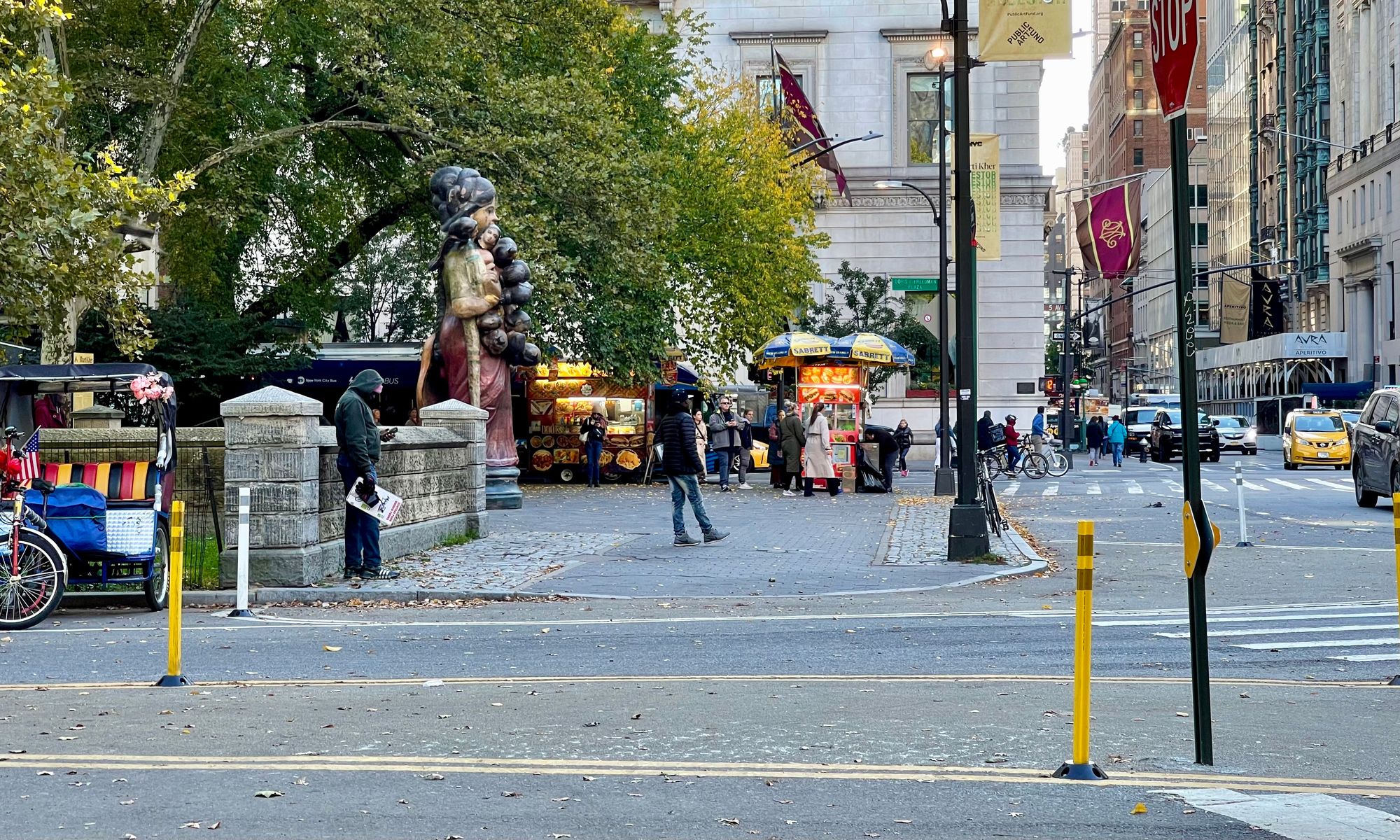
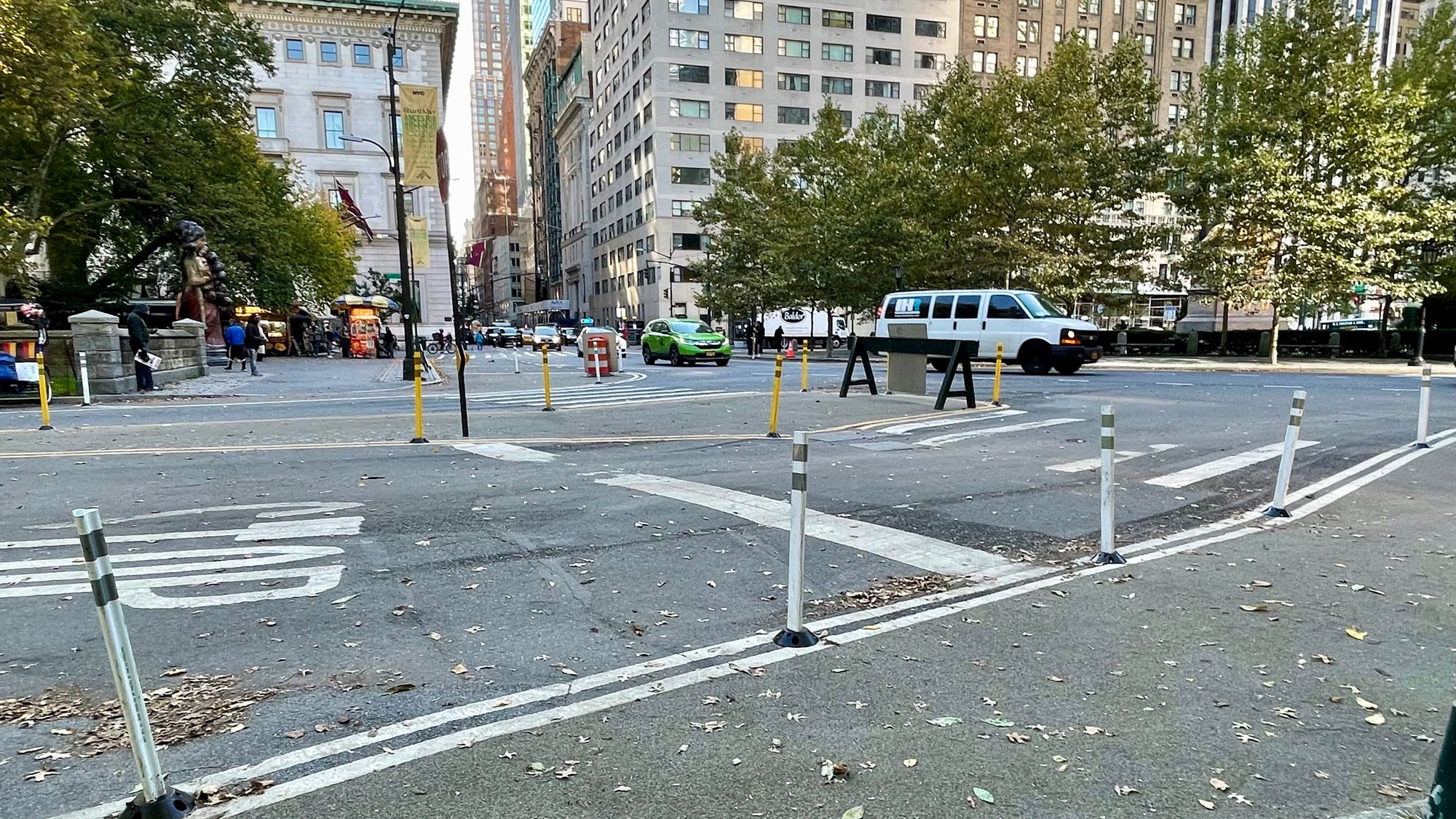
Fifth Avenue next to Central Park is four lanes wide, but it widens to five lanes south of 59th Street, not the kind of gateway you would expect for the most prominent, high-end shopping district in the country.
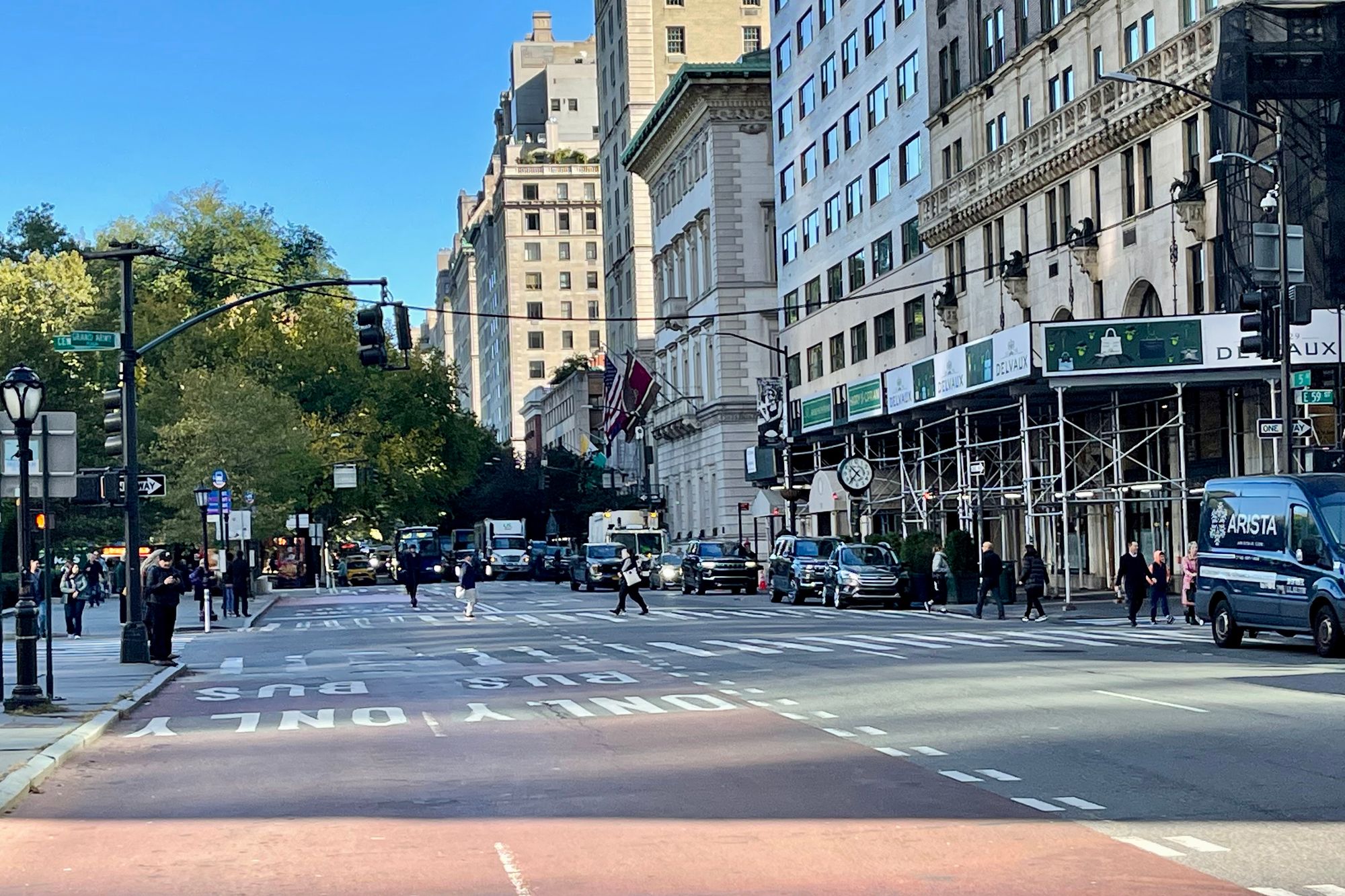
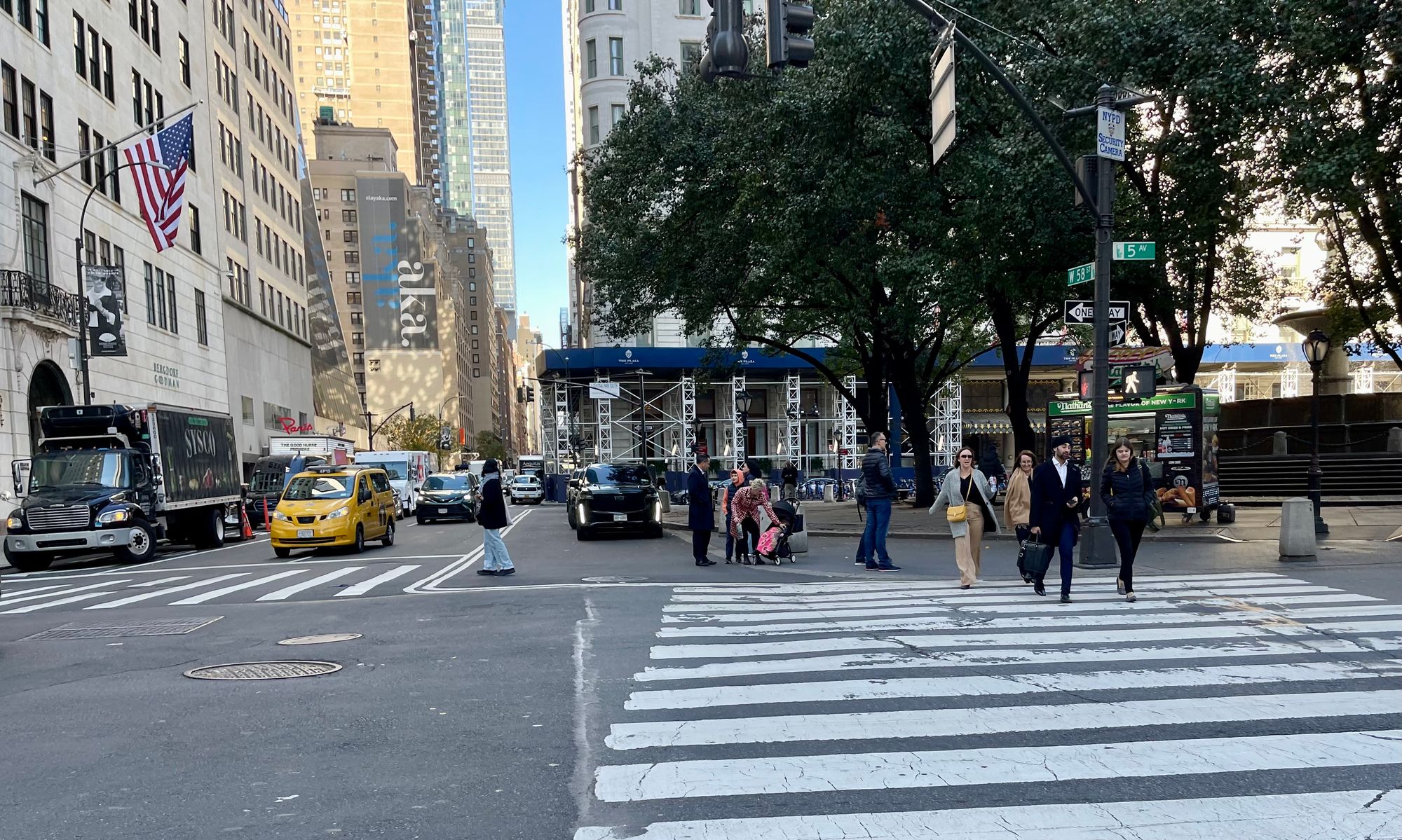
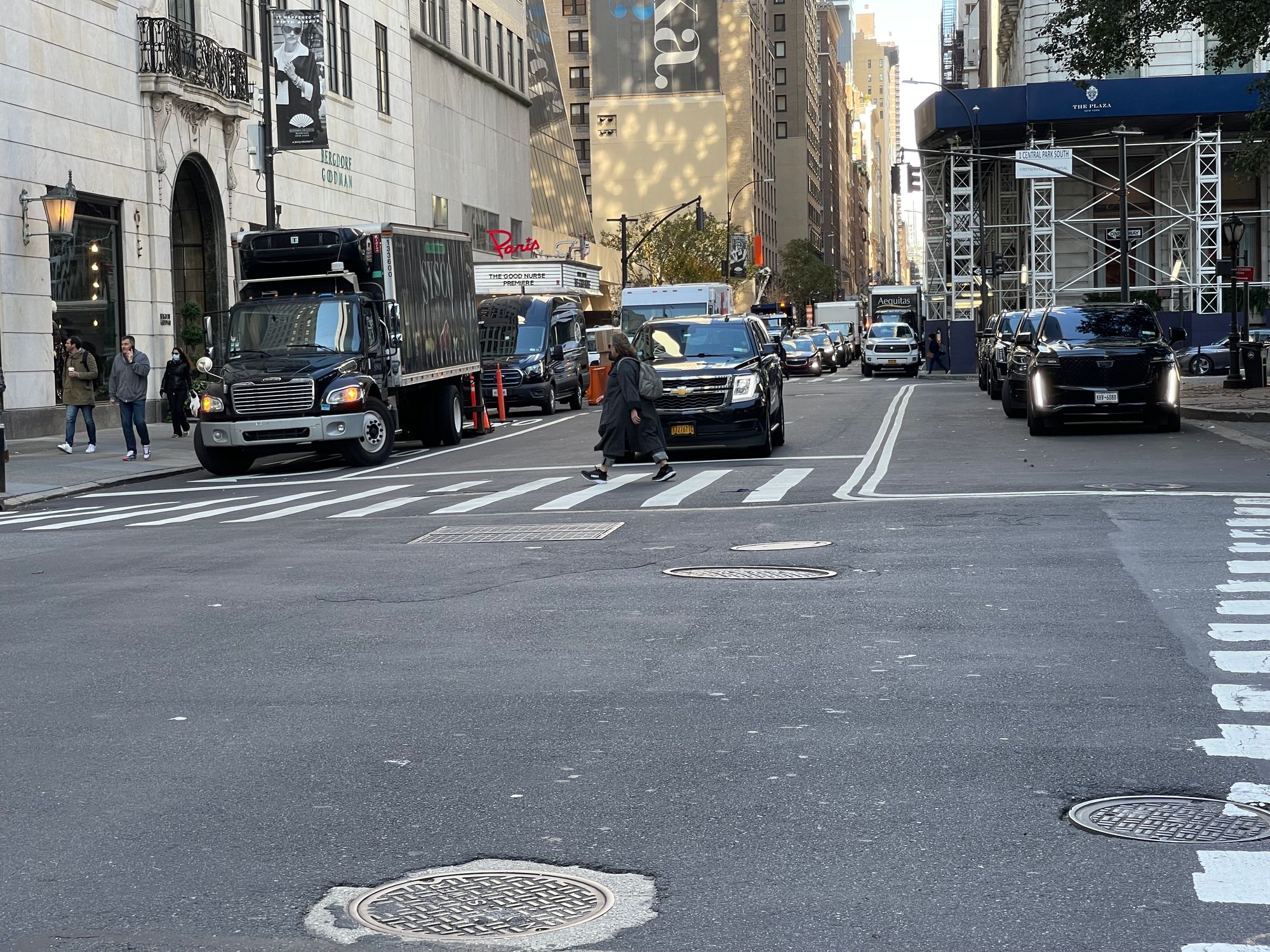
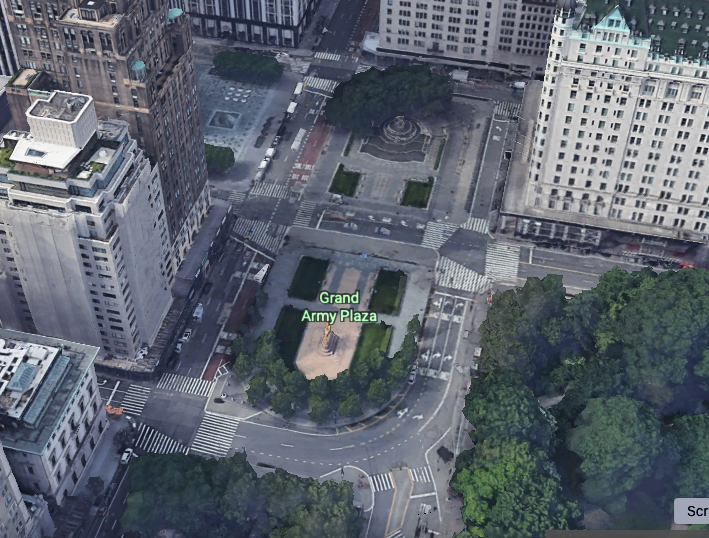
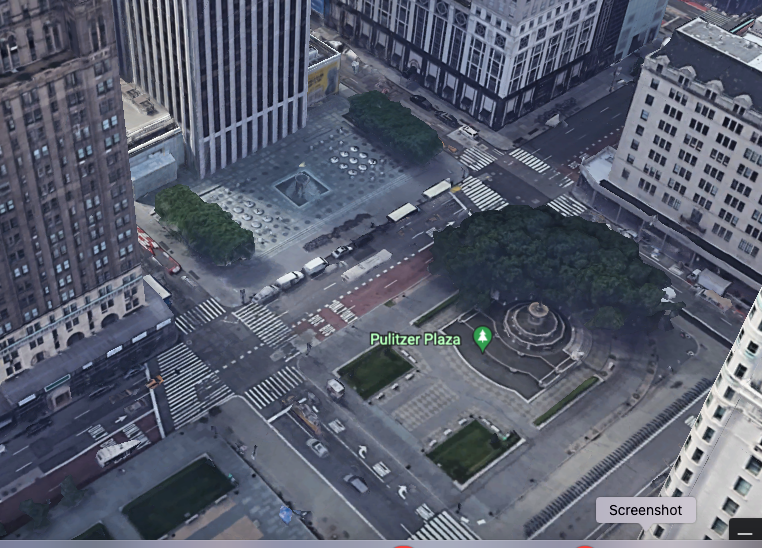
Google Images
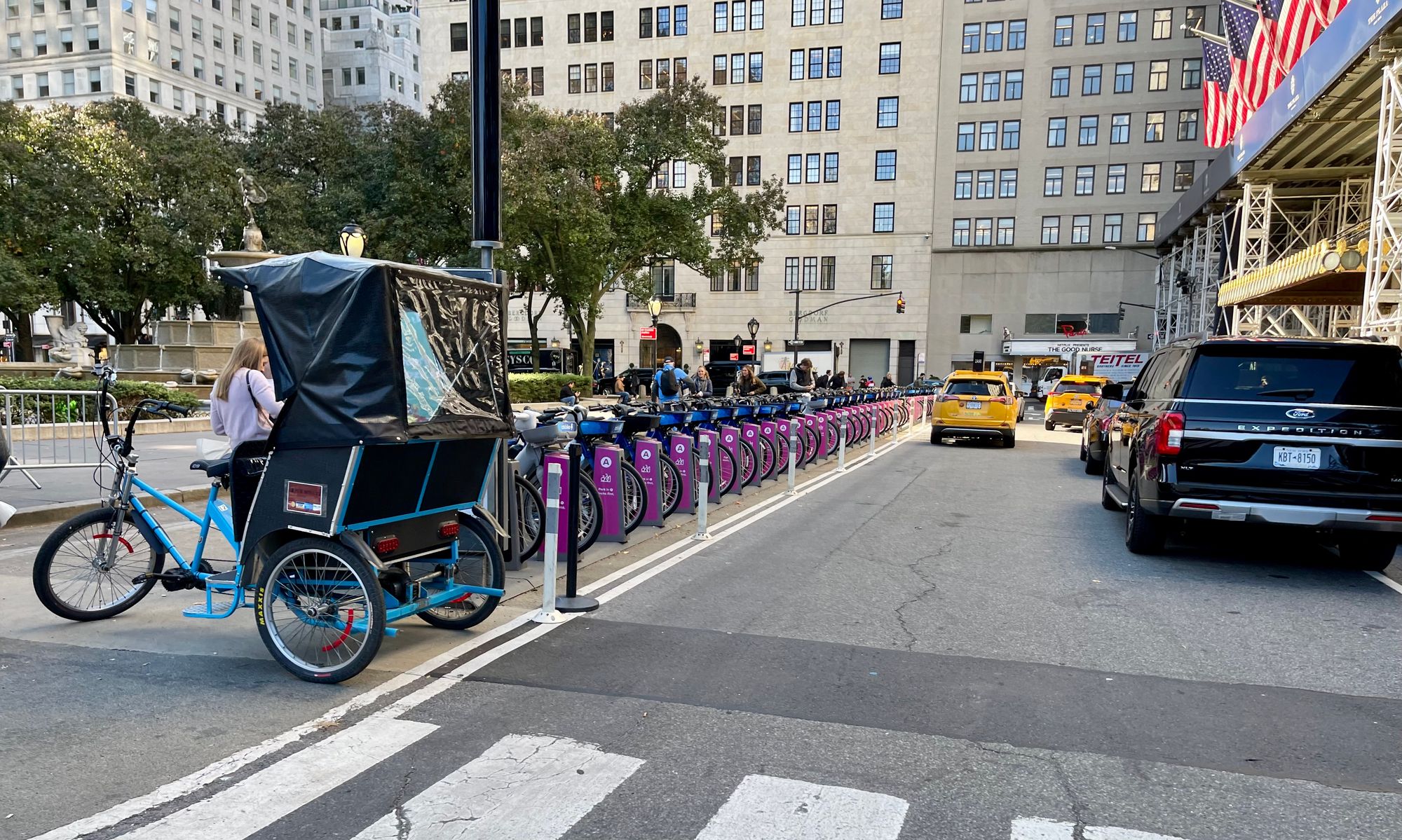
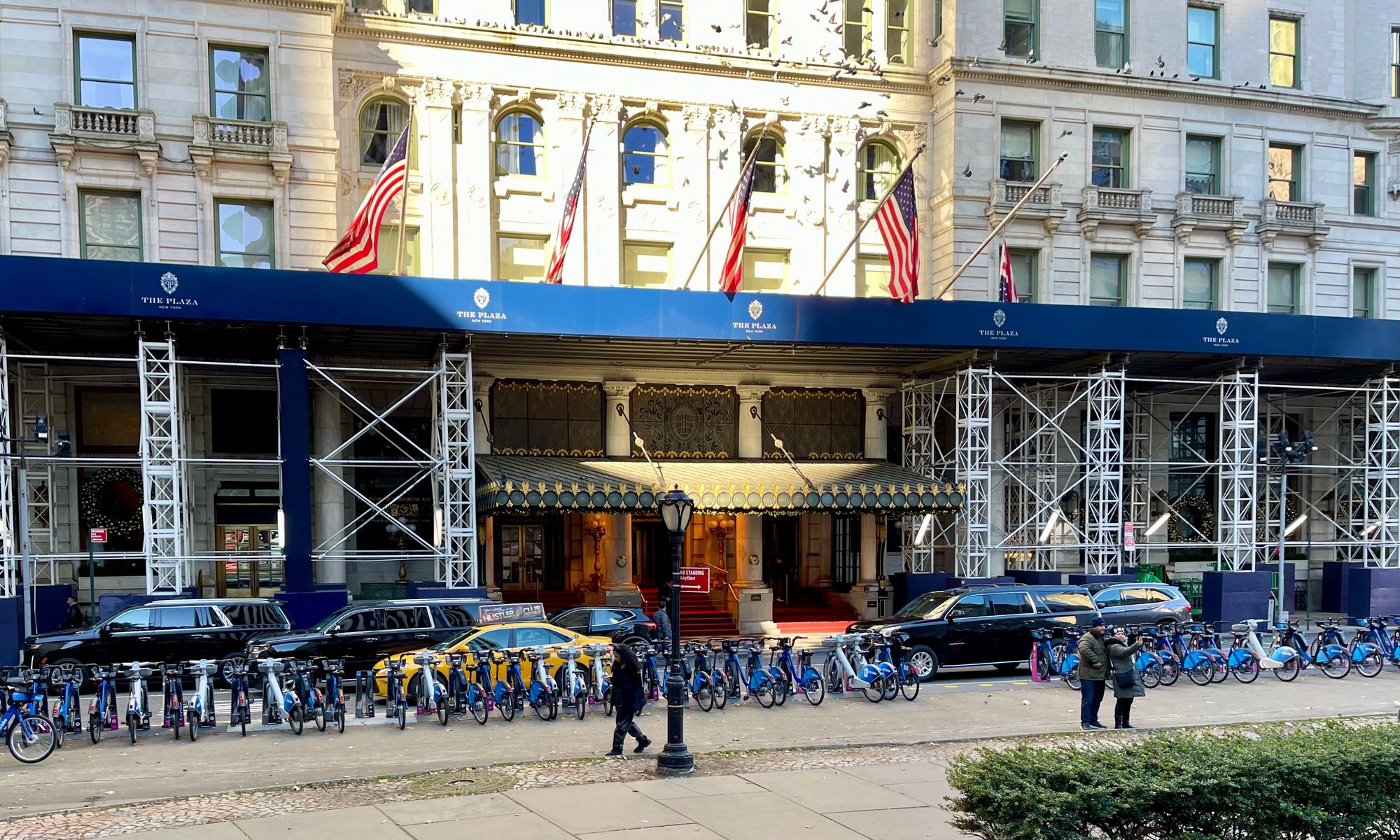
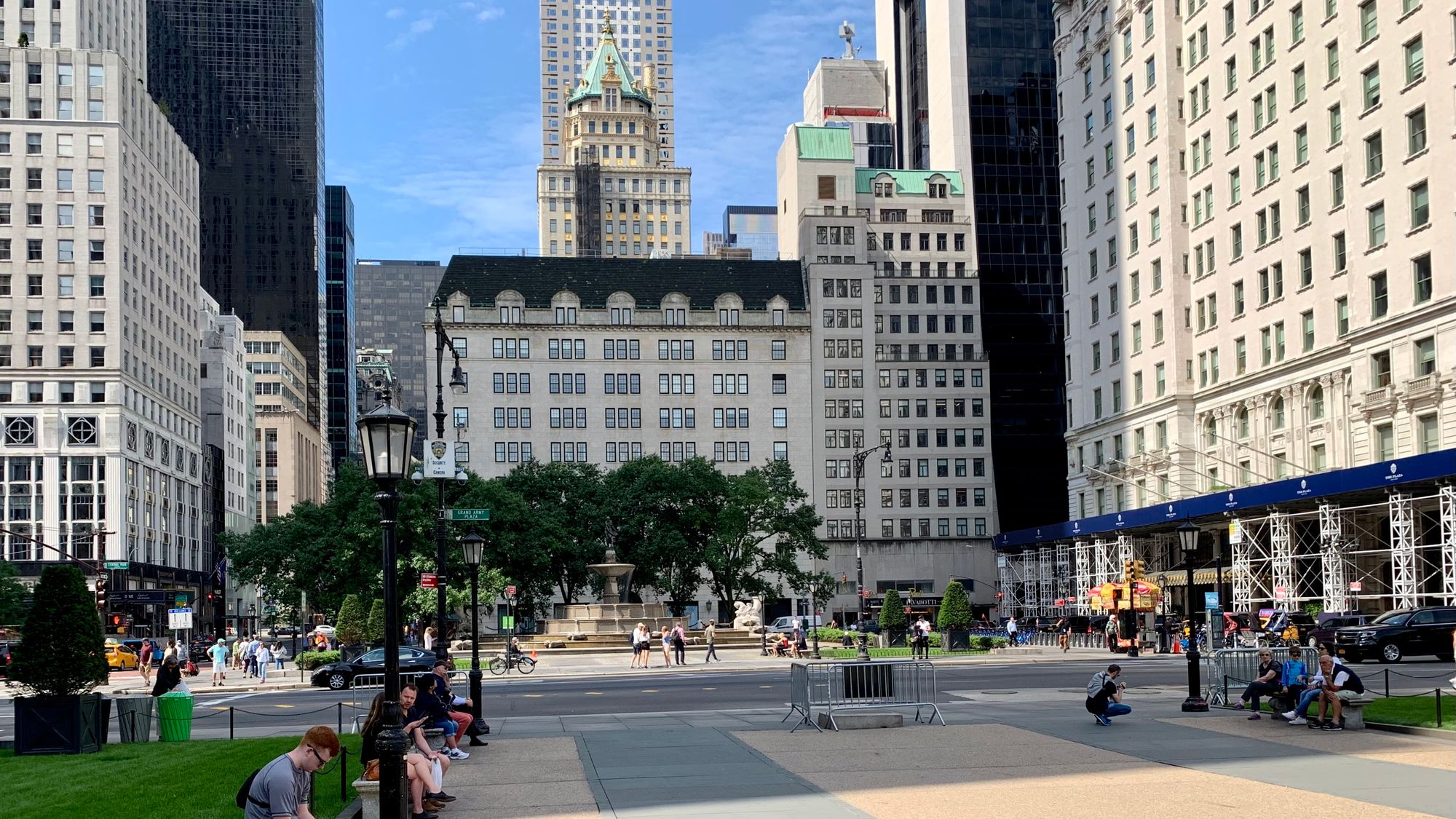
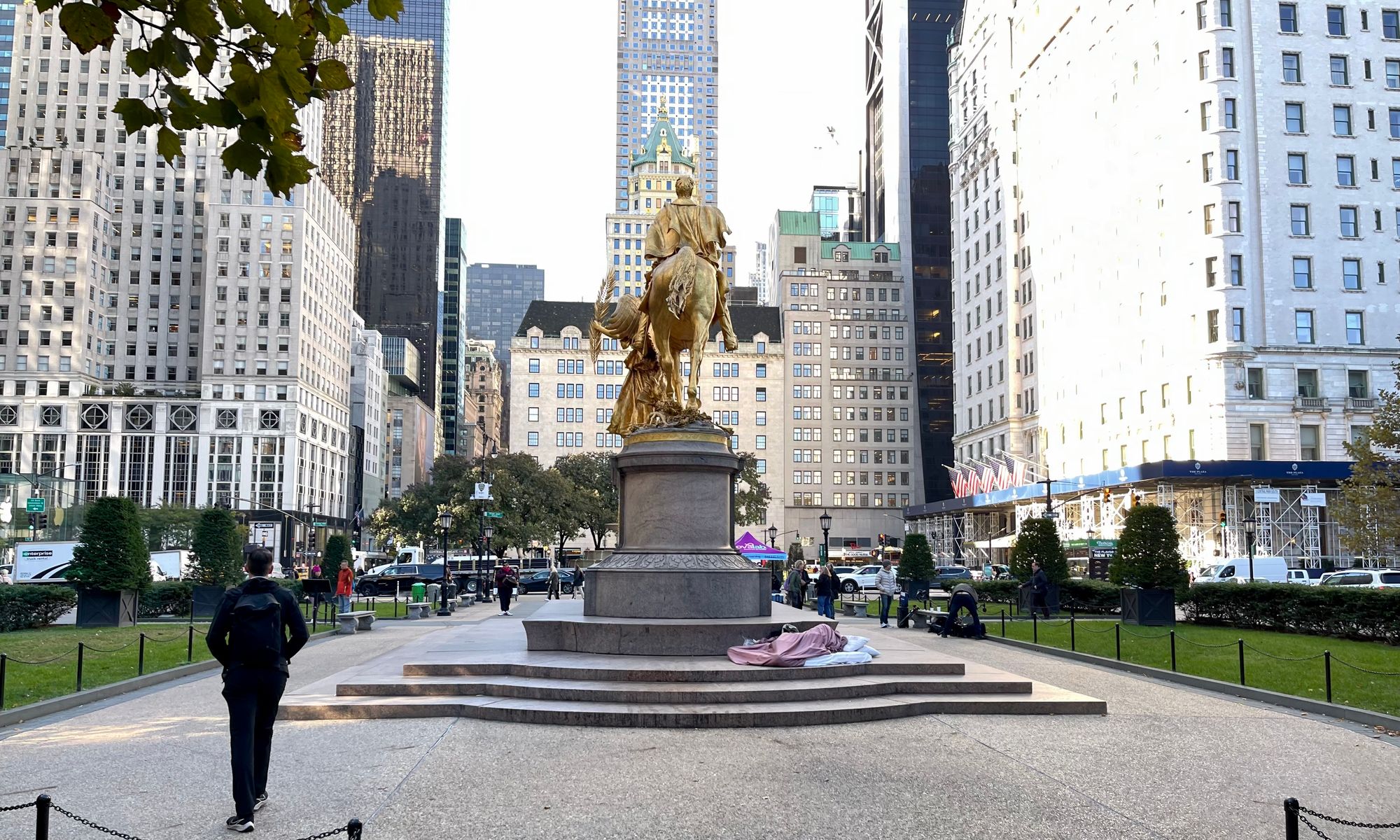
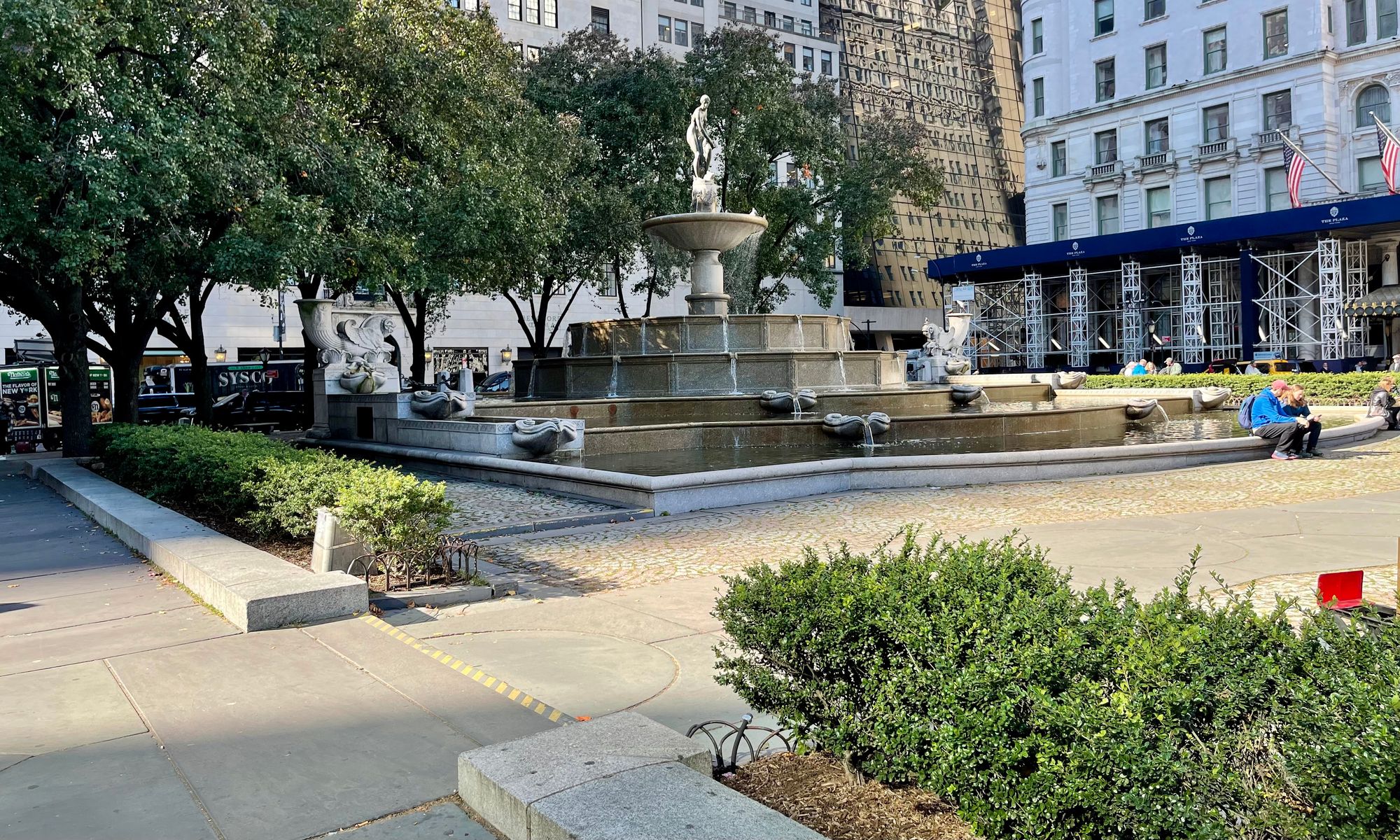
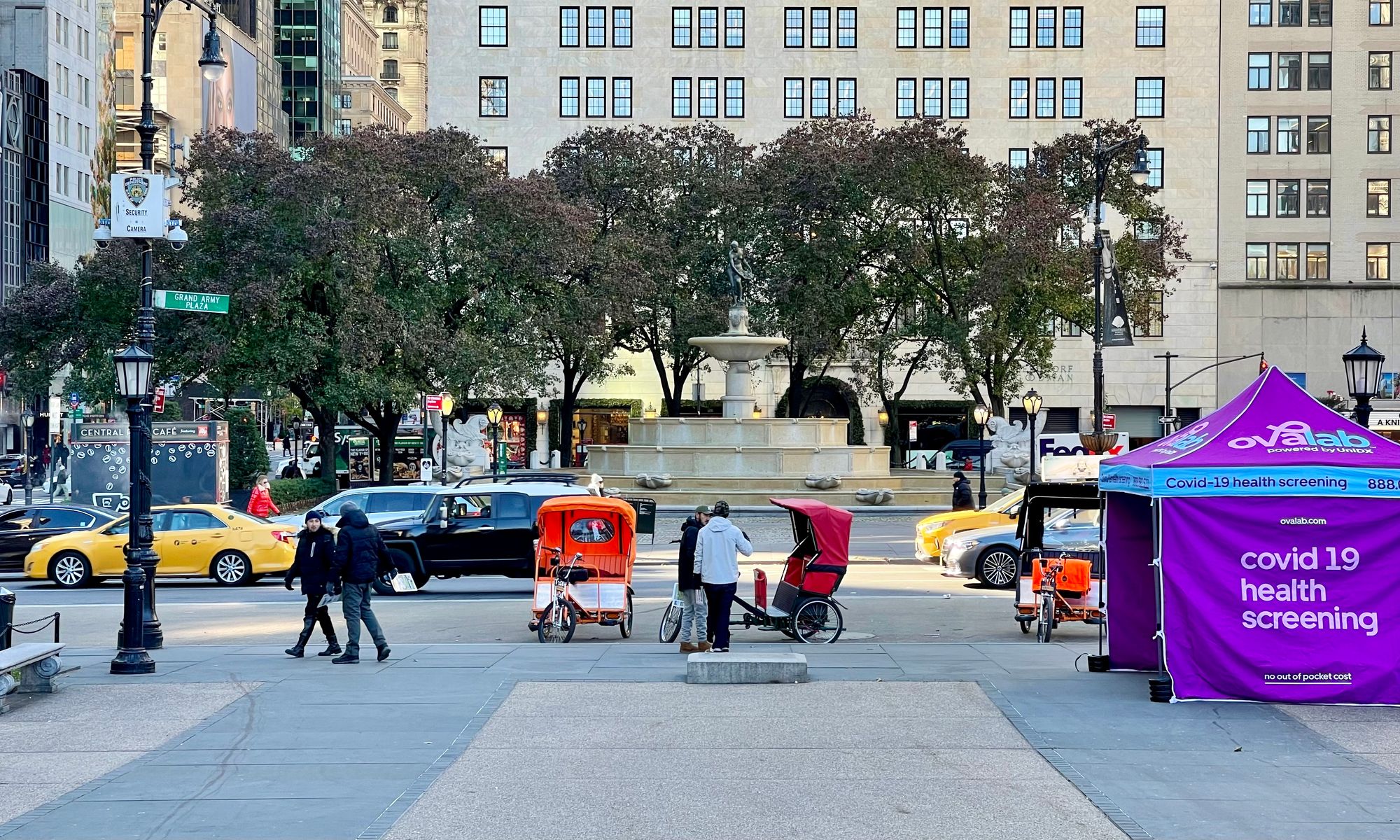
The plaza at the Apple Store, while visually powerful, is hard for people to use and enjoy. Mushroom-like seating is almost unusable, and safety chains are erected to keep people from falling into the water features.


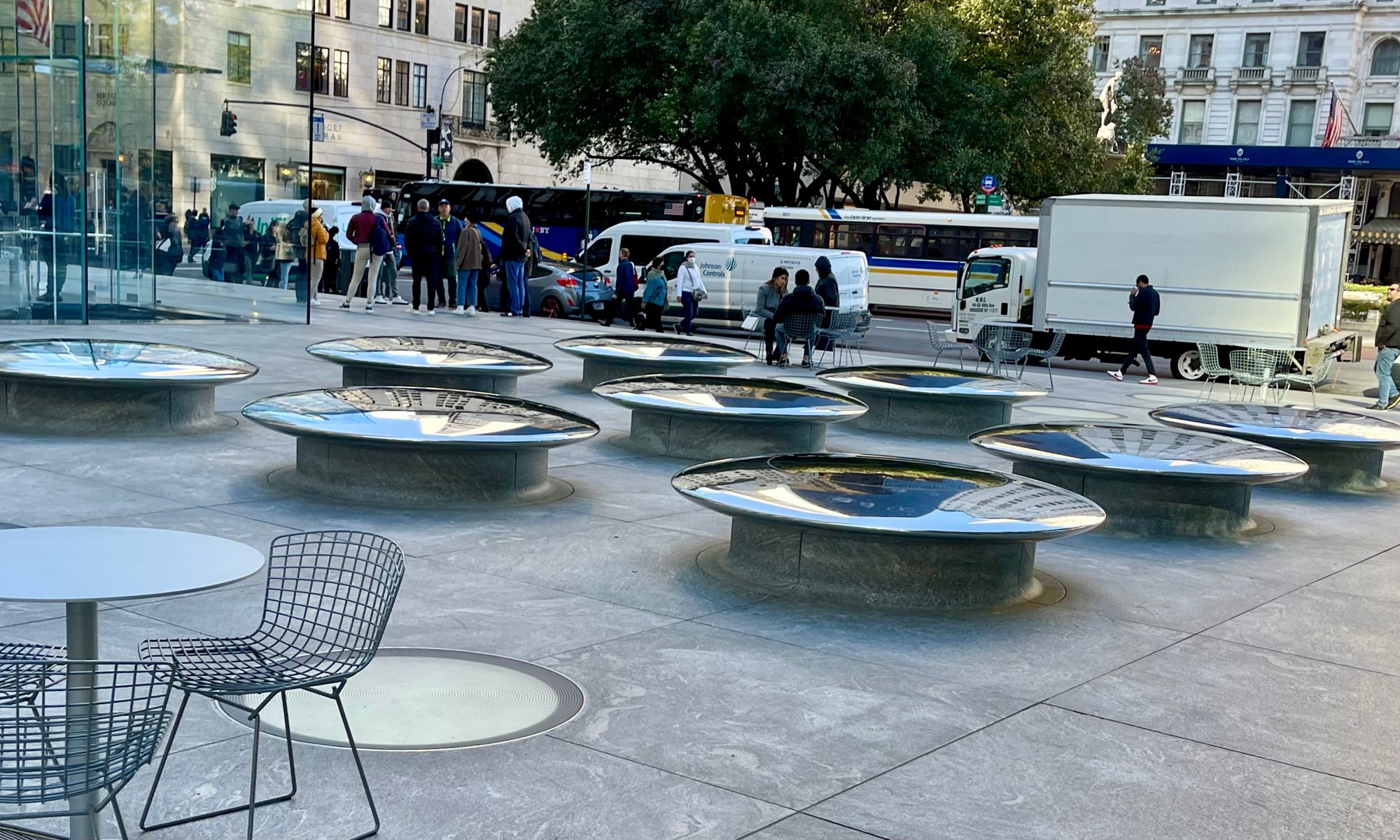

Inspiration: Union Square
Union Square is an example of a square that keeps growing and evolving as it gets better and better as more and more traffic lanes are removed. All the entrances to Central Park can learn from Union Square.
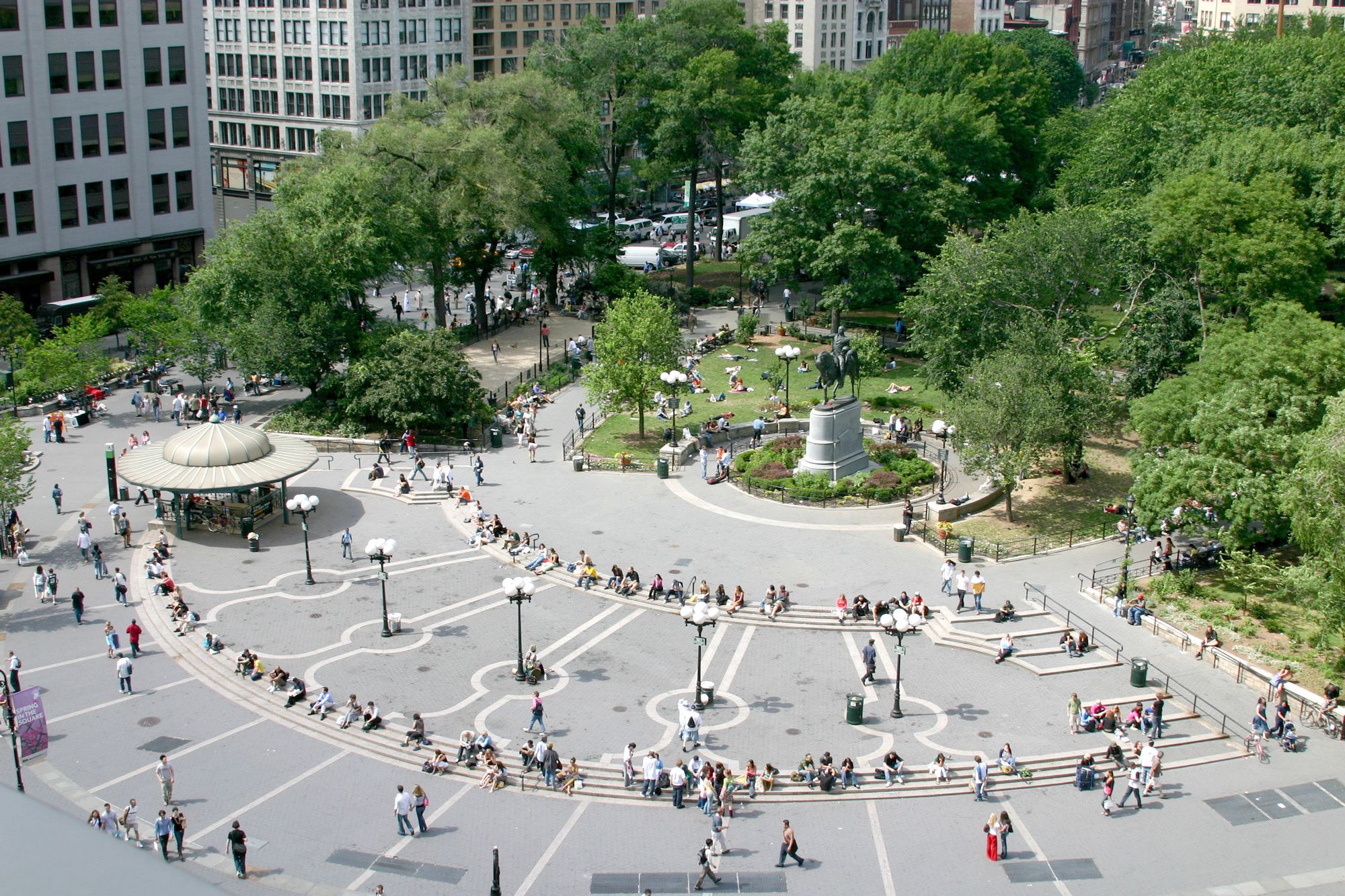
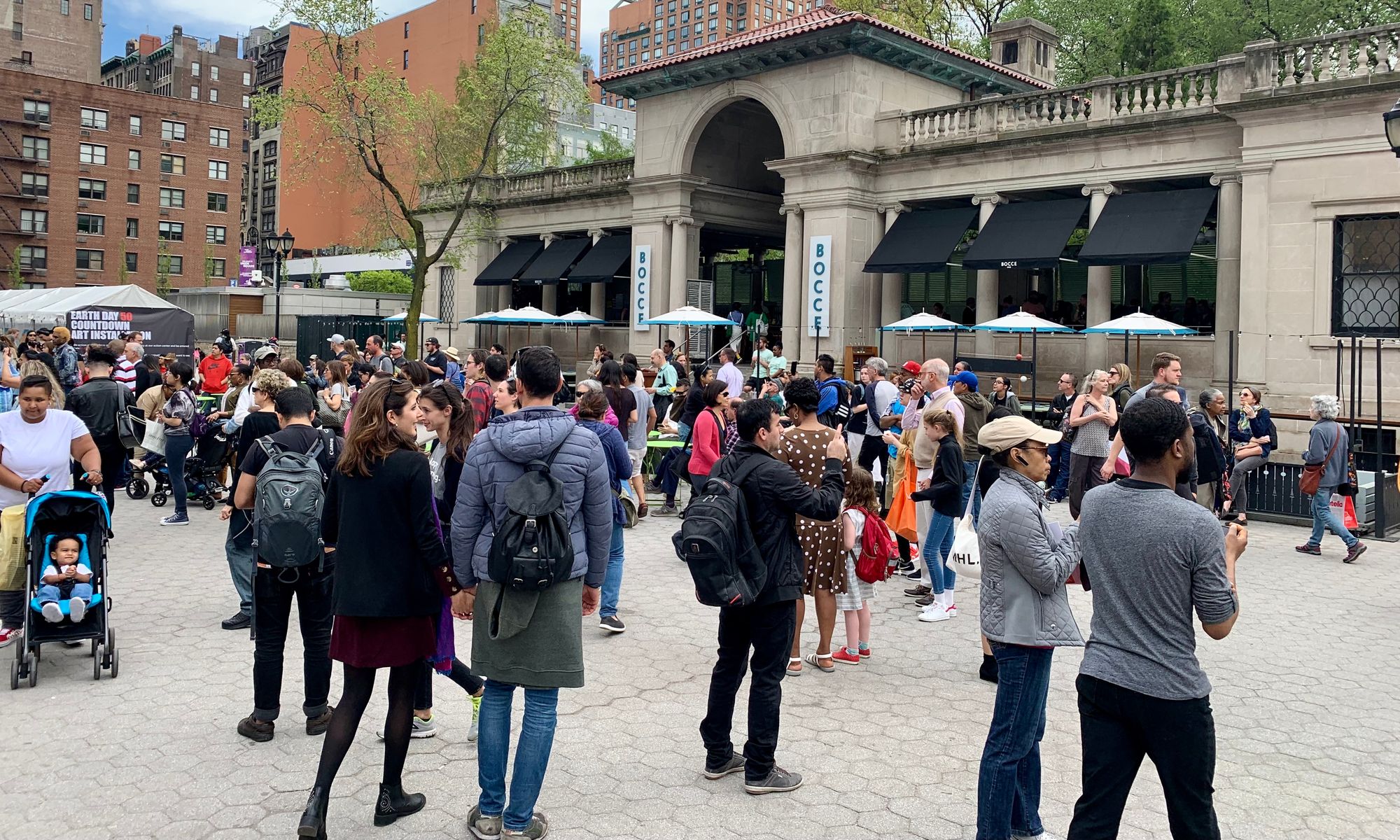
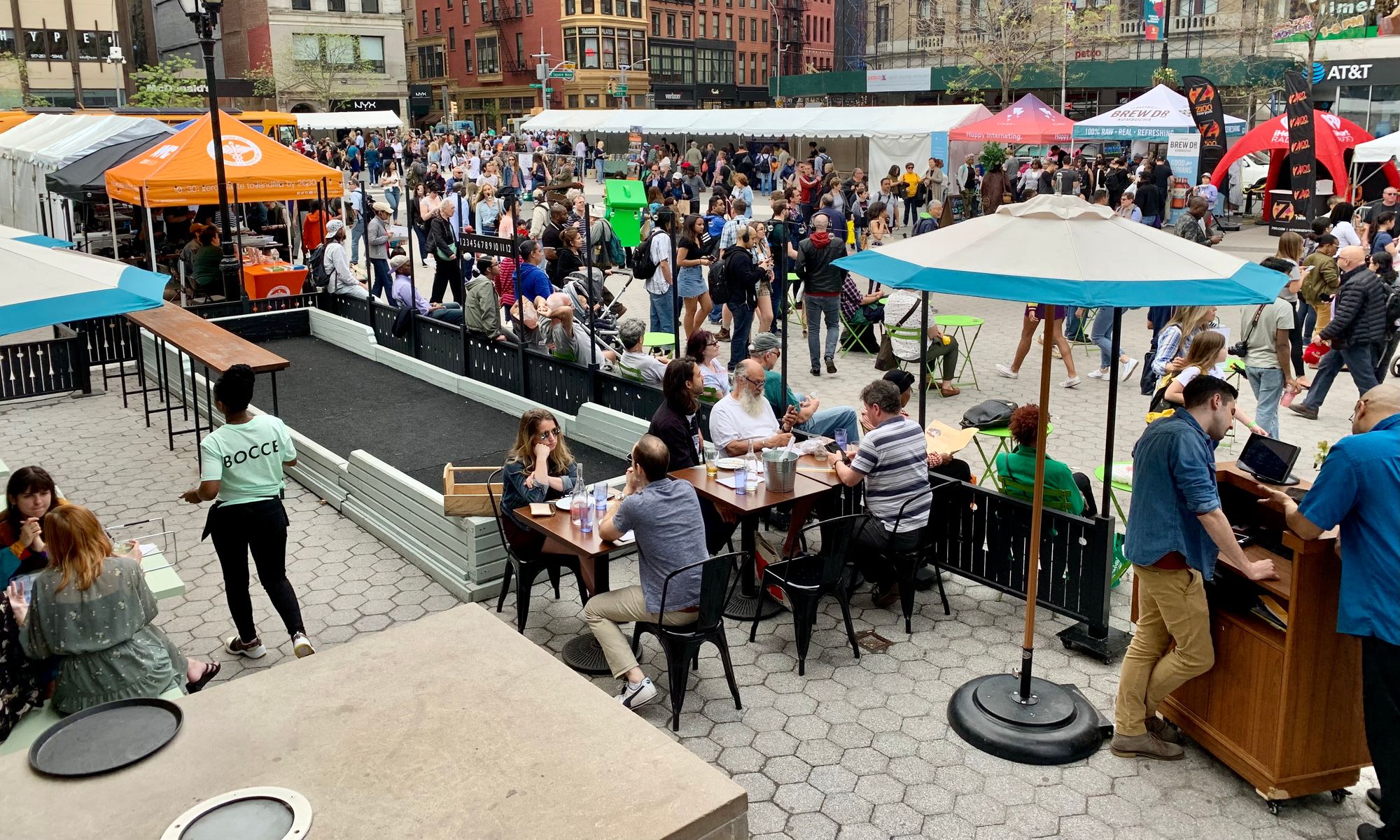
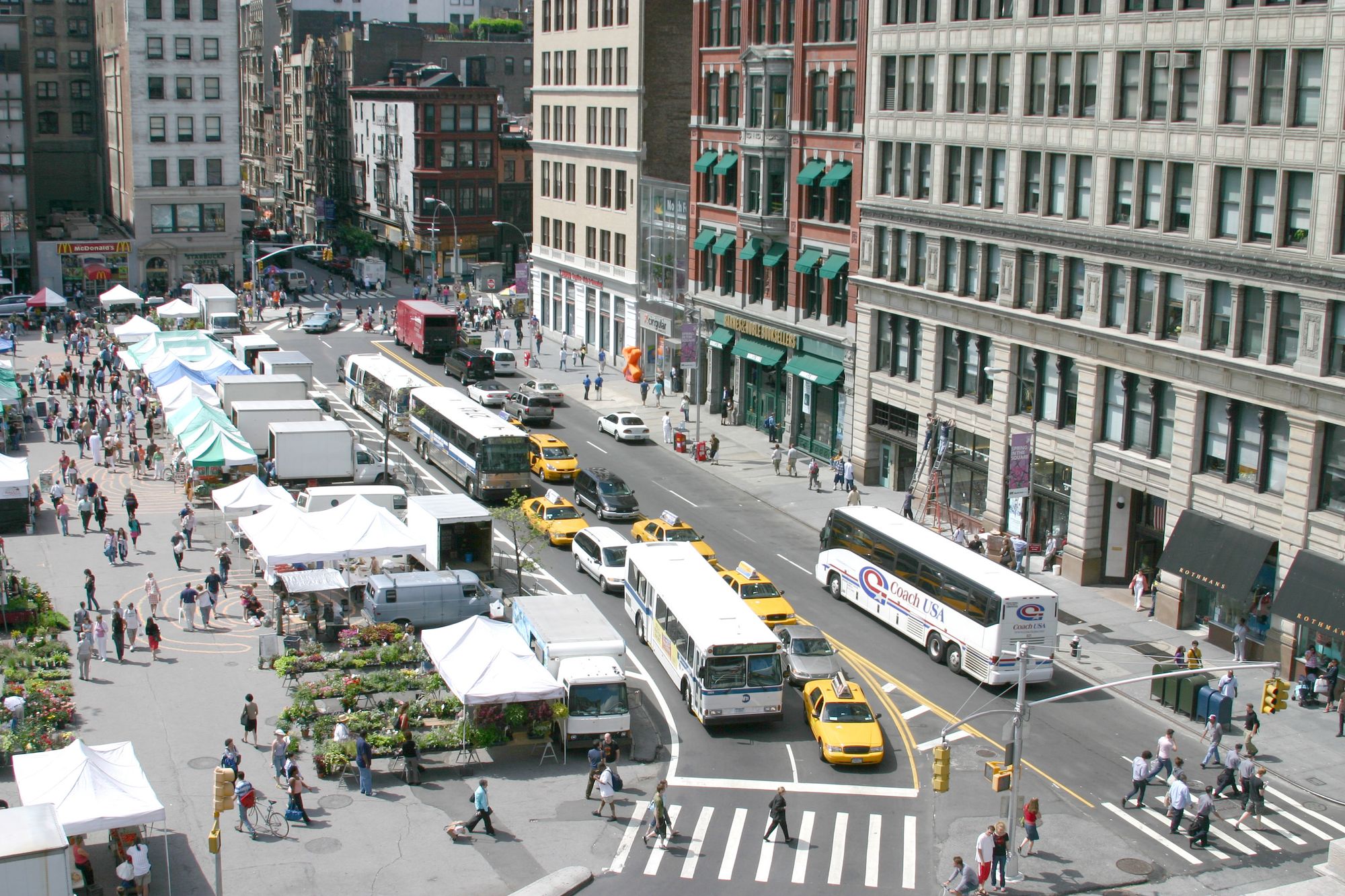

Before and After 16th Streets are sized to allow easy connecting to the blocks on the North and West sides of Union Square
You can find this plan in its own separate article here:

3. Restoring Fifth Avenue as the Center of High-end Shopping and Pleasure
The premier shopping Street in New York, and perhaps the nation, is functioning more as a traffic-dominated street with sidewalks too narrow to handle daily pedestrian volumes, let alone shopping. During seasonal times there are many more pedestrians than the sidewalks can handle. One often has to walk in the street as people try to get somewhere while others want to shop, which is difficult at best.
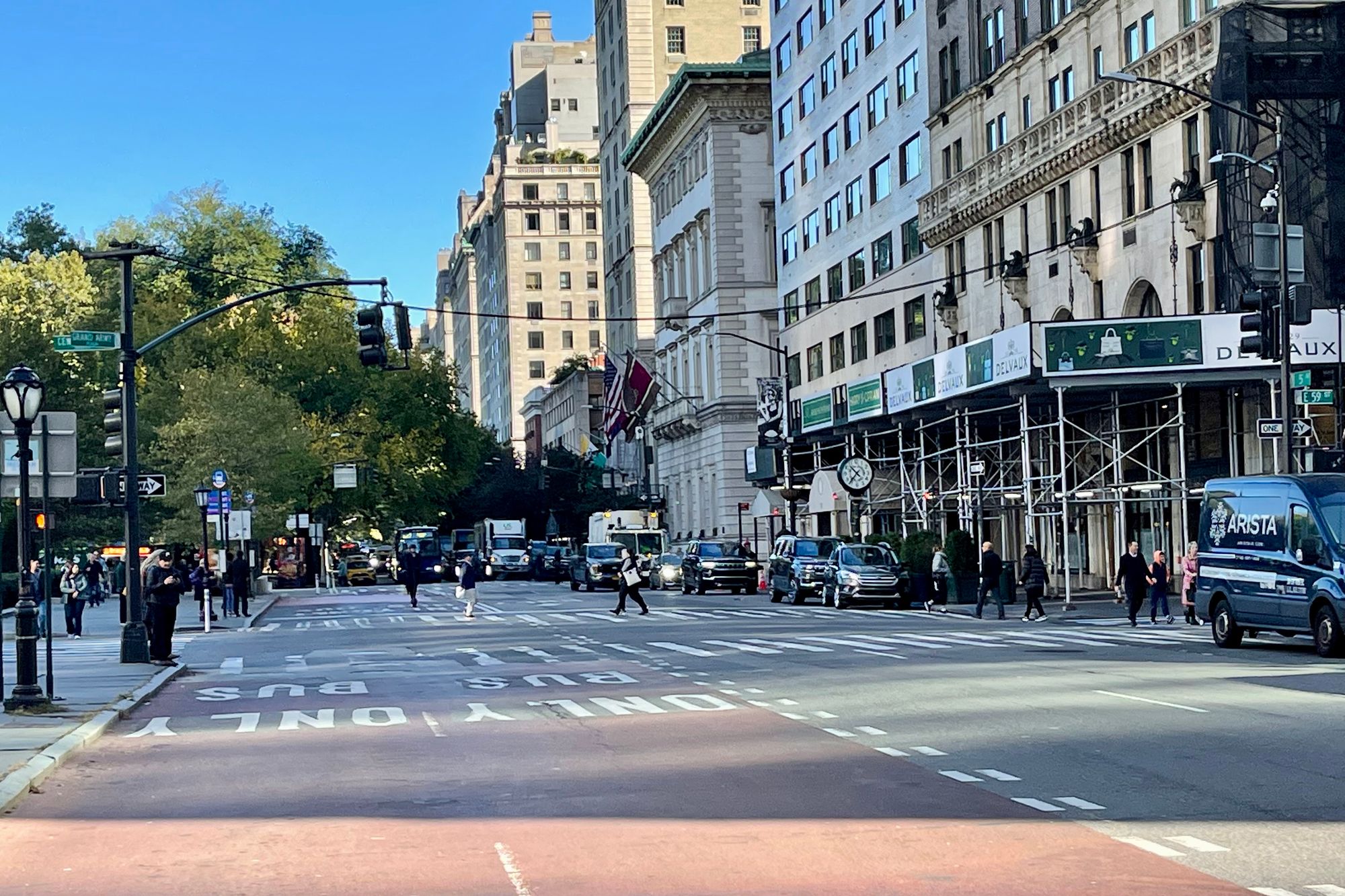
At 60th Street Fifth Avenue widens from 4 lanes to 5 lanes
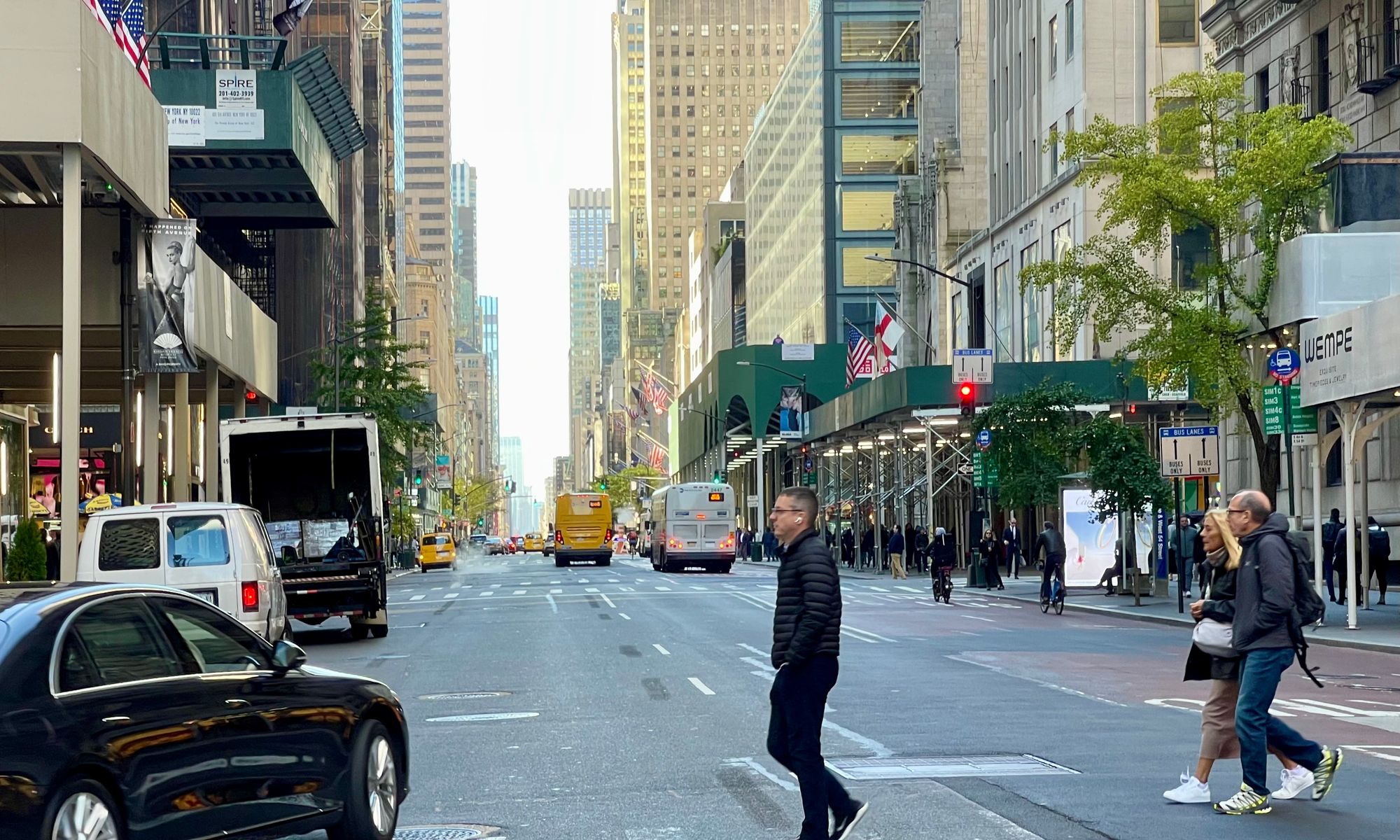
Width any view up or down the Avenue, one is struck by the shear width, narrow sidewalks
High-end shopping destinations are abundant on Fifth Avenue.
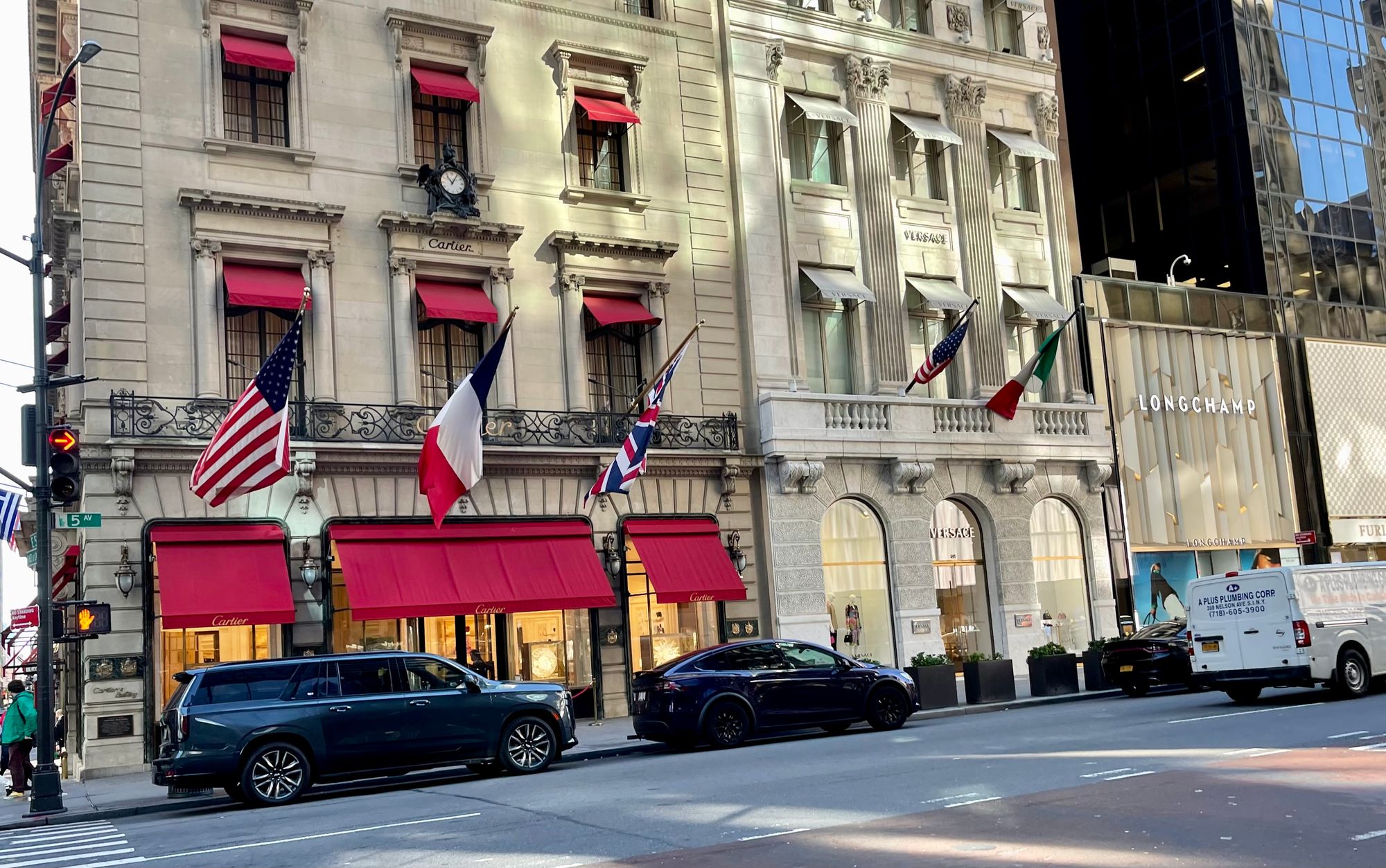
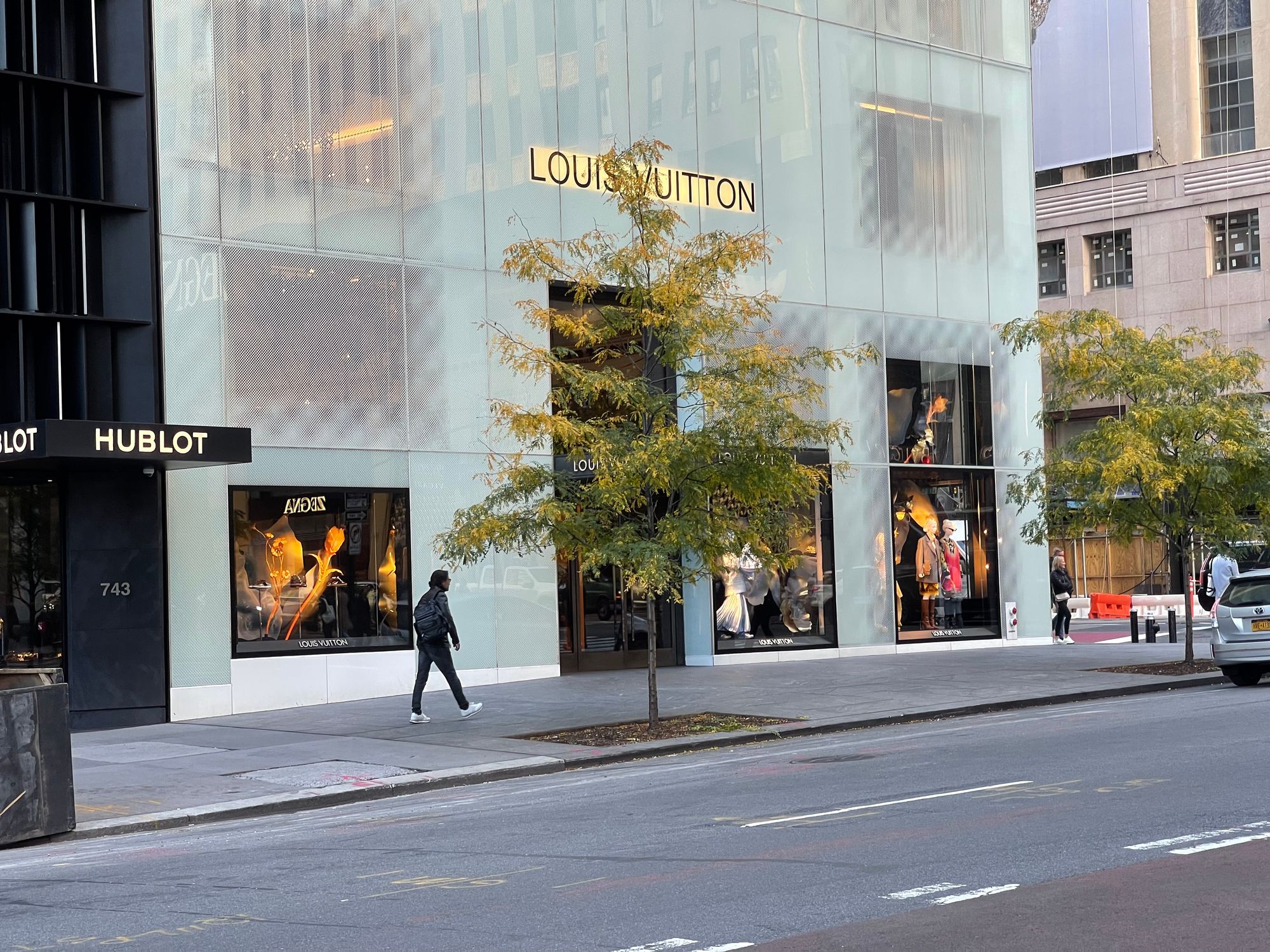
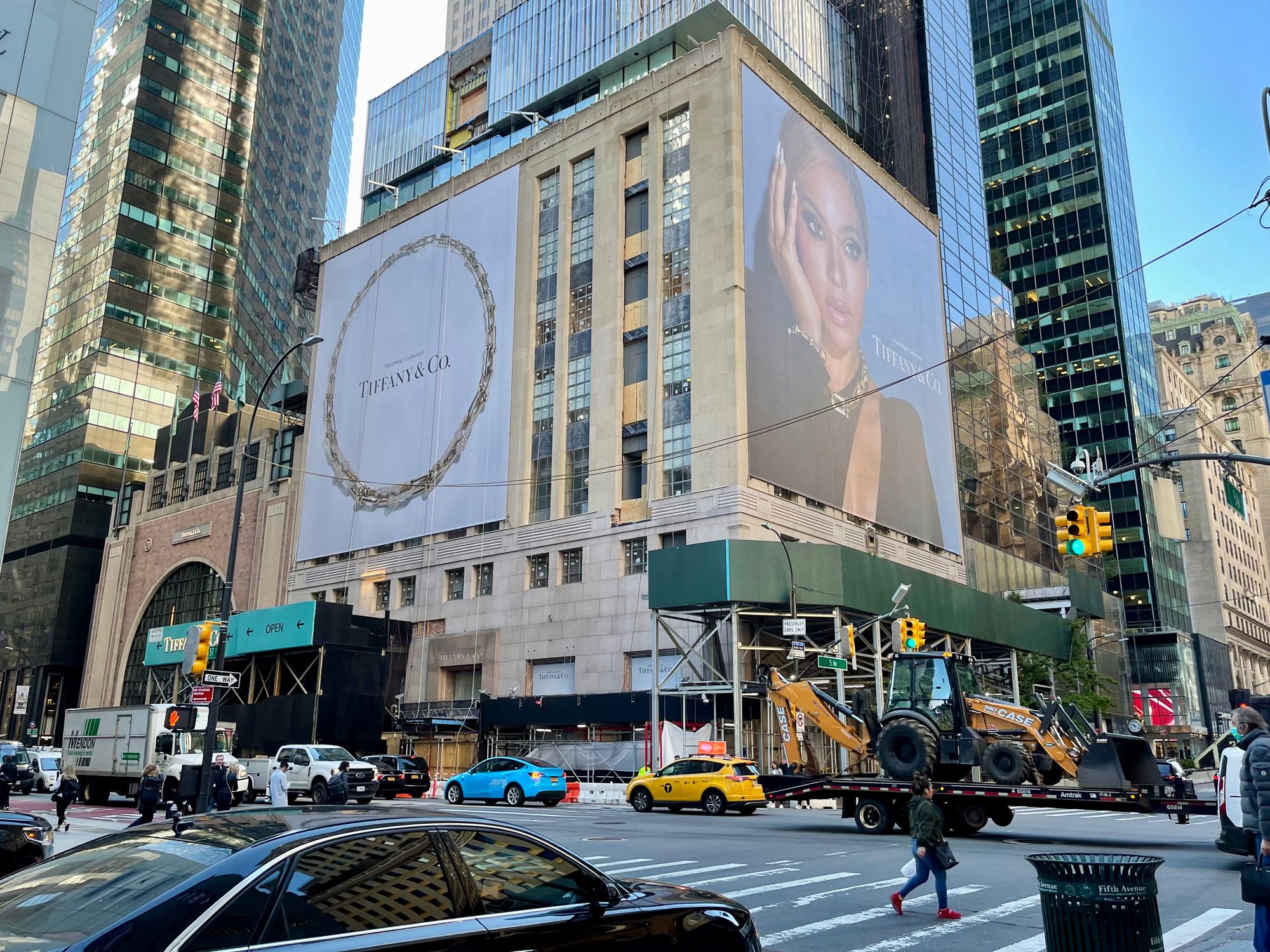
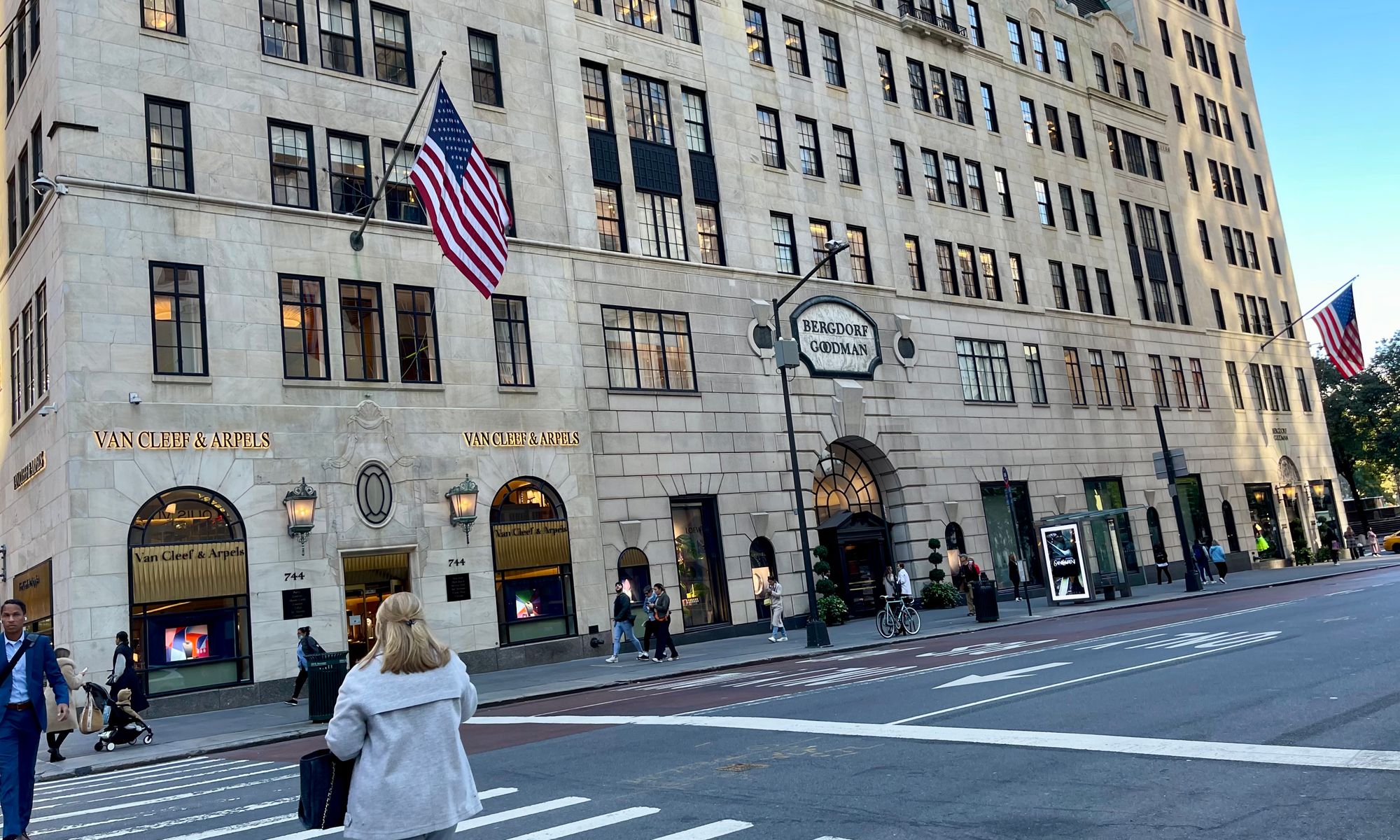
Fifth Avenue is 100 feet from building face to building face, with a roadway of 60 feet and sidewalks of 20 feet on each side. It is a street where high volumes of pedestrians travel up and down, often with specific destinations. In 1970s research, we observed that the timing of traffic lights forced pedestrians to wait at intersections for 10-15 seconds, waiting for the light to change, then walk in uncomfortable "platoons" down the street. The time to walk a few blocks would take substantially more time than if they were to be able to walk directly without stopping at every light, and there would be less platooning. Pedestrians would be spread out, and more casual window shopping and strolling would be possible.
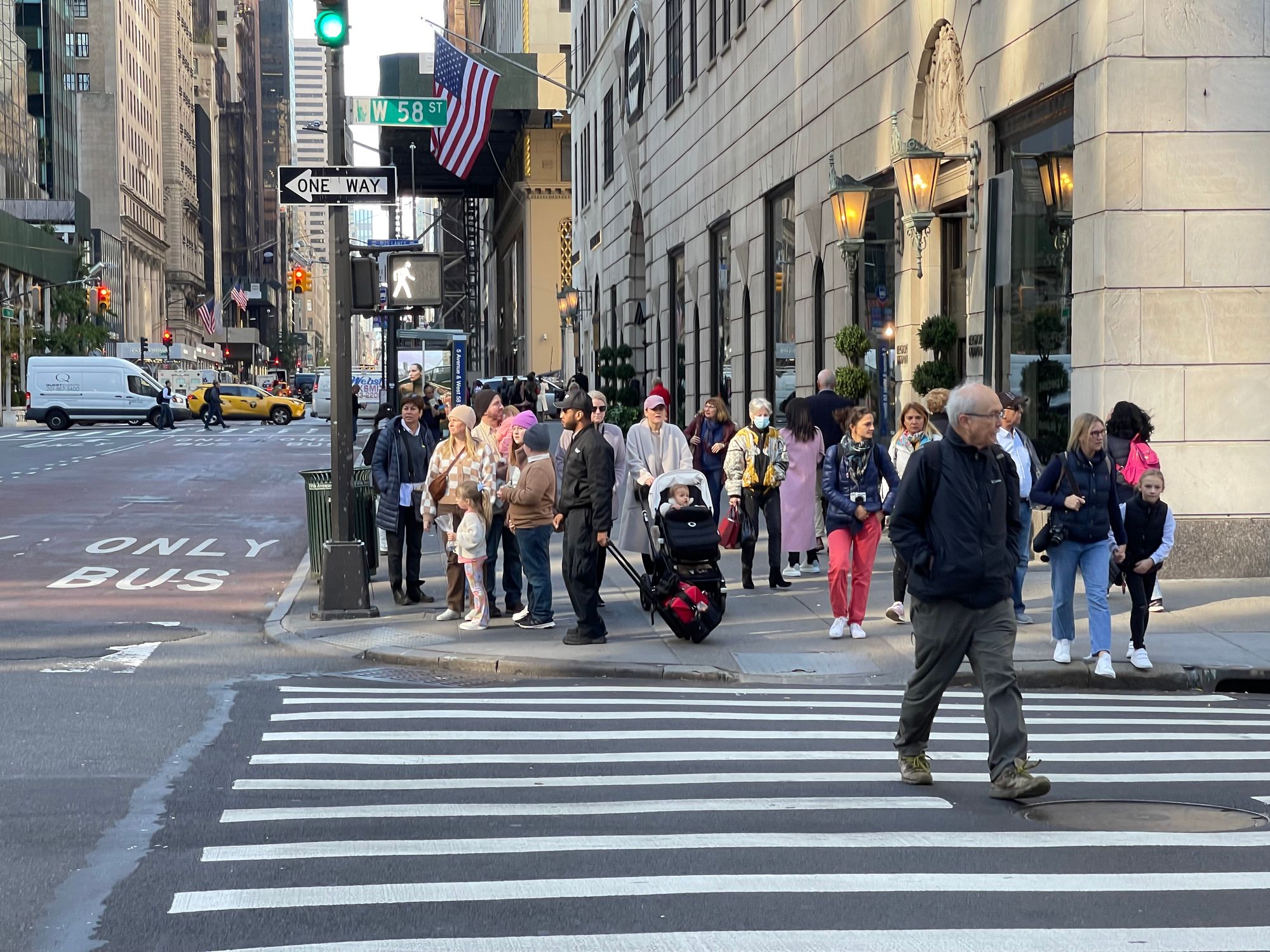
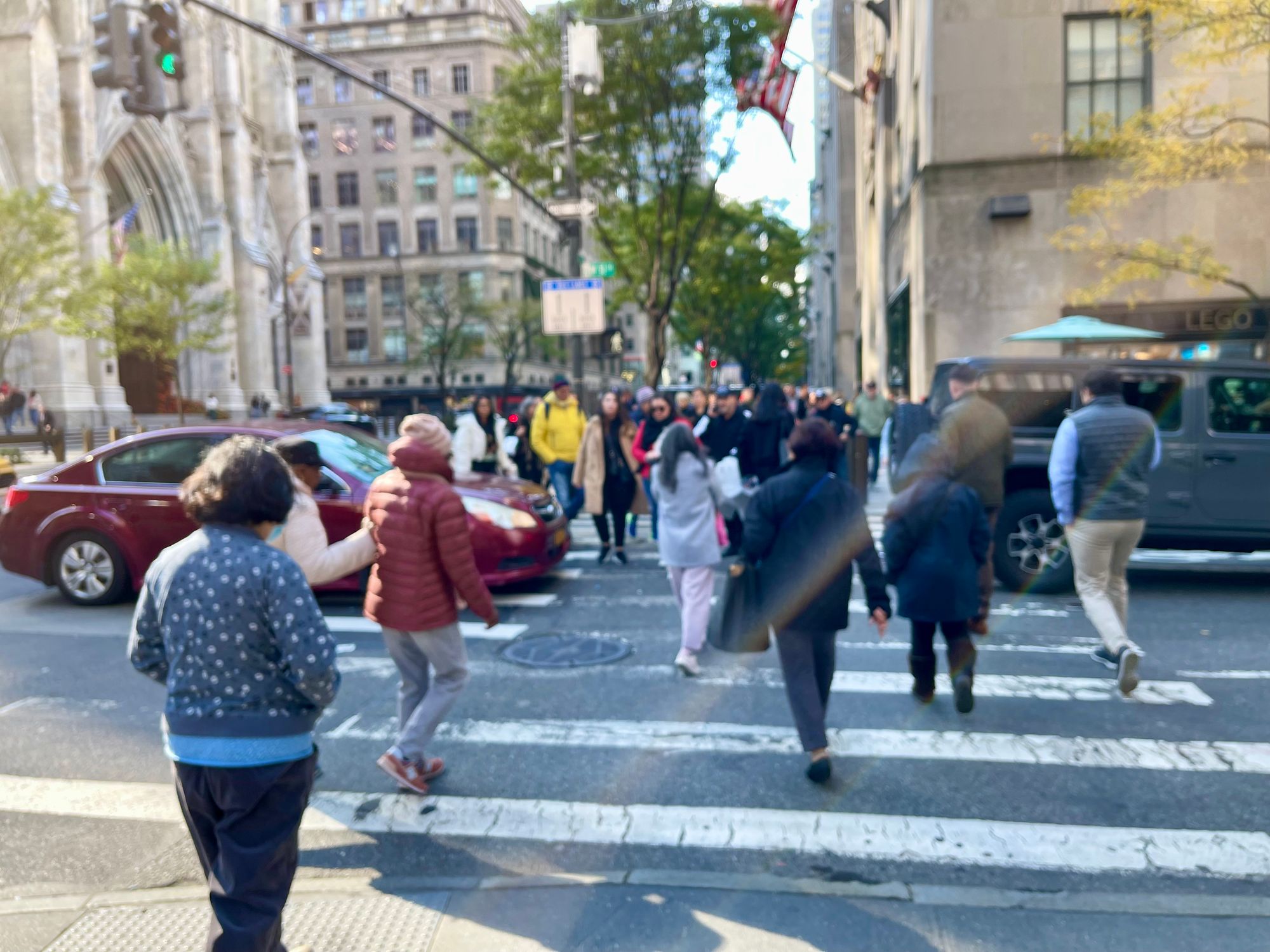
Sidewalk crowding on 58th and
Even then, with the high volumes along most of the Avenue, the question still is, what would be the effective width of each sidewalk to create an atmosphere of strolling and shopping along the entire street? Also, should the sidewalks in certain high-density destinations be given some extra additional width?
In general, sidewalk widths could be increased by removing one lane of traffic and narrowing traffic lanes from 12 feet to 10.5 feet, resulting in 30 to 31-foot sidewalks on each side. Special destinations could include areas near Grand Army Plaza, Rockefeller Center, 42nd Street, and the Empire State Building. Here, two lanes could potentially be removed, creating 35 to 36-foot sidewalks. In those special districts where pedestrians and shopping, public buildings, and spaces are major attractions, there would be limited stopping.
Recently, the Fifth Avenue Association developed a concept for making Fifth Avenue sidewalks wider and more inviting. This is definitely going in the right direction, but applying the same configuration on every block misses the opportunity to take each block or string of blocks and apply special nuances to each area. The benchmarks below indicate how that is done in London, Paris, and Barcelona.
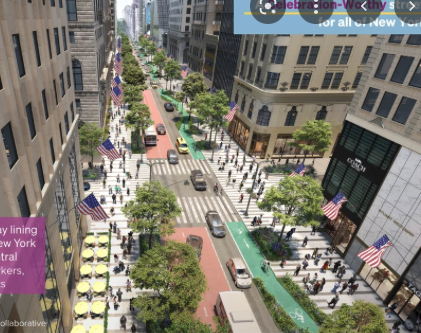
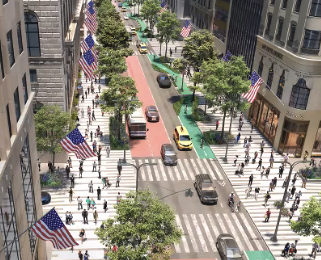
The Fifth Avenue Association developed a concept for making Fifth Avenue sidewalks wider and more inviting.
Inspirations
Oxford Street in London is mainly a shopping street. There are variations in the width, possibly because of varying degrees of volumes where high volumes on one side require greater widths.
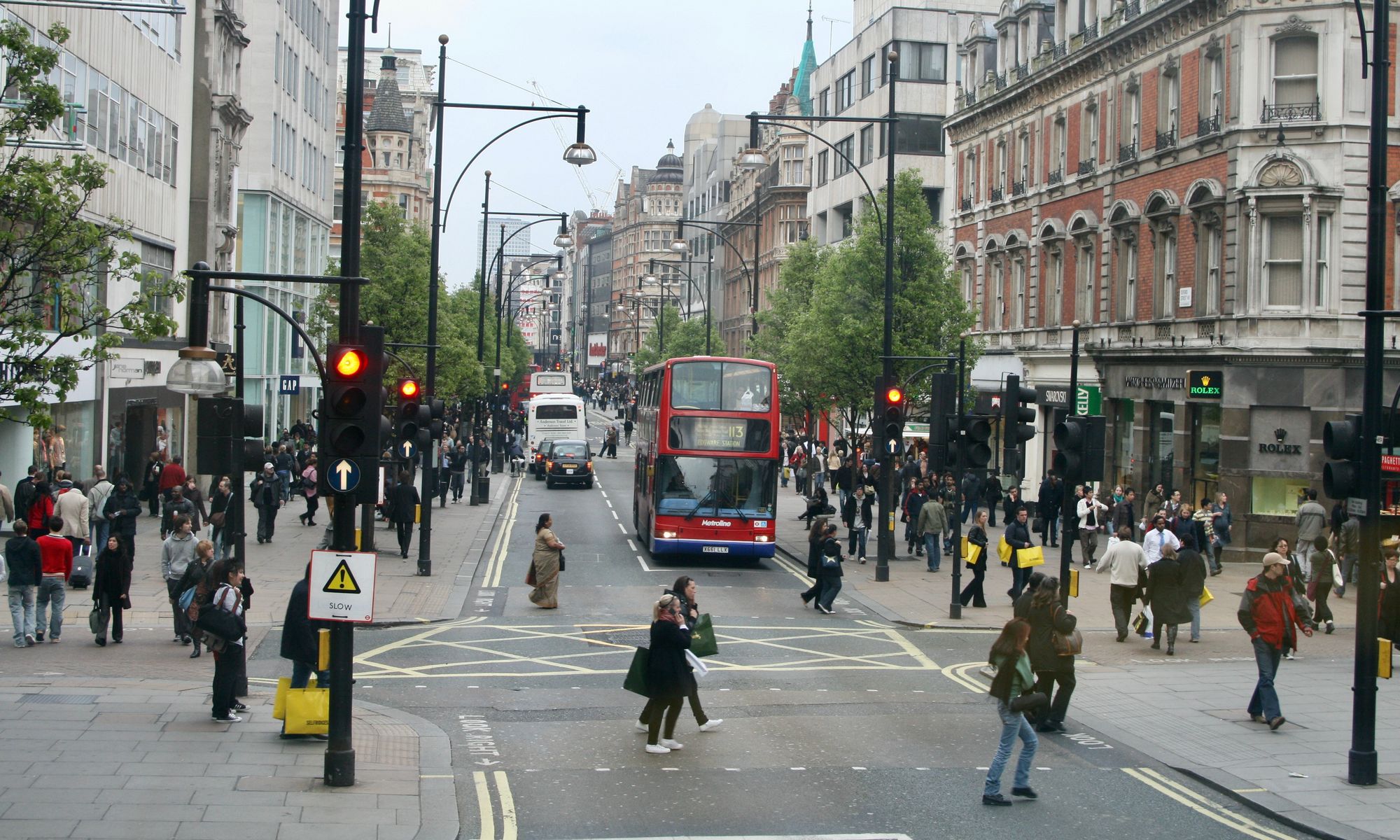
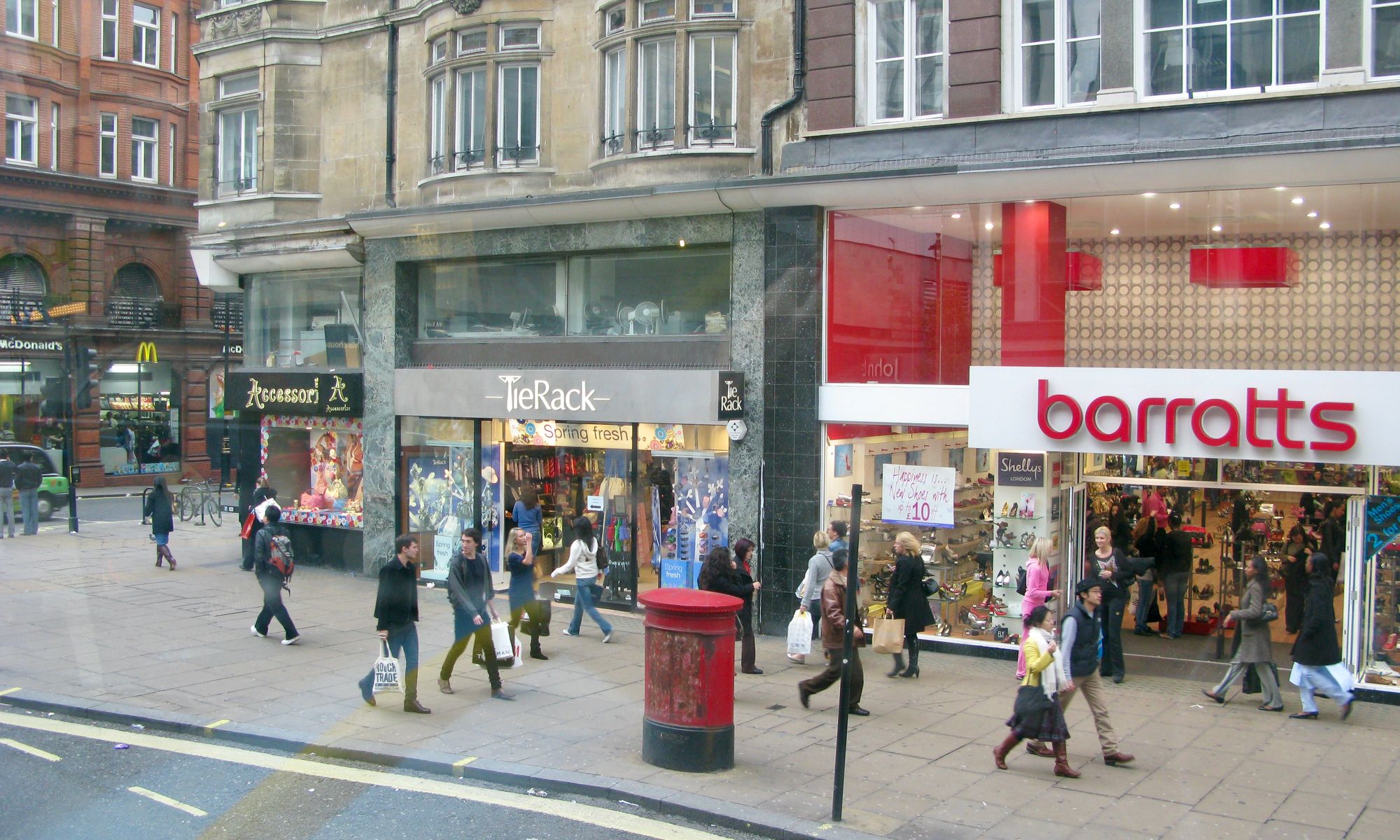
In more densely populated areas, even with the larger widths, there is still significant crowding.
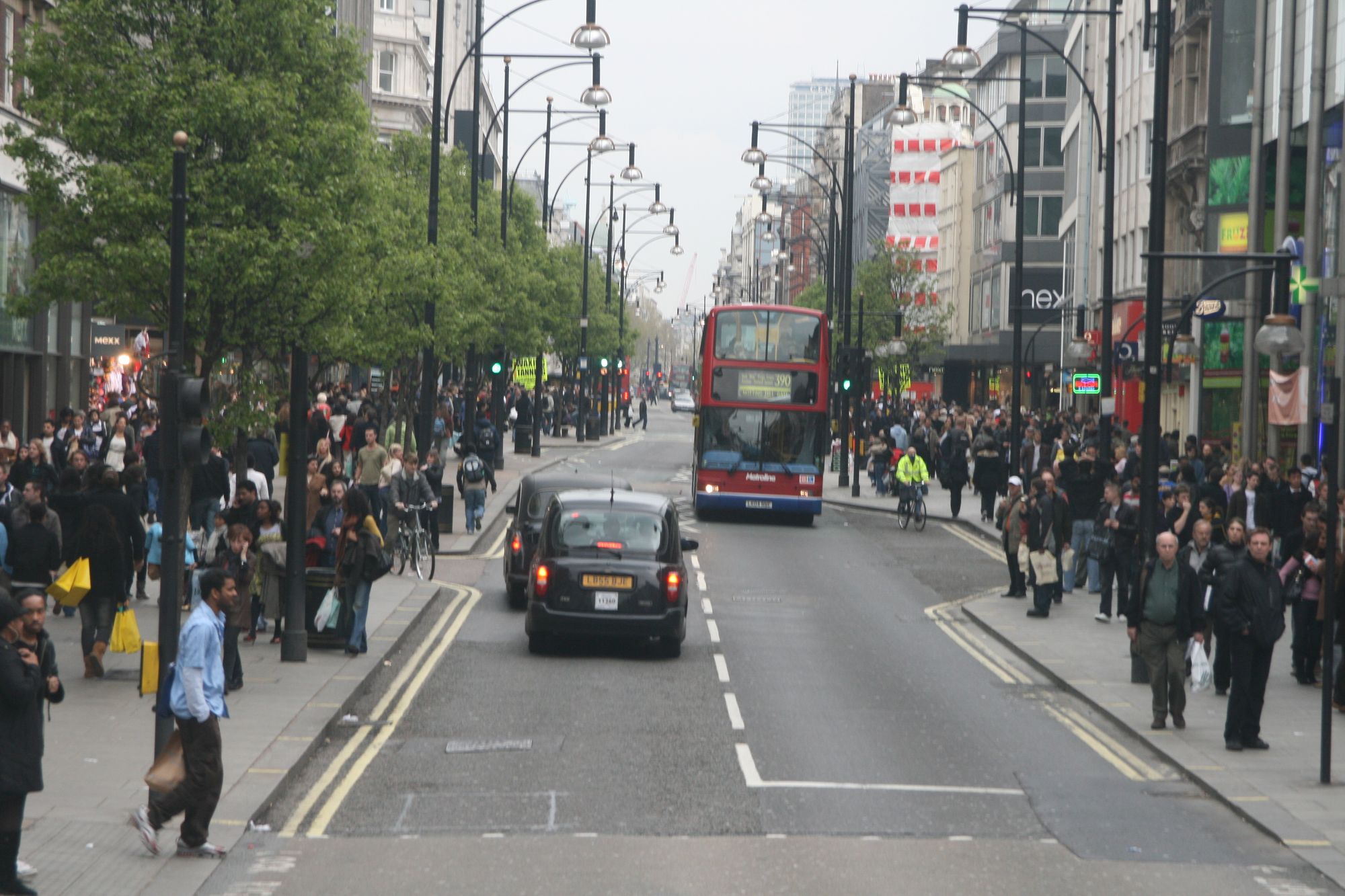
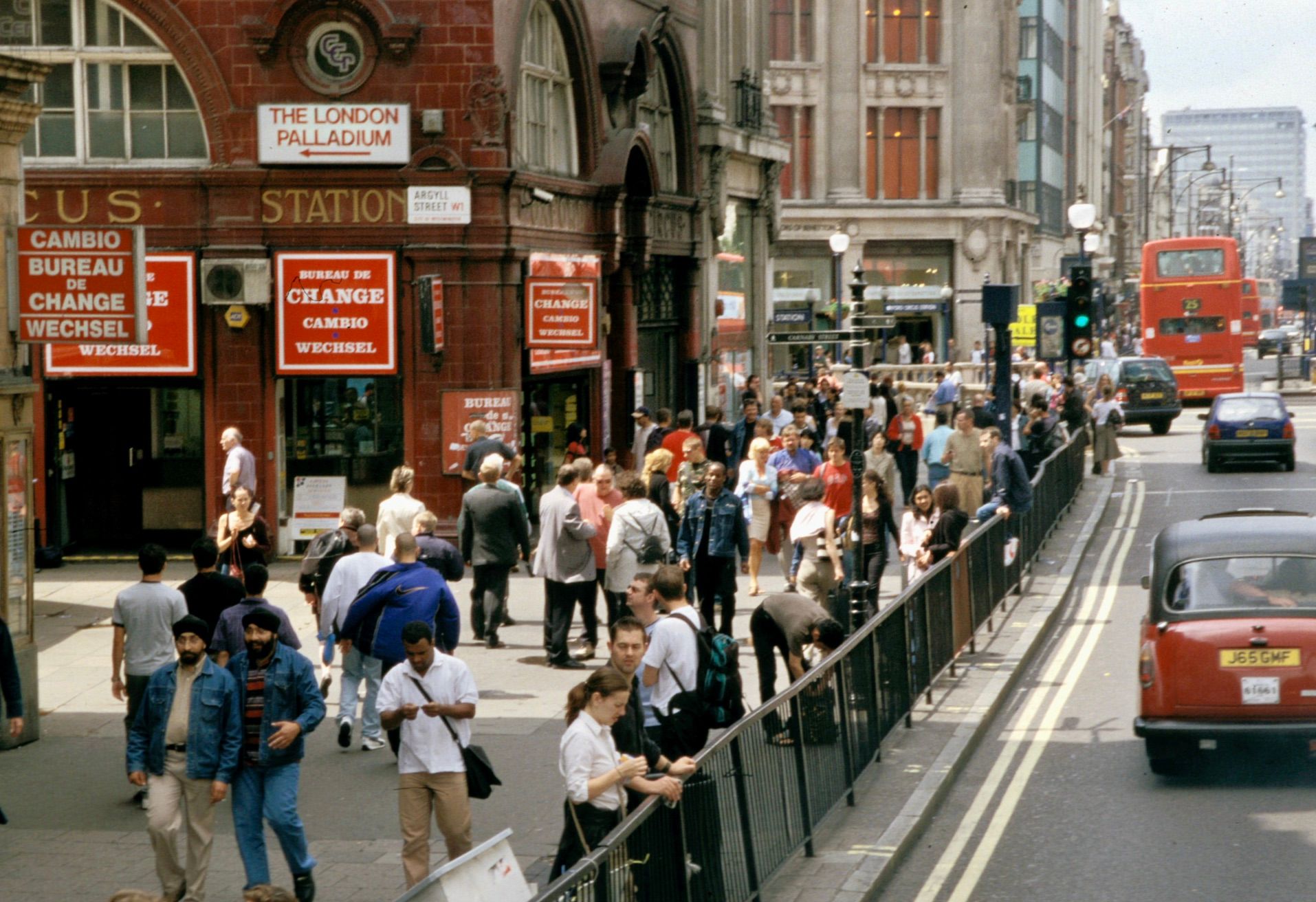
Passeig de Gracia in Barcelona is primarily a shopping destination. We've used this street previously in this article, but here we highlight its wonderful storefronts.
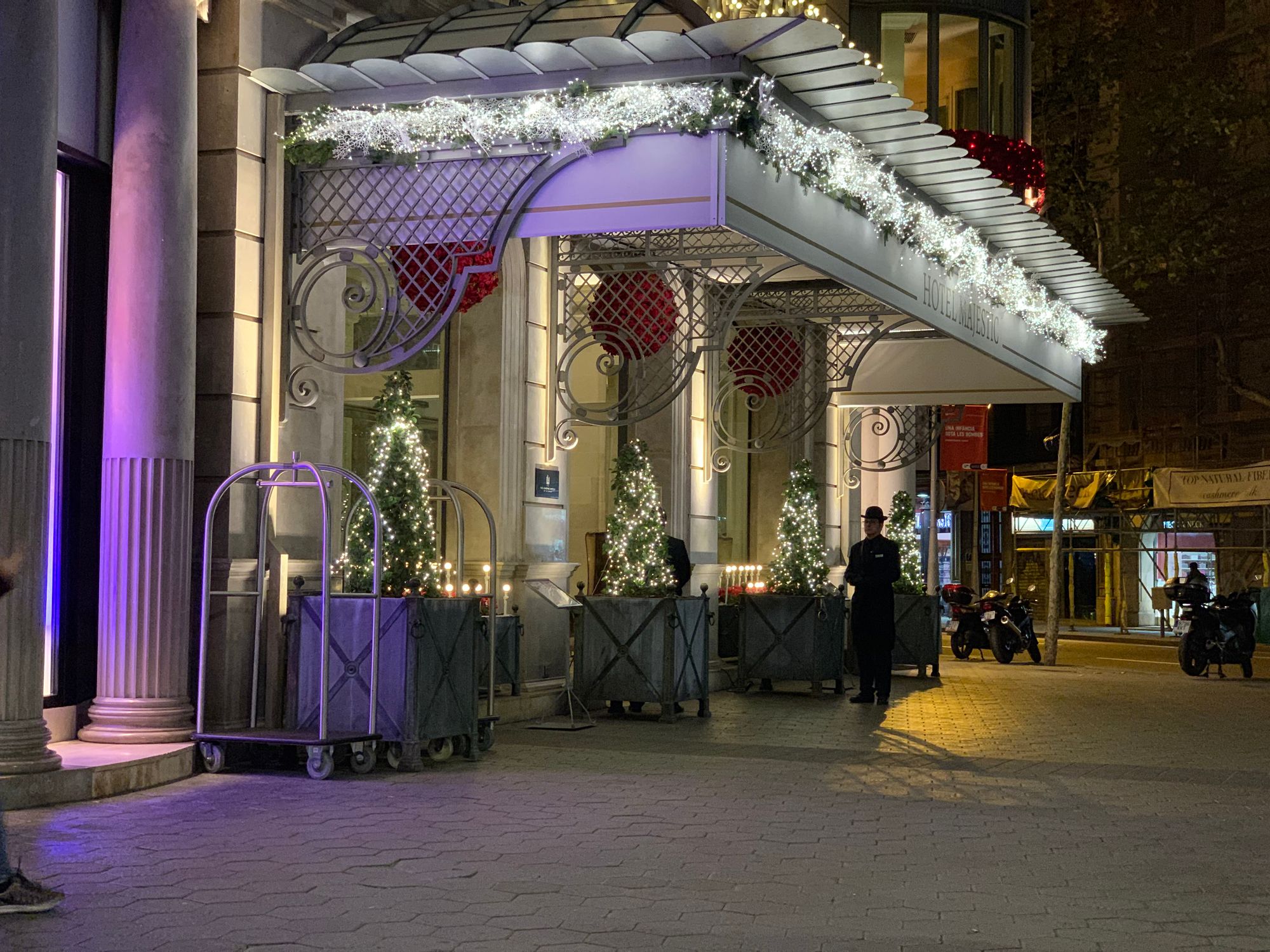
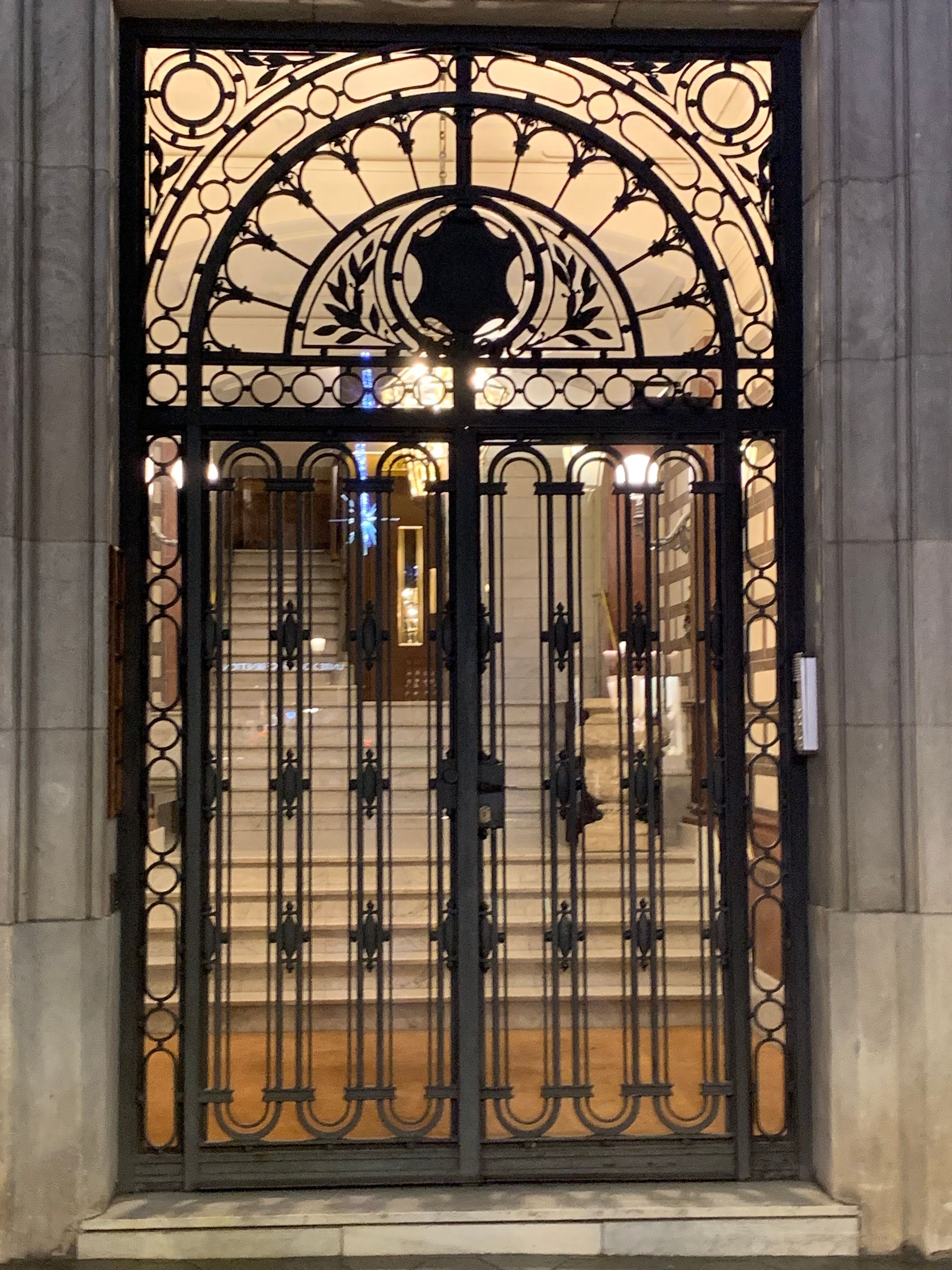
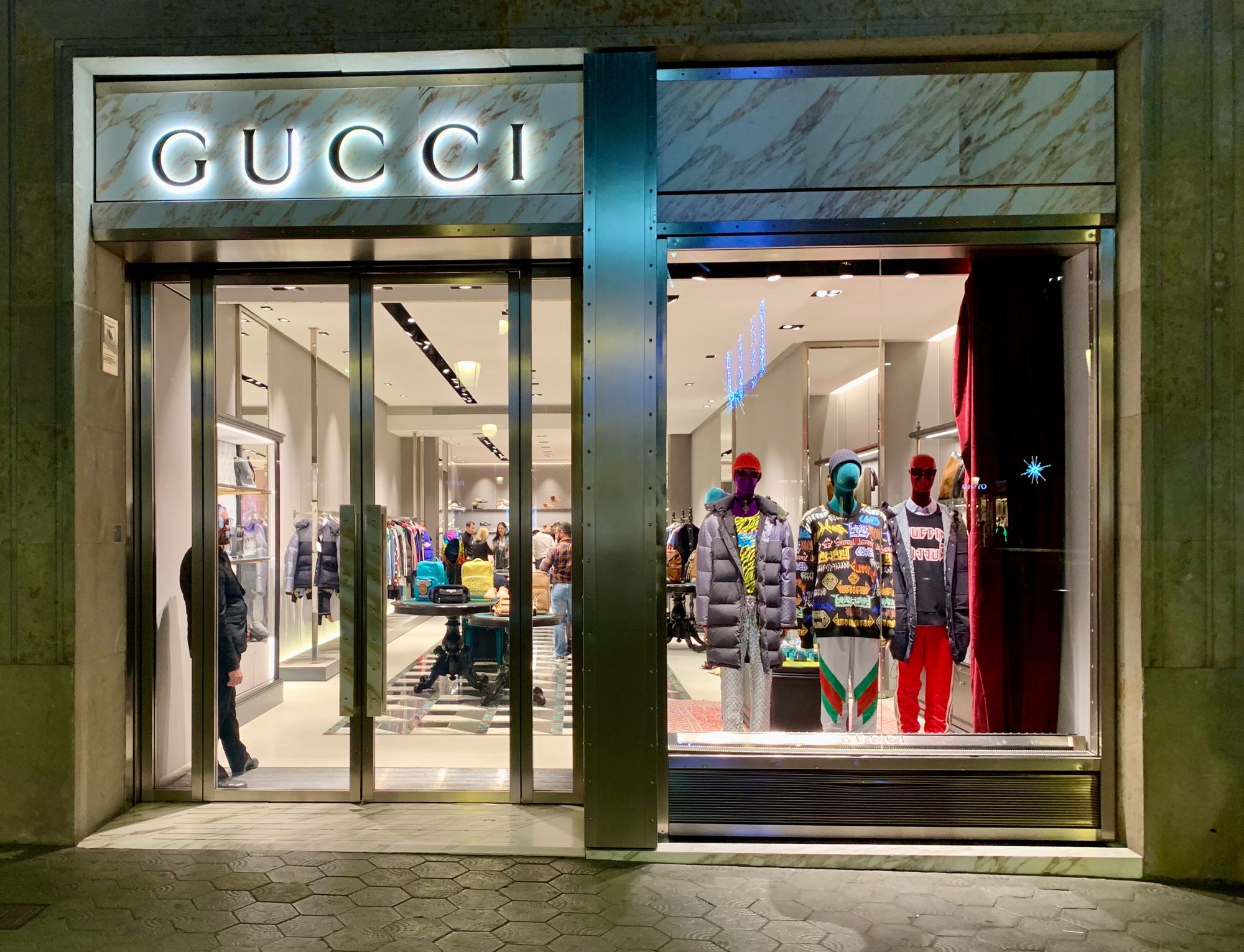
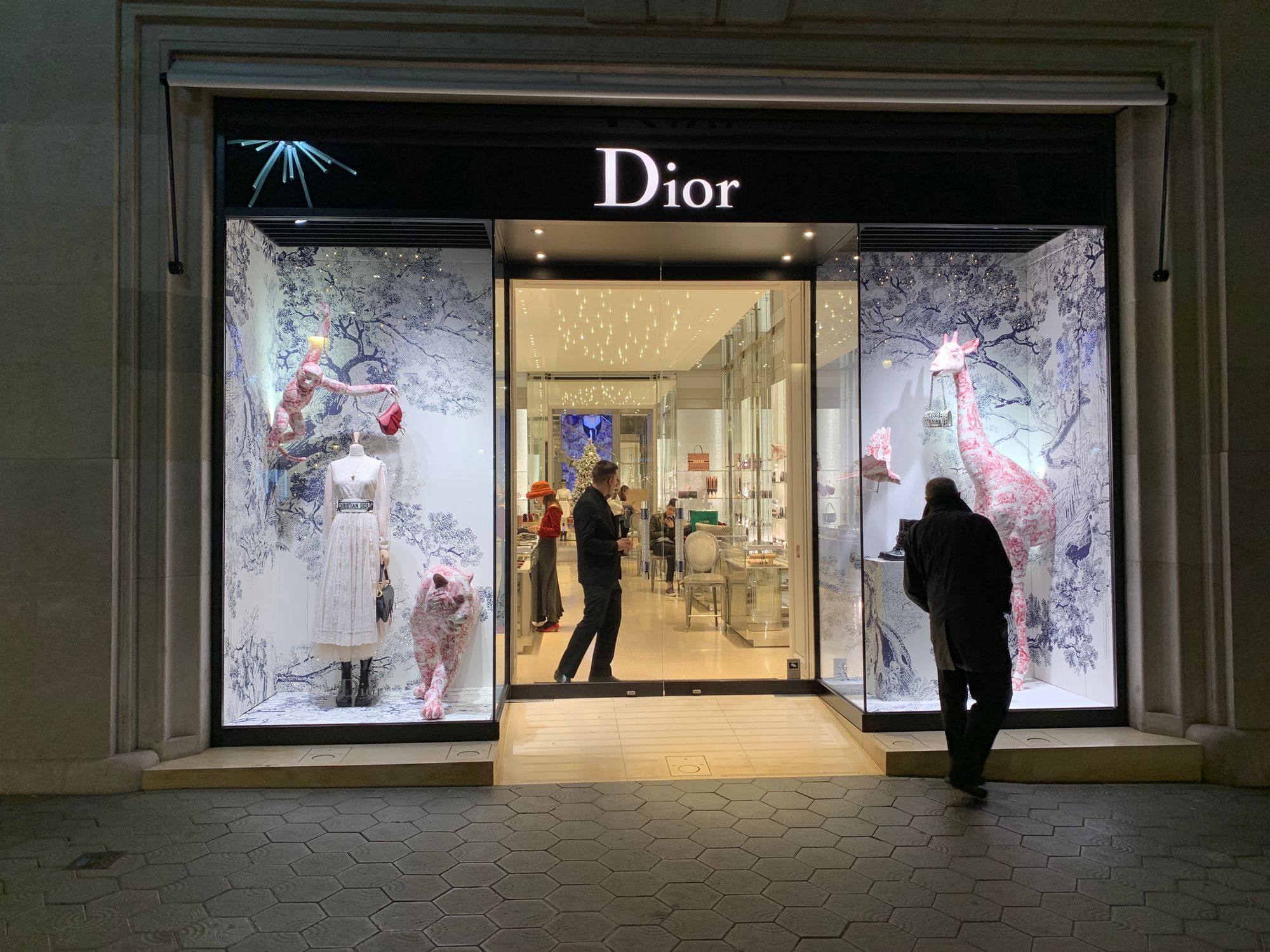
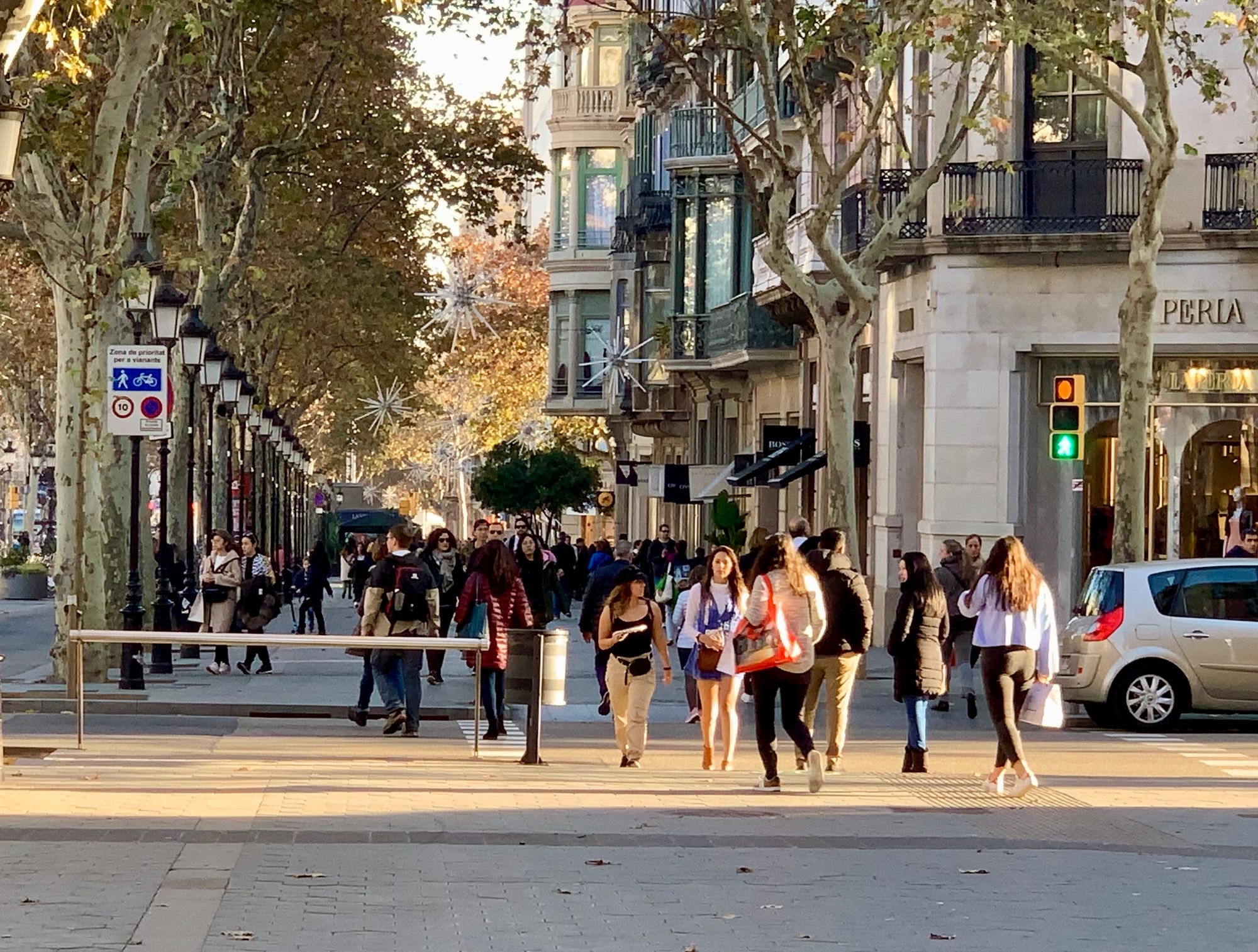
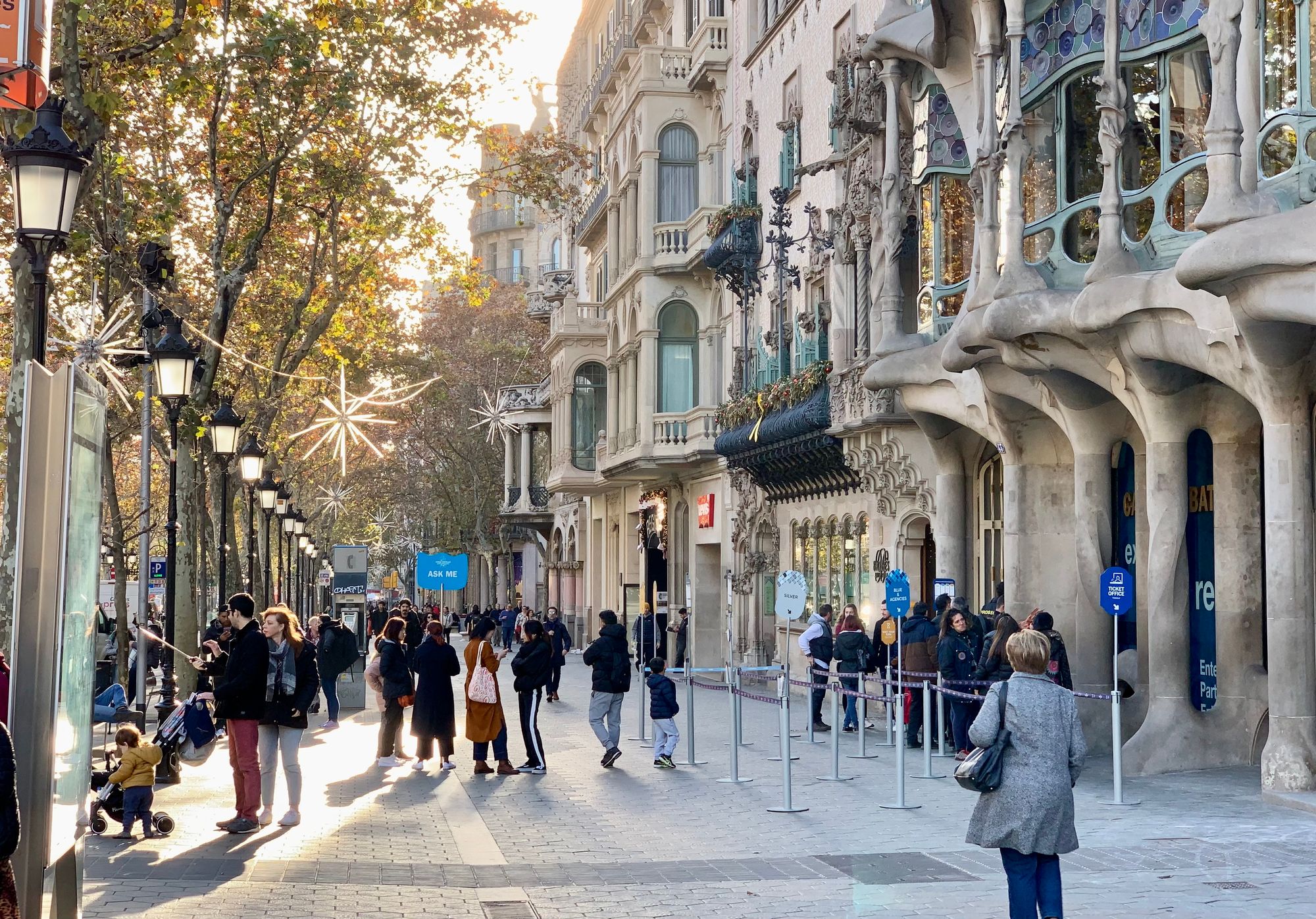
Sidewalks are further animated by seating, cafes and kiosks and seating at the curb.

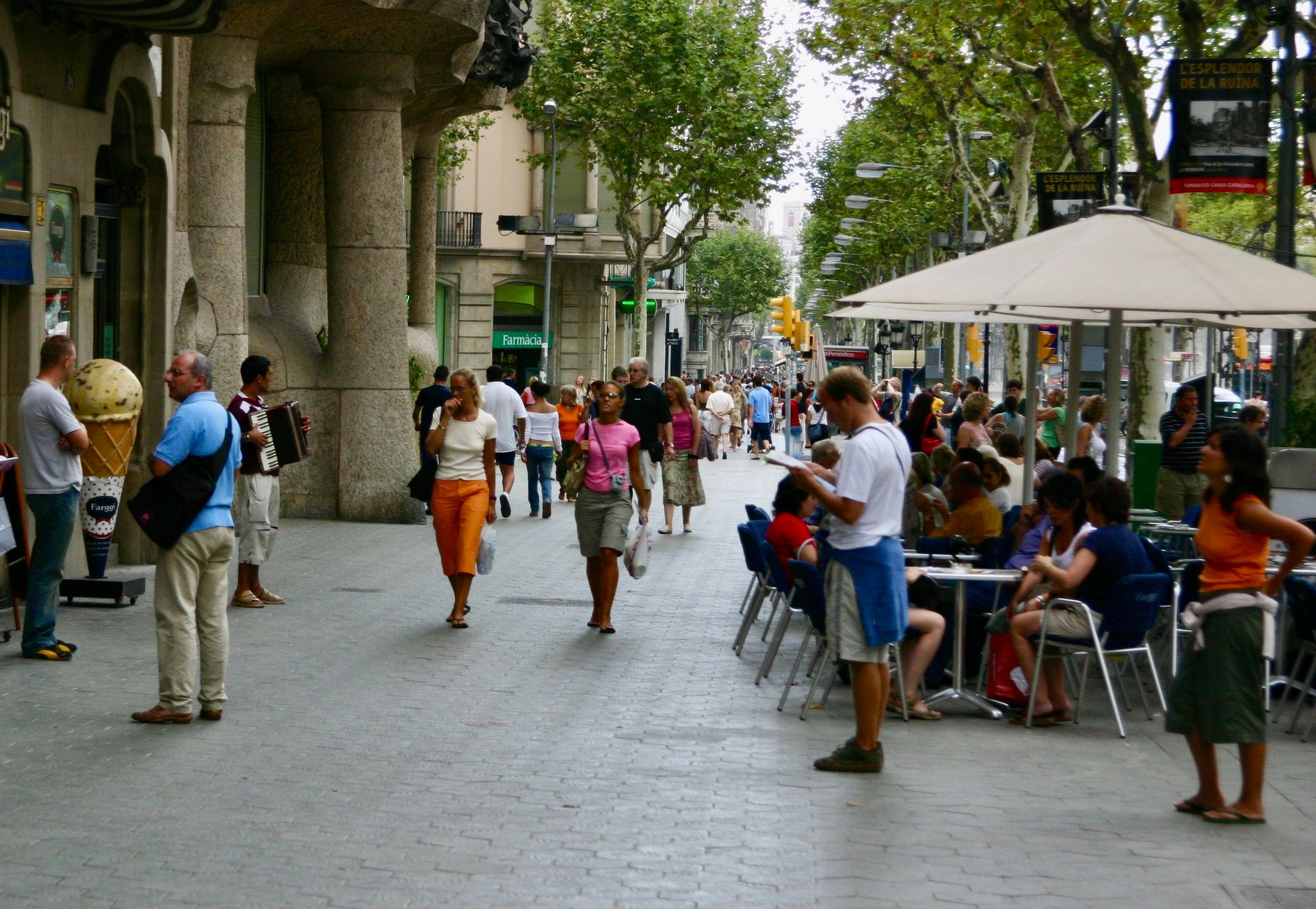
The buses along Passeig de Gracia are long, with doors allowing people to get on and off easily and quickly. These special low-floor and extra-long buses are tailor-made for the street.
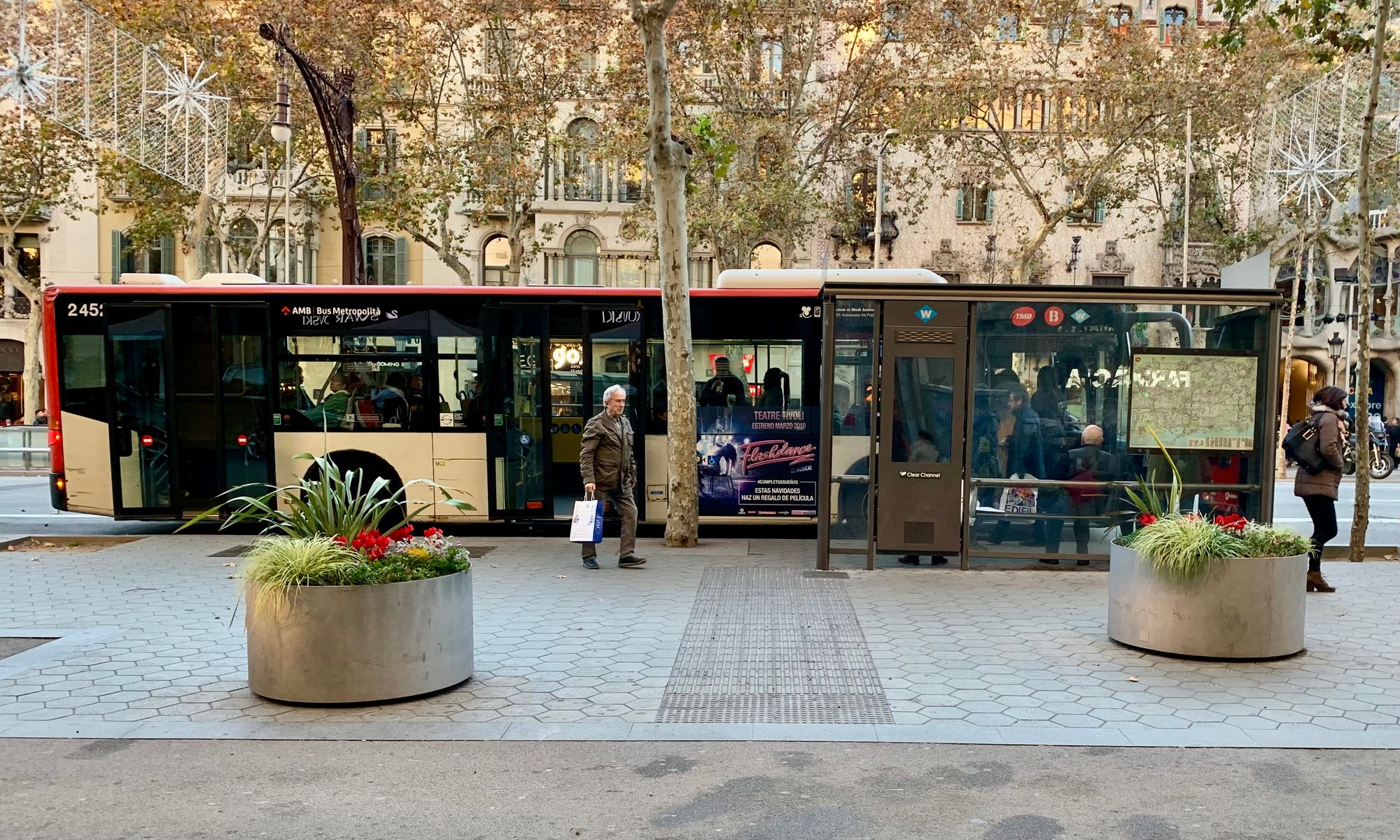
Barcelona's low and long buses provide multiple access opportunities
4. A Model for Midtown: Downtown Detroit
We leave you with one last example, a powerful one with global implications. Downtown Detroit was a ghost town 2o years ago. Its remarkable revival--and billions in new investment--was fueled by investment in public spaces. In 2004, Detroit's Campus Martius Park changed the trajectory of the future of downtown.
Nearly twenty years later, Detroit's Campus Martius is still one of the best stories of transformation we can think of. By prioritizing people and social life as the foundation for a "new" Detroit, what was once a monument standing as an island in the middle of traffic has now become a dynamic, active destination. The use of “Lighter, Quicker, Cheaper” improvements in Campus Martius has led to placemaking taking root in places across Detroit. Especially well-loved is the urban "beach" space; begun as an experiment and now a staple of the neighborhood.
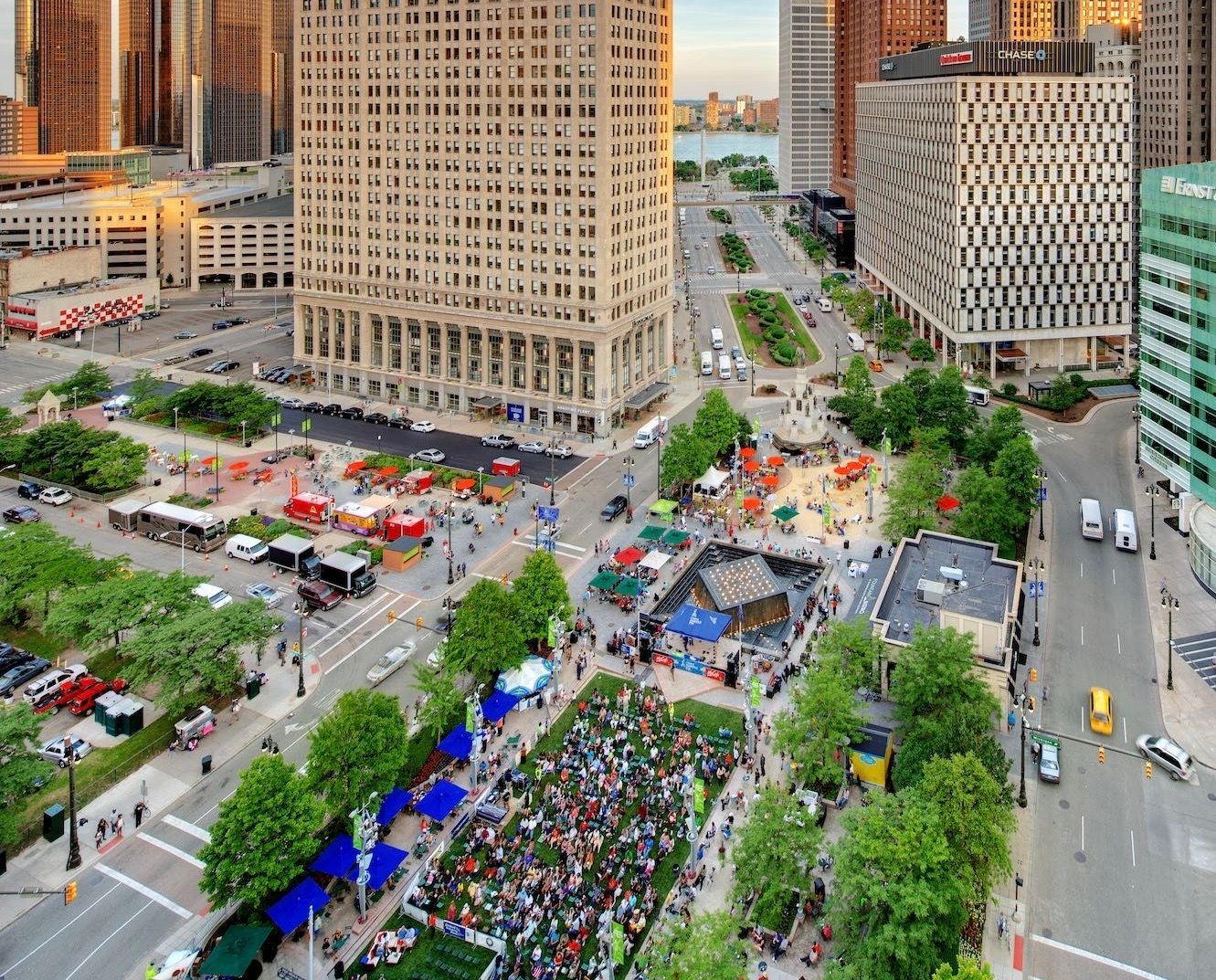
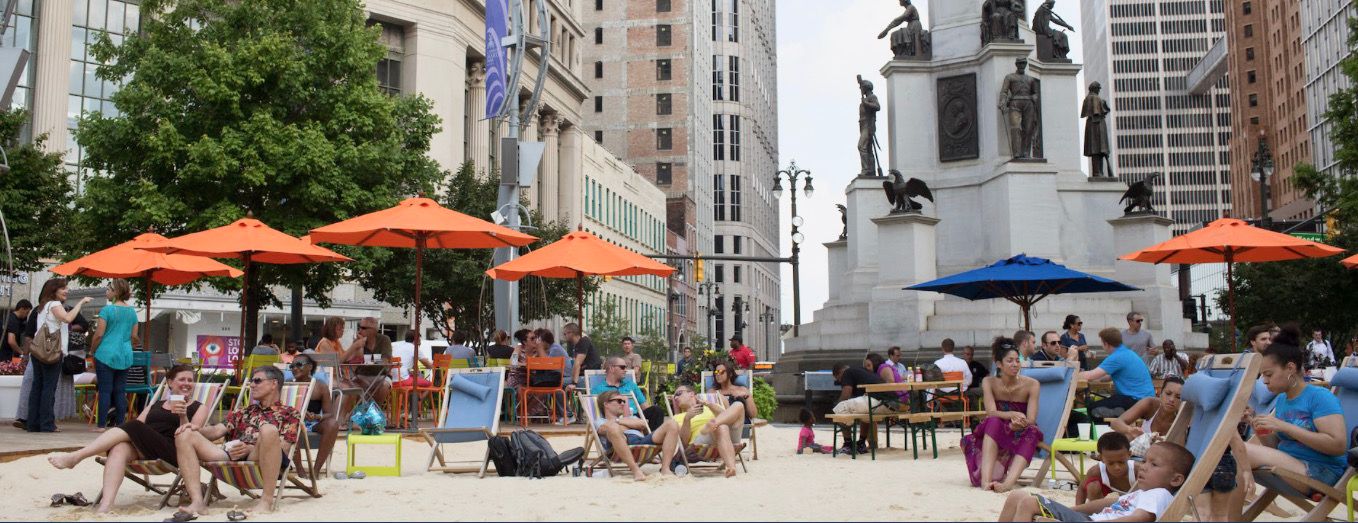
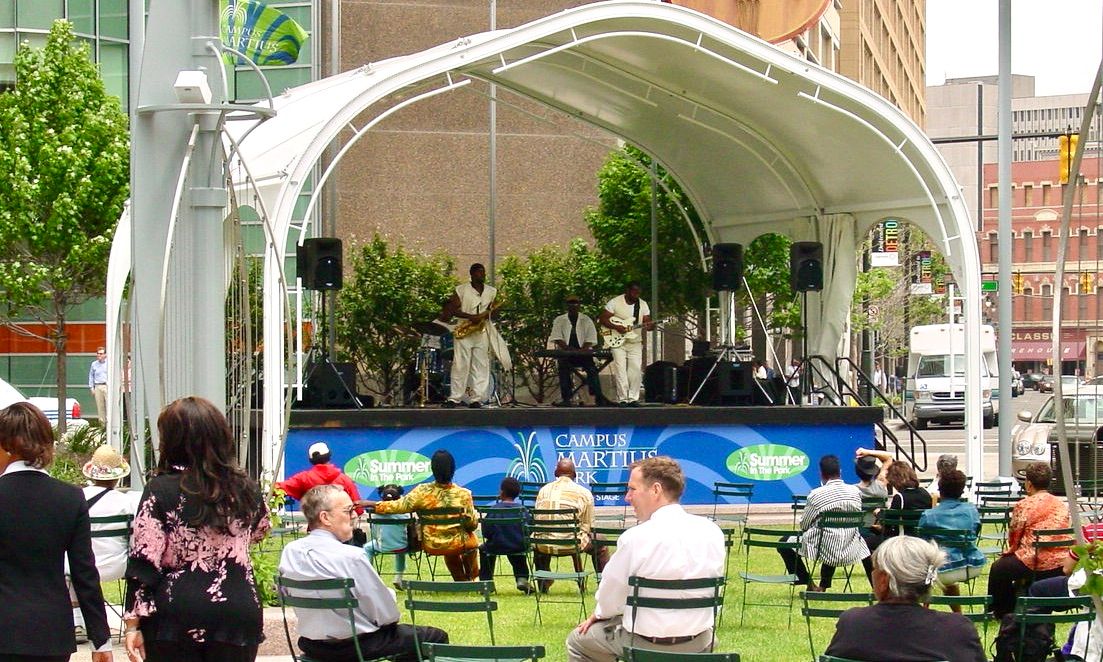
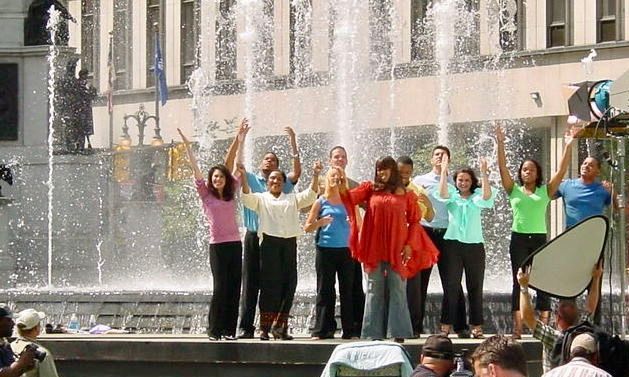
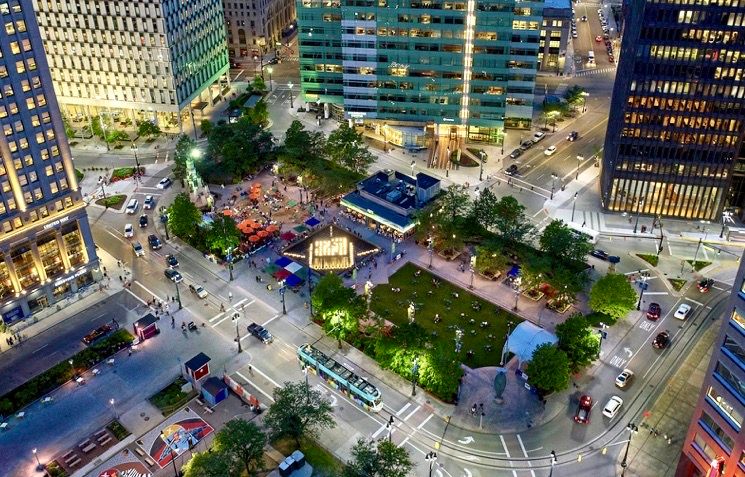

Before 1919 and 1999
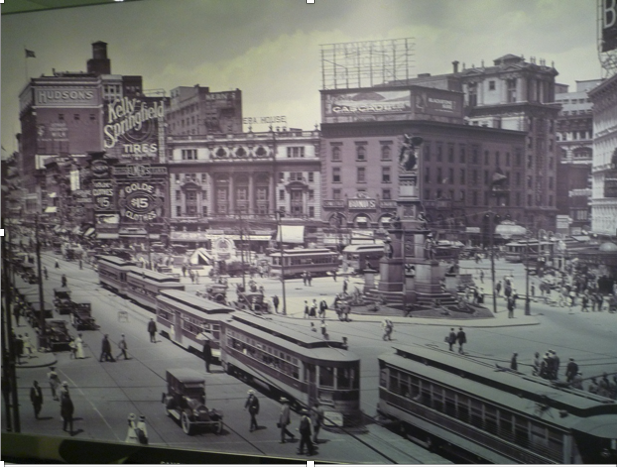
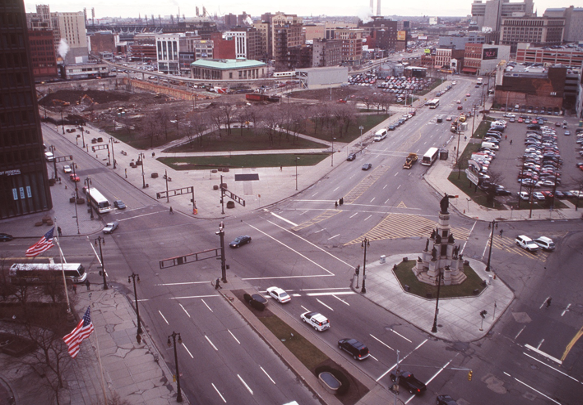
Photos from the earlier days of the current site of Campus Martius: A monument that became surrounded by cars.
Takeaways
The Covid pandemic raised sobering questions about the future of all downtowns. Our gigantic experiment in the feasibility of working from home proved massively successful, threatening the economic base of many downtowns that operated solely as office centers. Let's not let Midtown Manhattan become a sad relic of the 20th-century past, but the bellwether for downtowns everywhere.
Today, social activity has migrated to what were once class B or C office buildings that have character, street life, and an organic feel generated by individual entrepreneurs improvising within the context of their more historic location. That's also why mixed-use neighborhoods close to where people live (and now work, too) are thriving.
But now, the commercial world has changed and expanded into new neighborhoods. So Midtown will have to adapt – becoming a place where people go to spend time, not only to work, but to connect with other people and engage in social life. In other words, Midtown needs to reclaim its soul.
This is a dynamic document that will always be a work in progress. Thoughts and comments are welcome. Sections of this article were written by our long-time collaborator, Jay Walljasper (1955-2020), whose vision and wisdom we greatly miss.
More articles on New York City
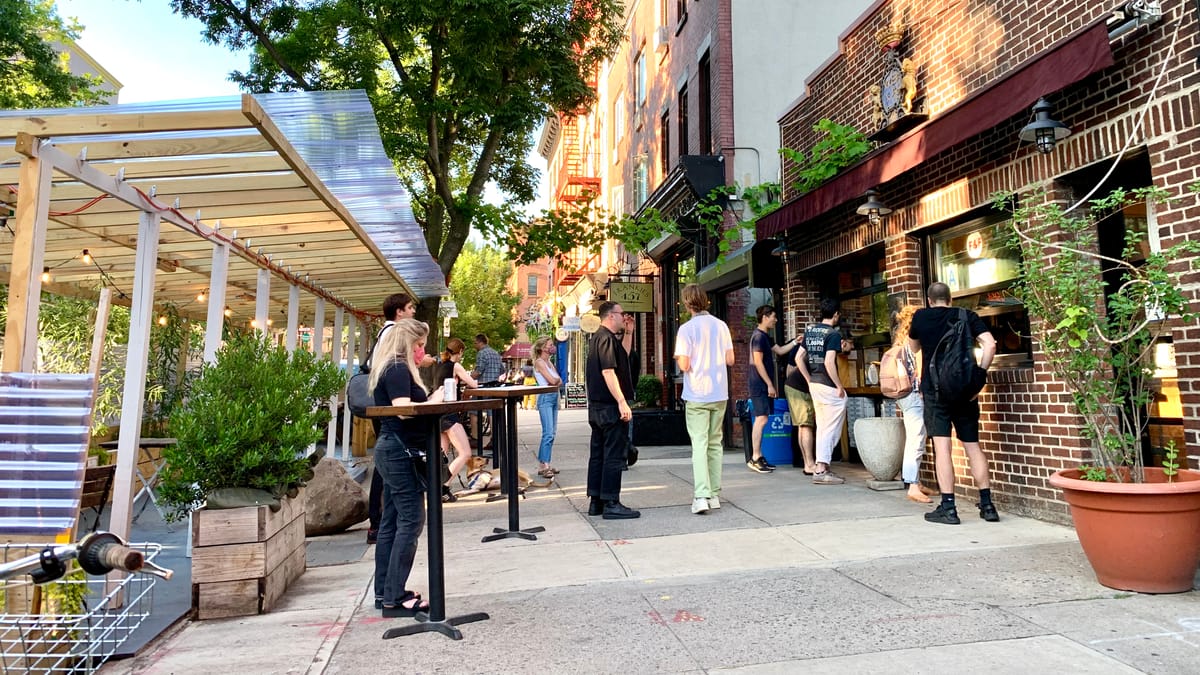
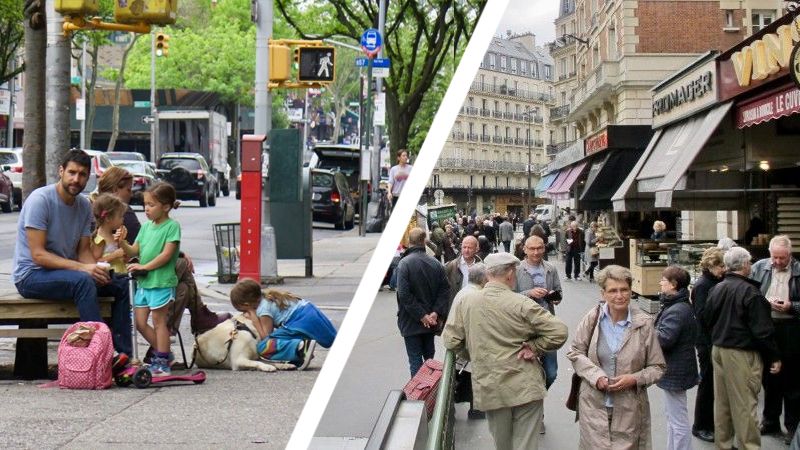
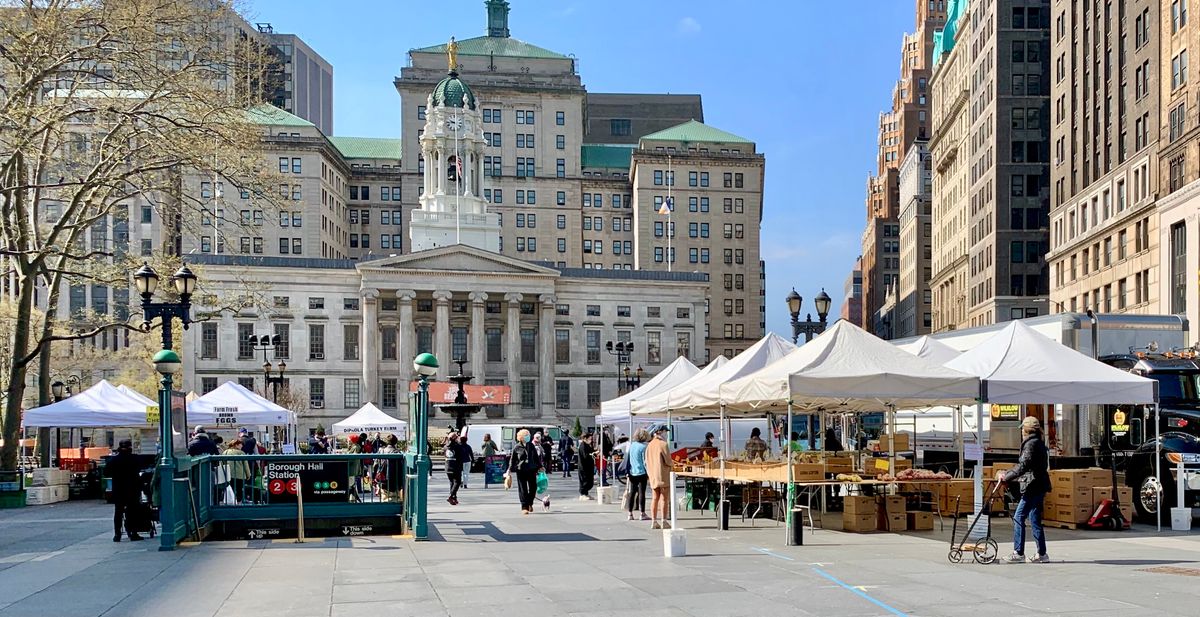
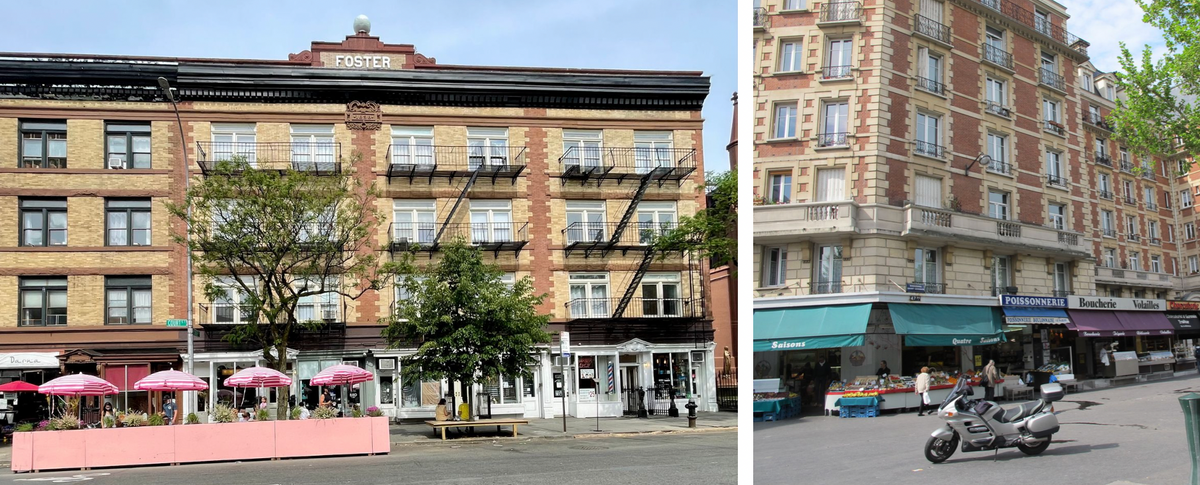
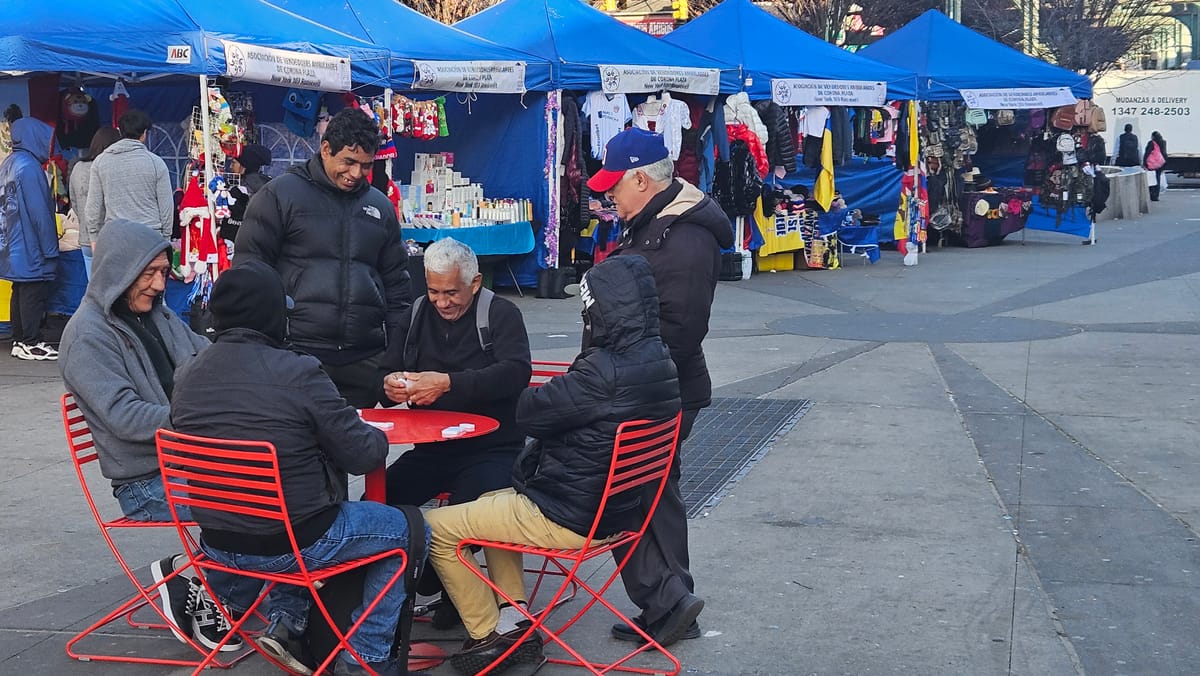
Related Social Life Project Themes
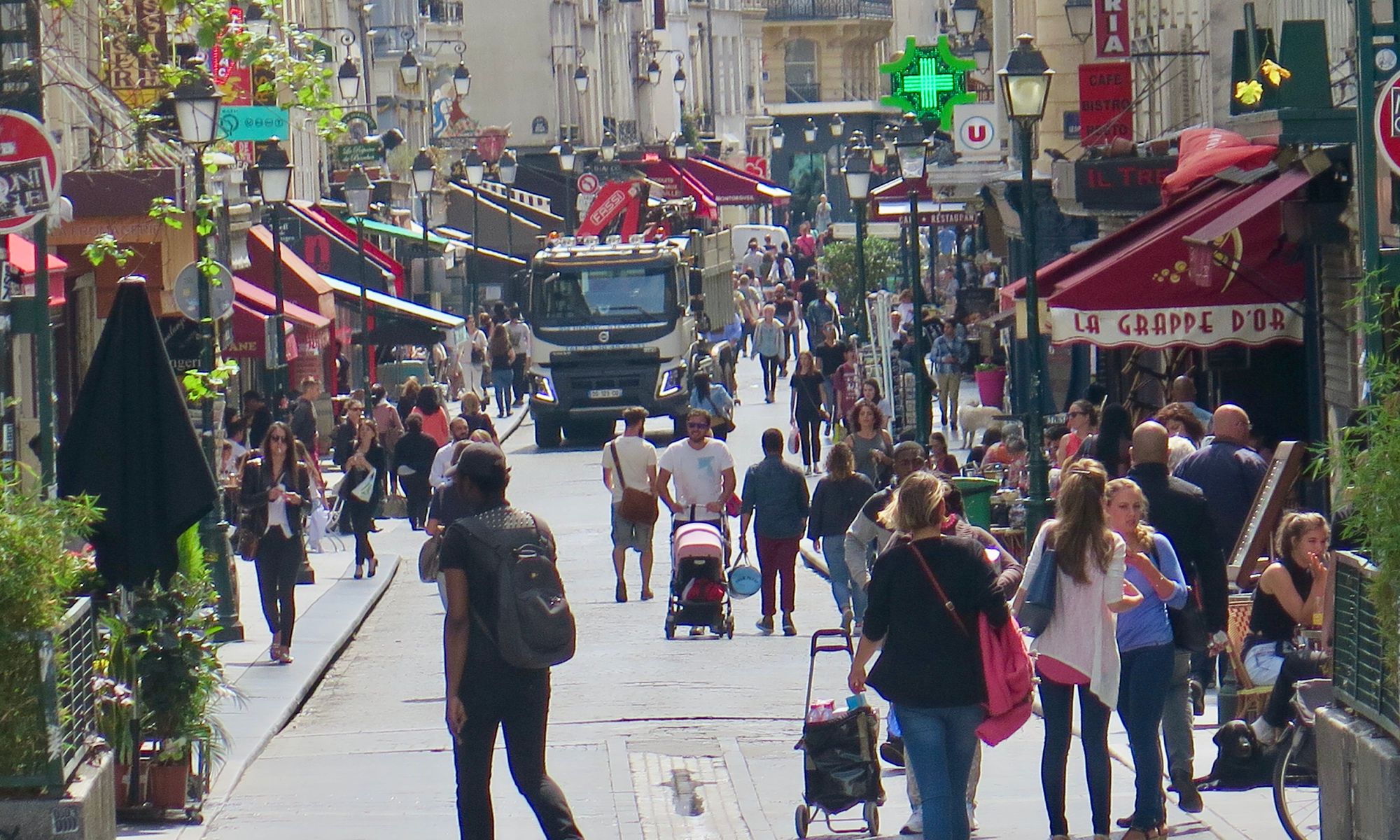
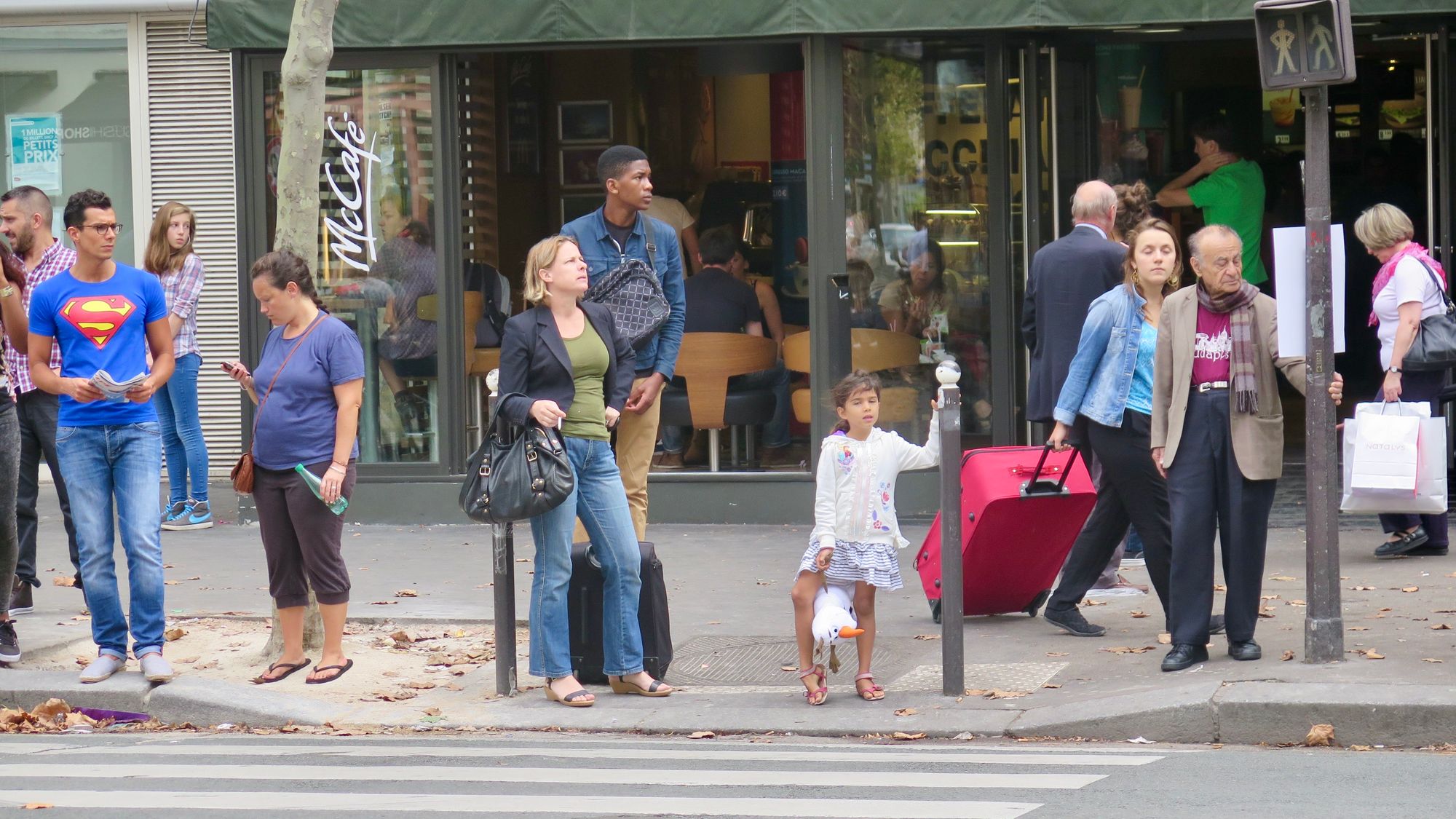
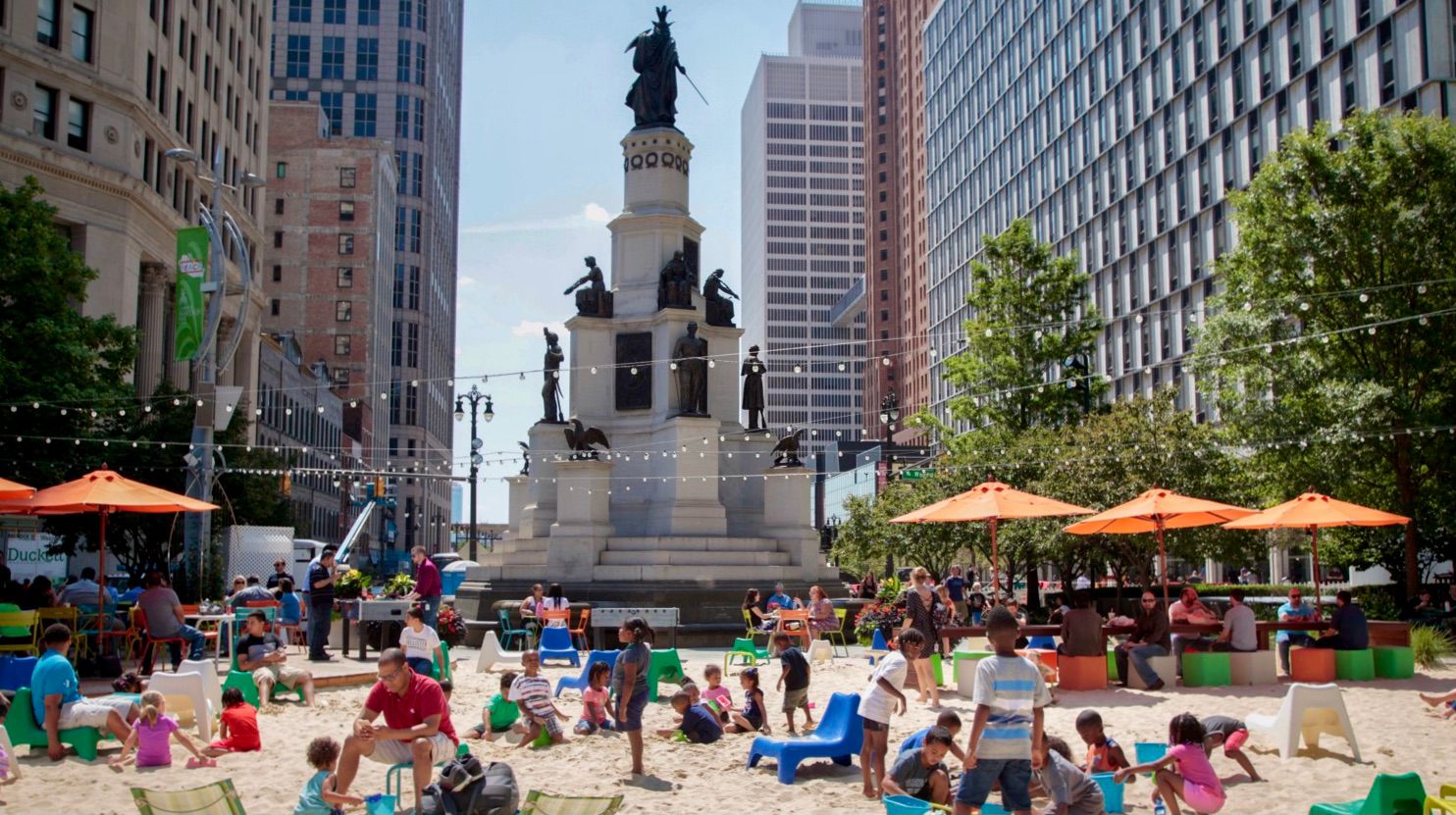
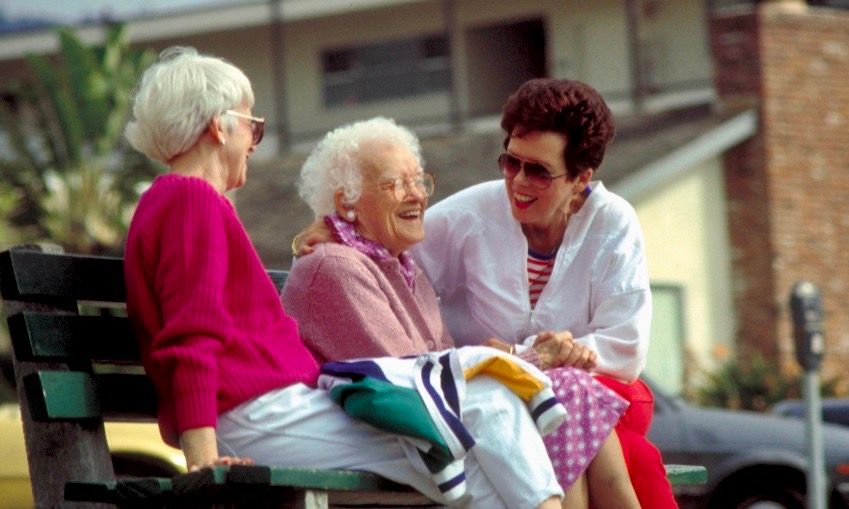
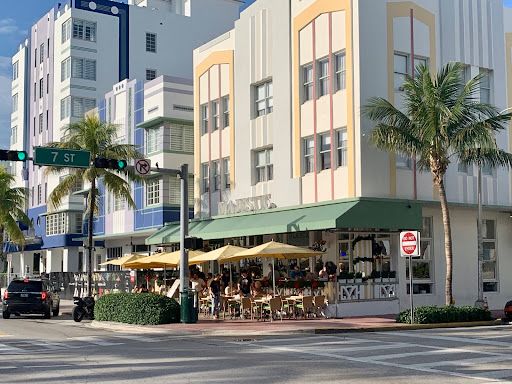
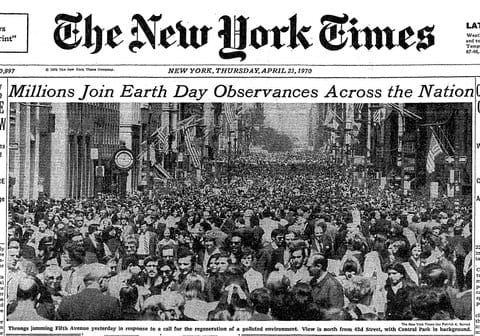
The Foundation and Future of the Placemaking Movement
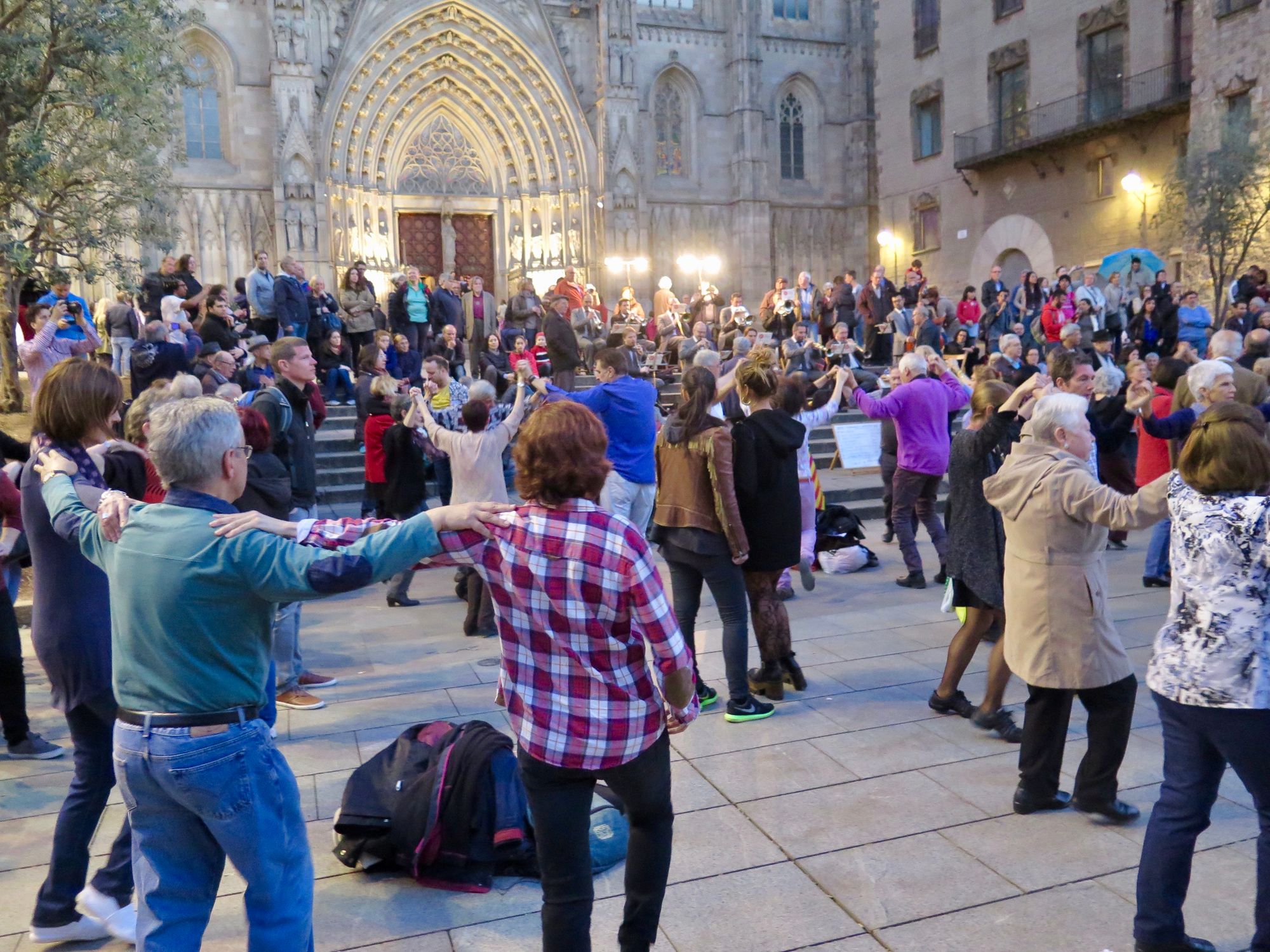
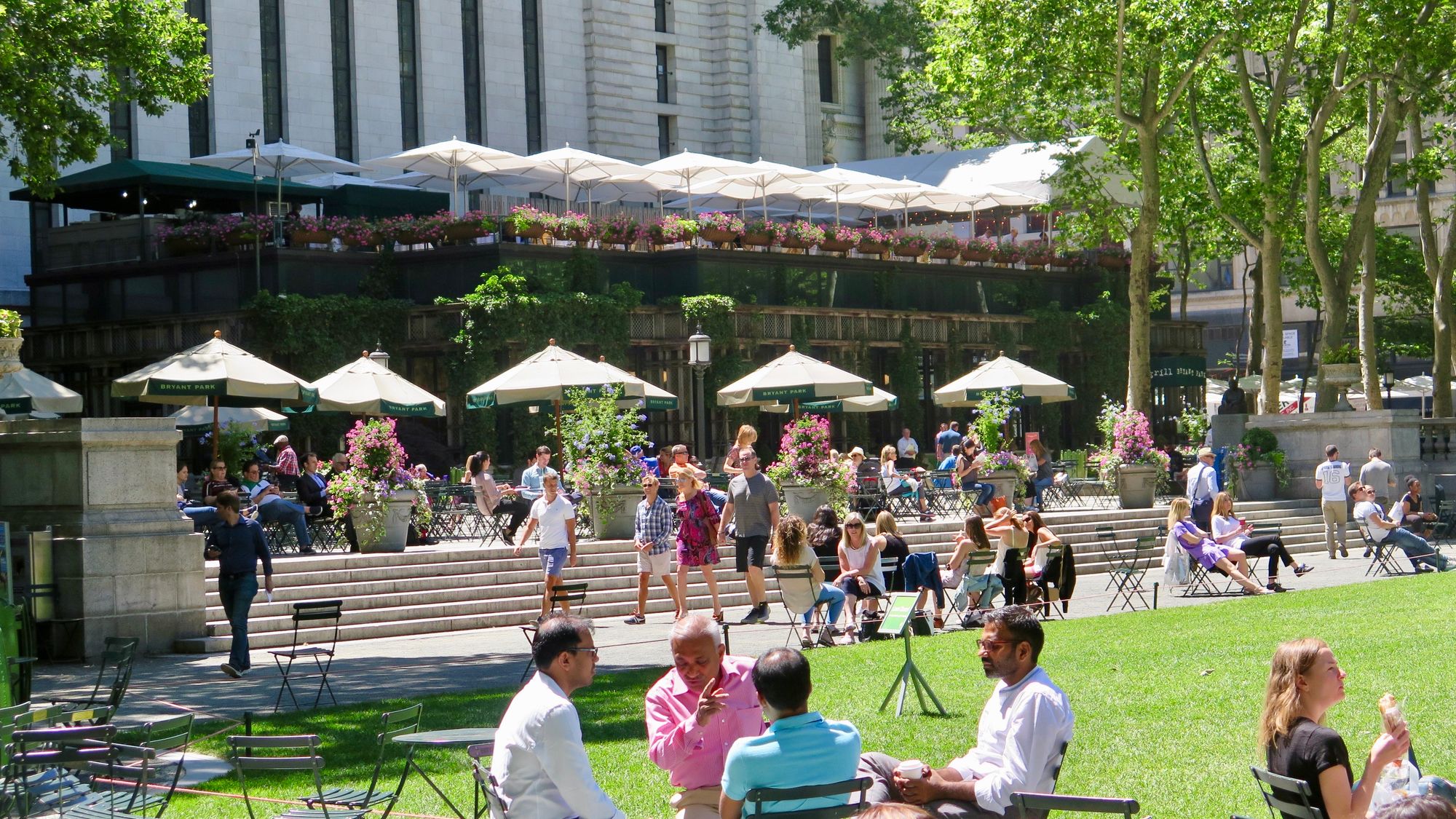
Who We Are
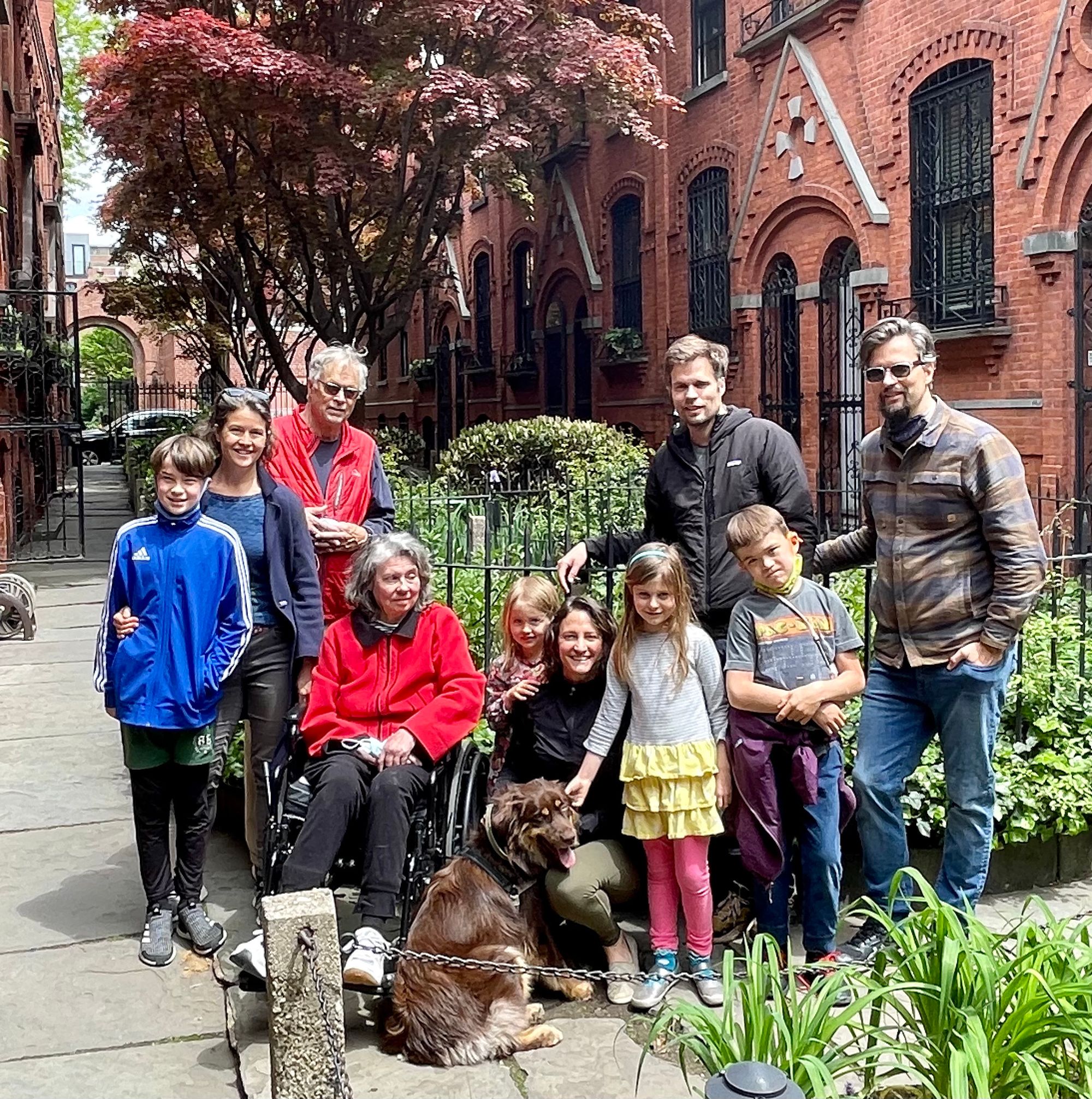
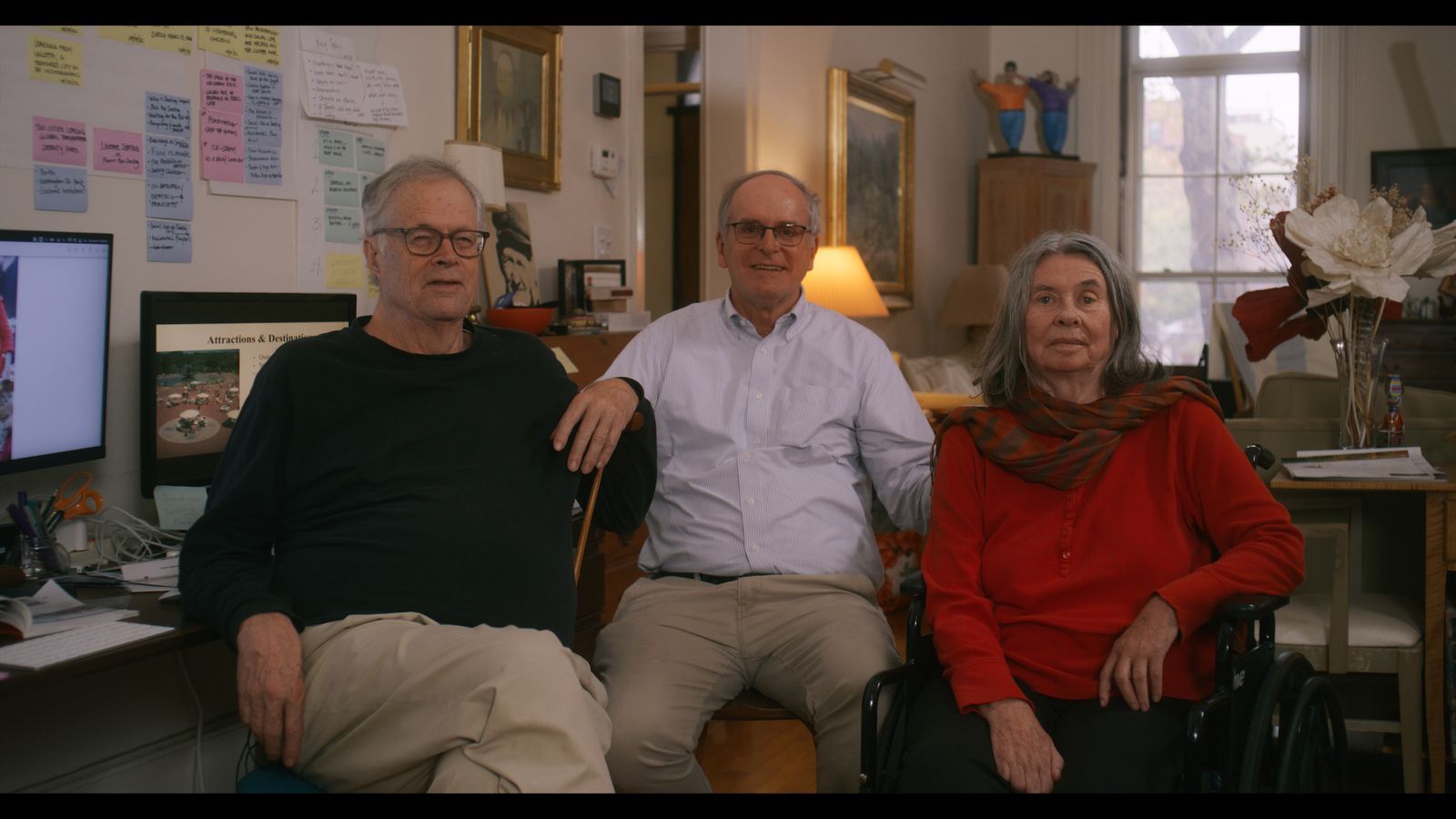
"There are more and more of us fighting for a different vision of the world—a world that takes care of our most precious resources: the air we breathe, the water we drink and the places we share." Mayor of Paris France



